If you gotta blow your nose, you’ll probably ask for a Kleenex. If you need a cotton swab, you’ll look for a Q-Tip. If it’s hybrid->ke147 transportation you’re after, the Prius->ke231 is the standard. Rightfully so – the Prius was the first mass-produced hybrid vehicle, selling 3.5 million models worldwide since its introduction in 1997. But unlike hygiene products, hybrid technology has come a long way in the last two decades, and Toyota’s->ke88 green icon is under pressure to evolve. Enter the fourth generation, which brings a new design, a new platform, tons of tech, and a compelling effort to broaden the appeal of this eco-conscious torchbearer. I was invited to southern California to try it out.
Los Angeles is a great place for a test like this. The Prius is hugely popular amongst the local population, especially celebrities, offering easy driving in crowded freeway traffic jams, and low emissions to curb air pollution. And in a town where you need a car to get anywhere, the high mpg doesn’t hurt either.
But Toyota says hybrids aren’t just about fuel efficiency anymore, and customers will no longer compromise to skip a trip to the pump. Conversely, the fourth-generation Prius aims to transform from something you should drive to something you want to drive. How does it stack up? Read on to find out.
Continue reading to learn more about the 2016 Toyota Prius.
2016 Toyota Prius – Driving Impression And Review
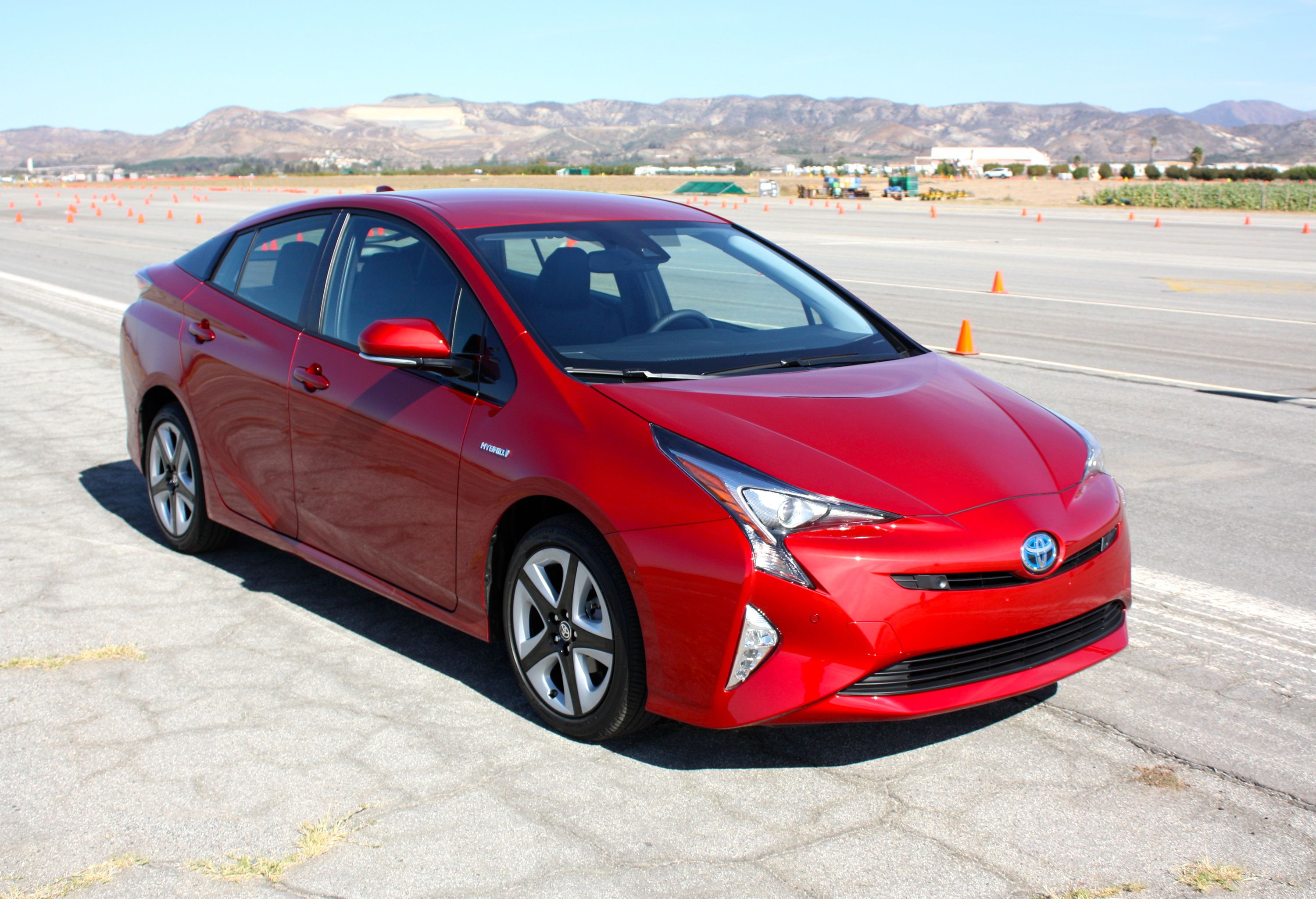

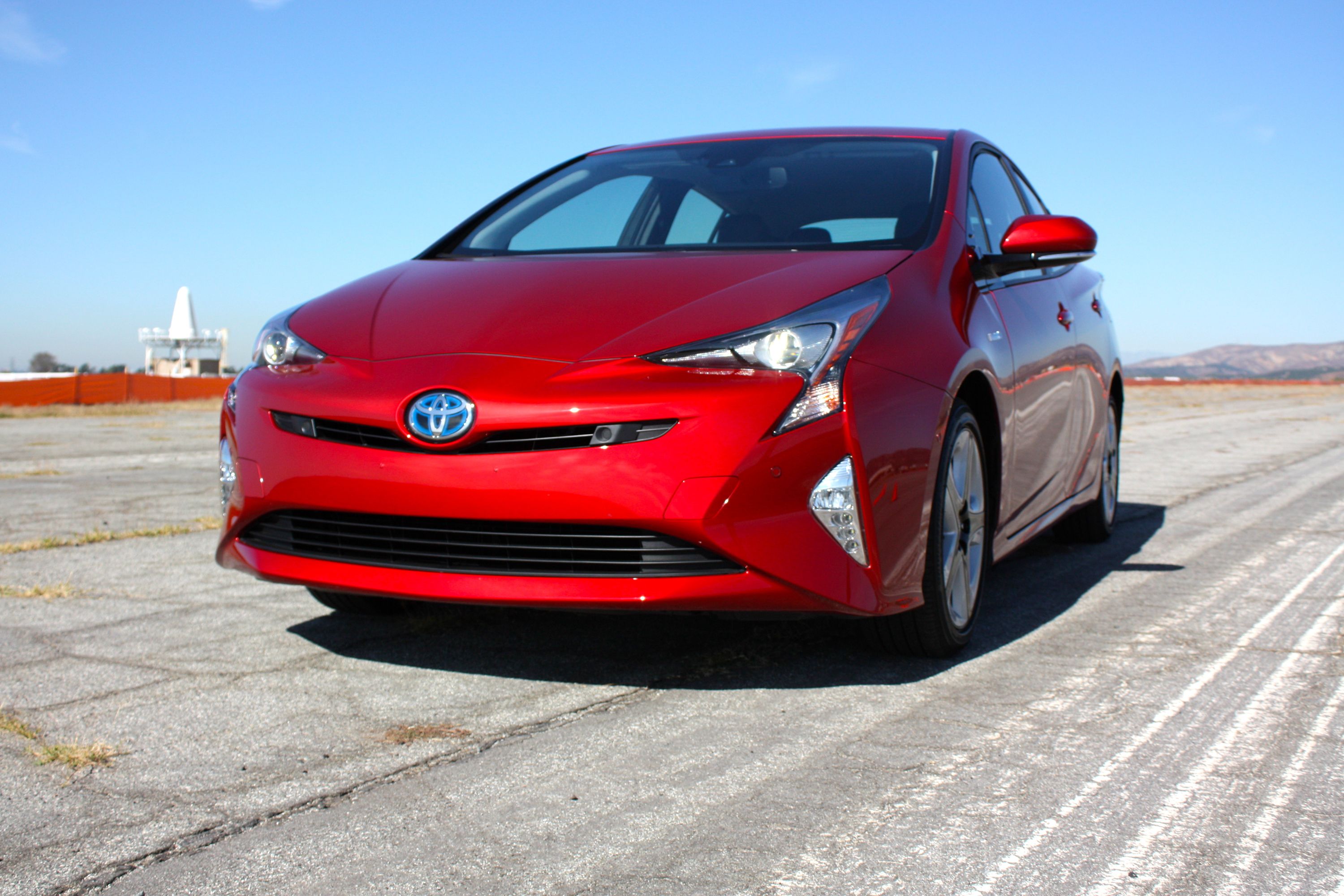
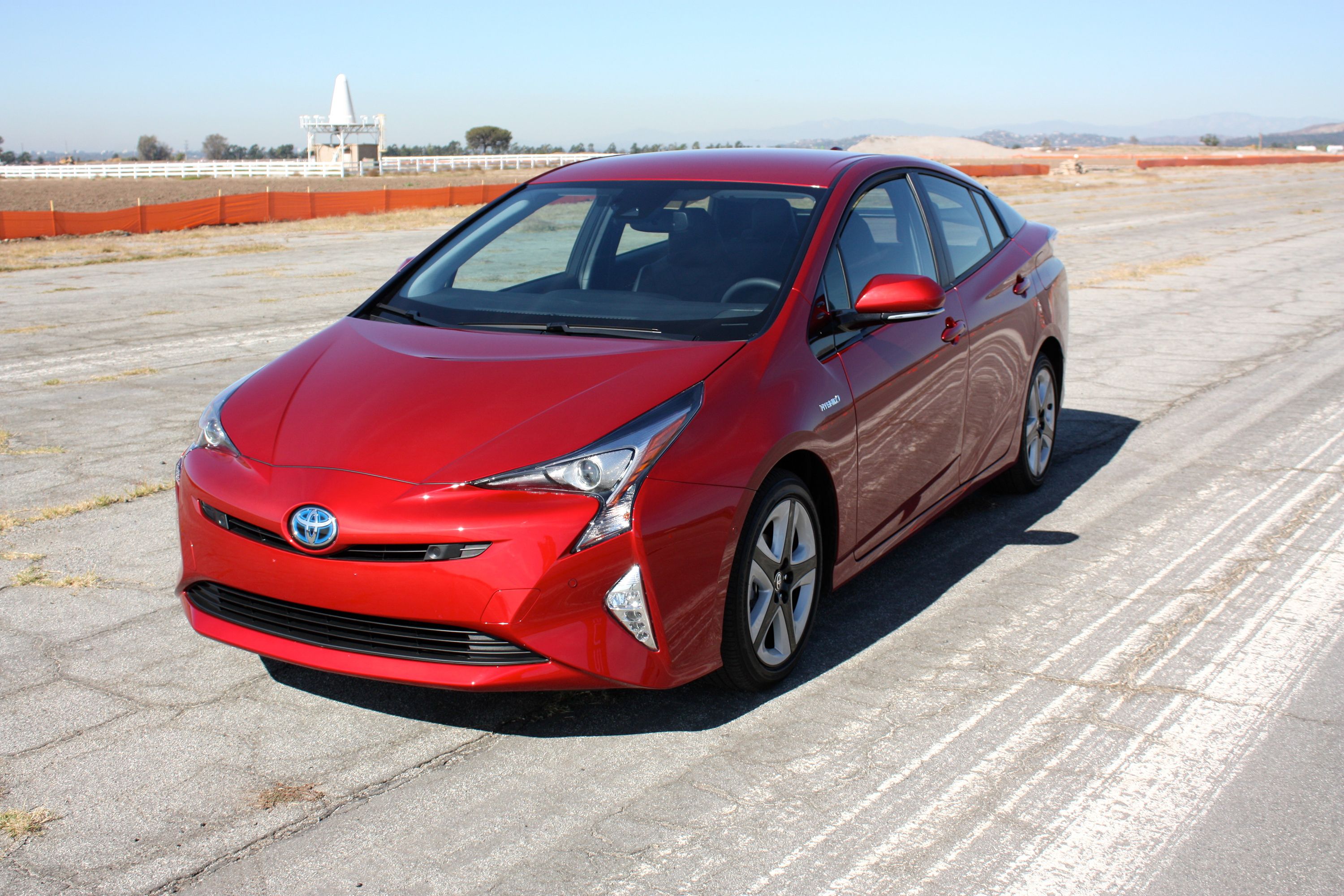
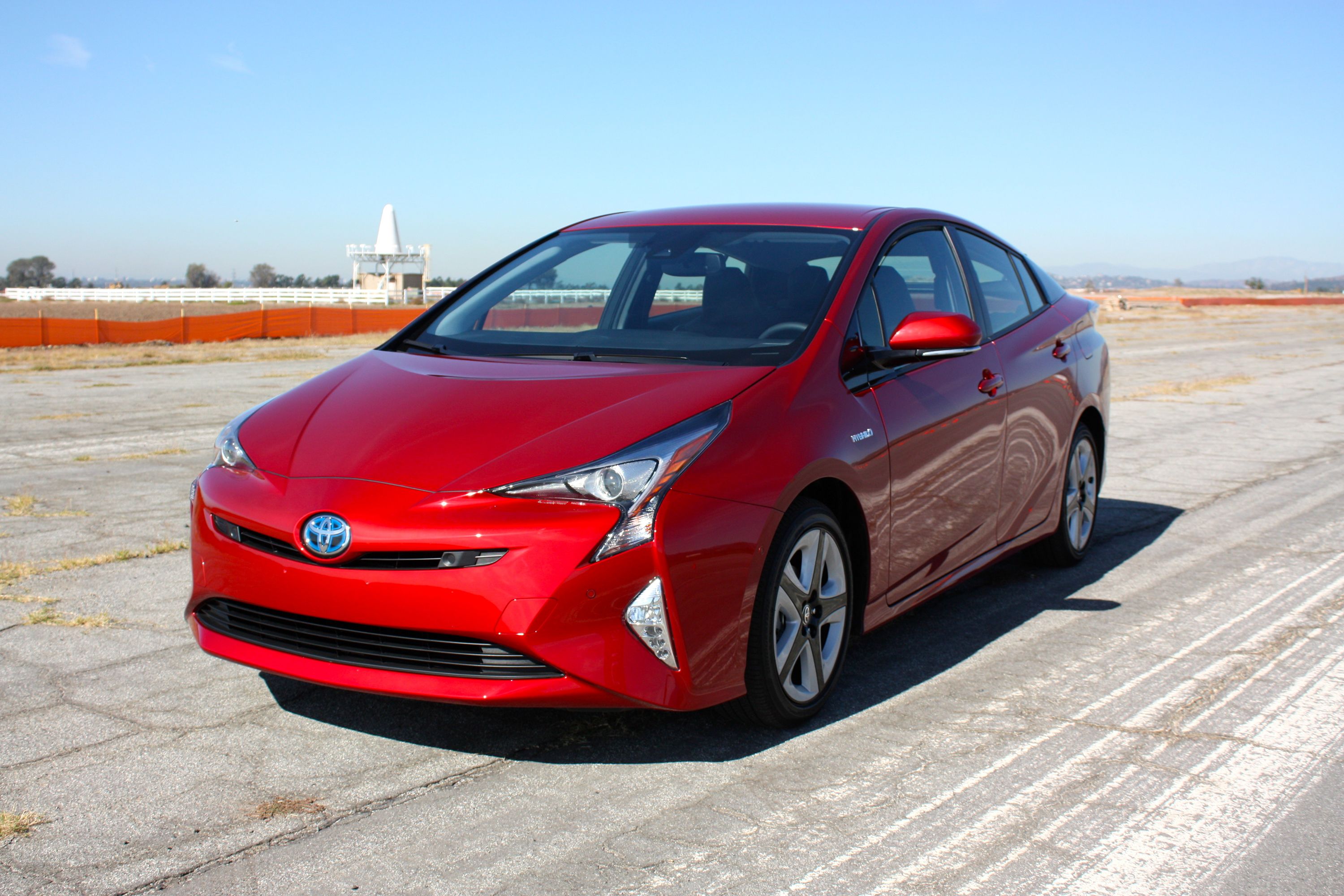
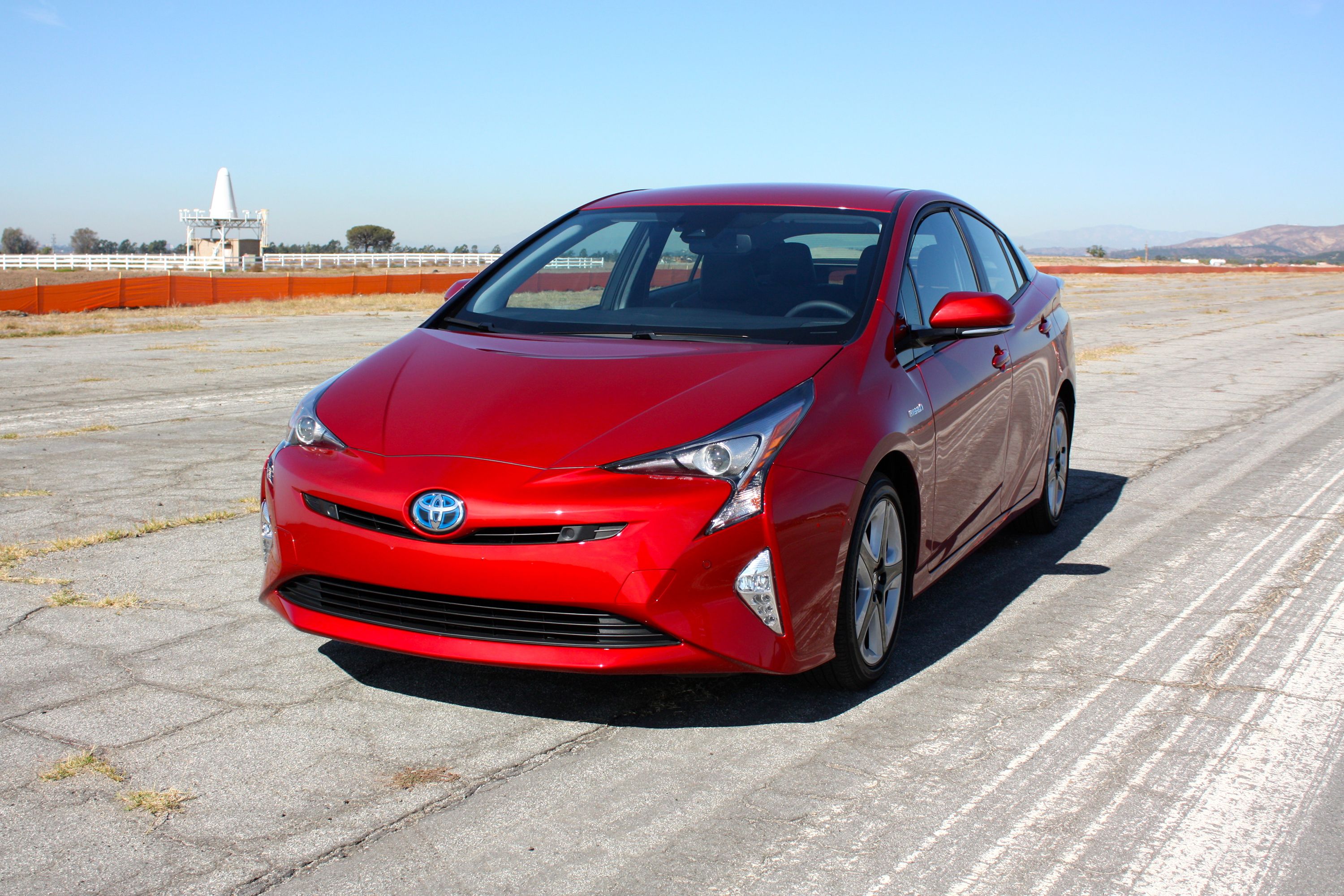
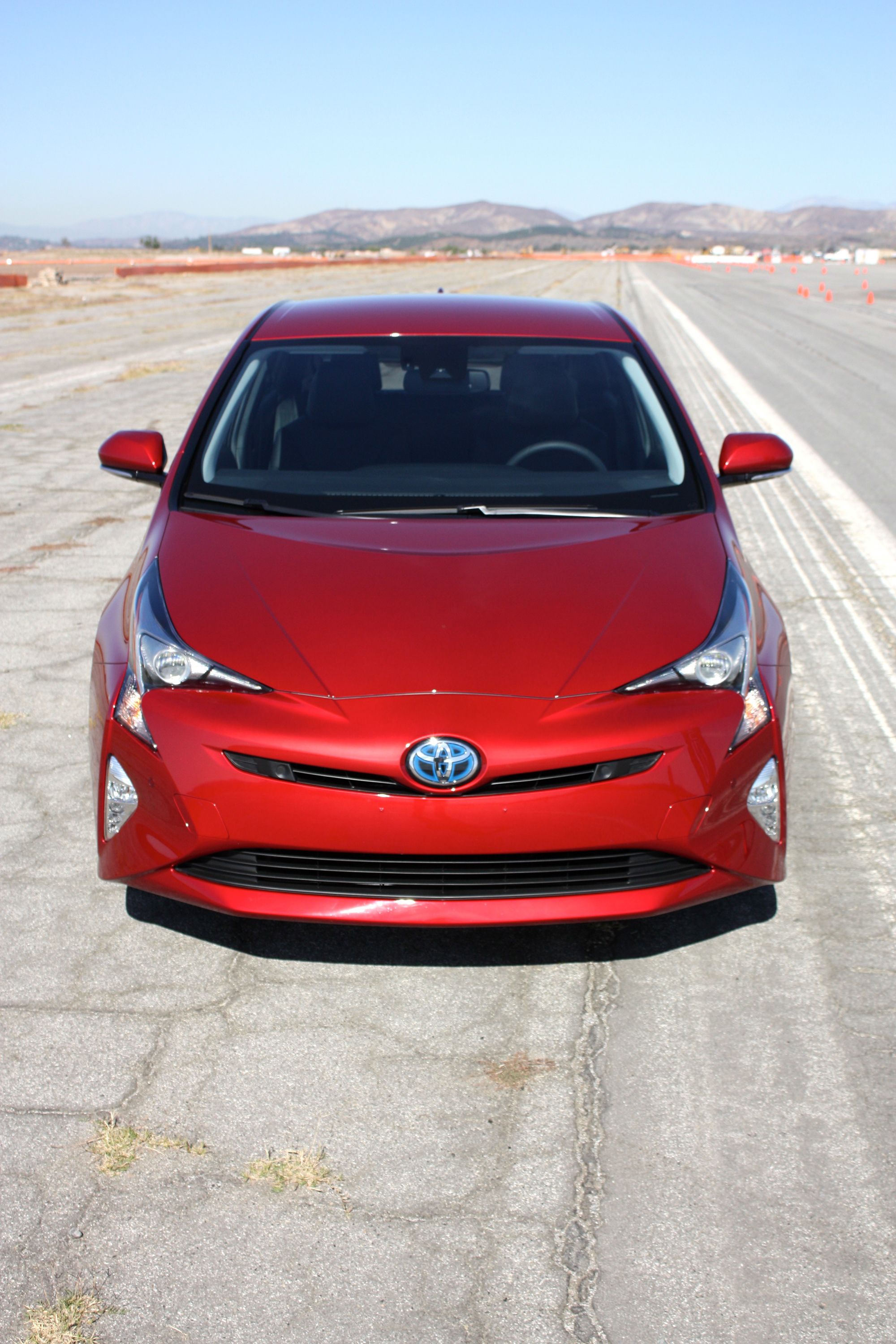
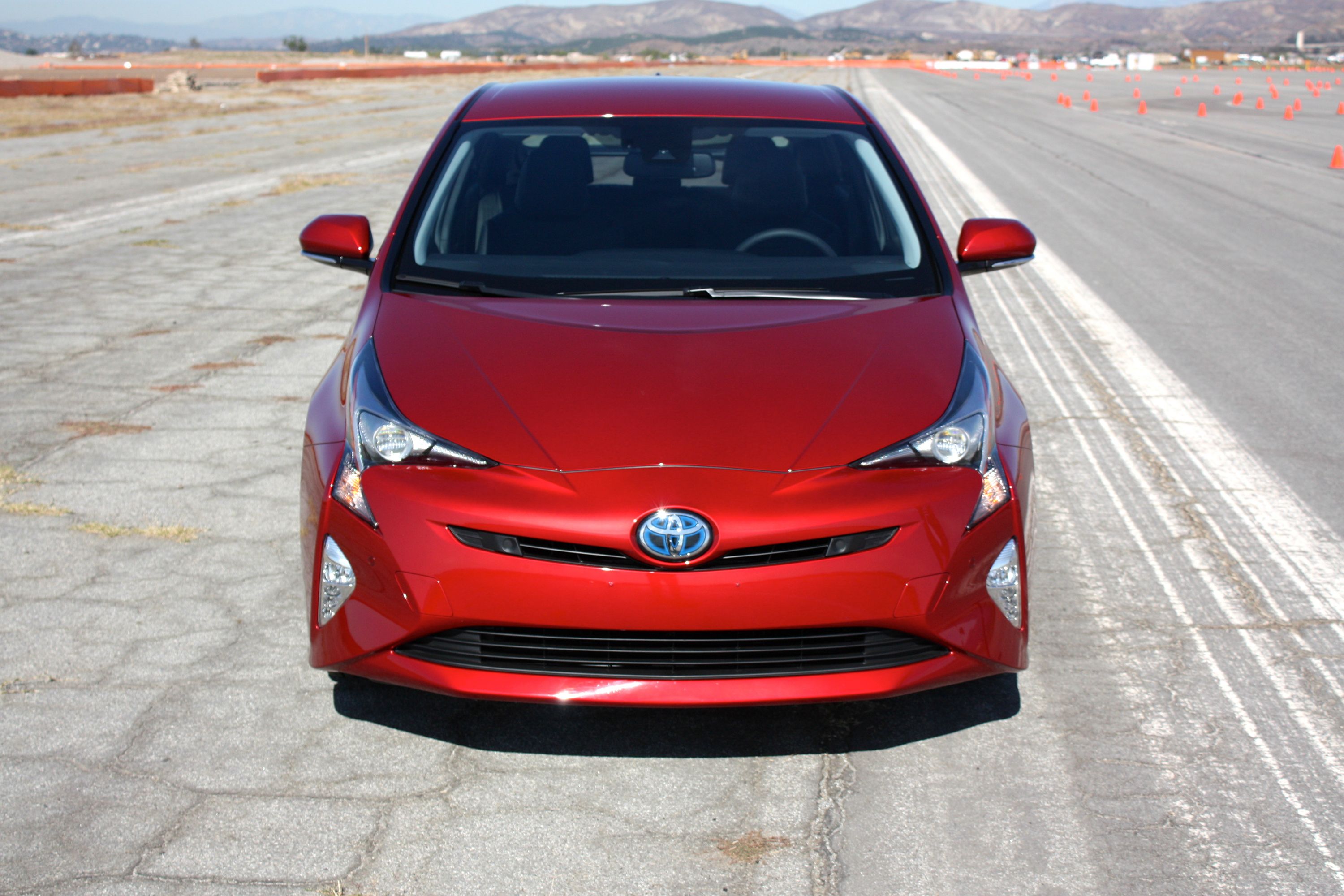
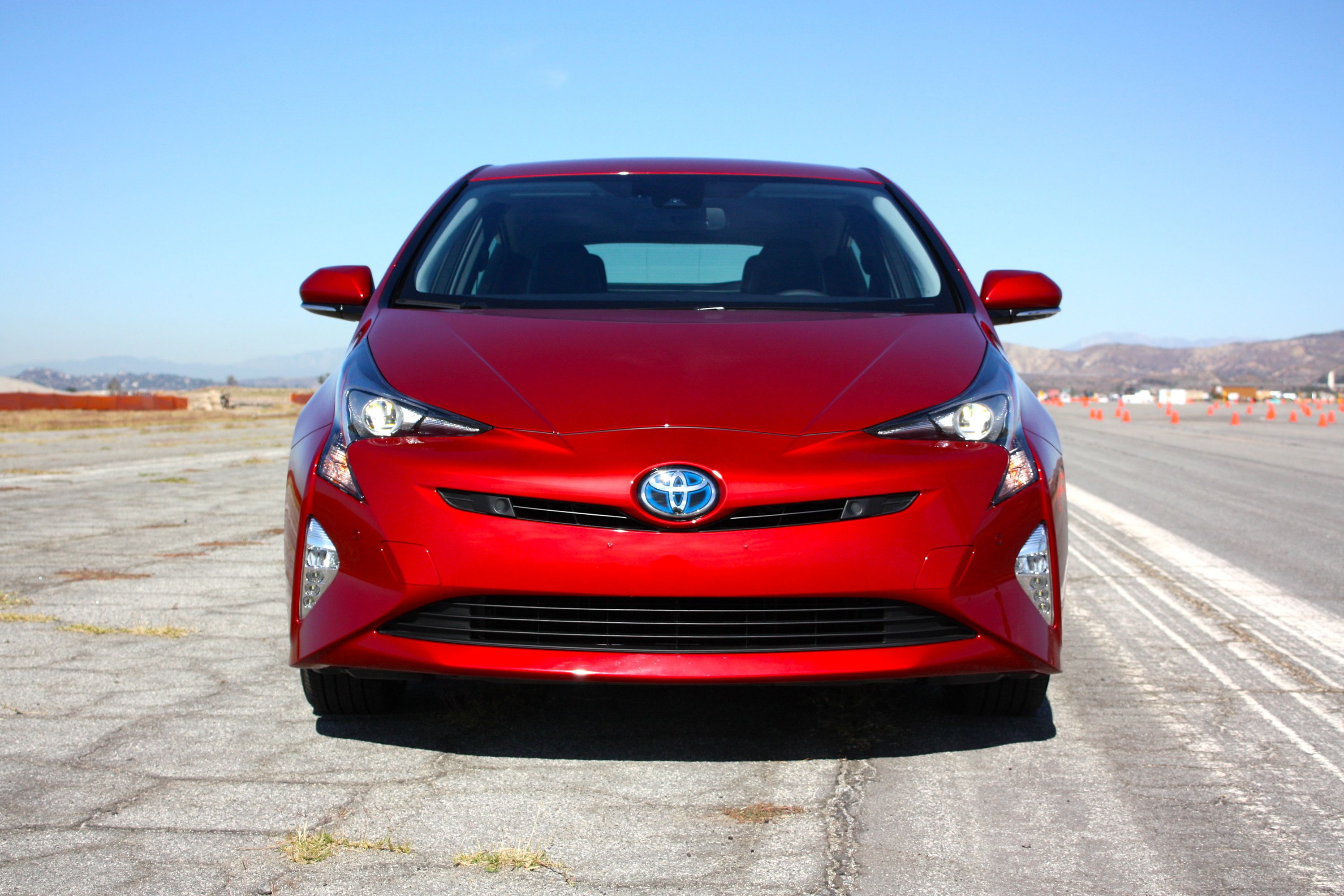
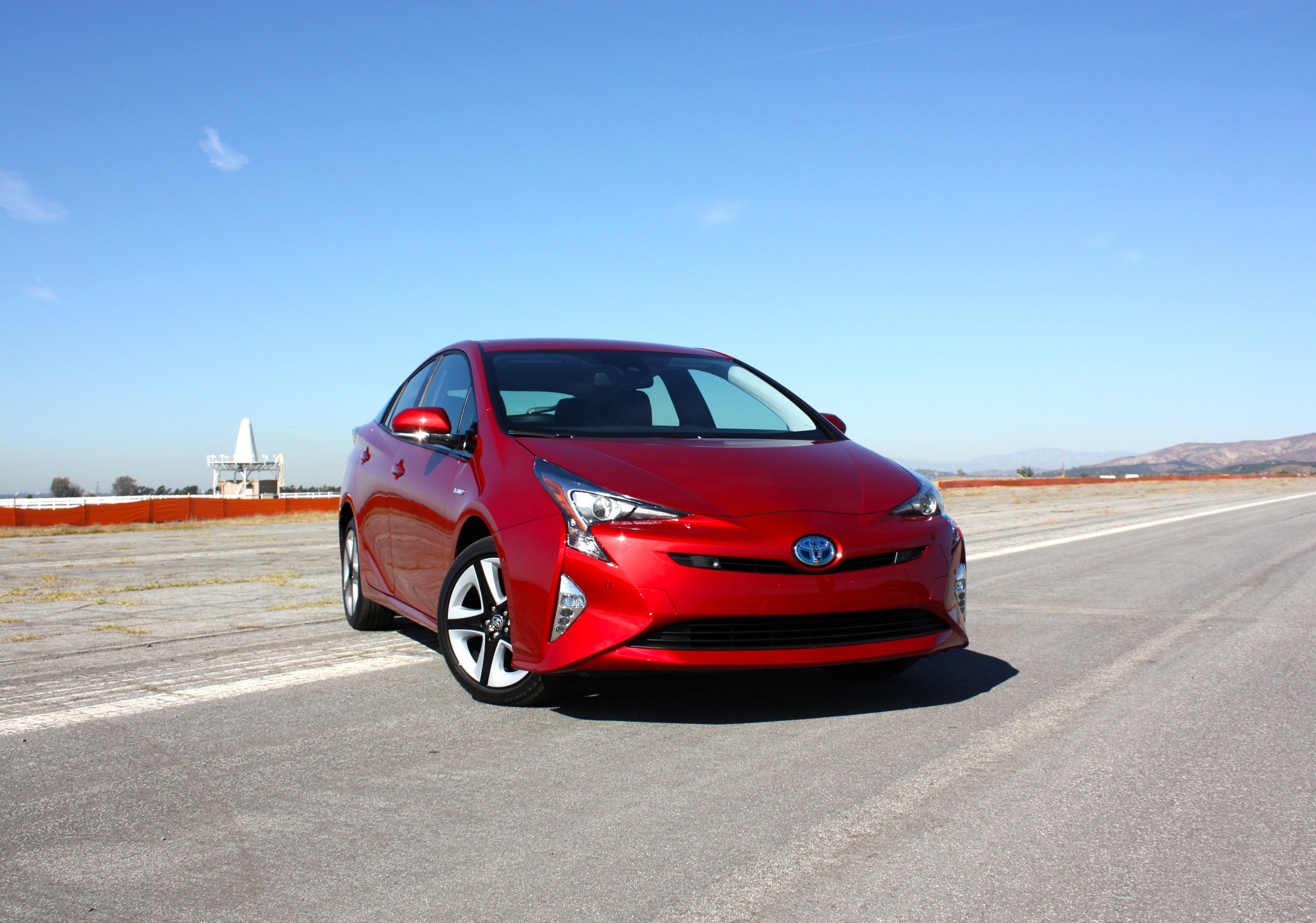
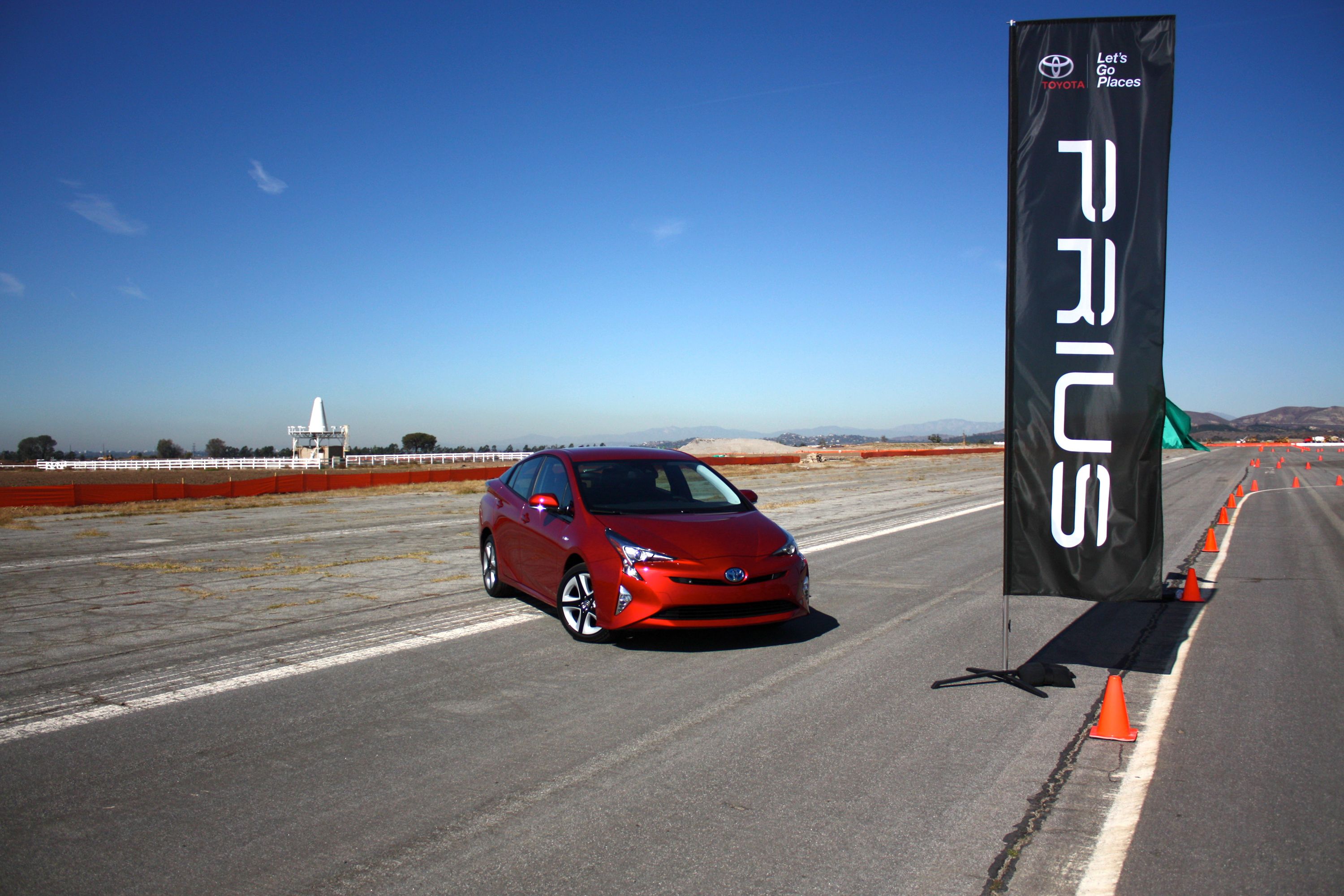
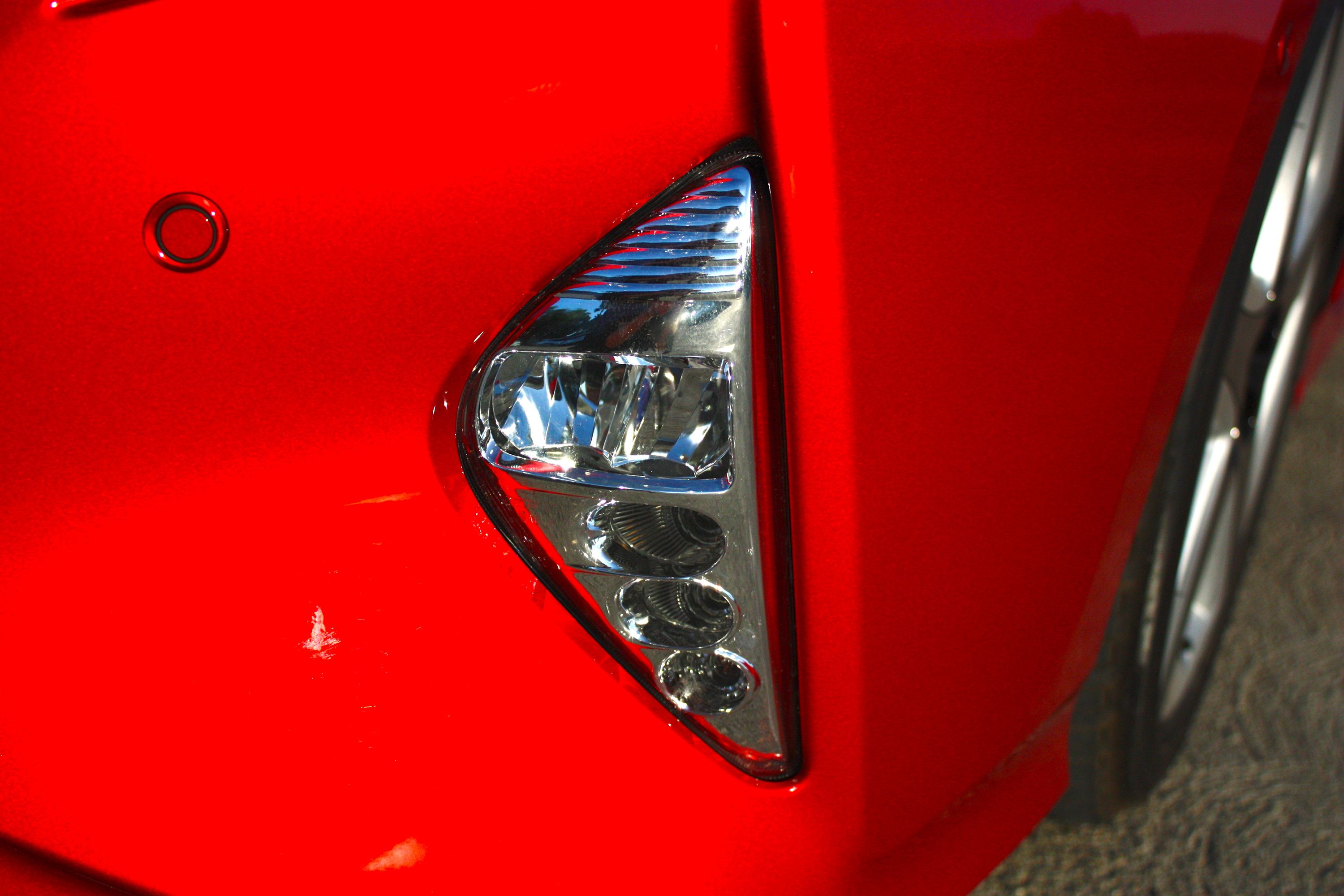
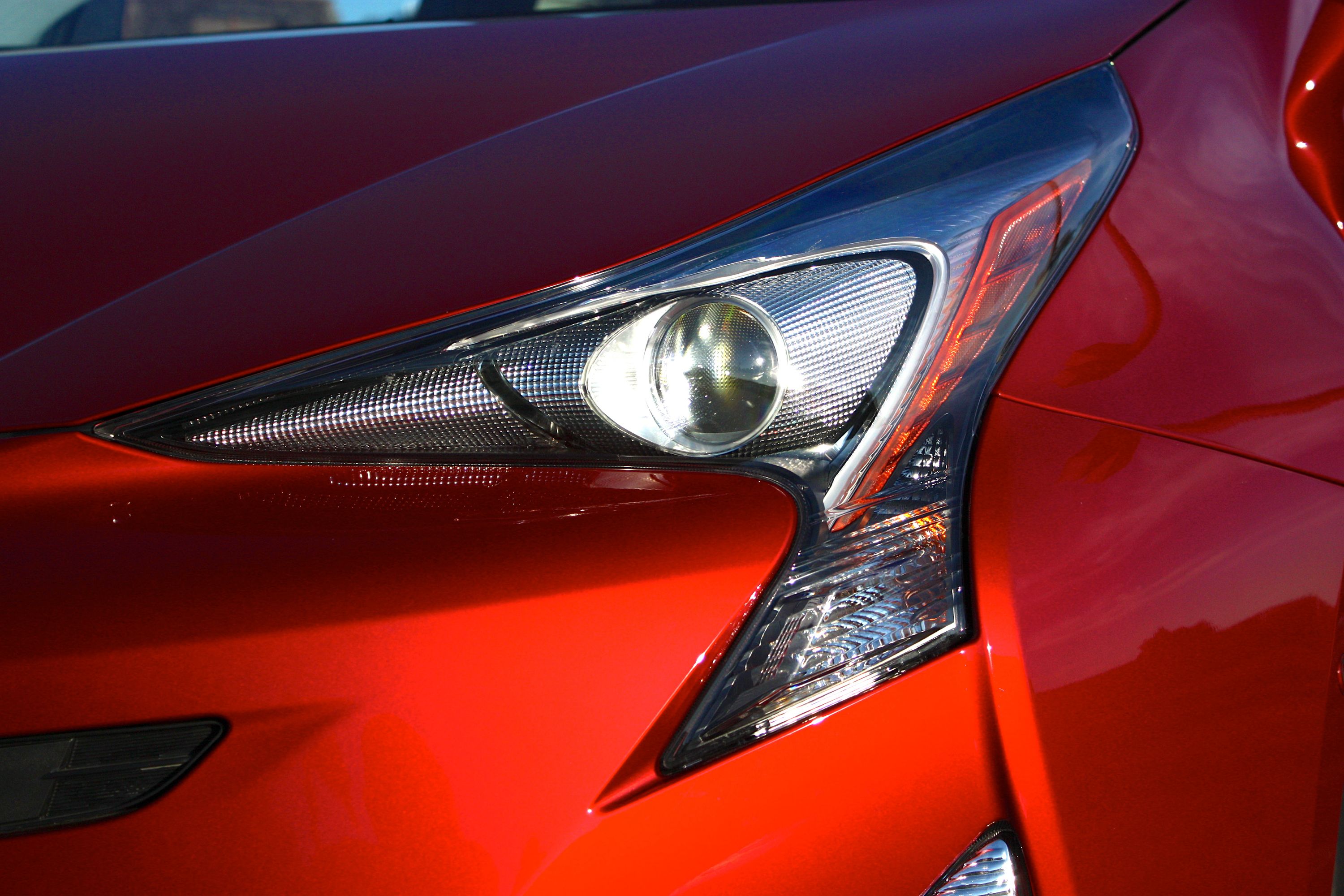
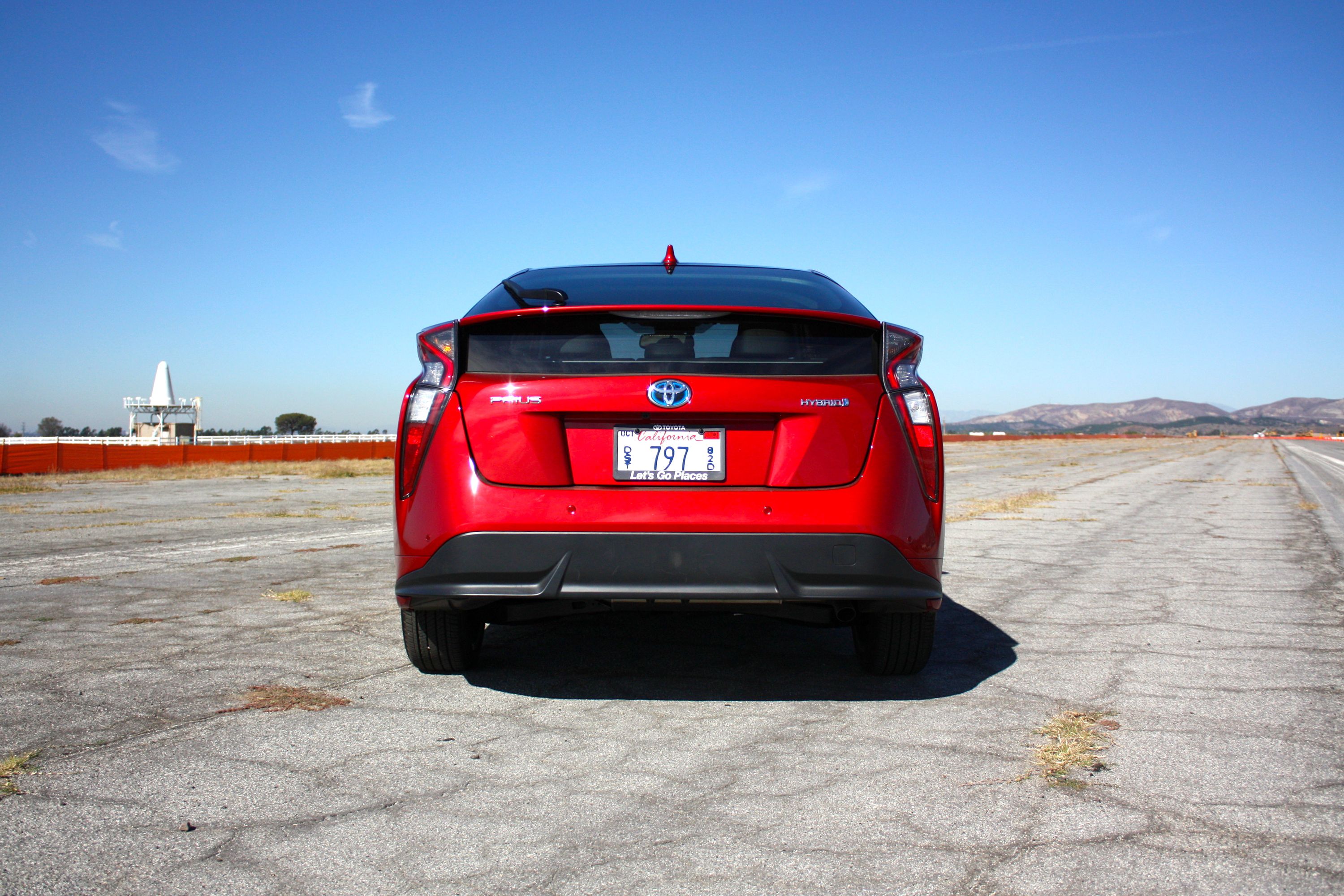
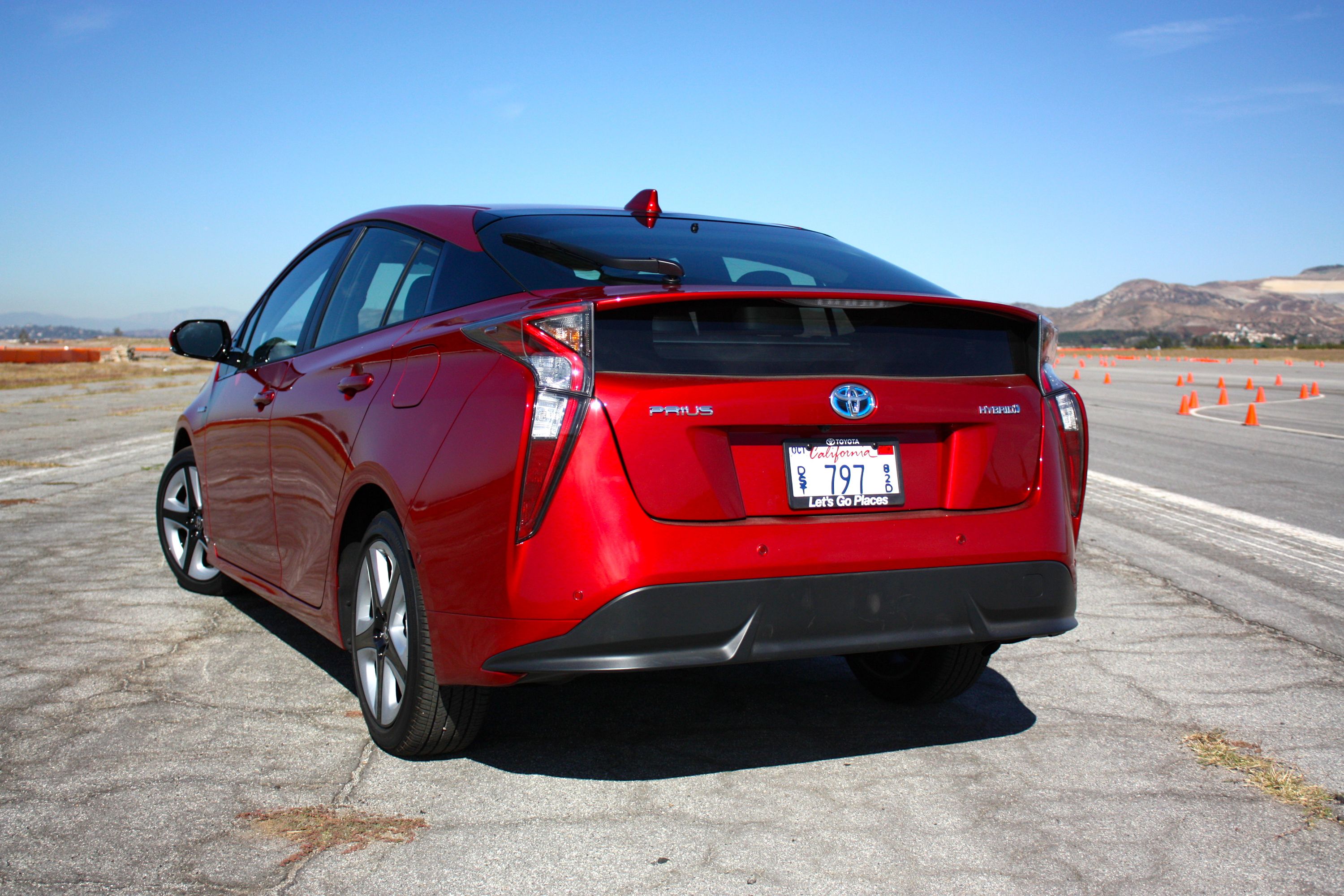
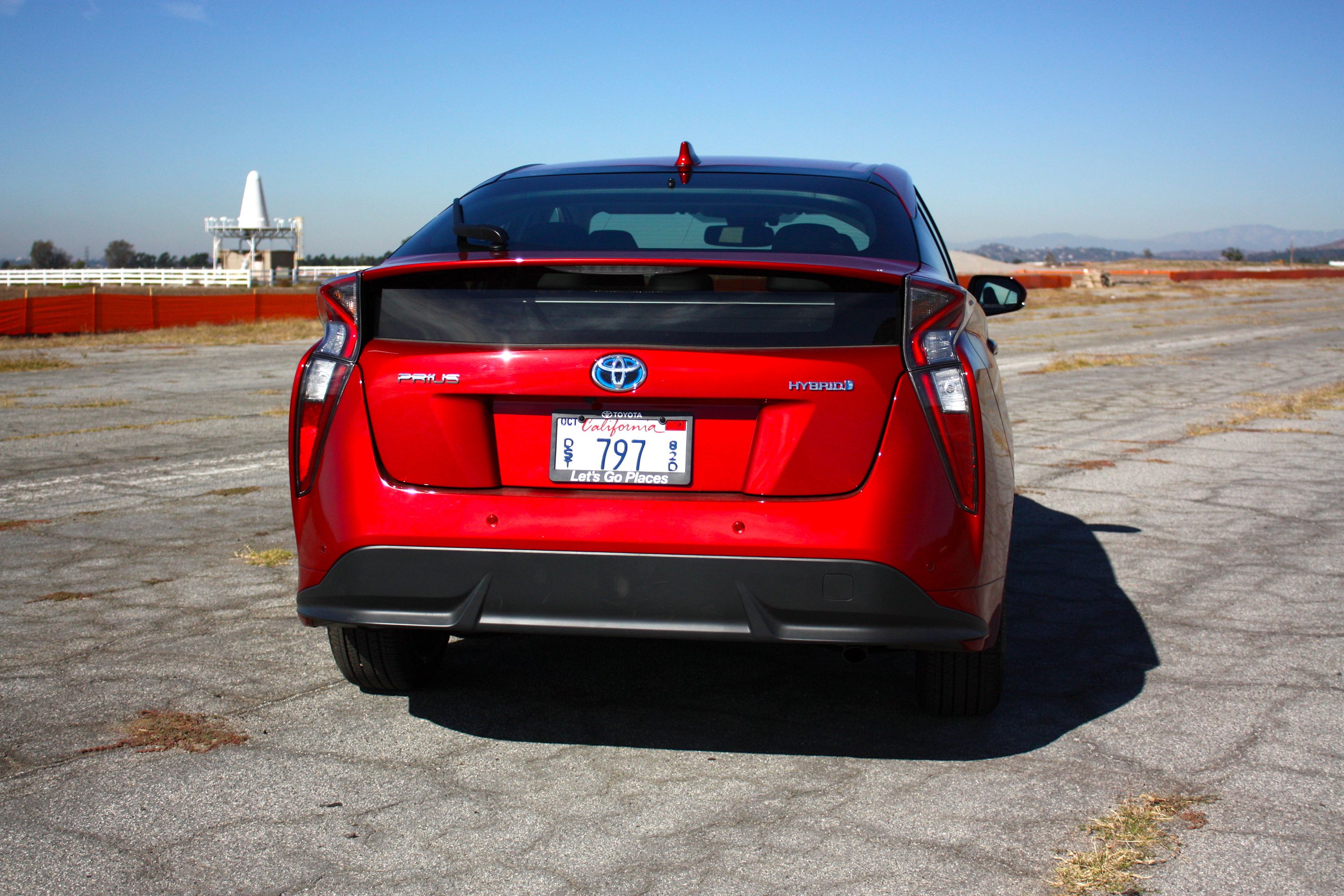
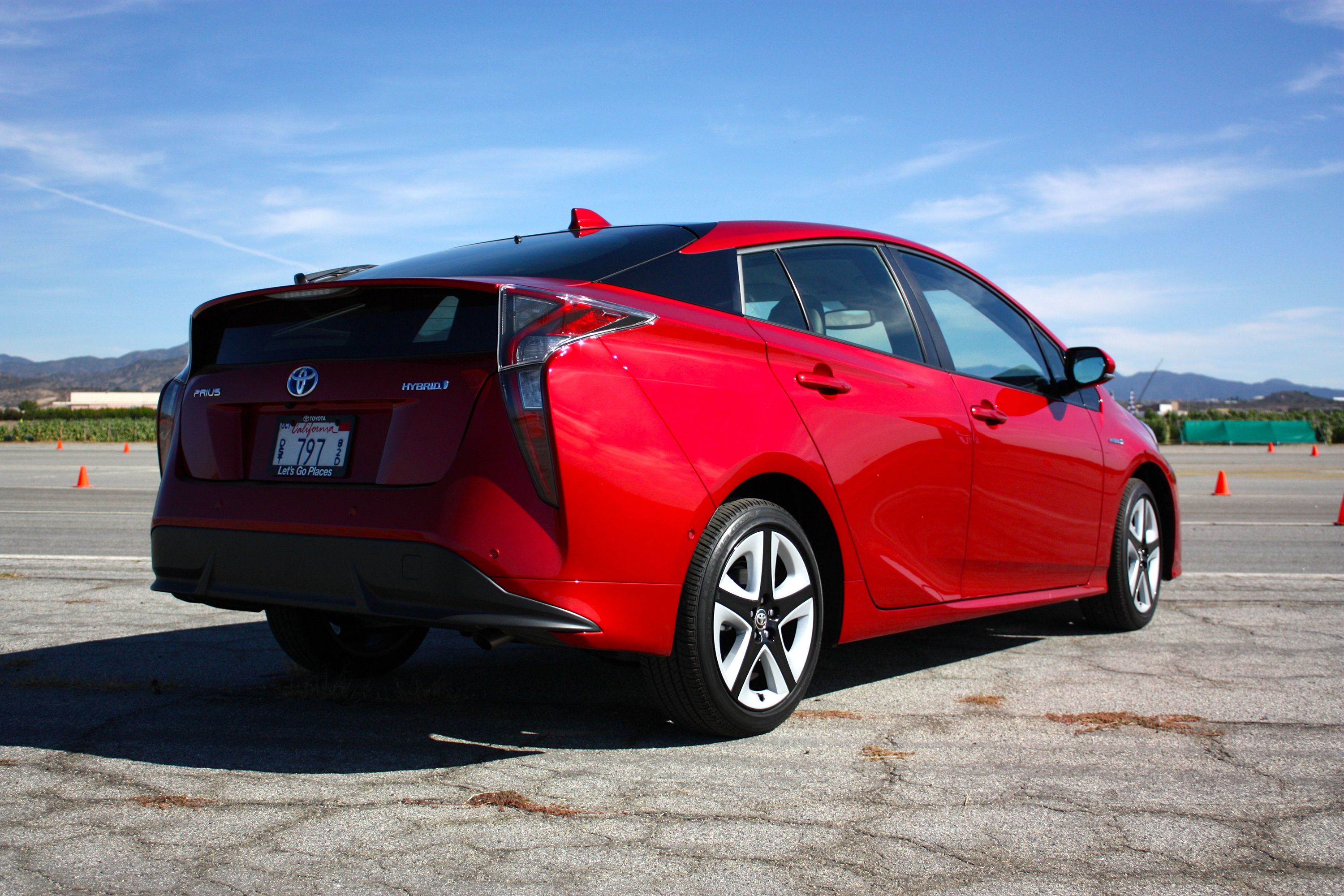
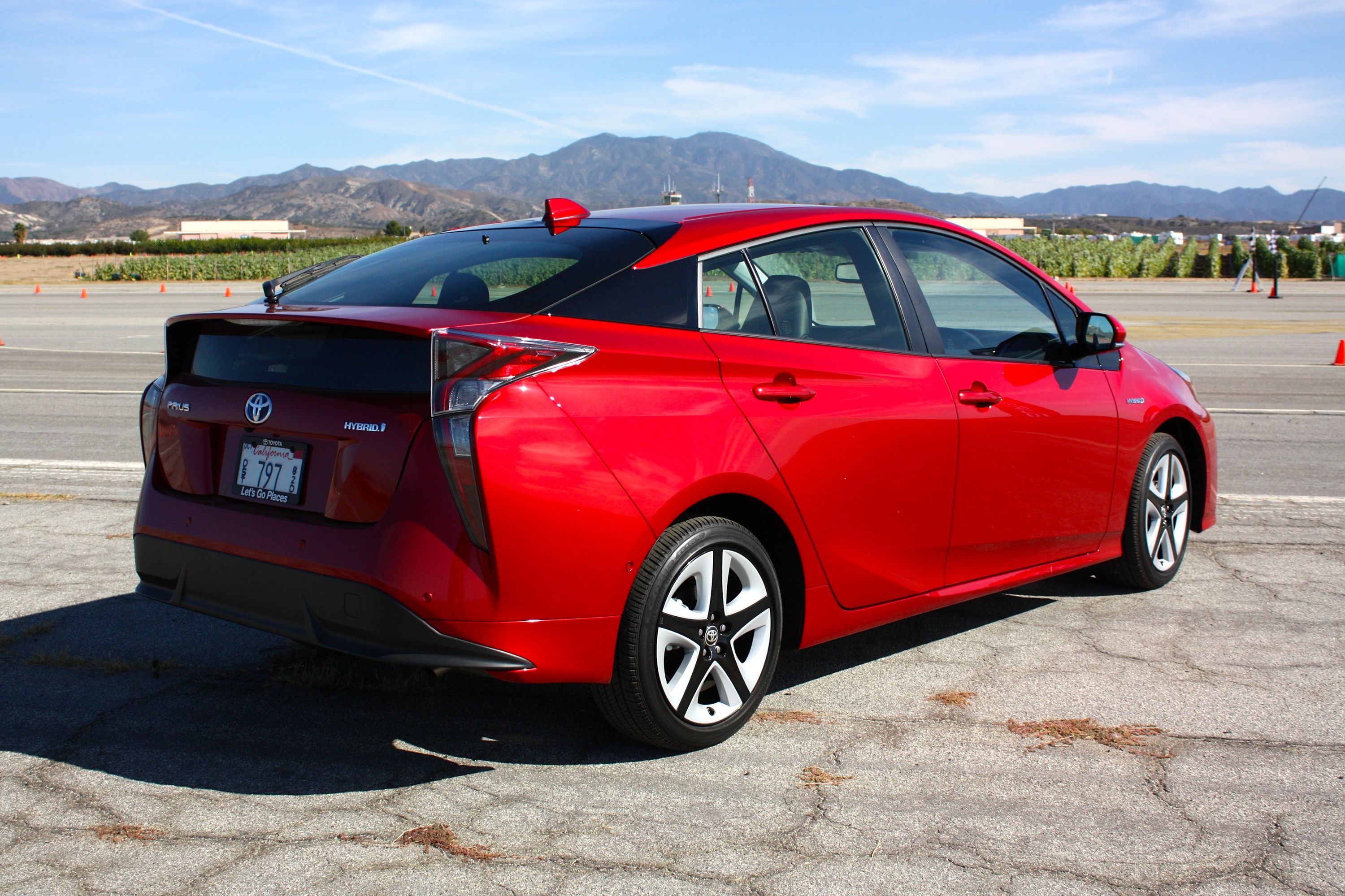
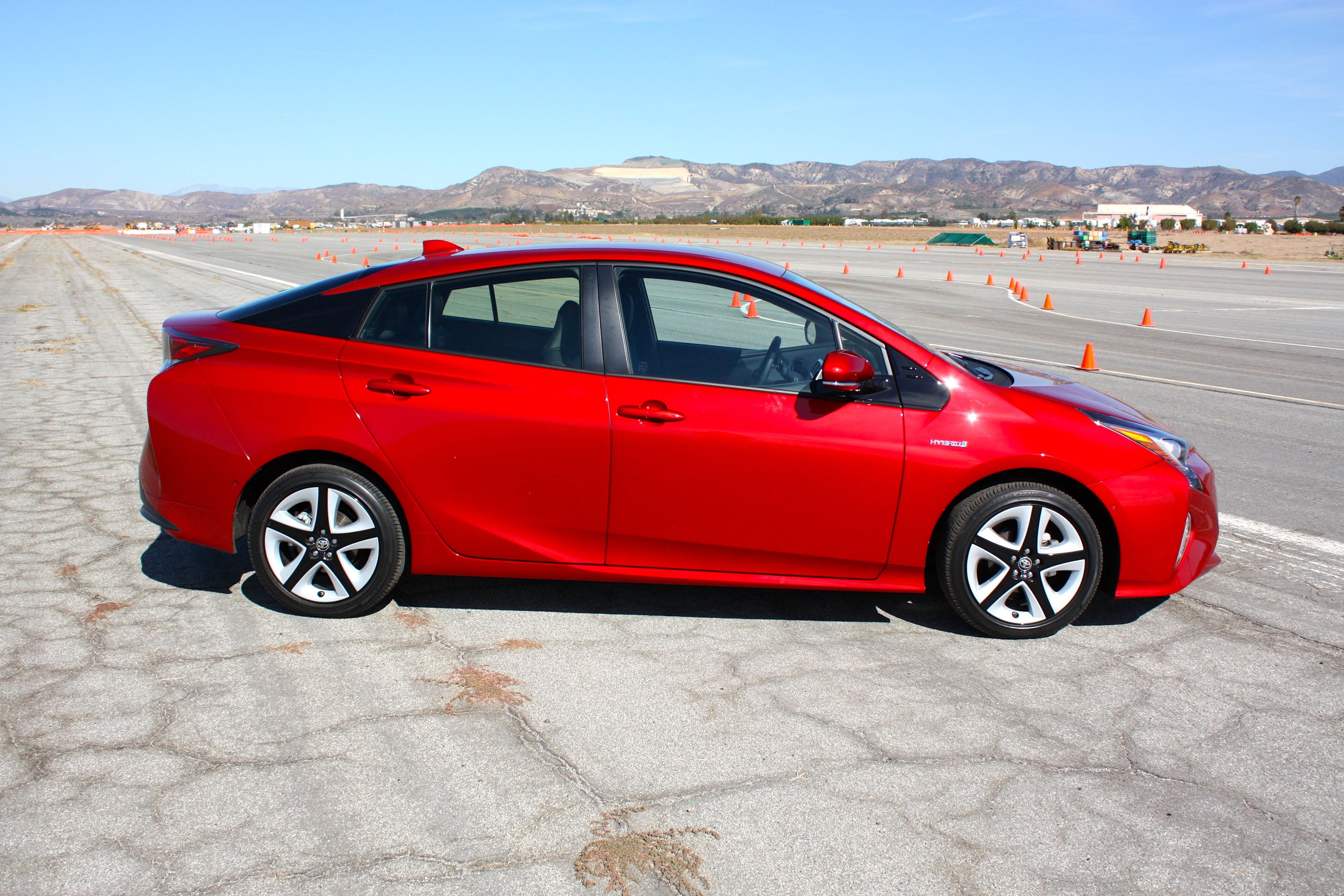
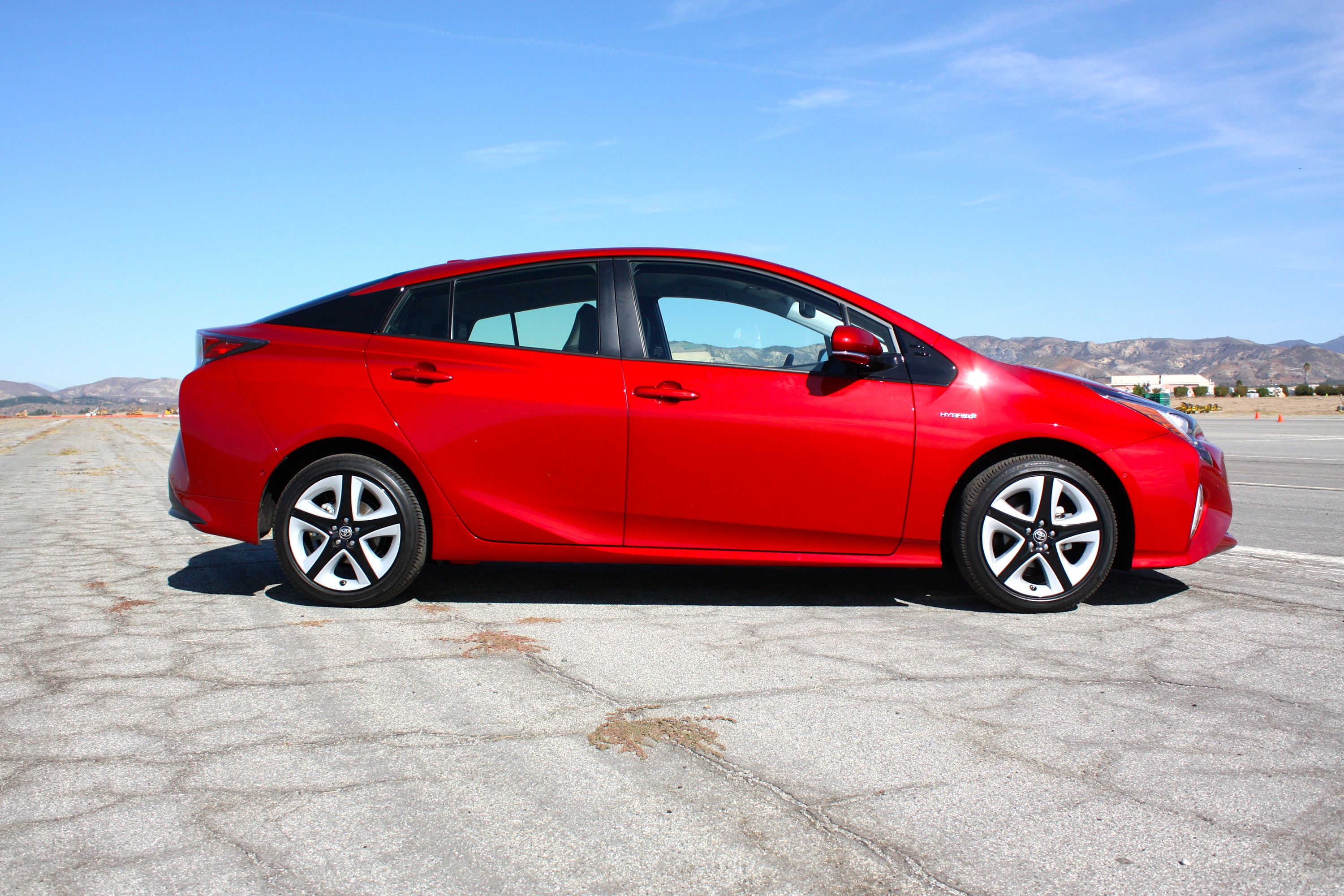
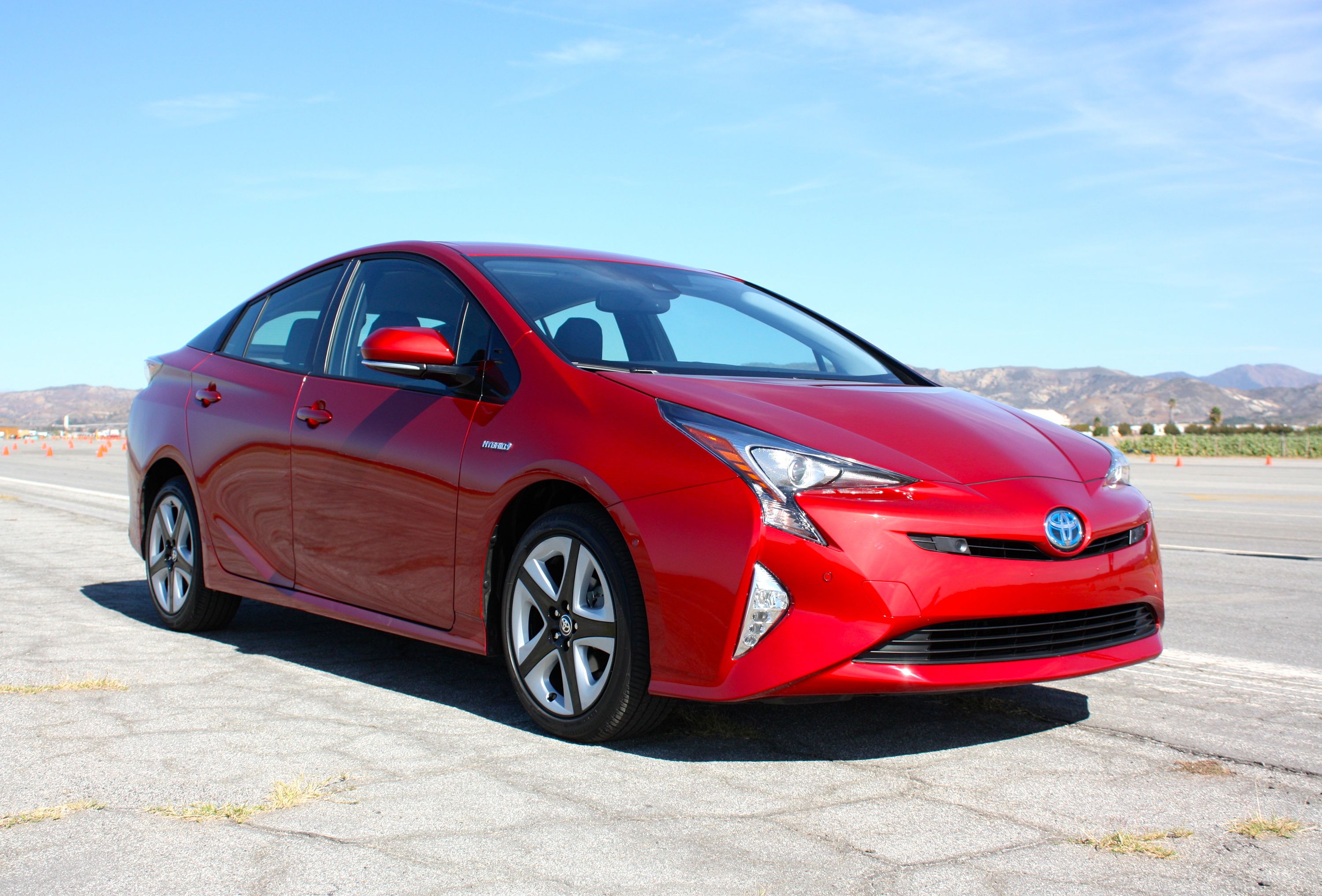
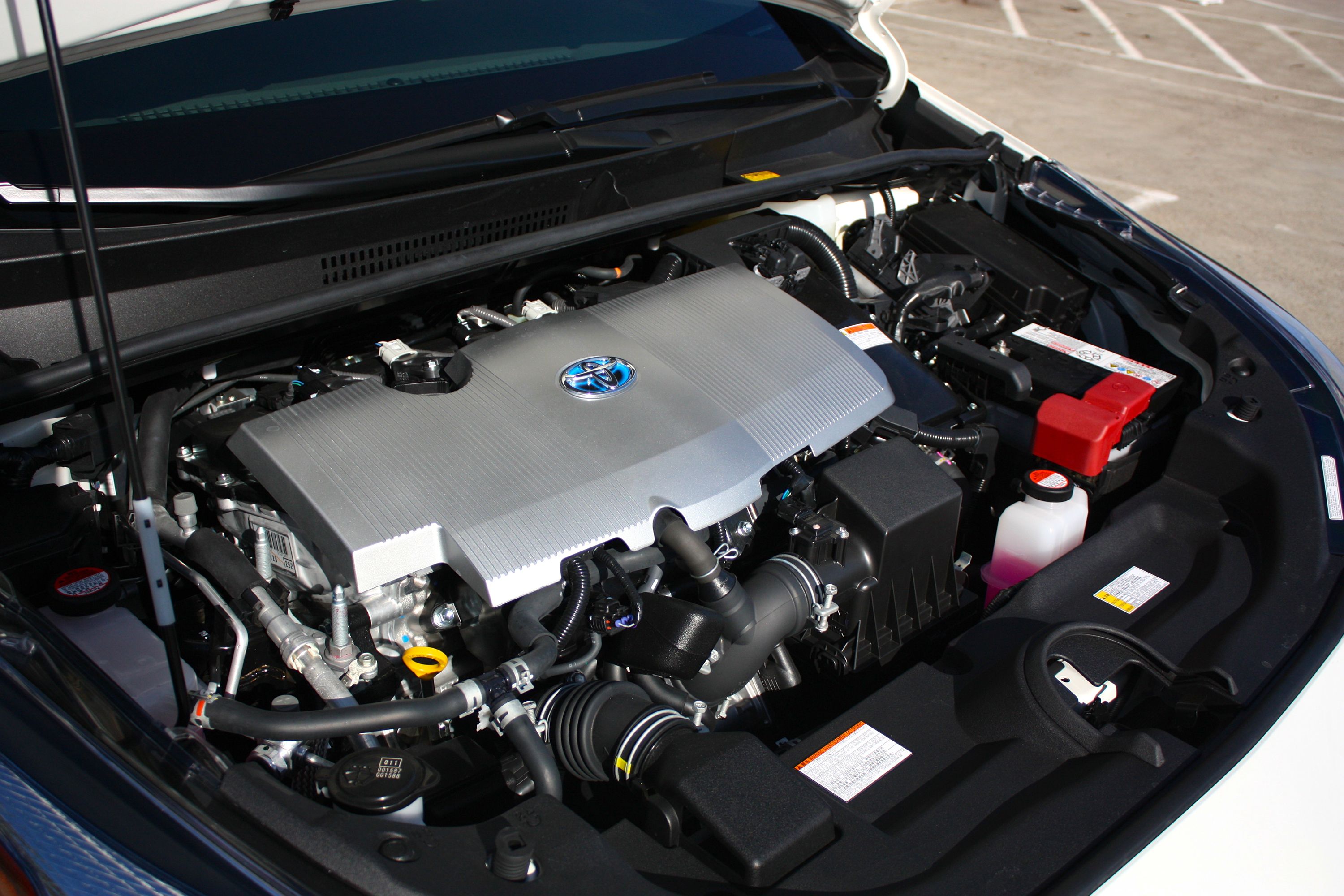
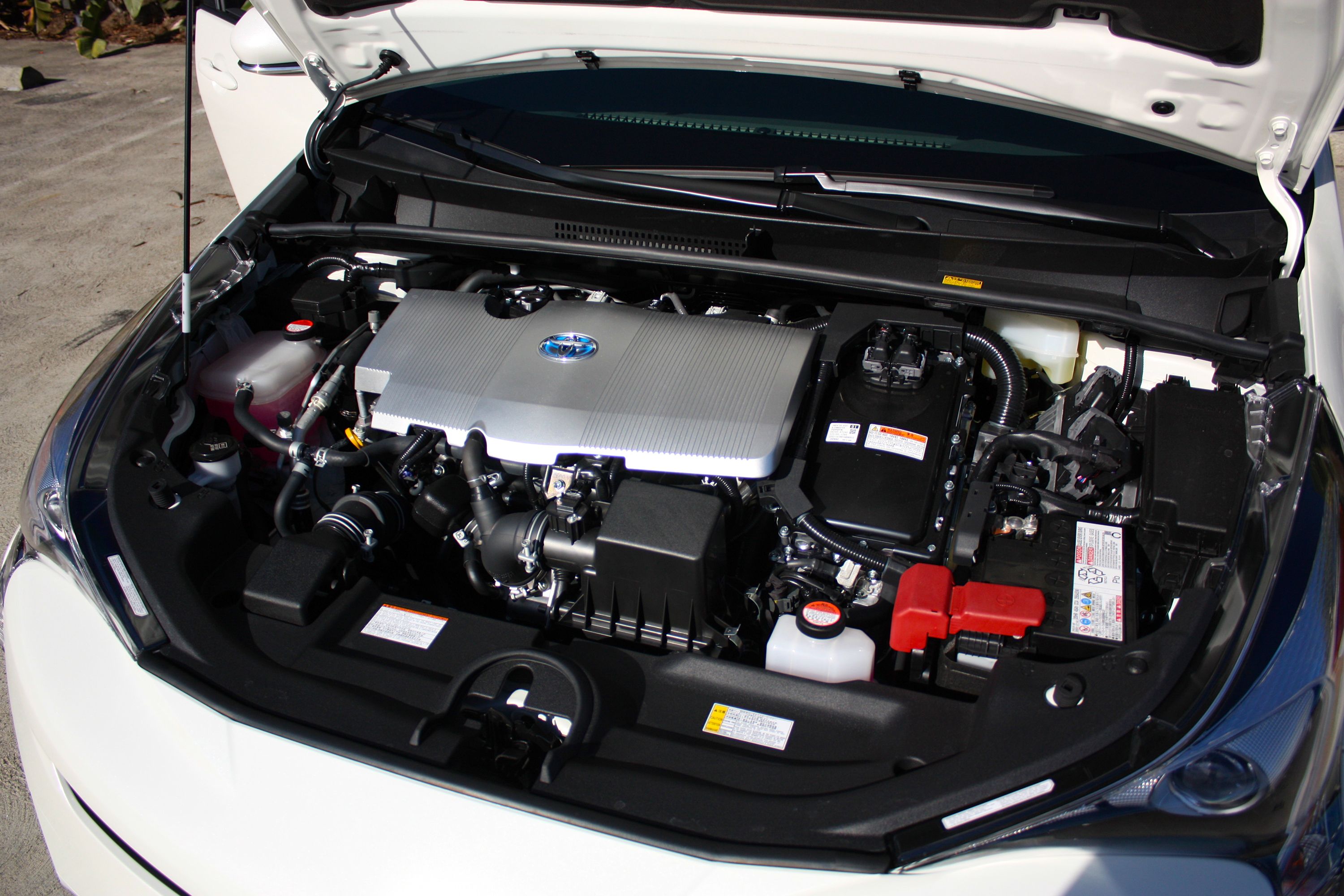
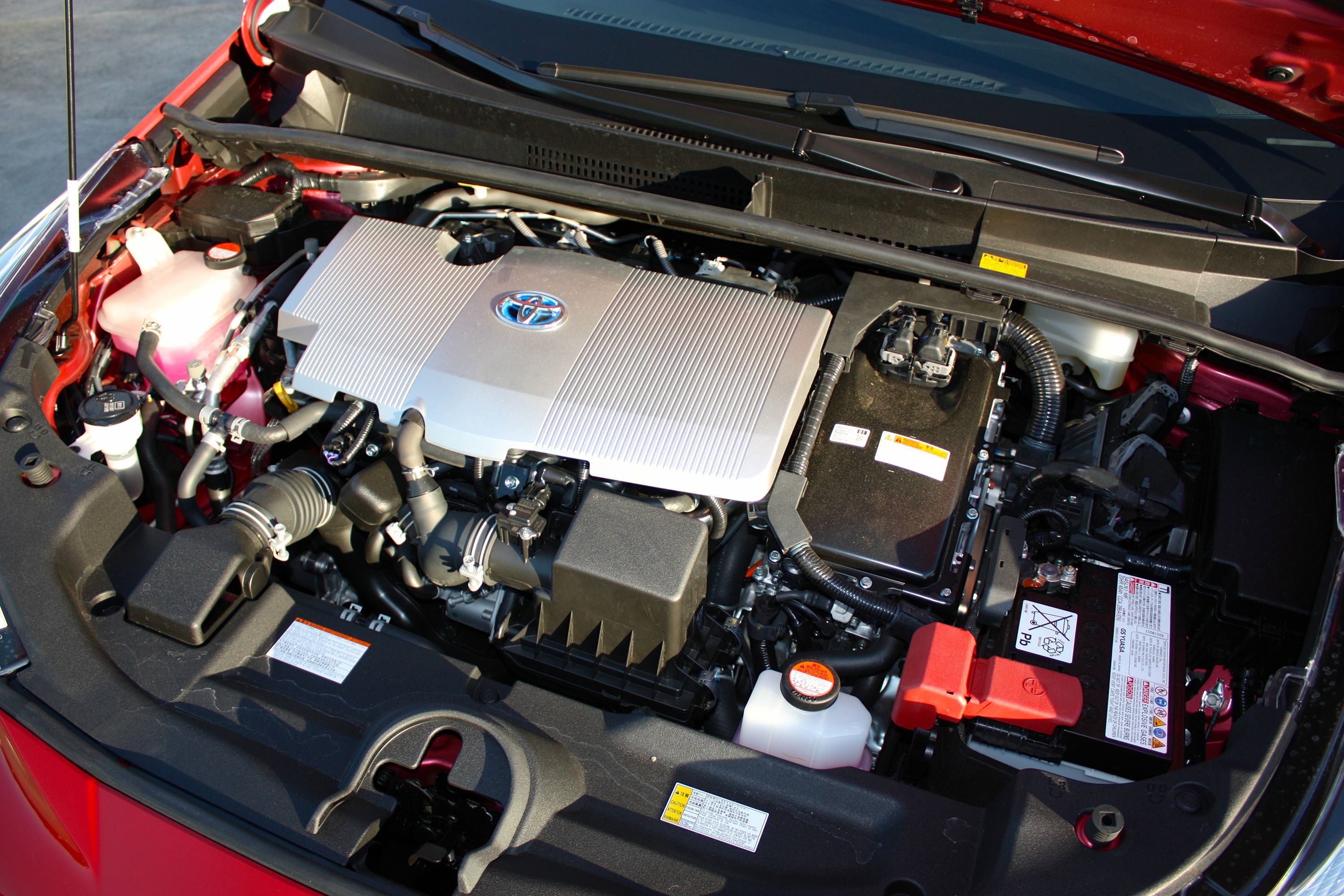
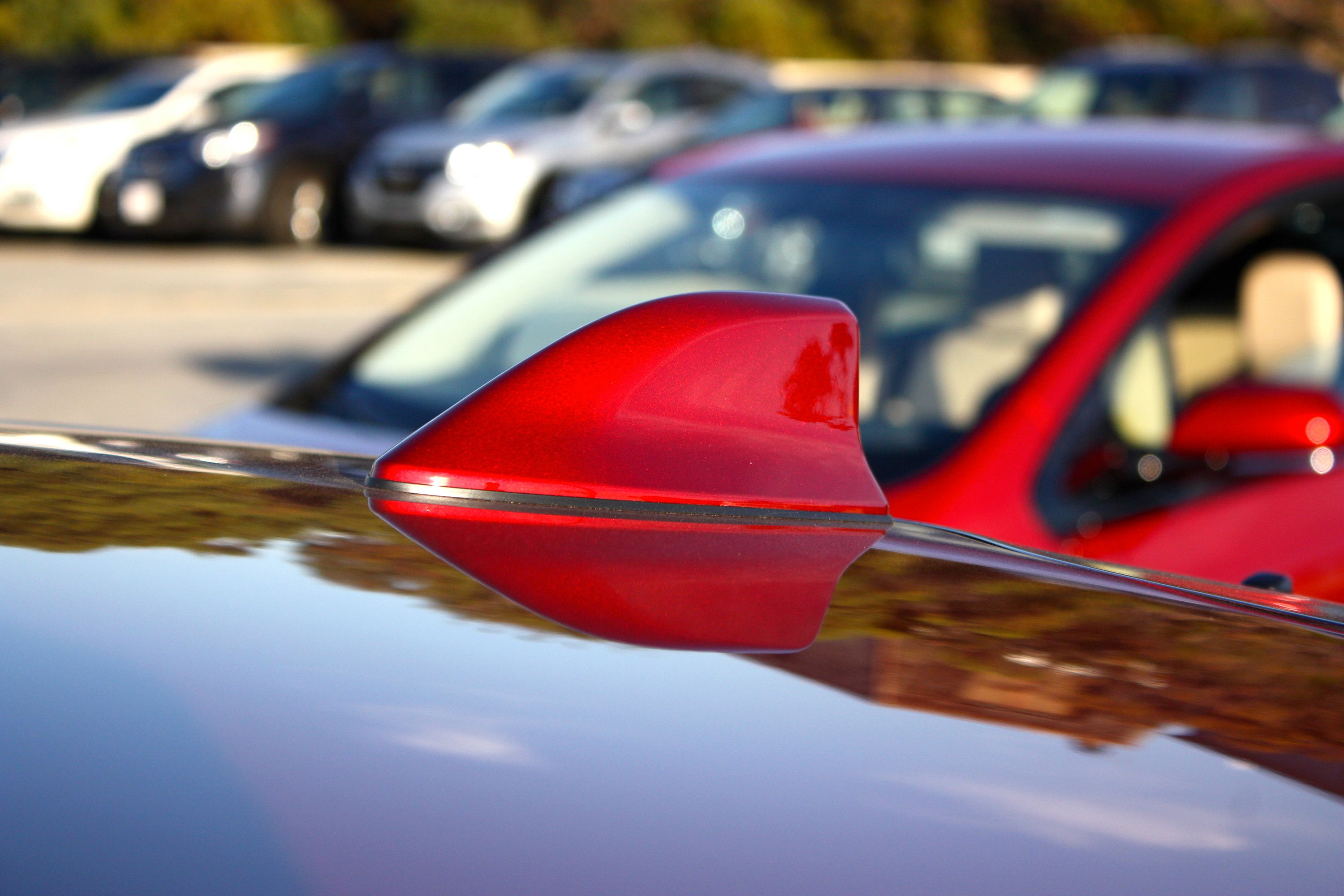
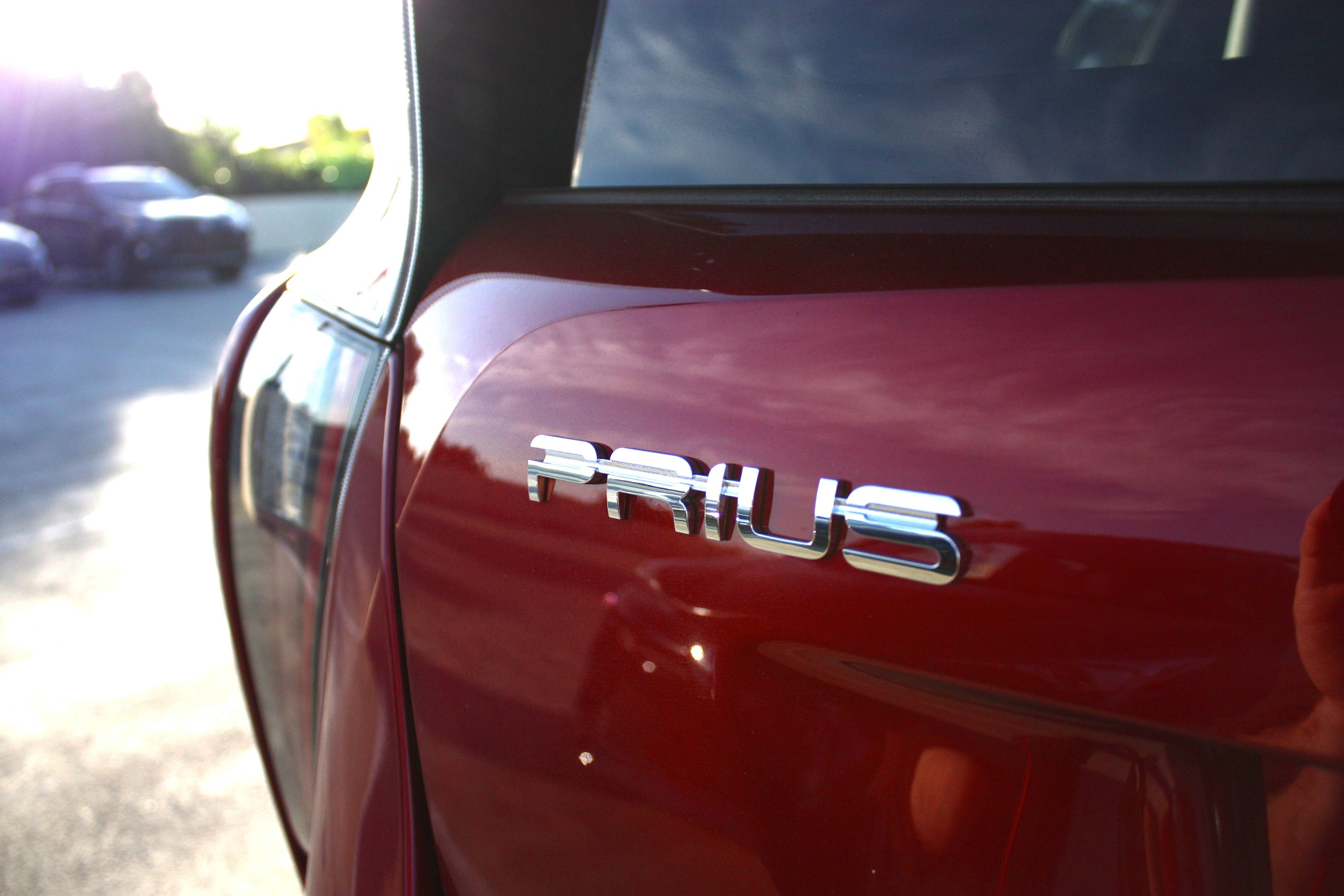
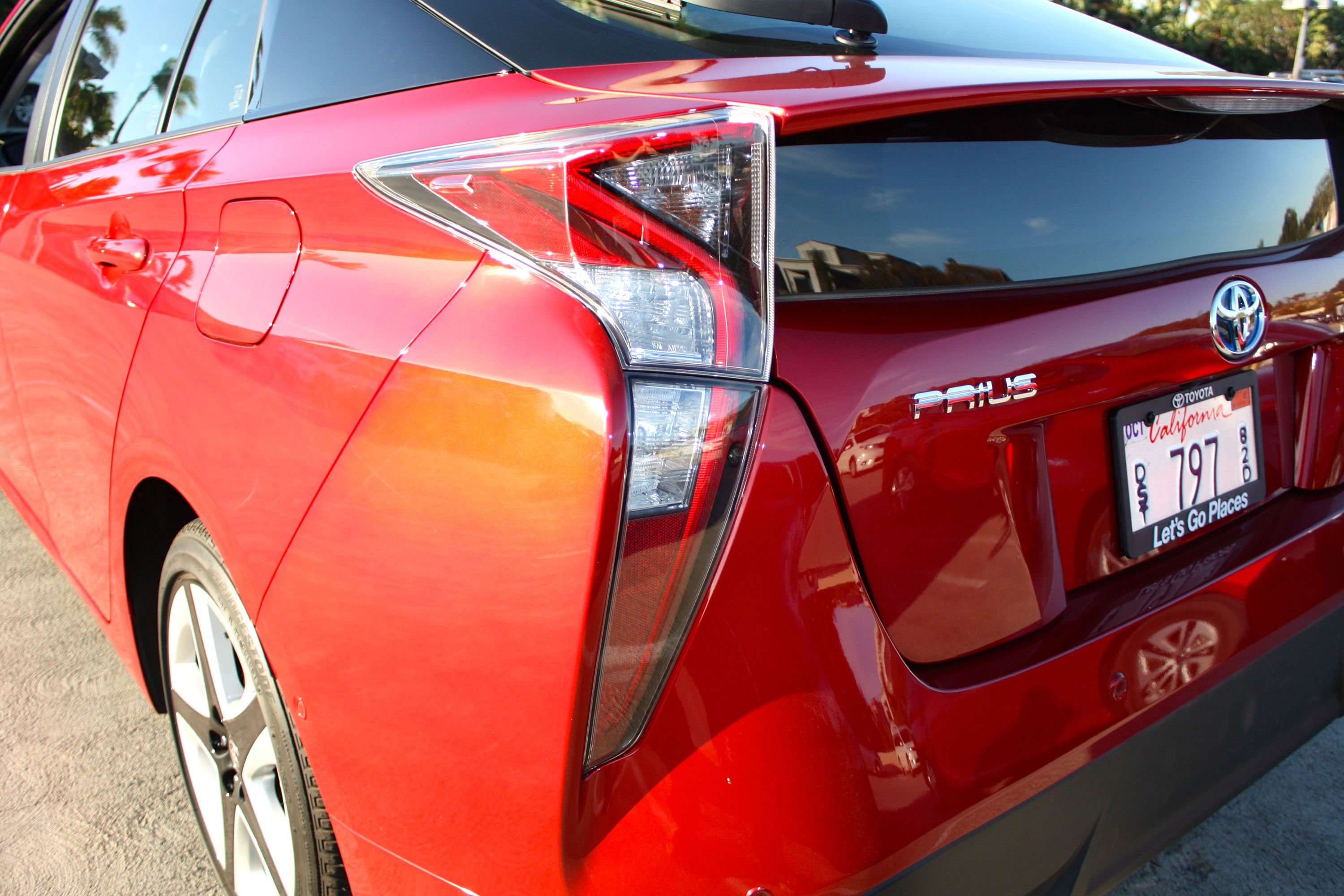
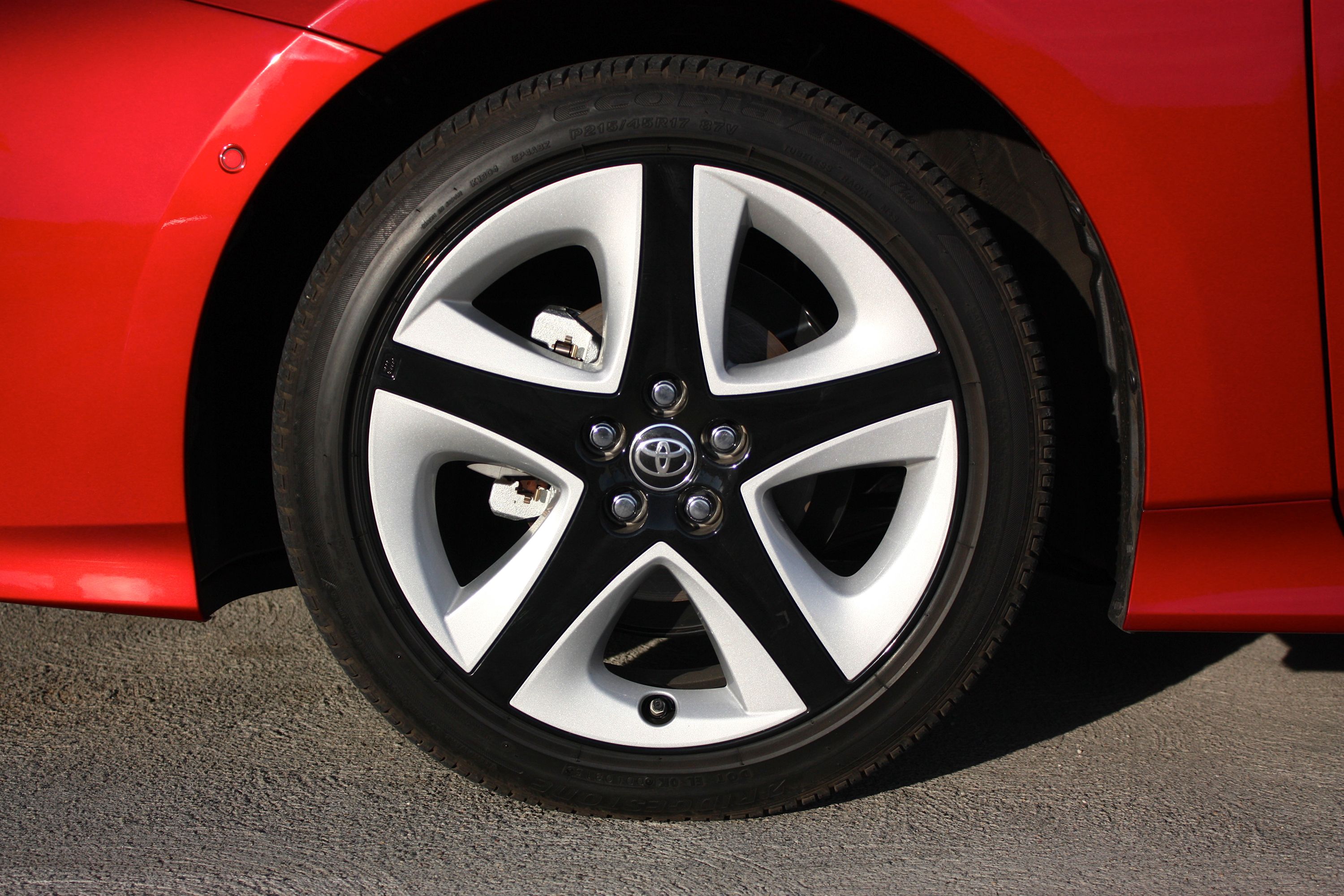
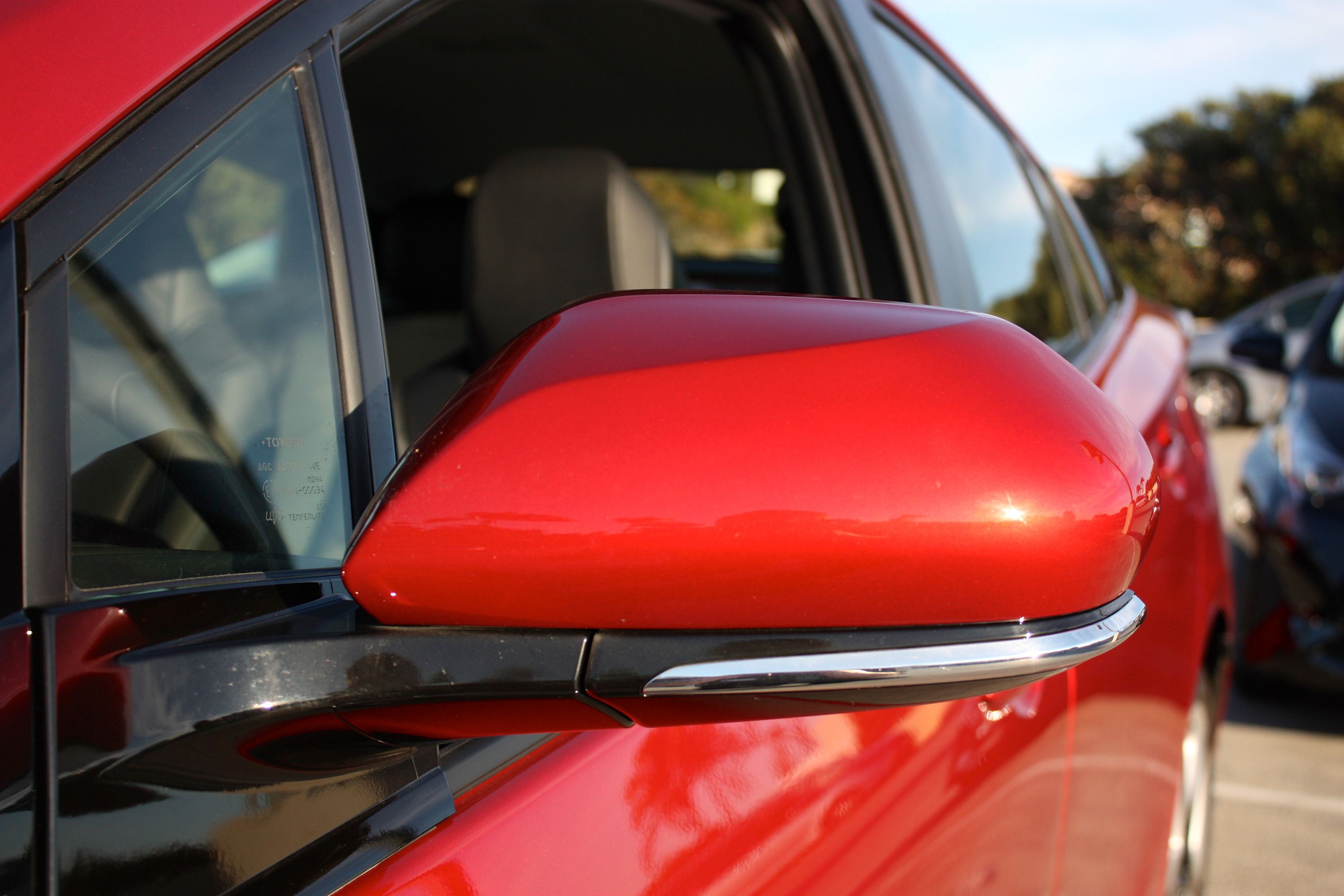
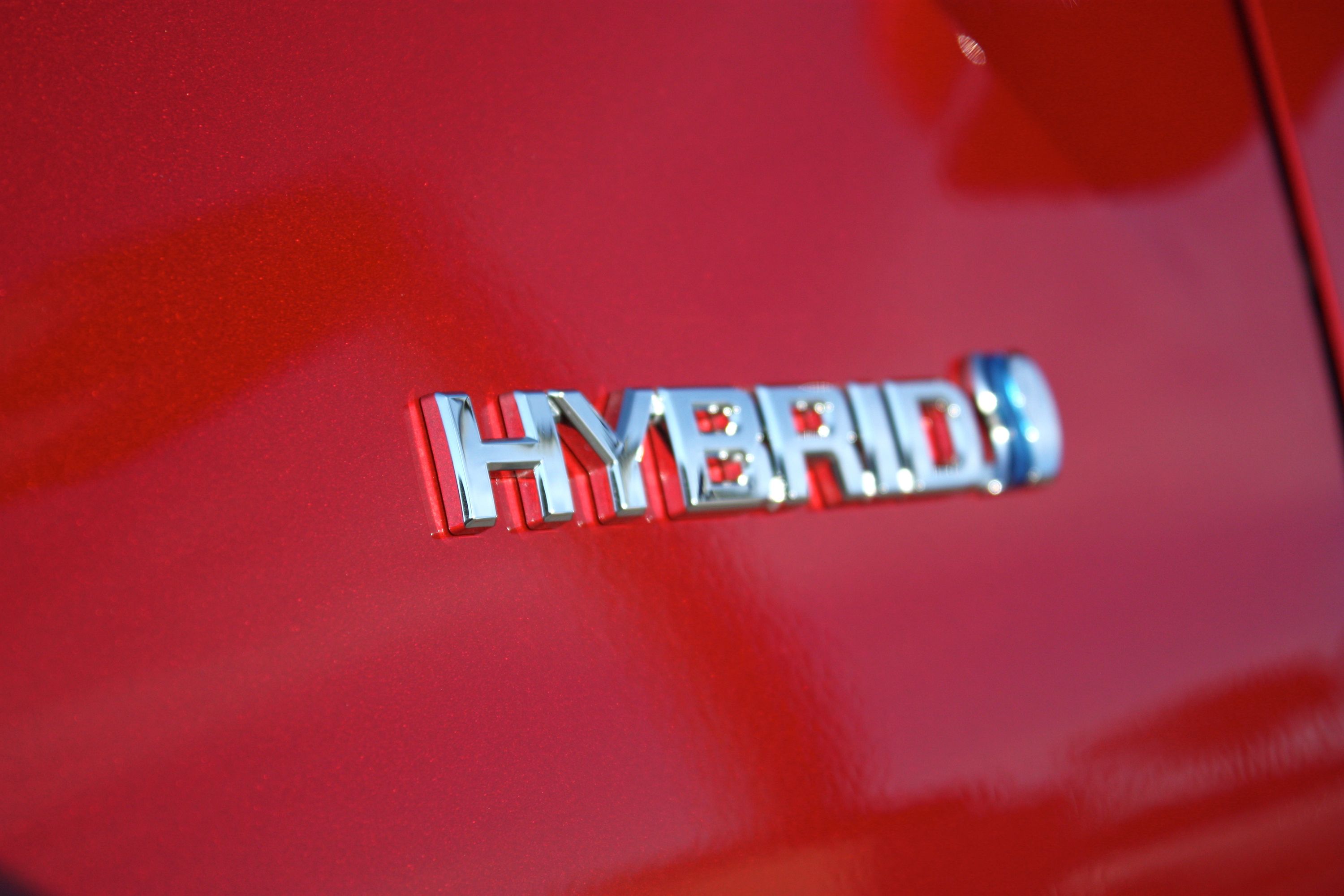
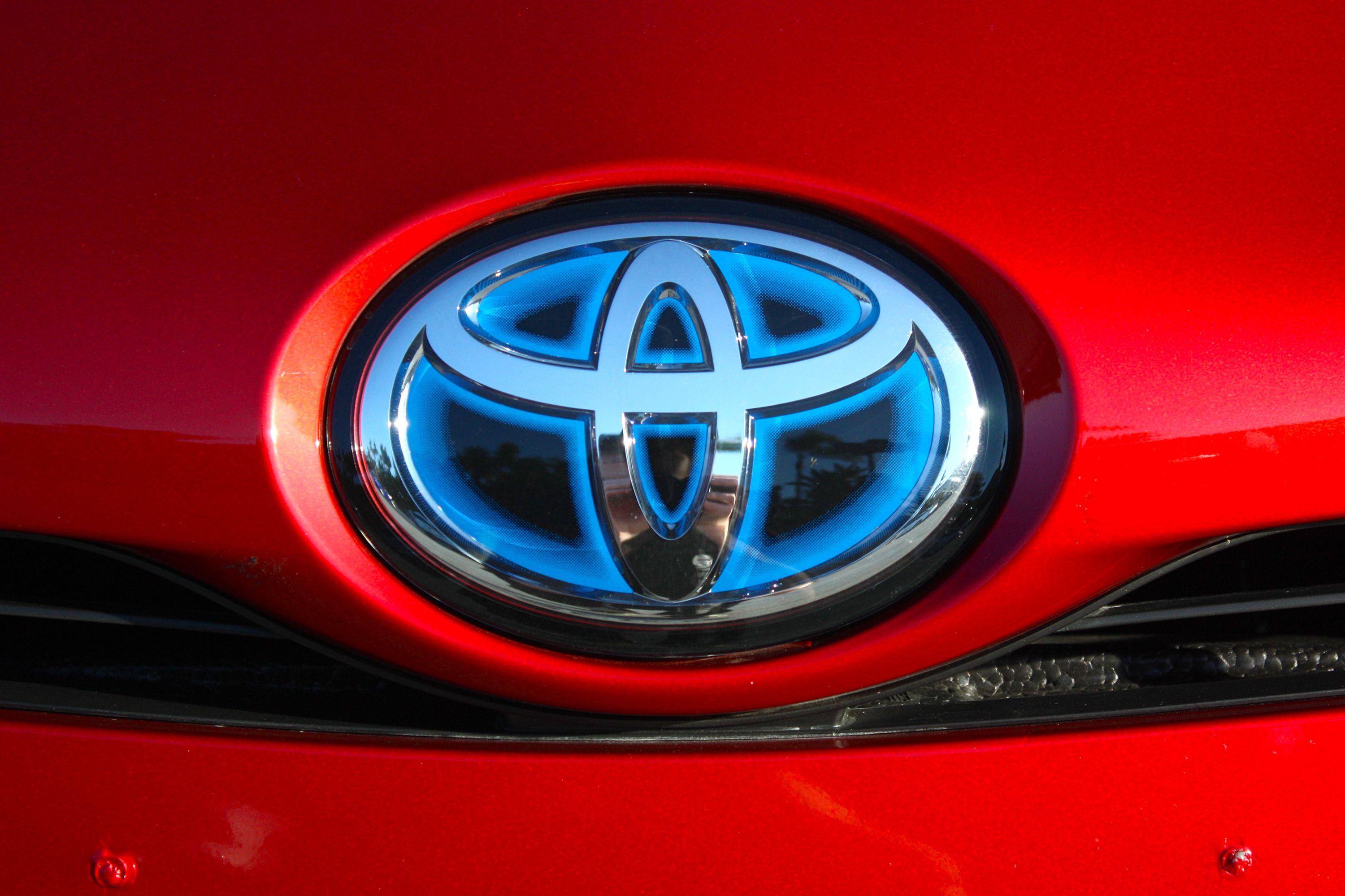
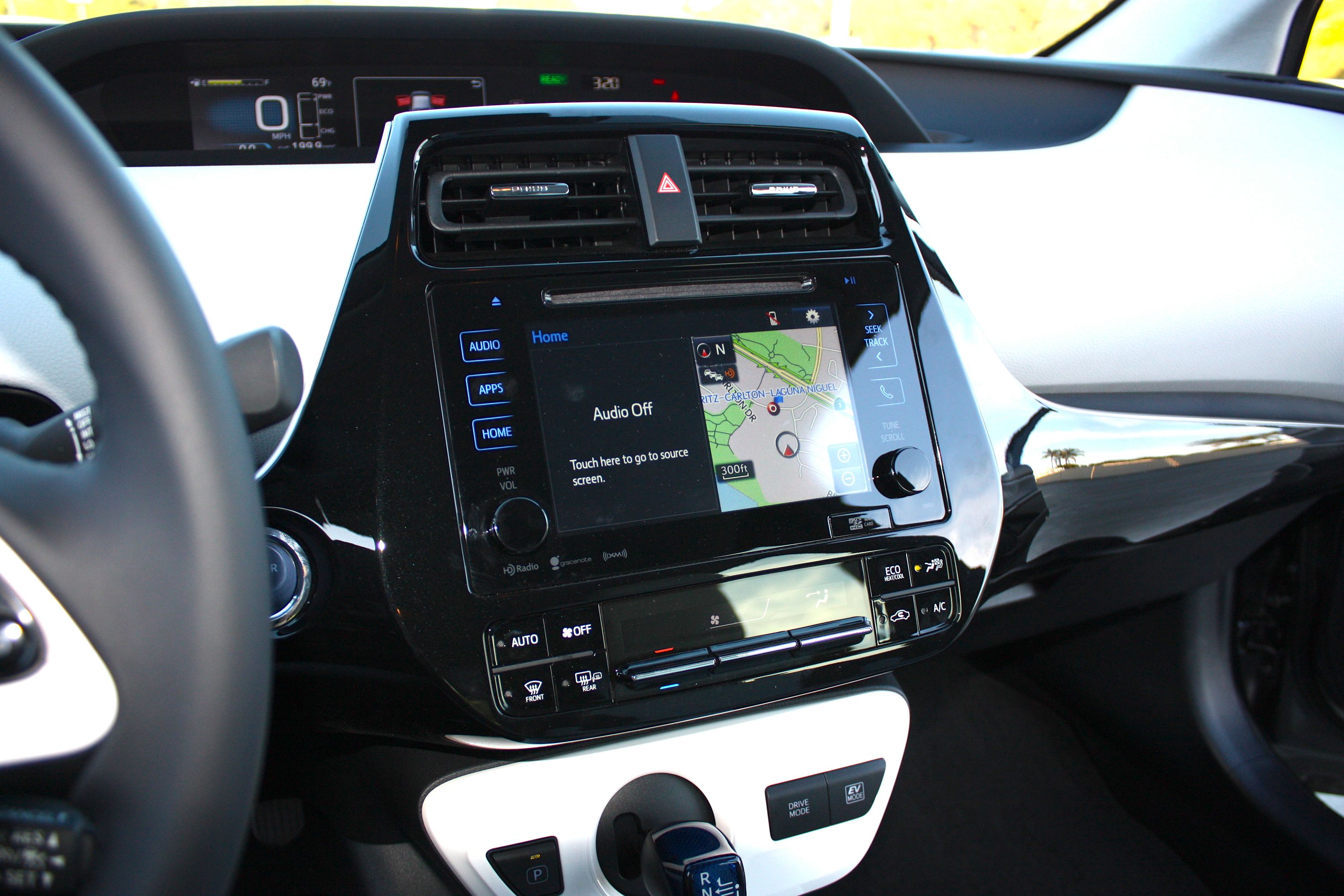
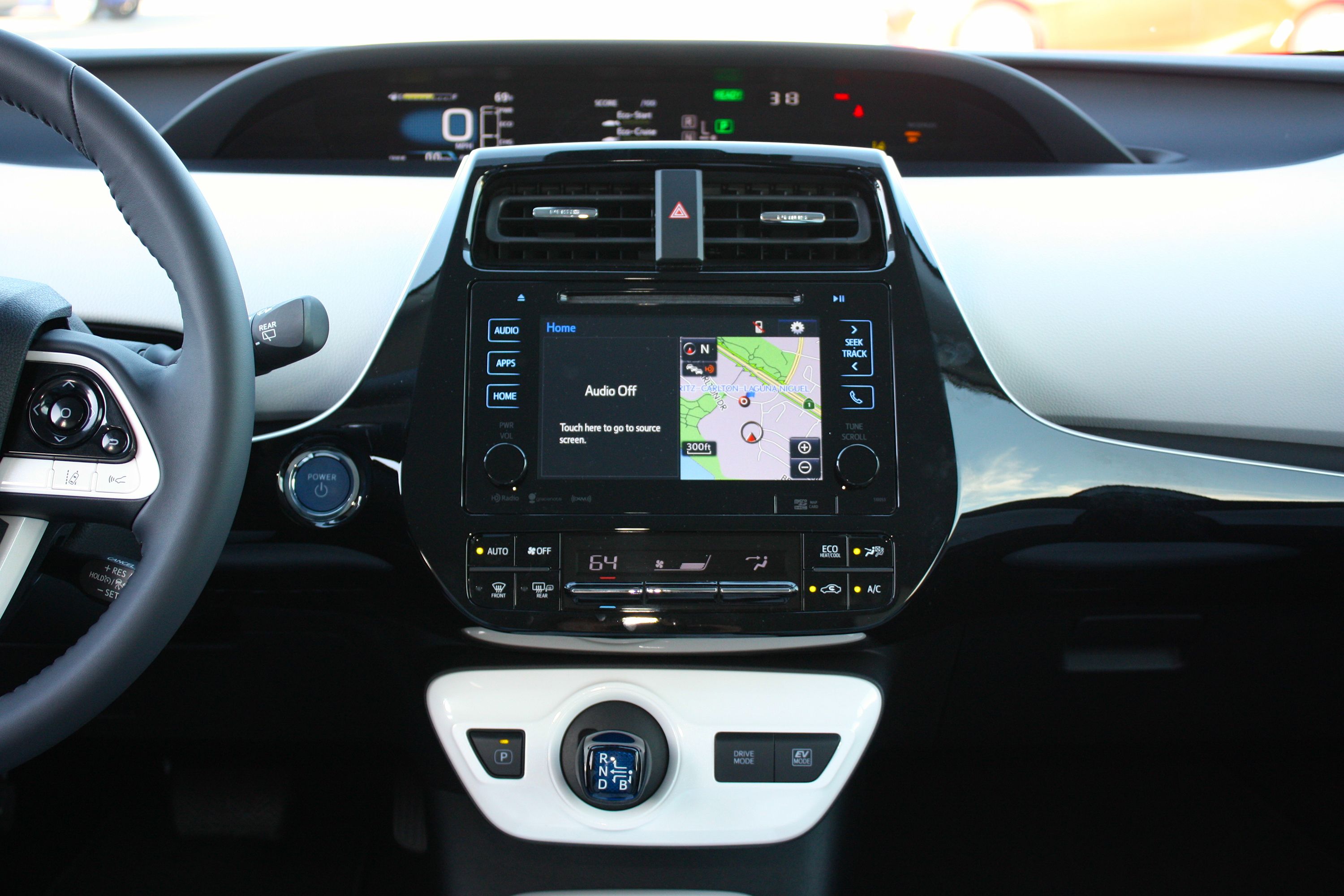
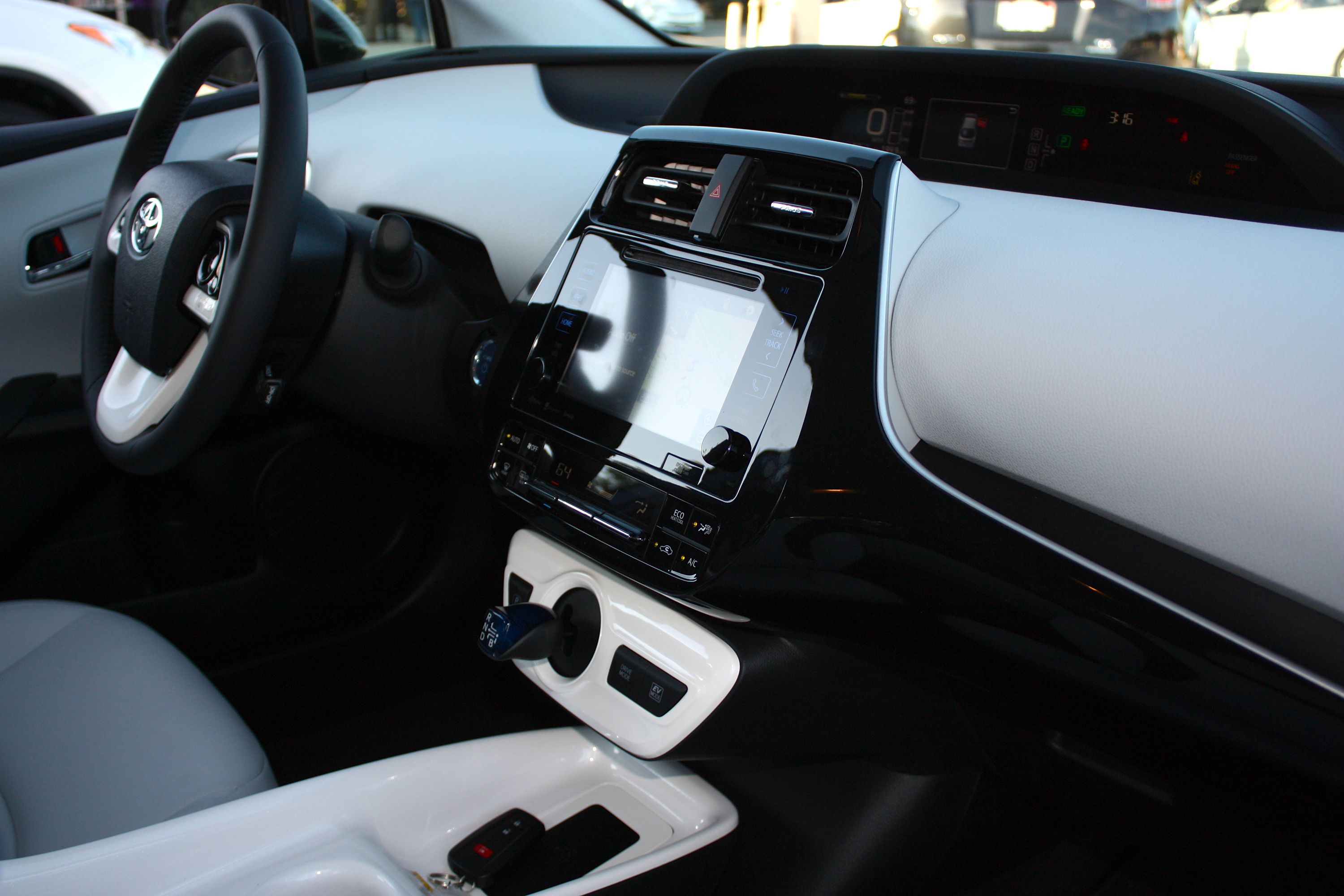
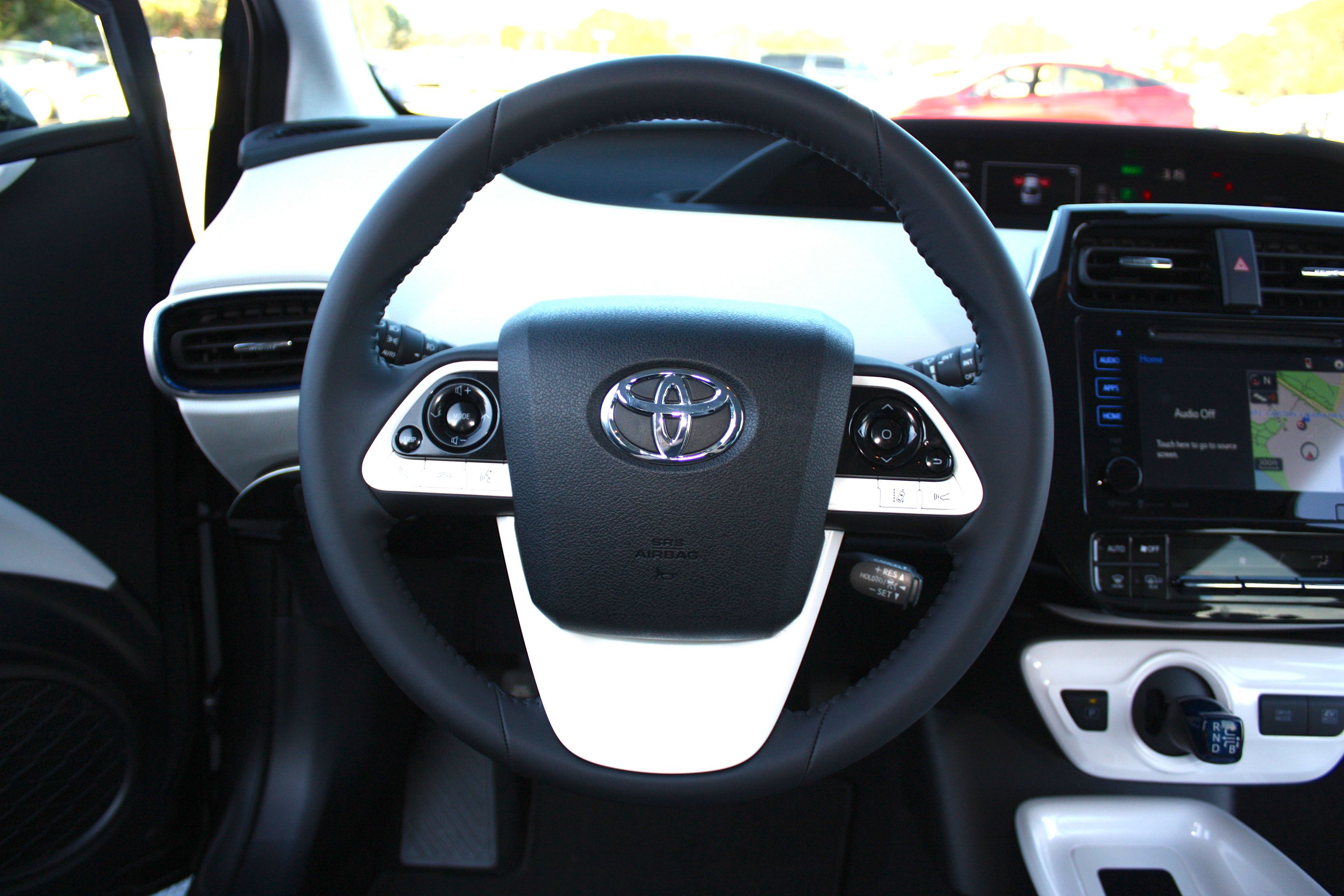
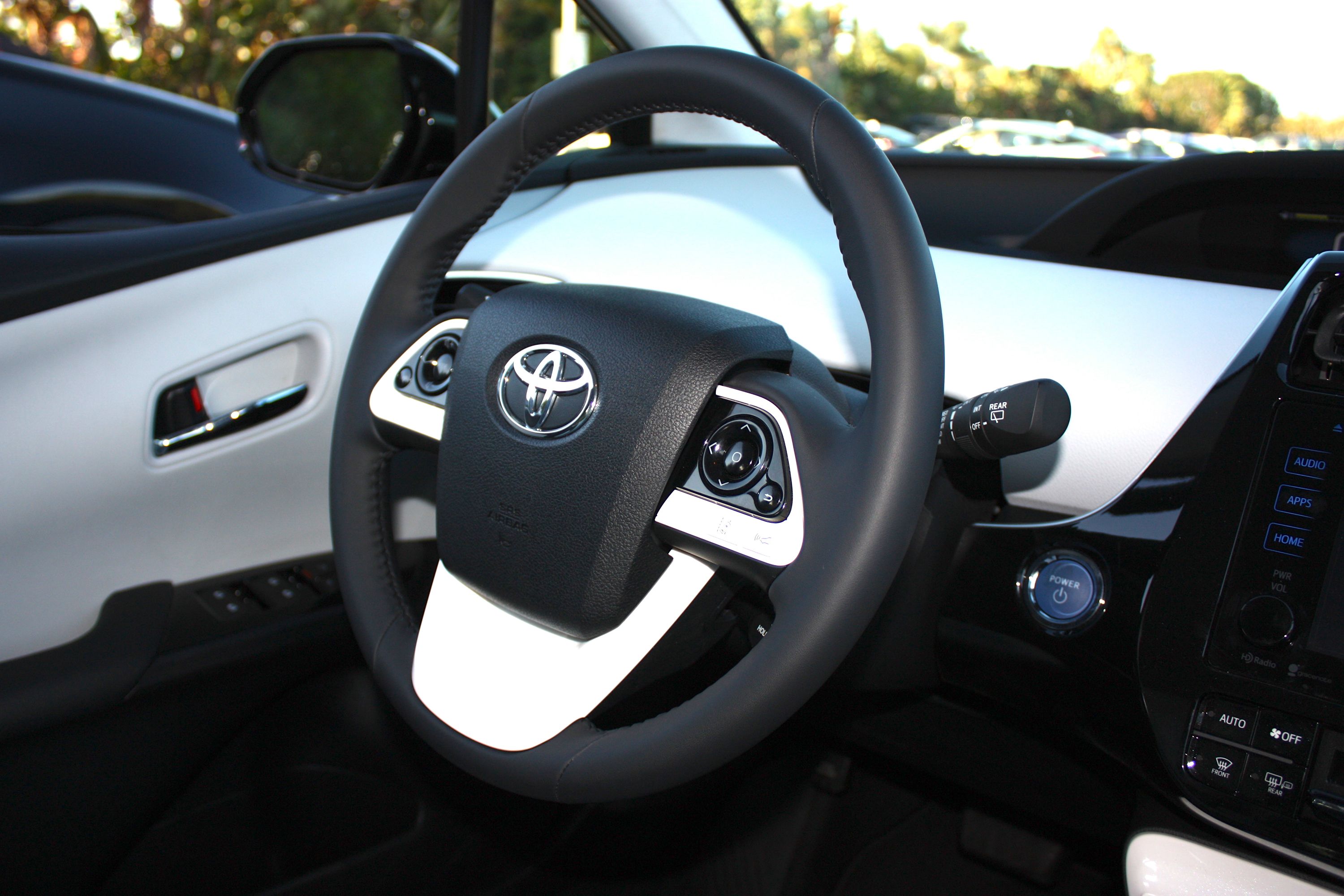
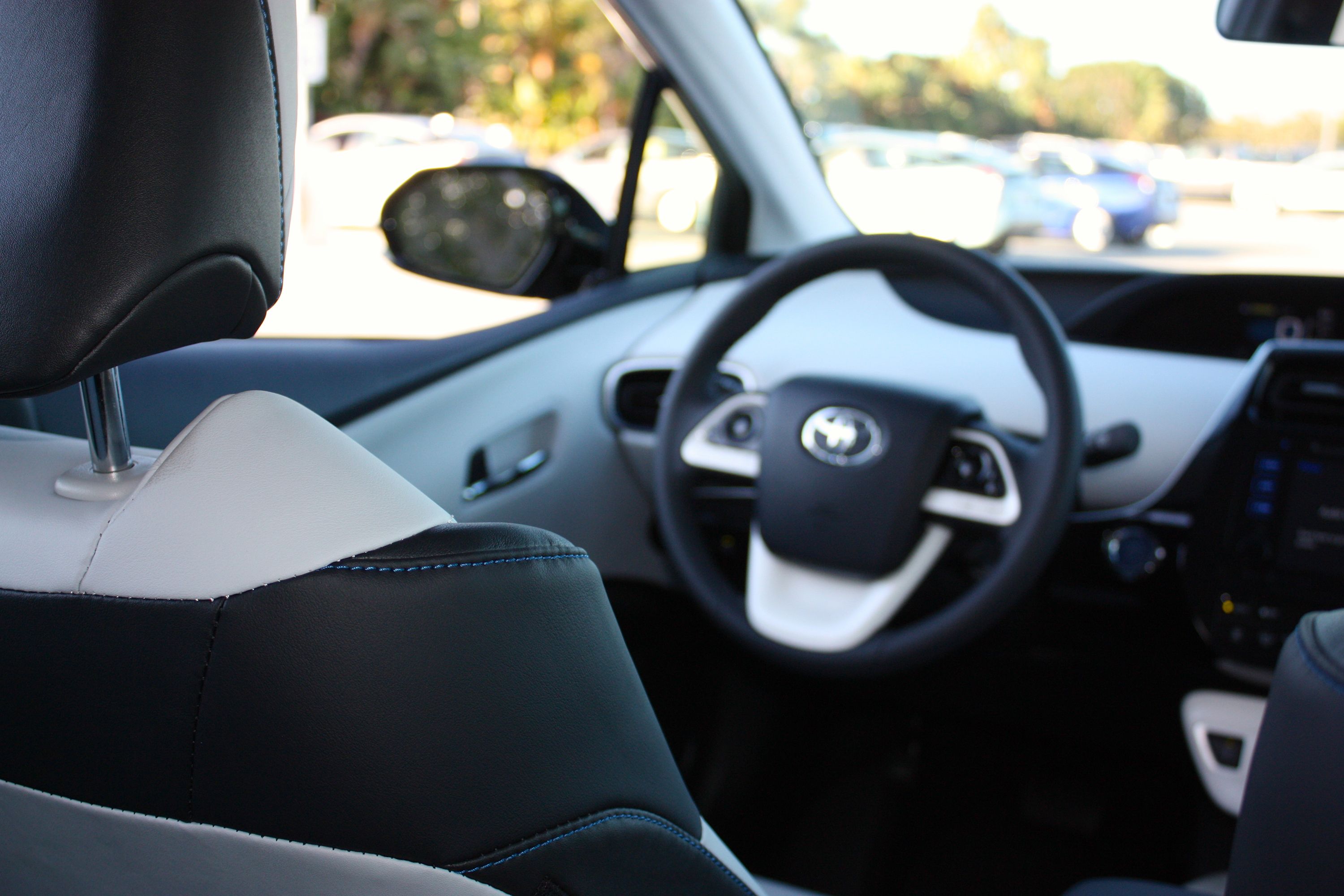
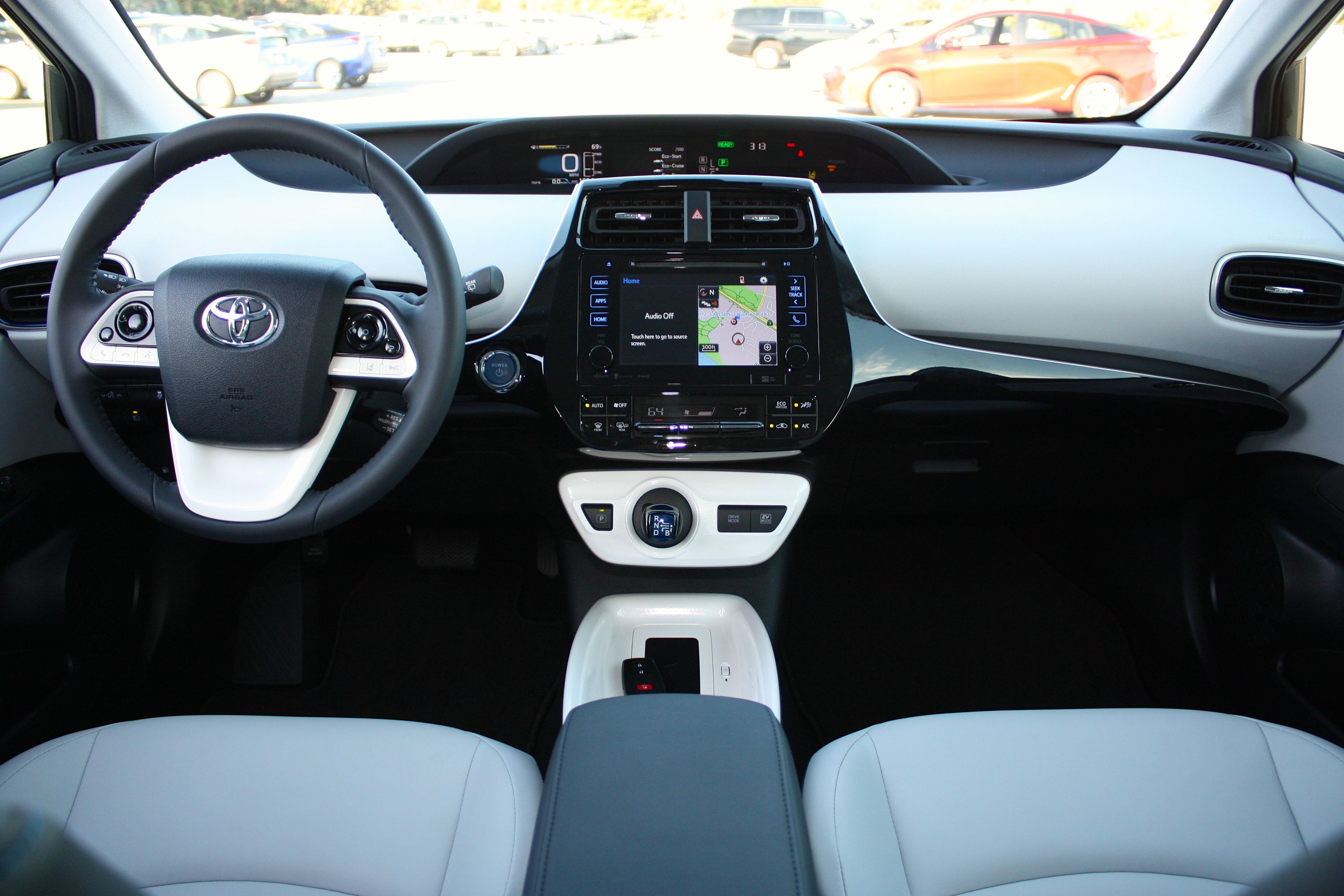
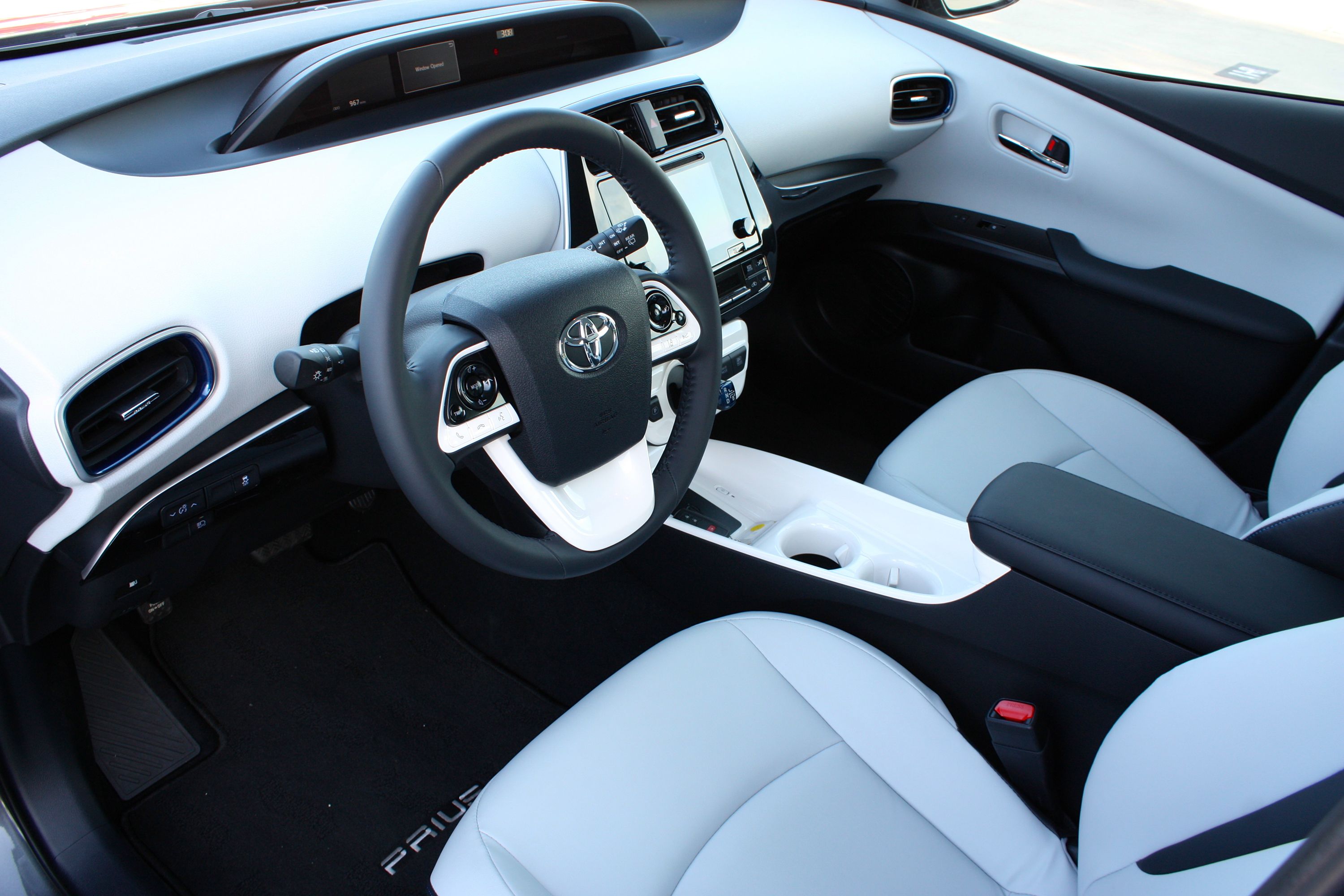
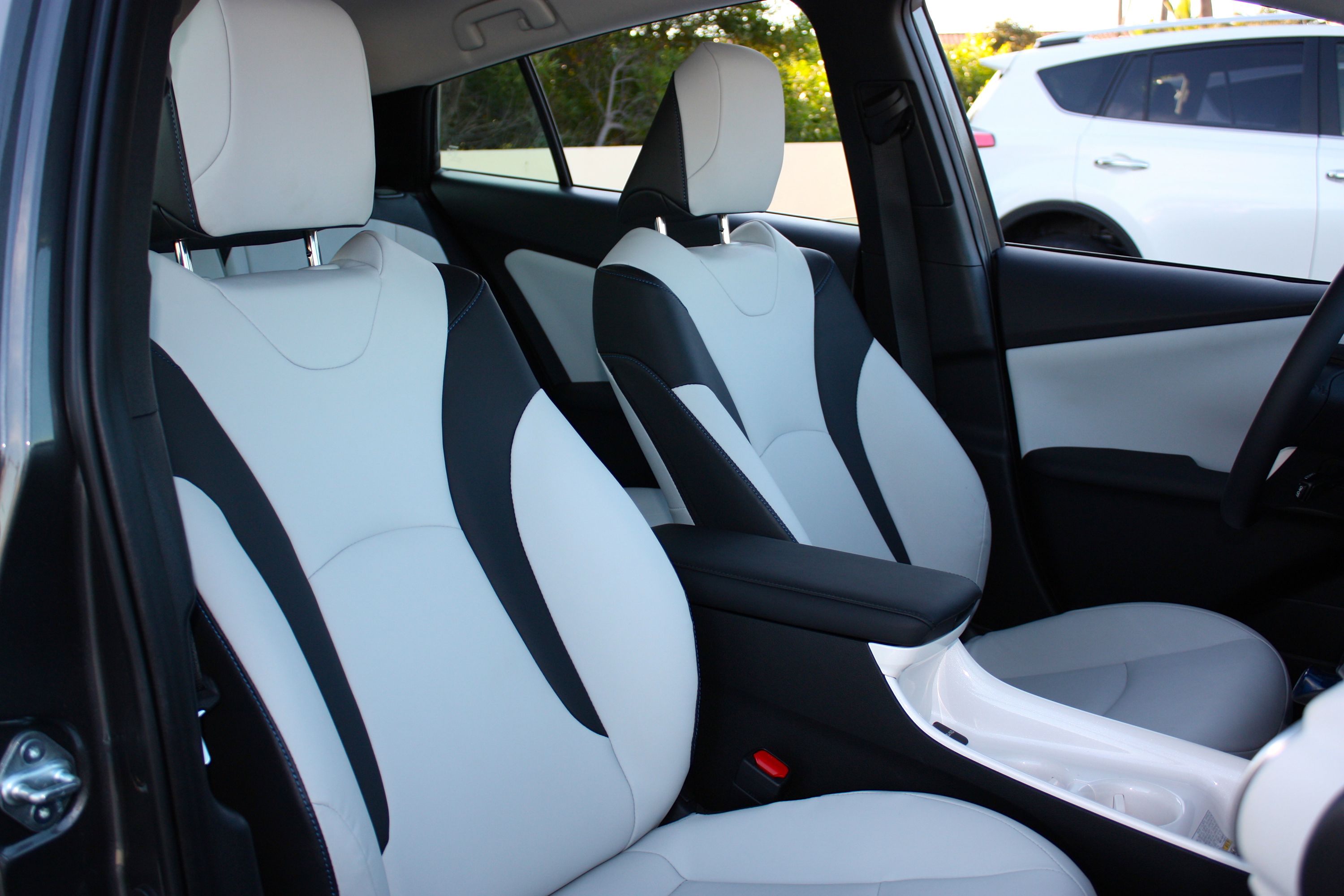
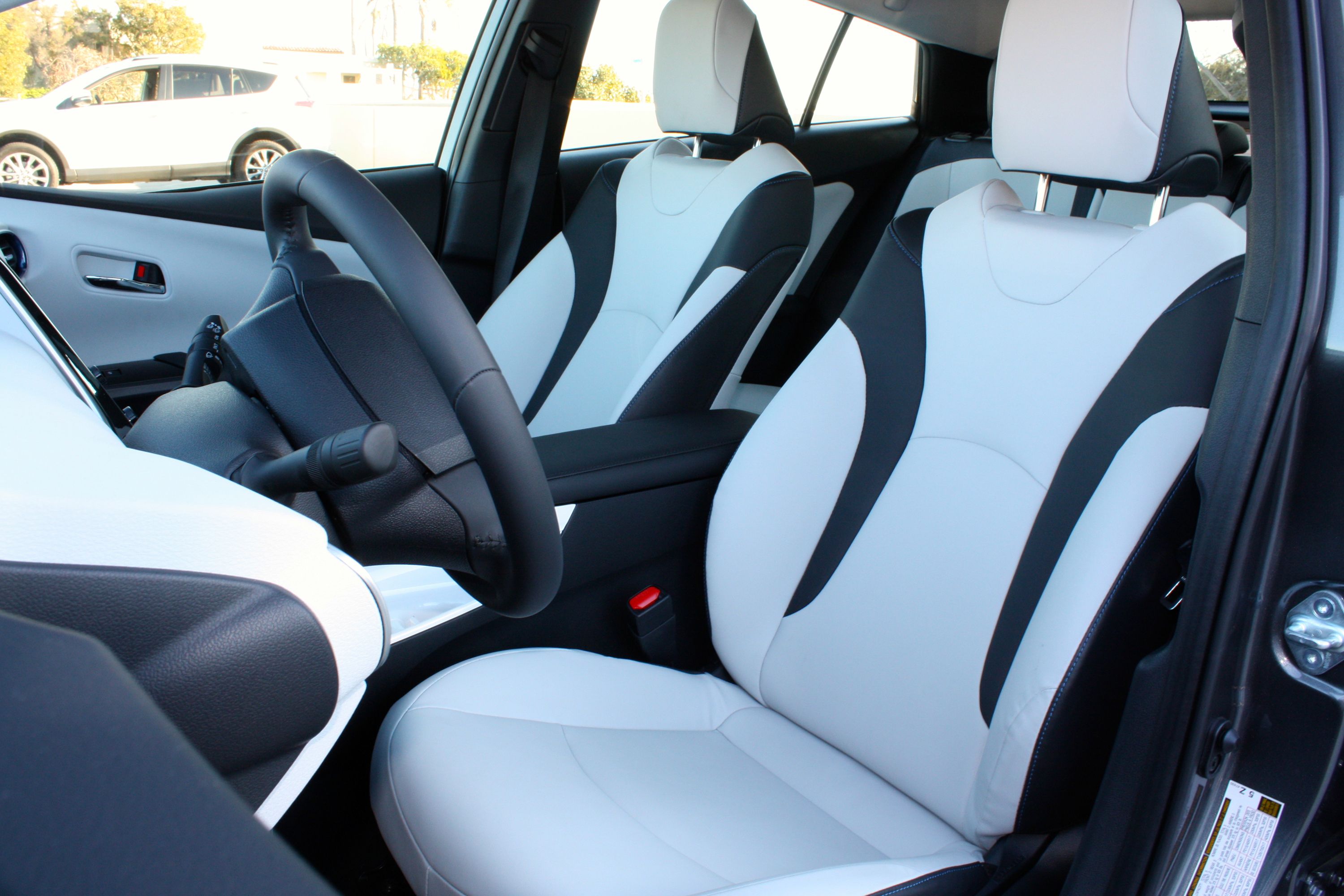
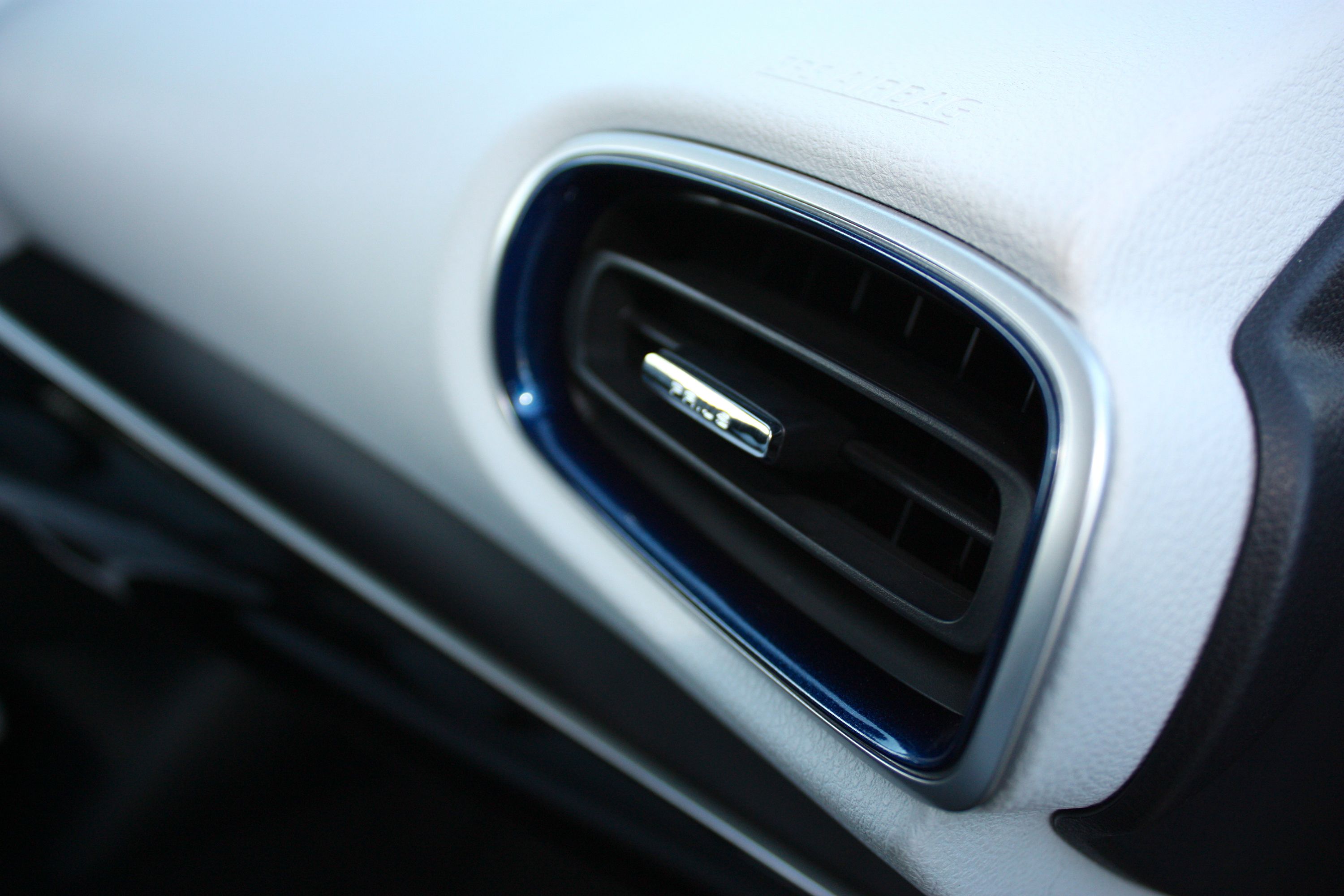
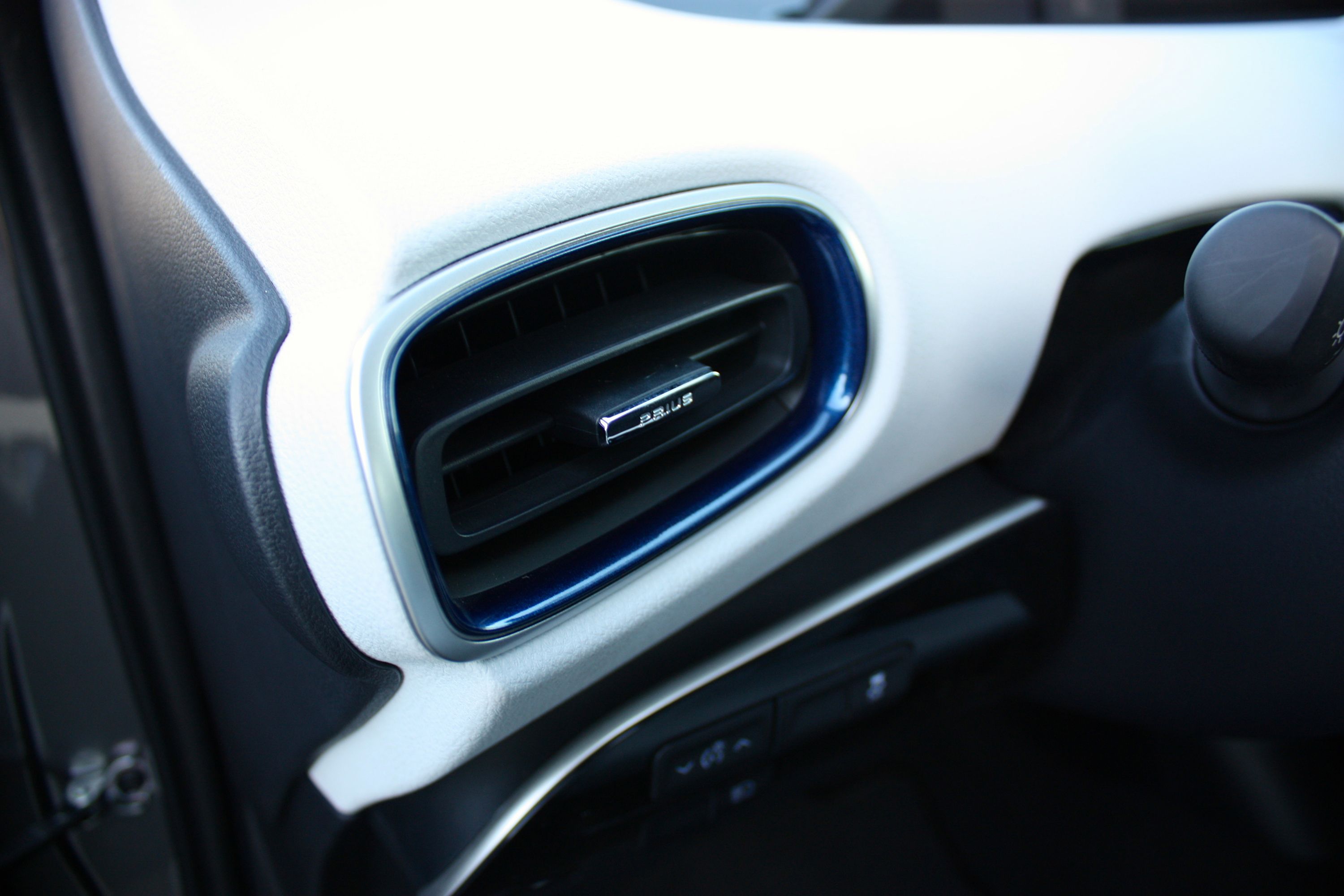
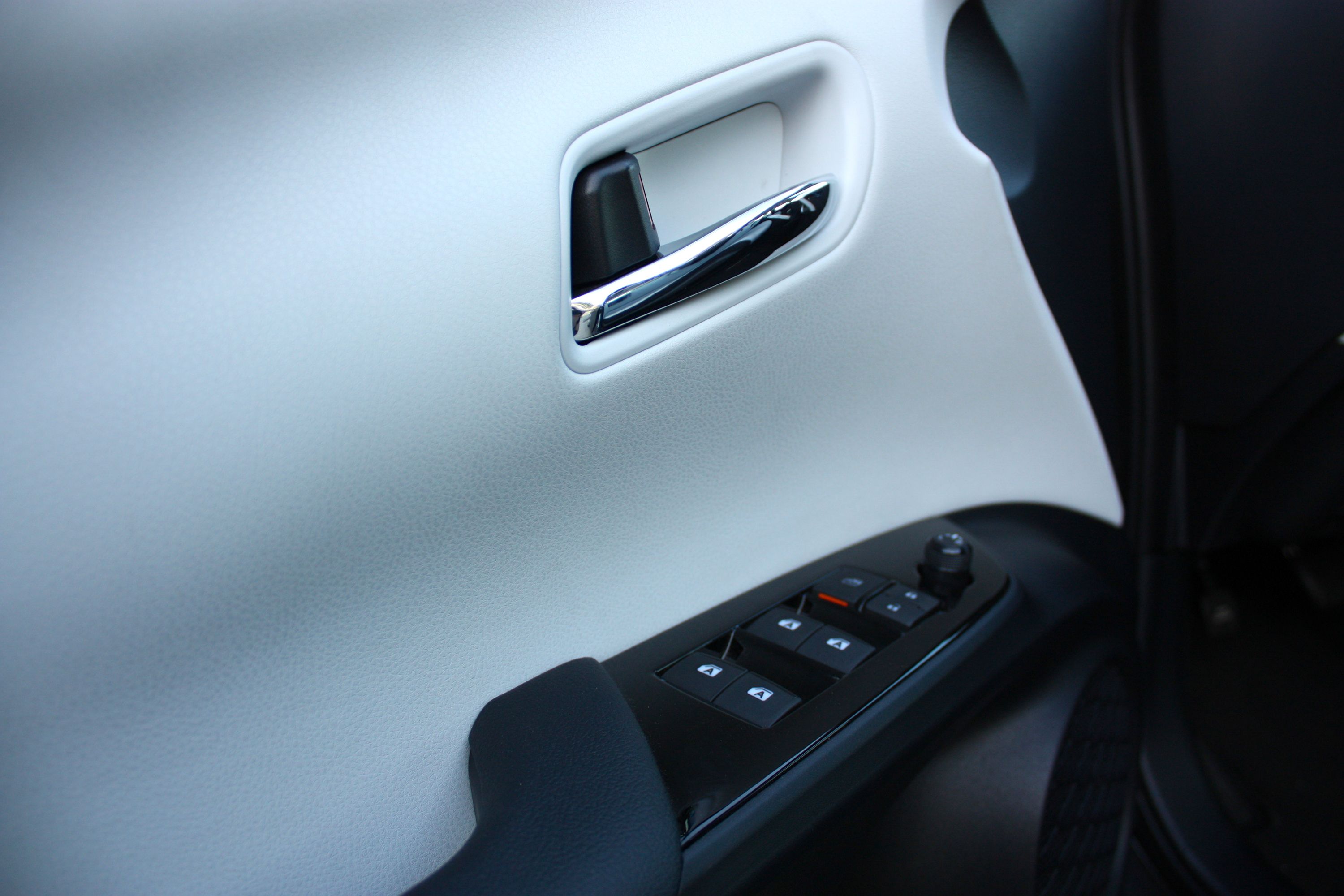

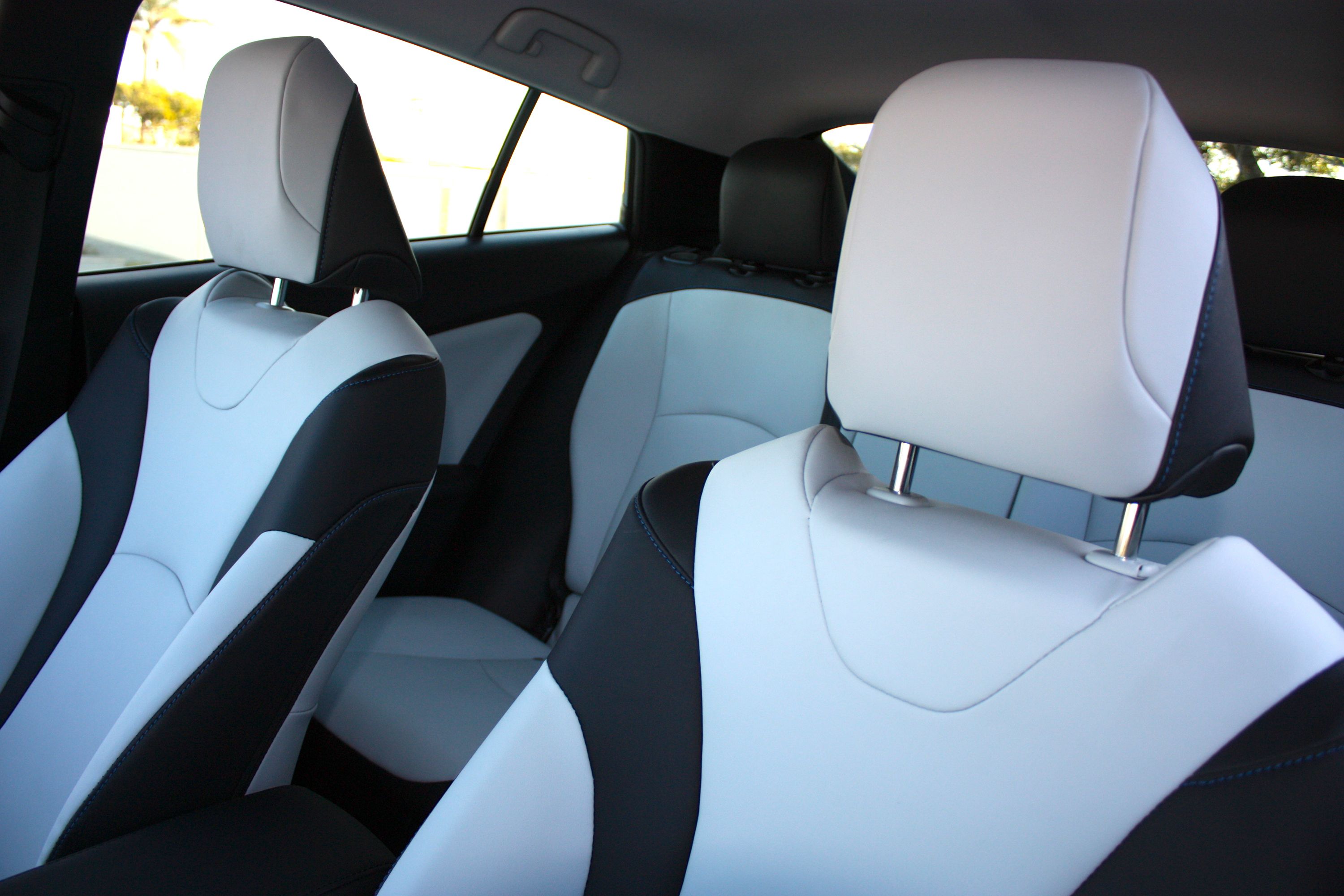
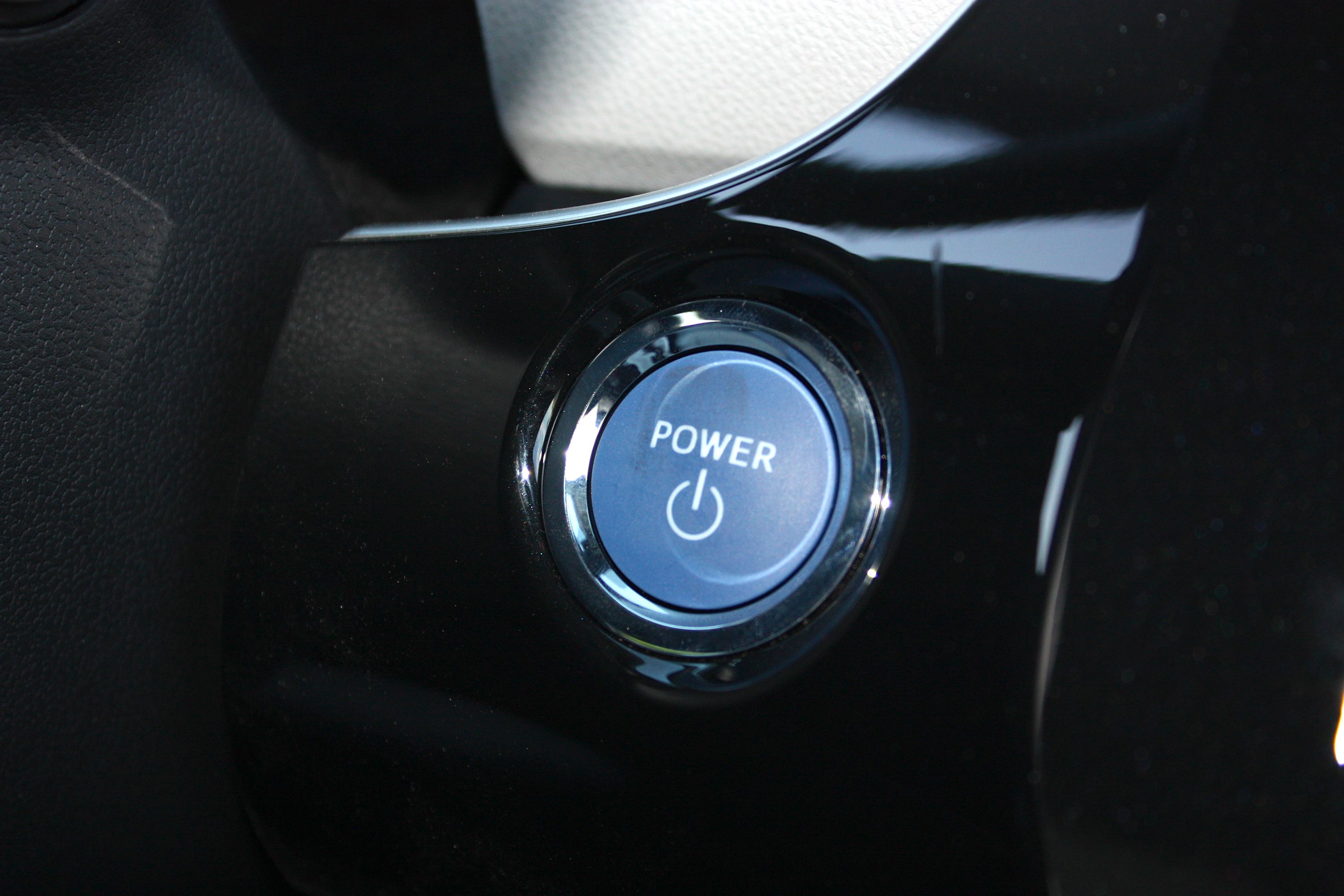
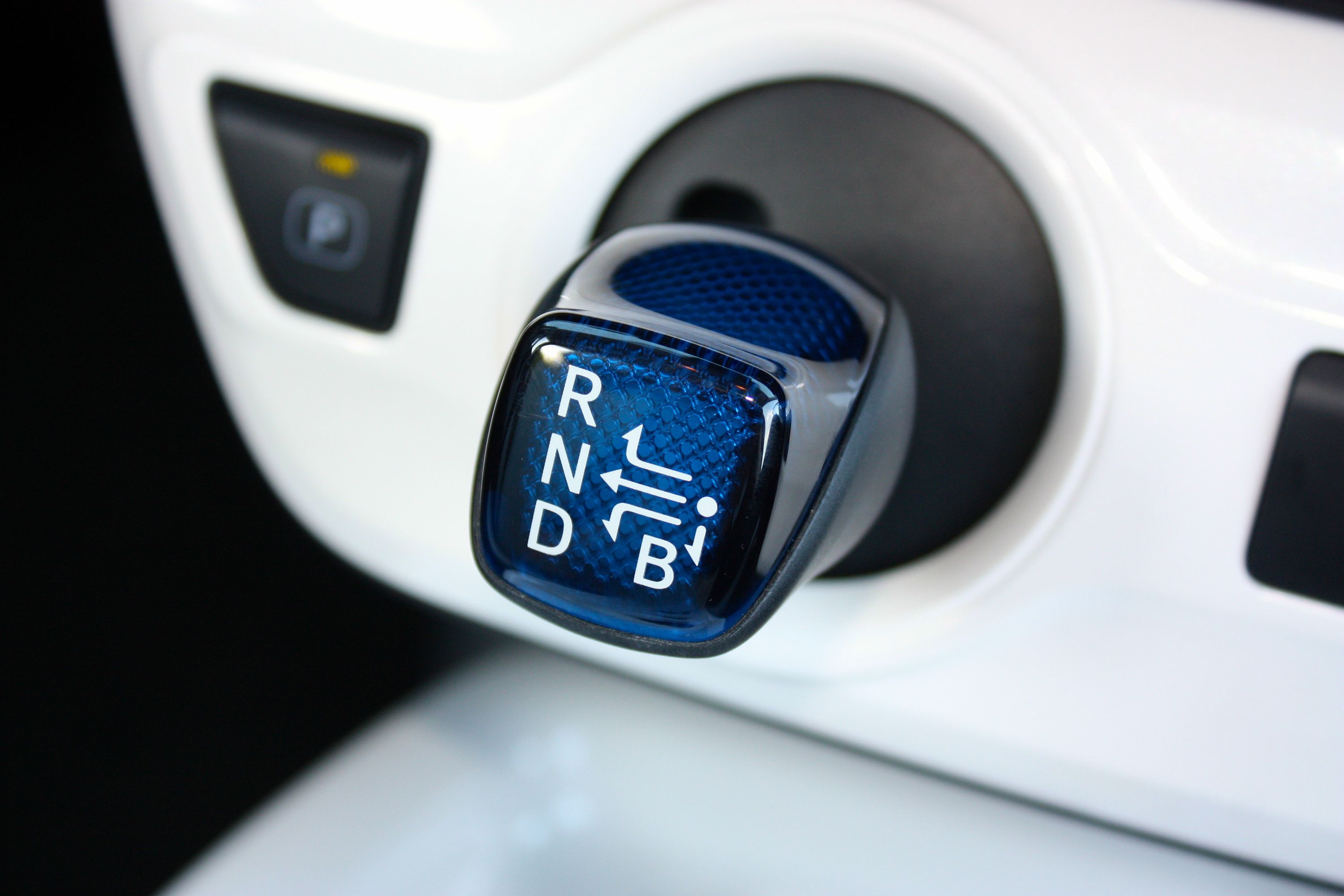
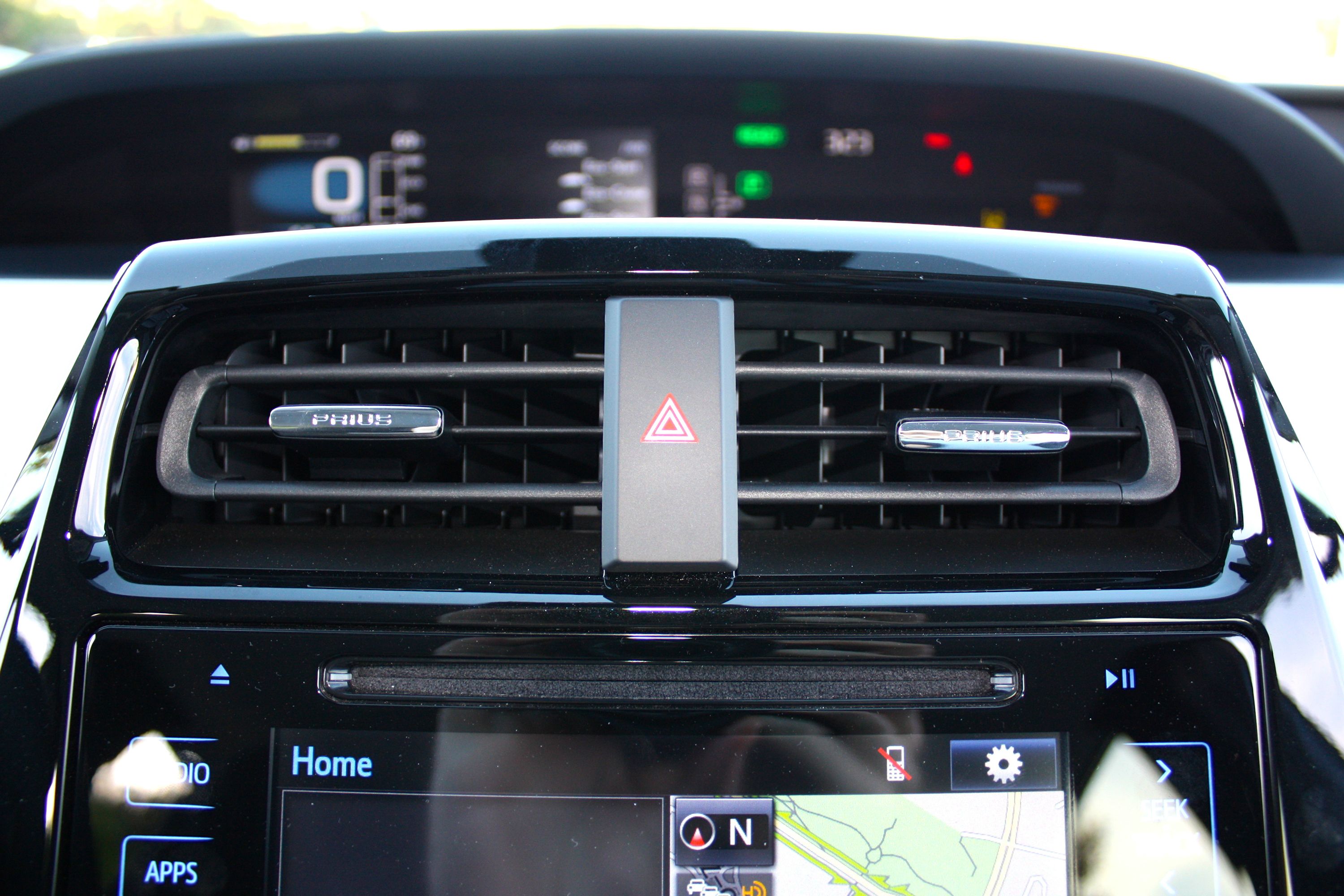
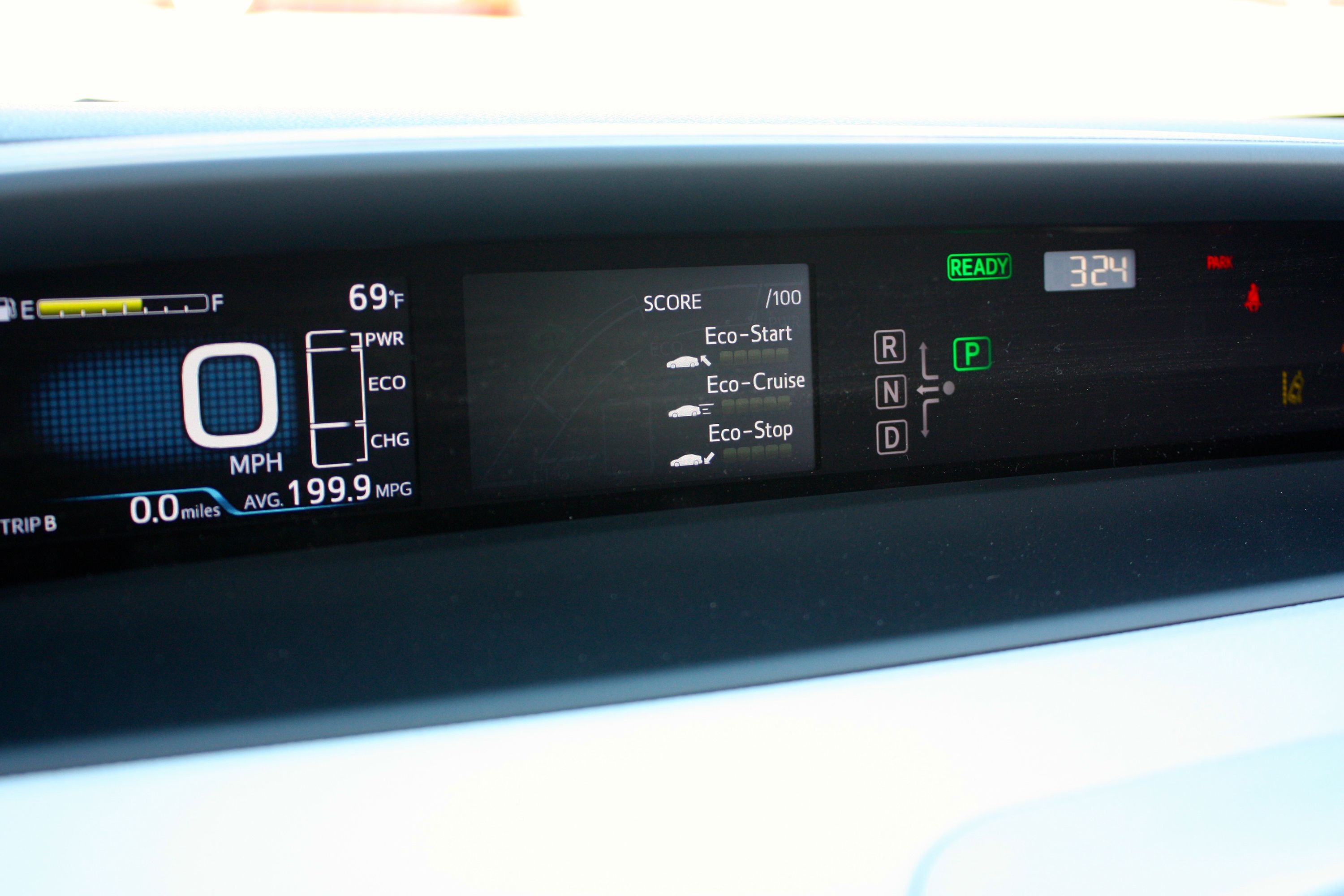
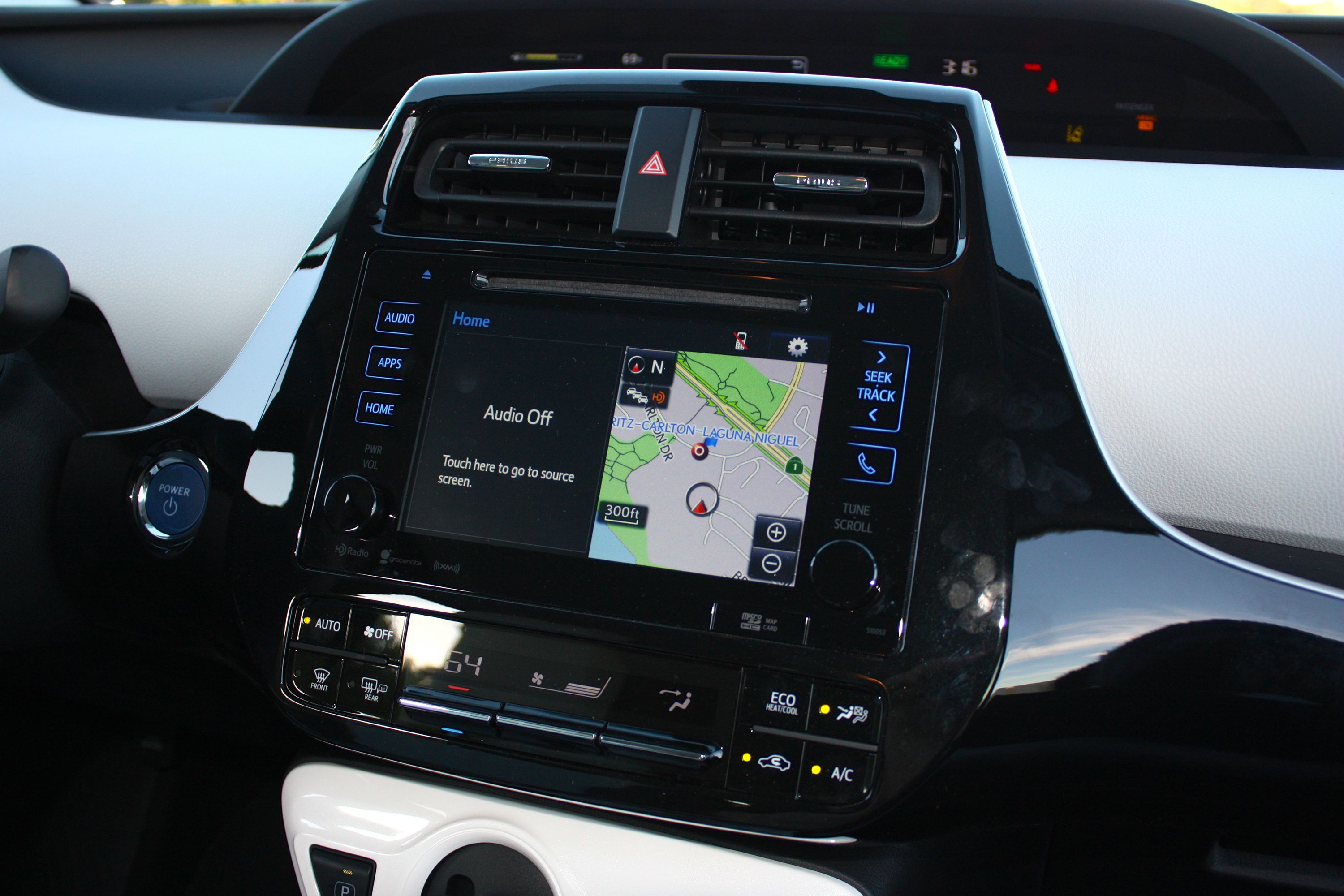
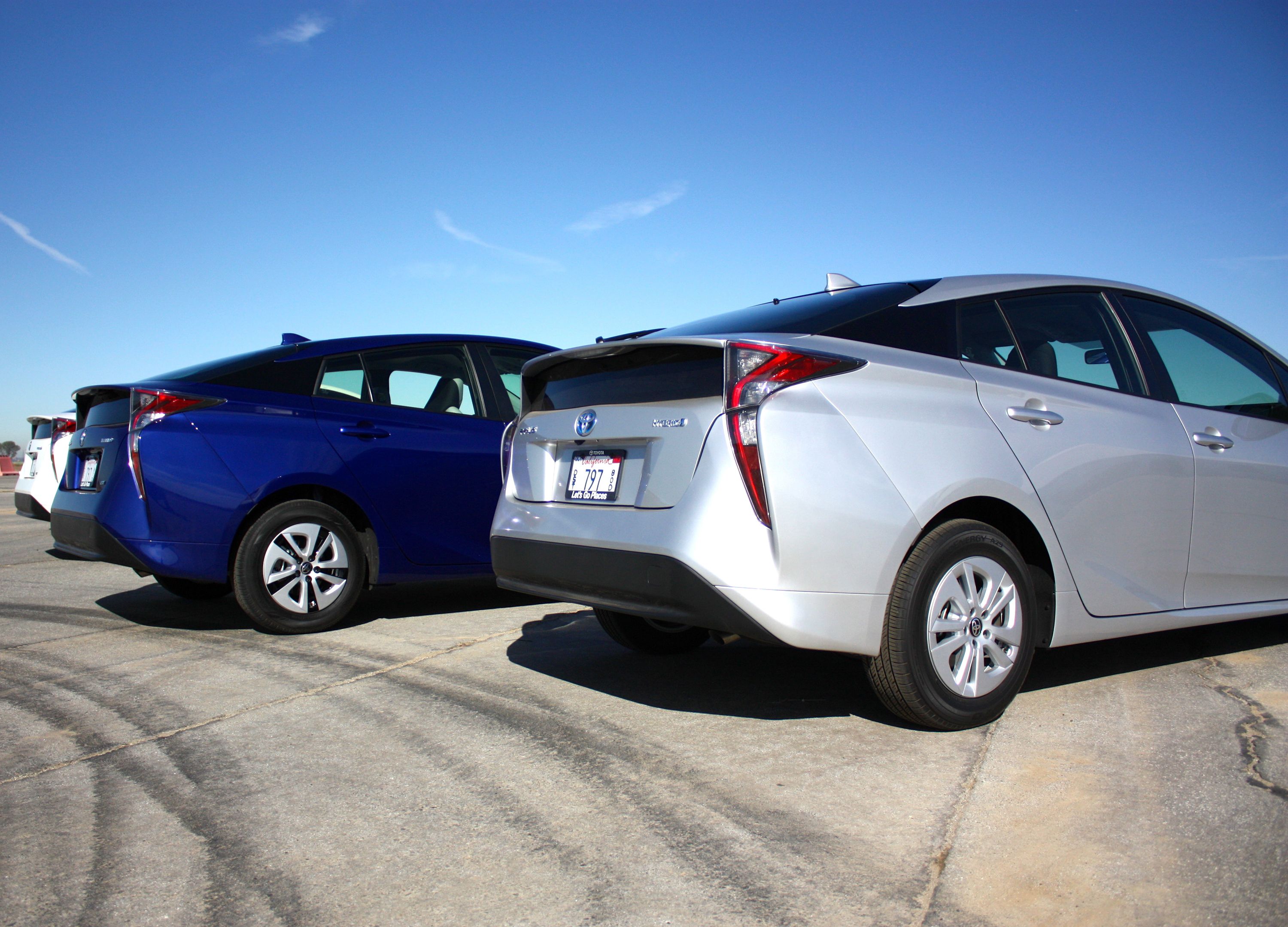
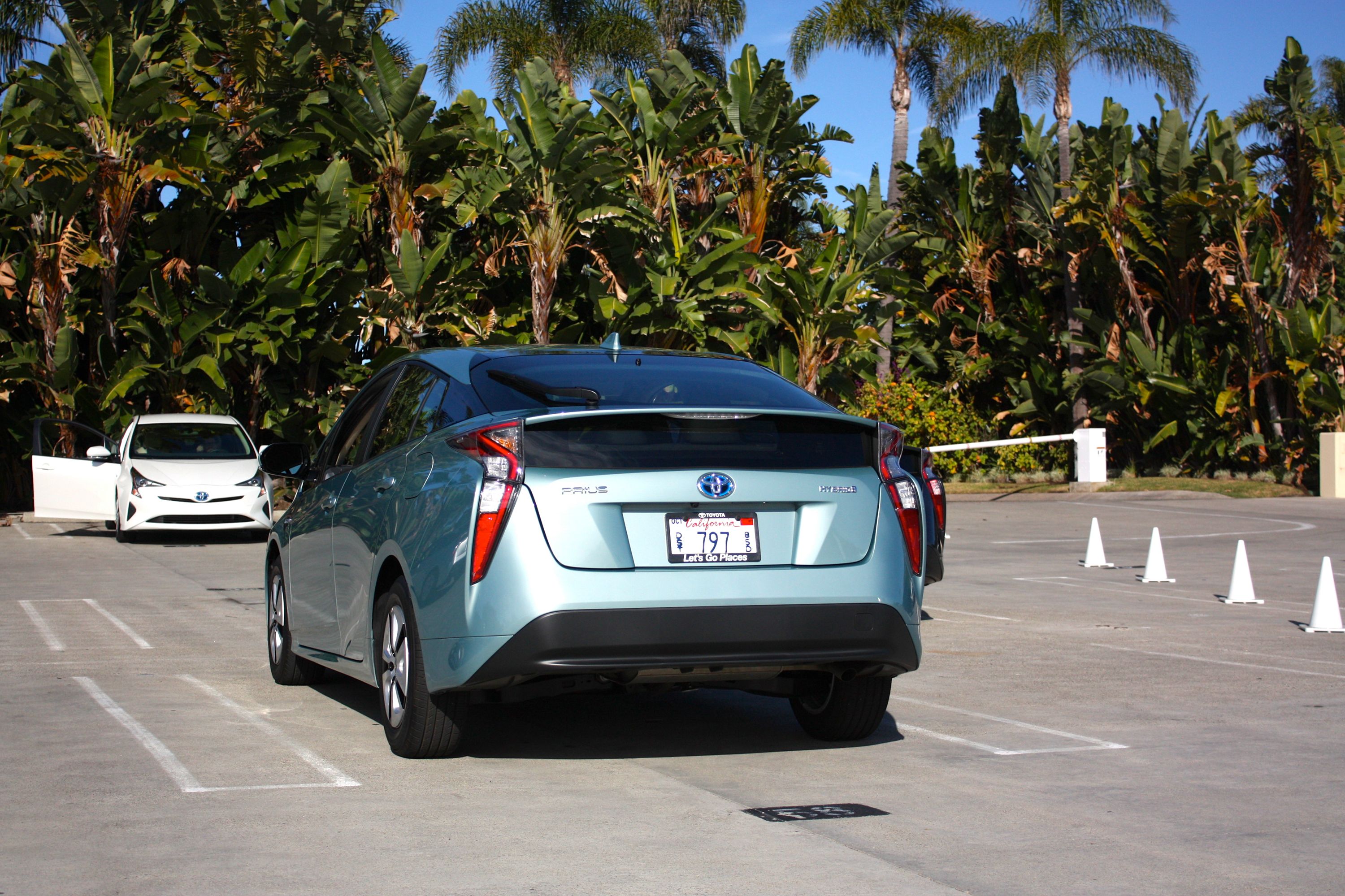
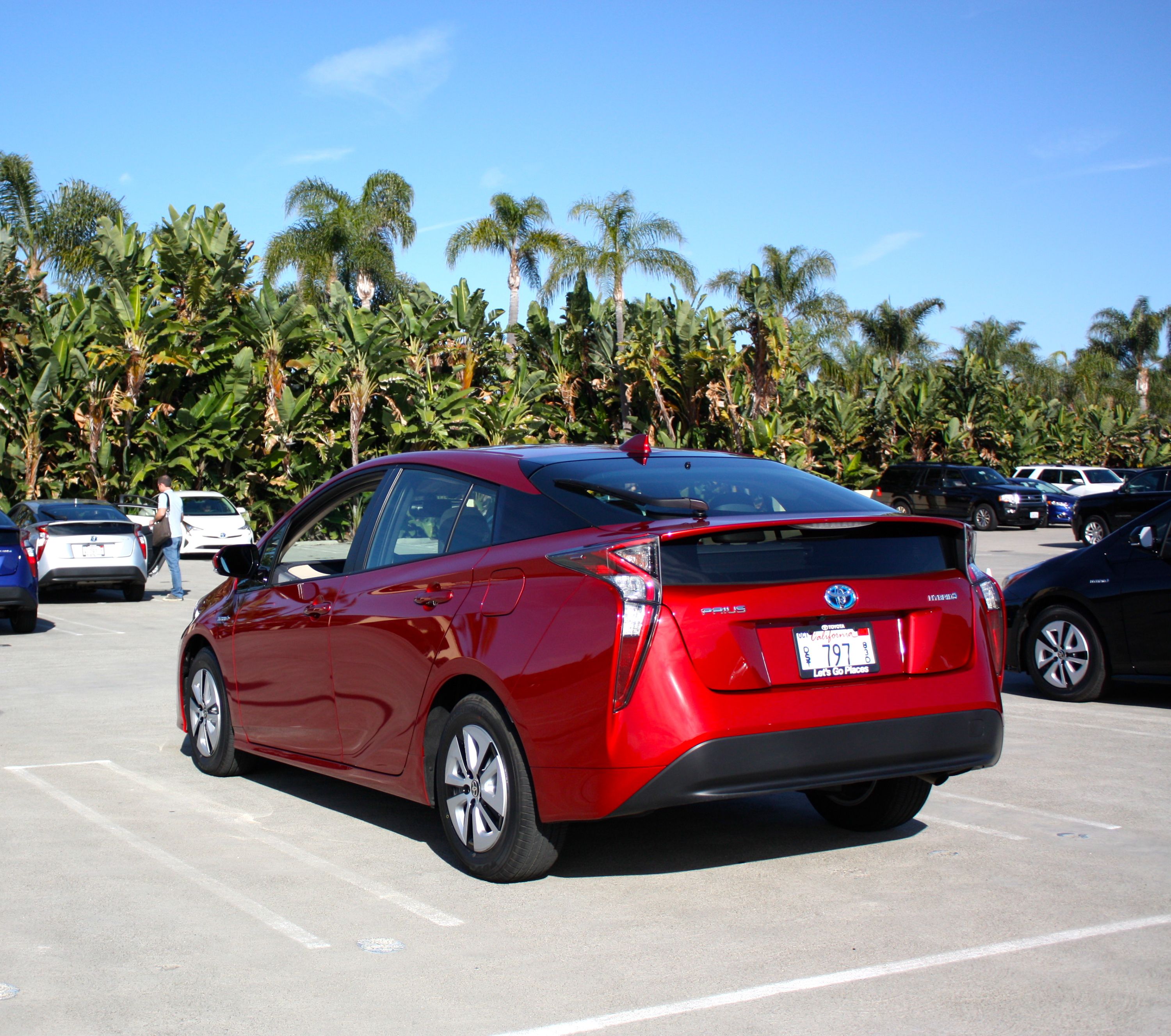
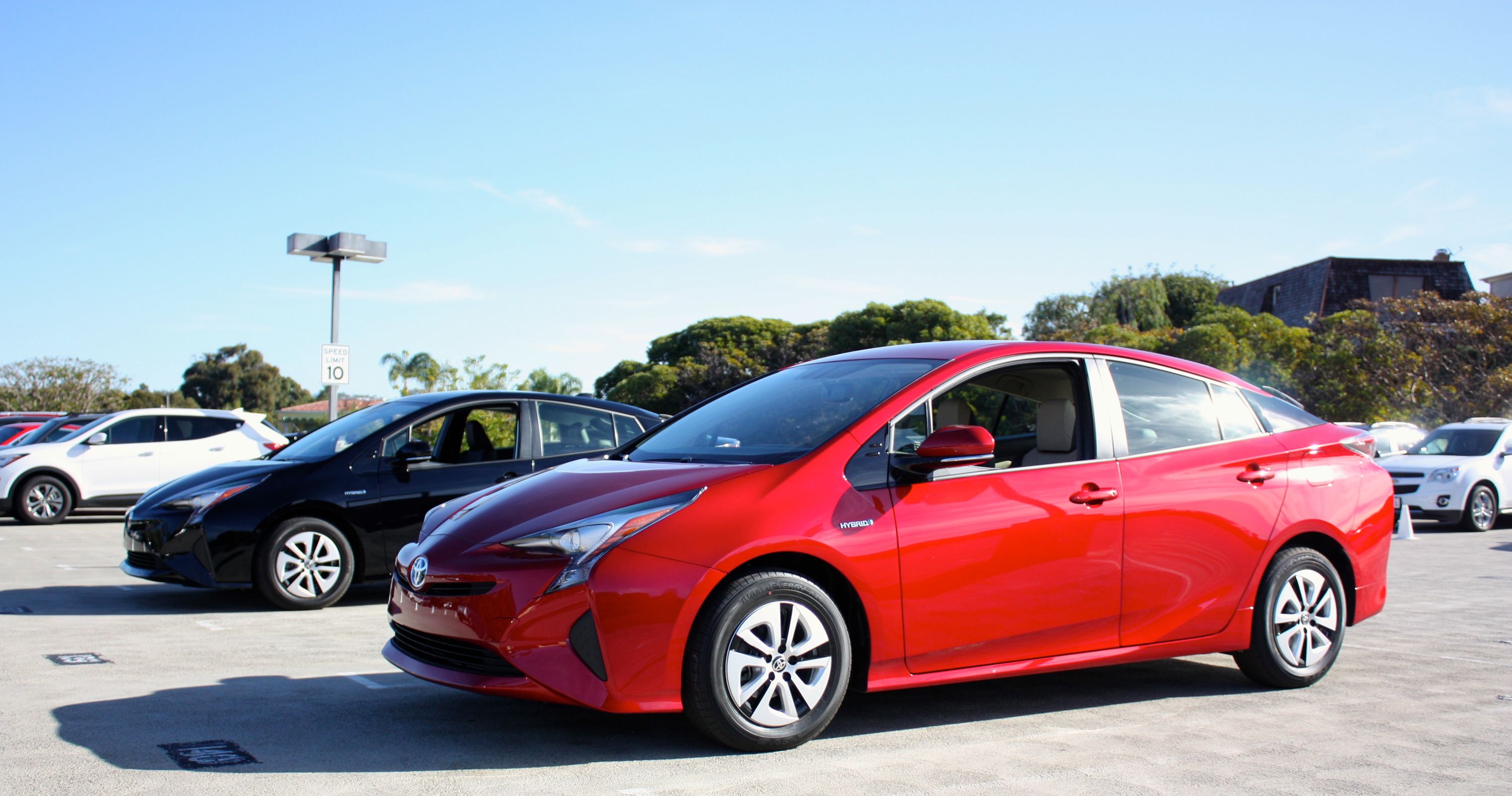
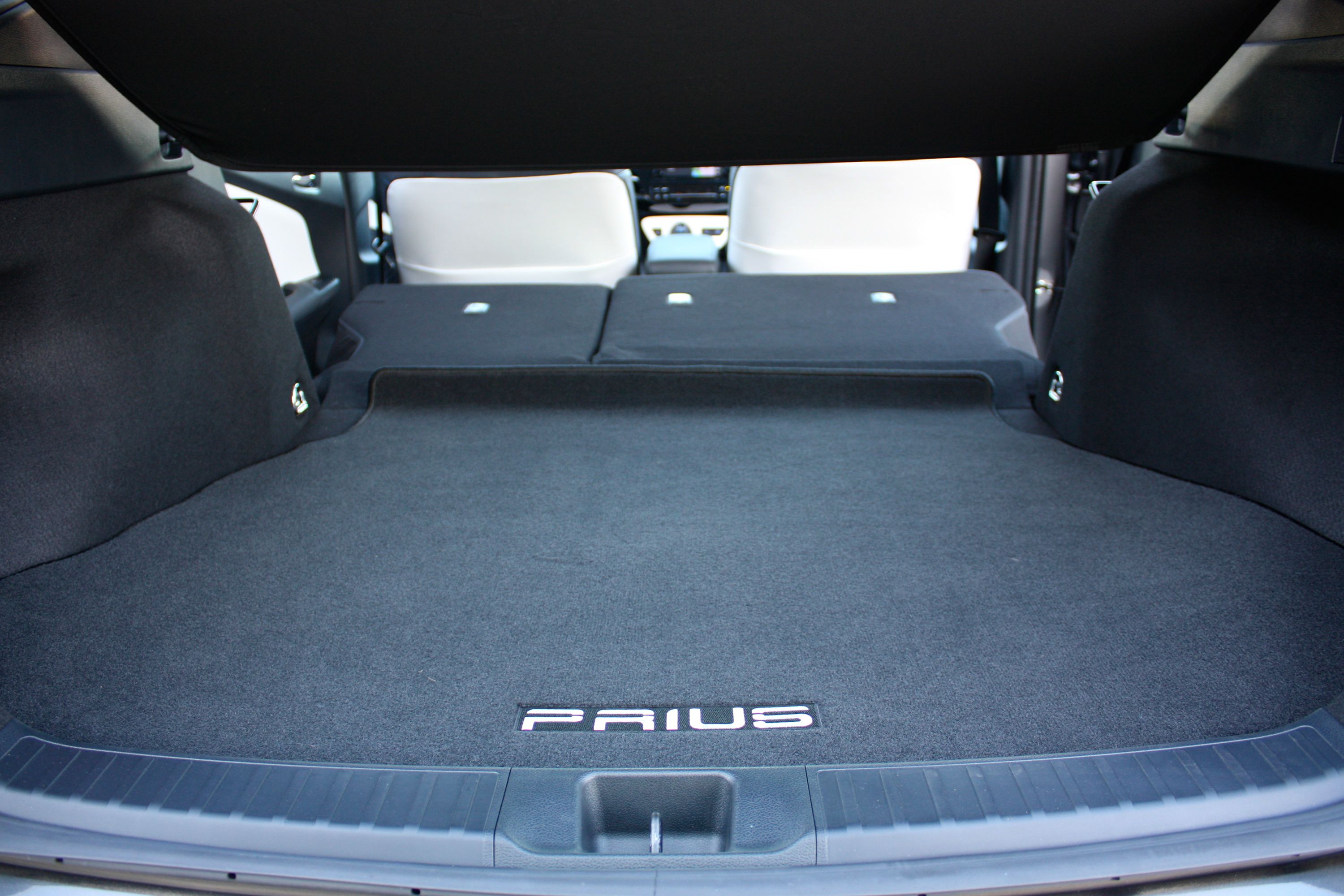
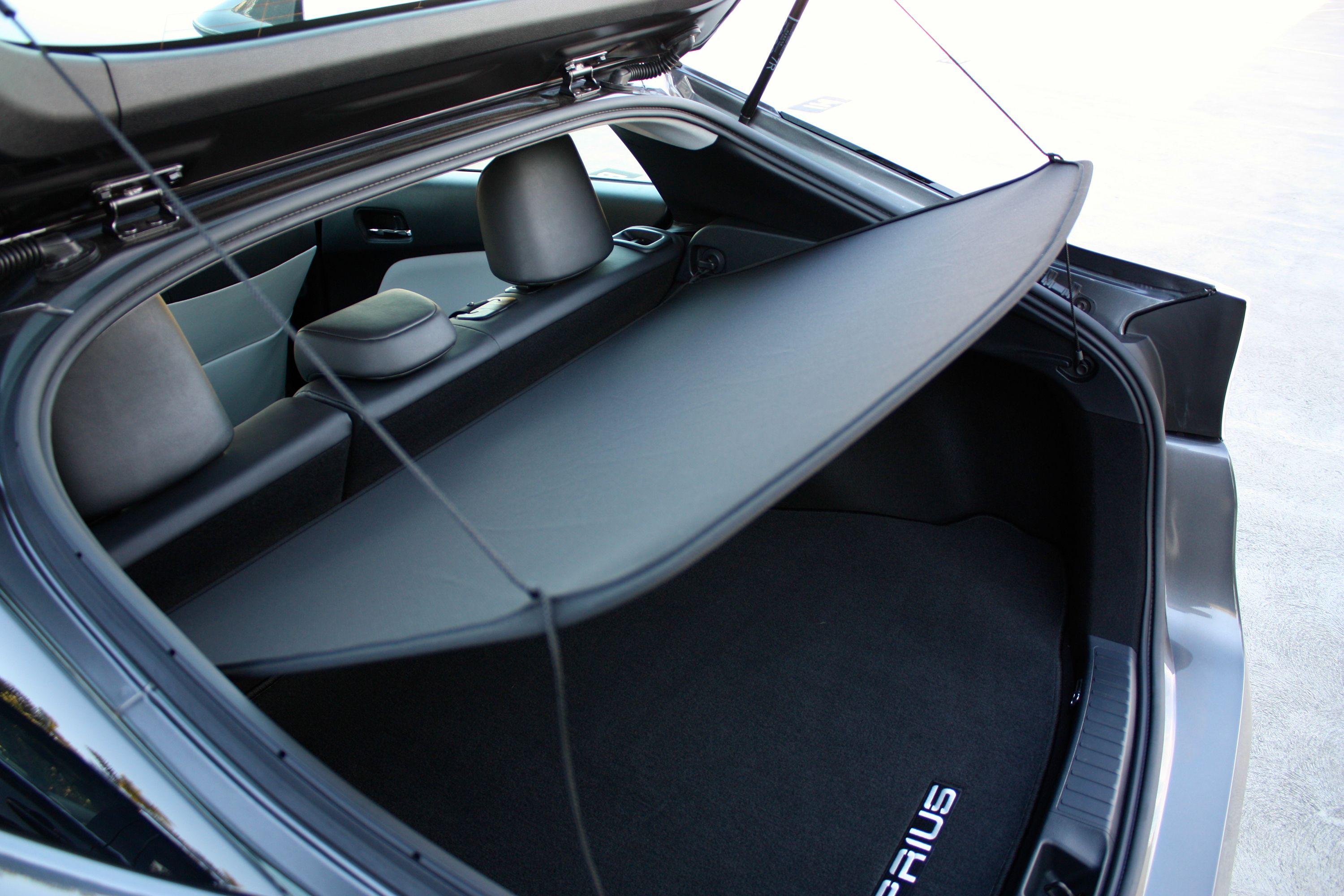
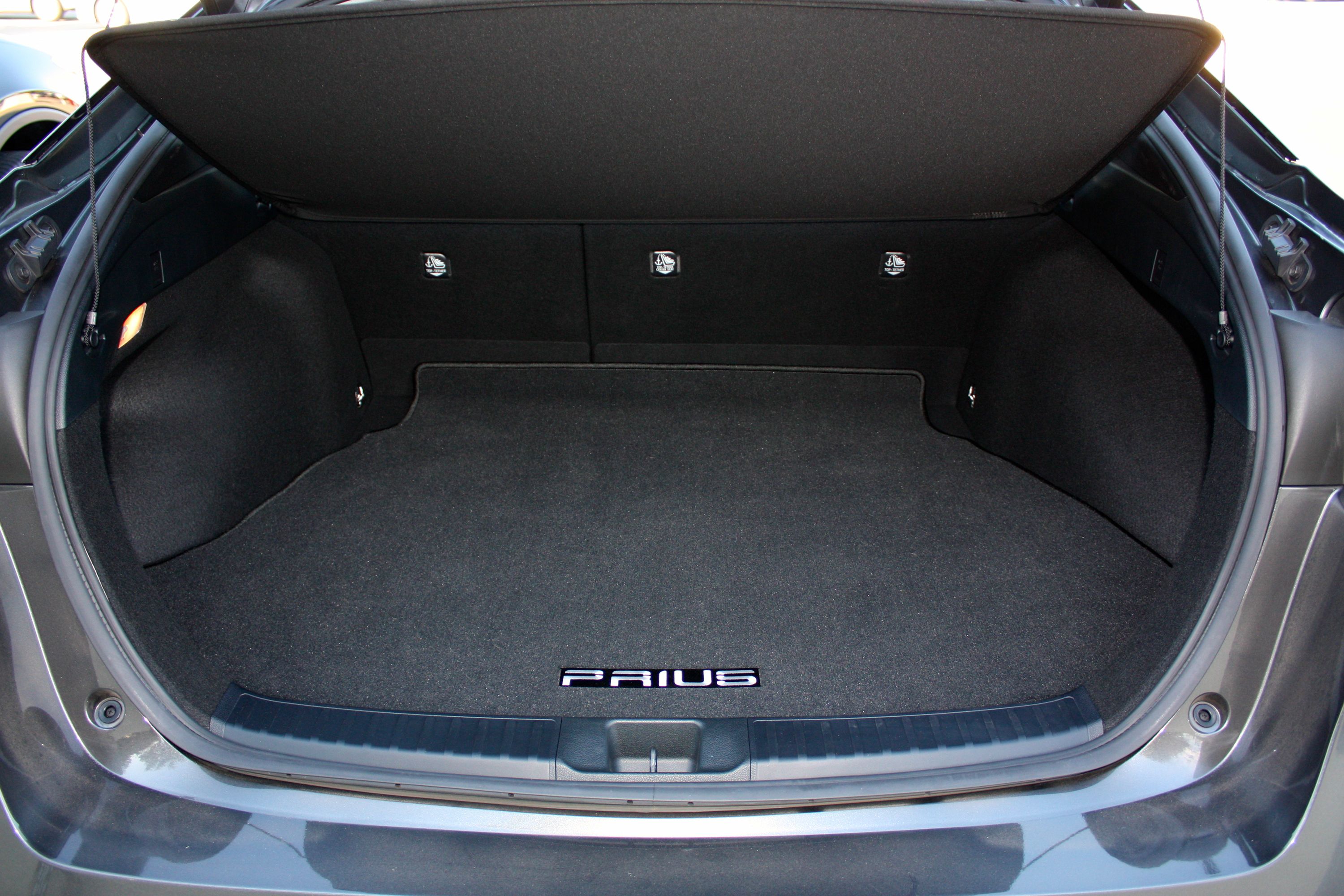
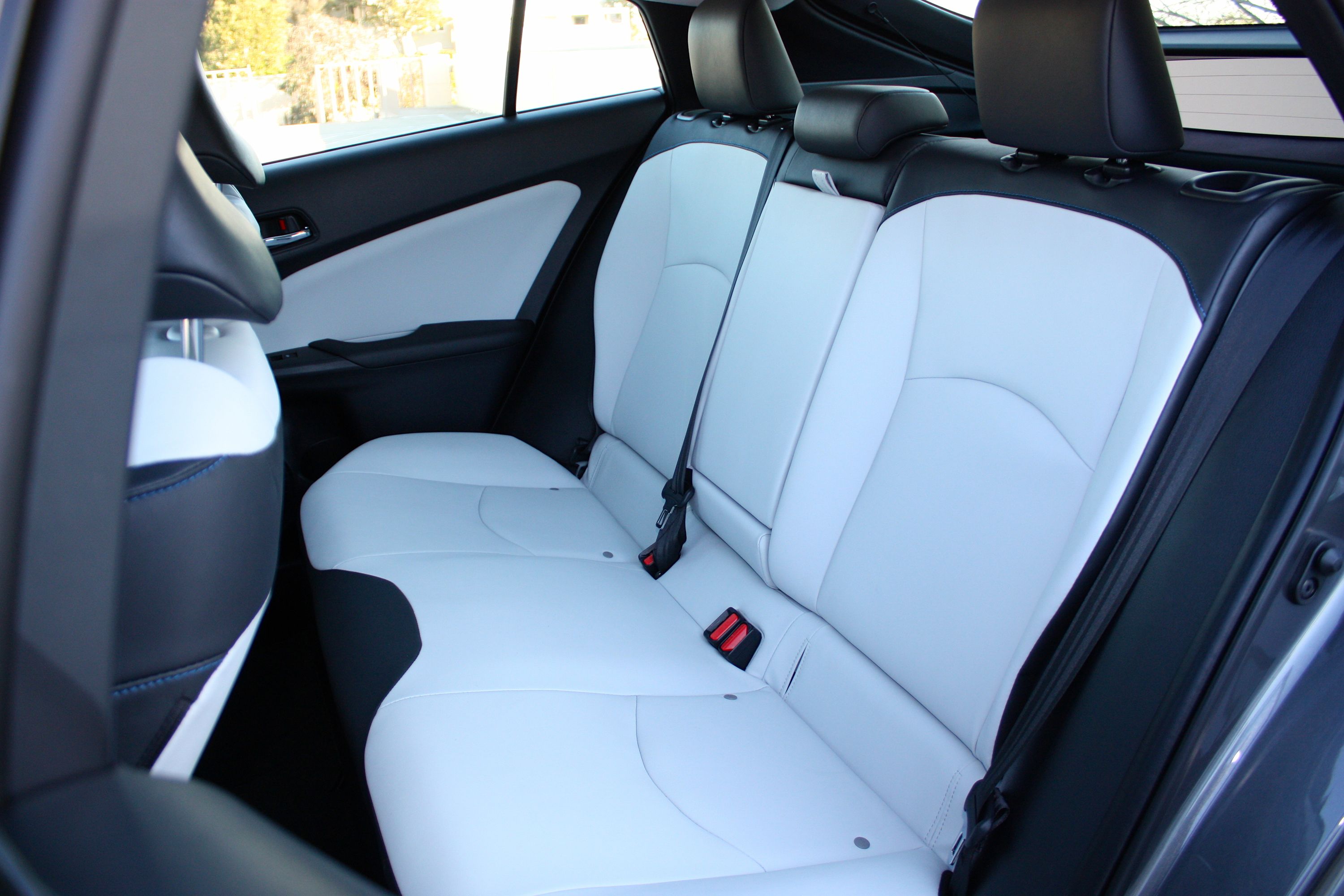
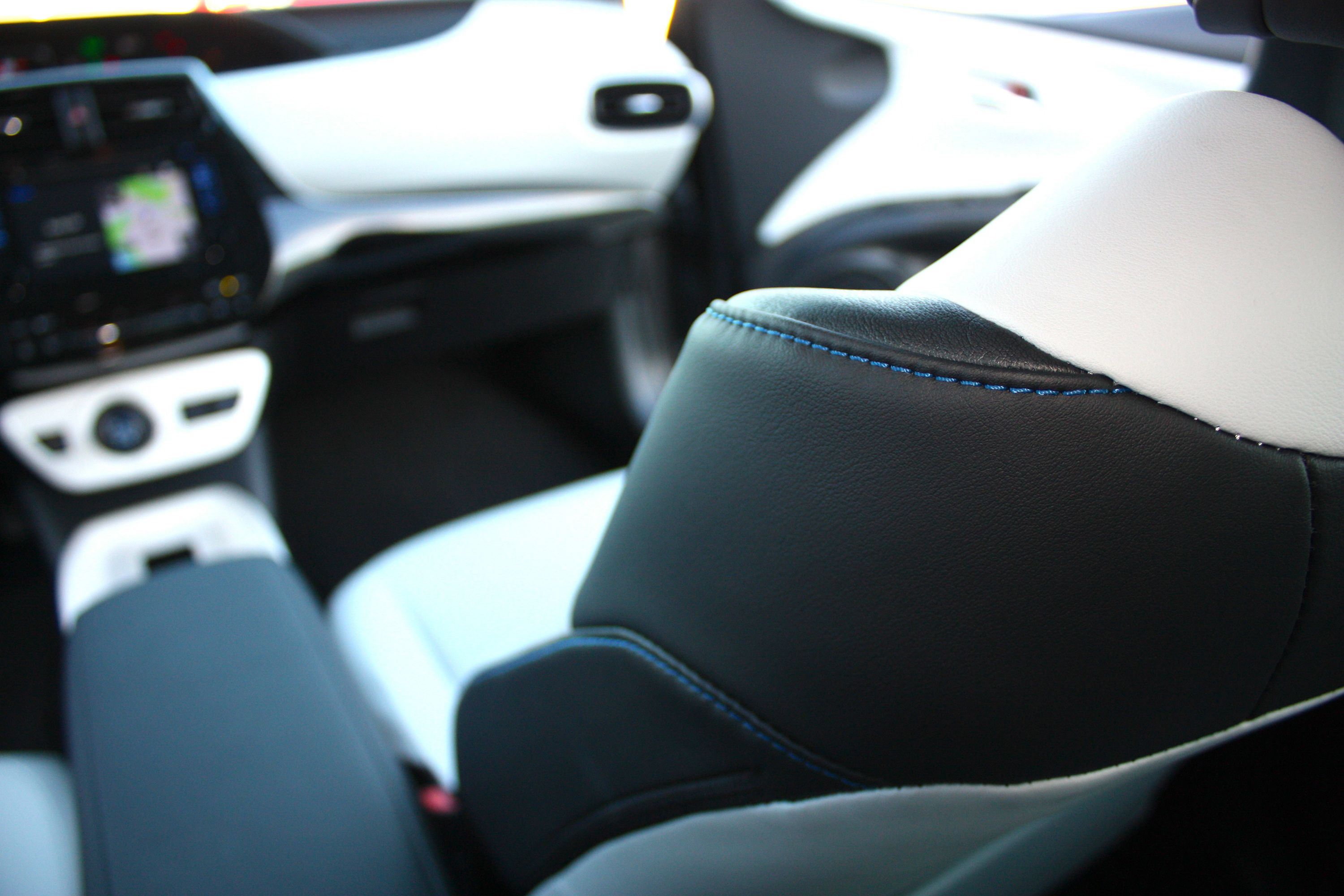
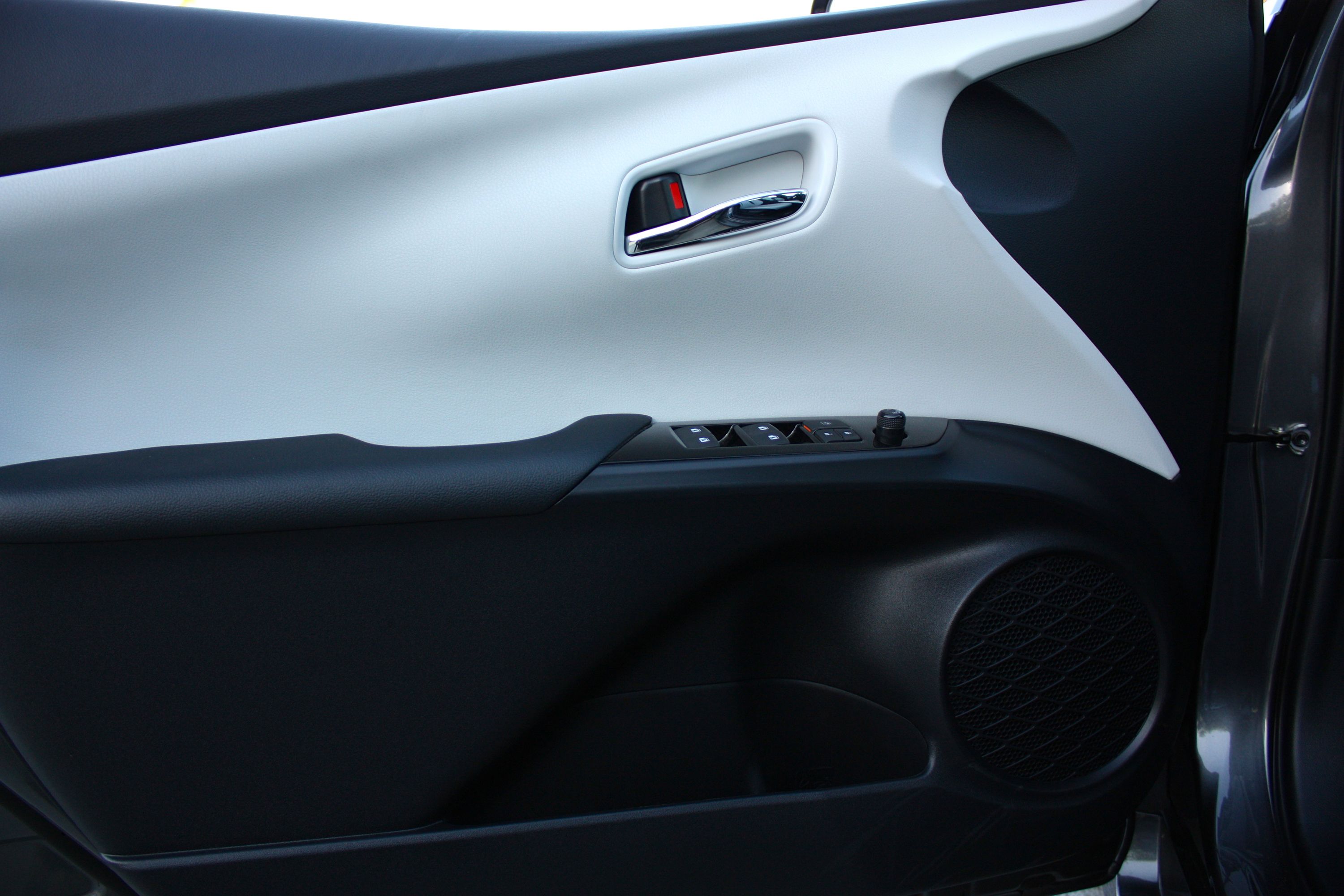
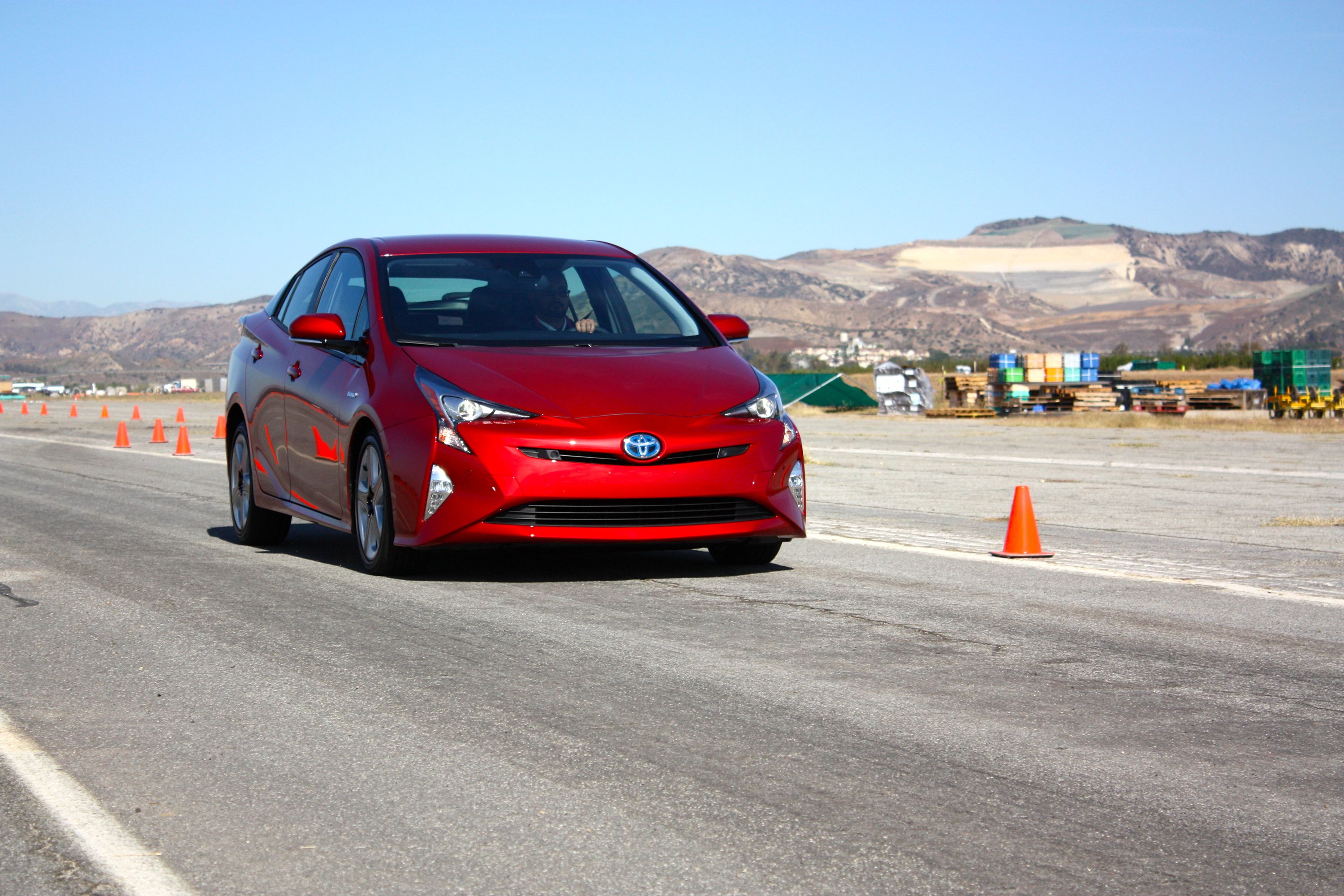


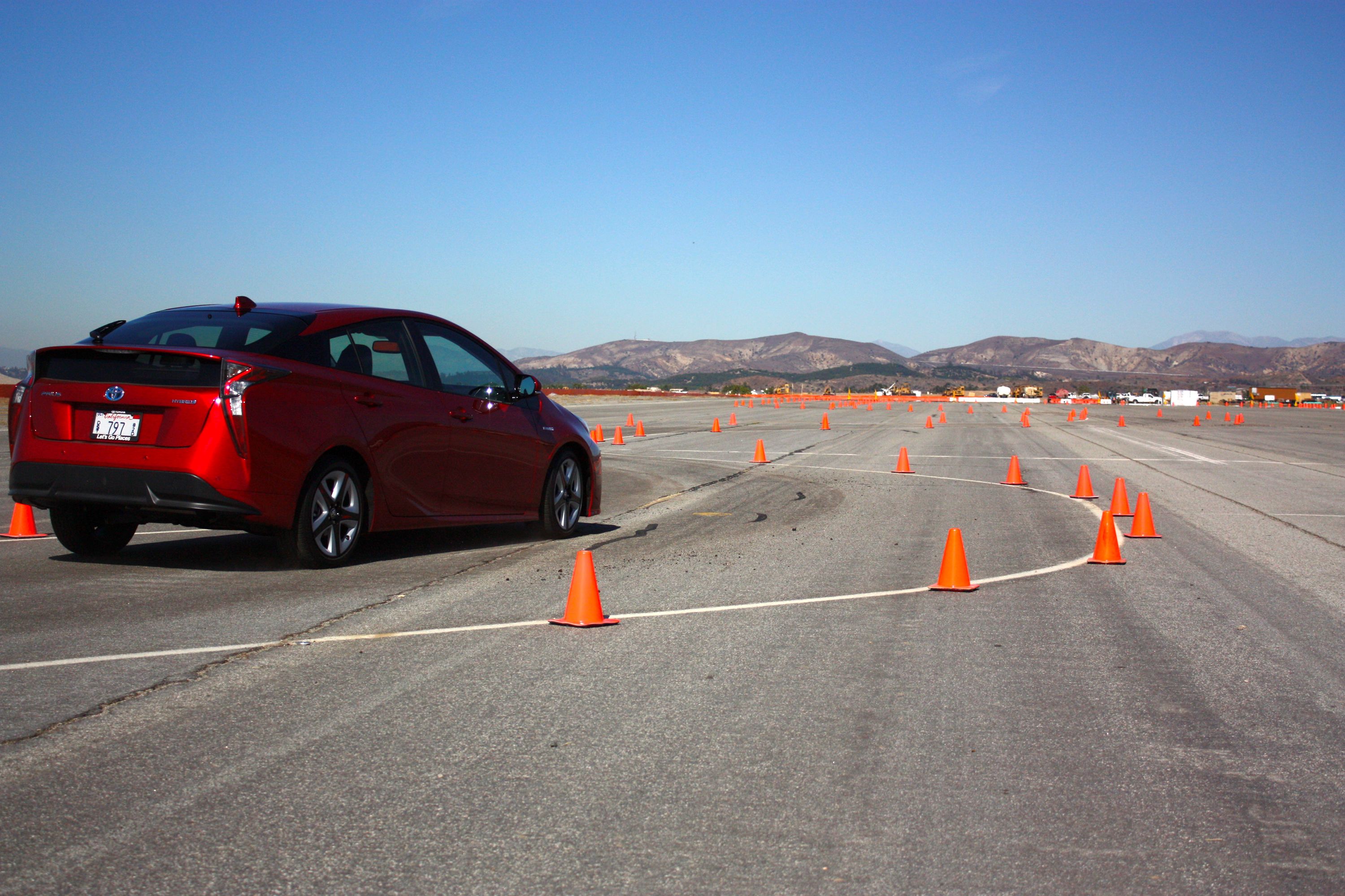

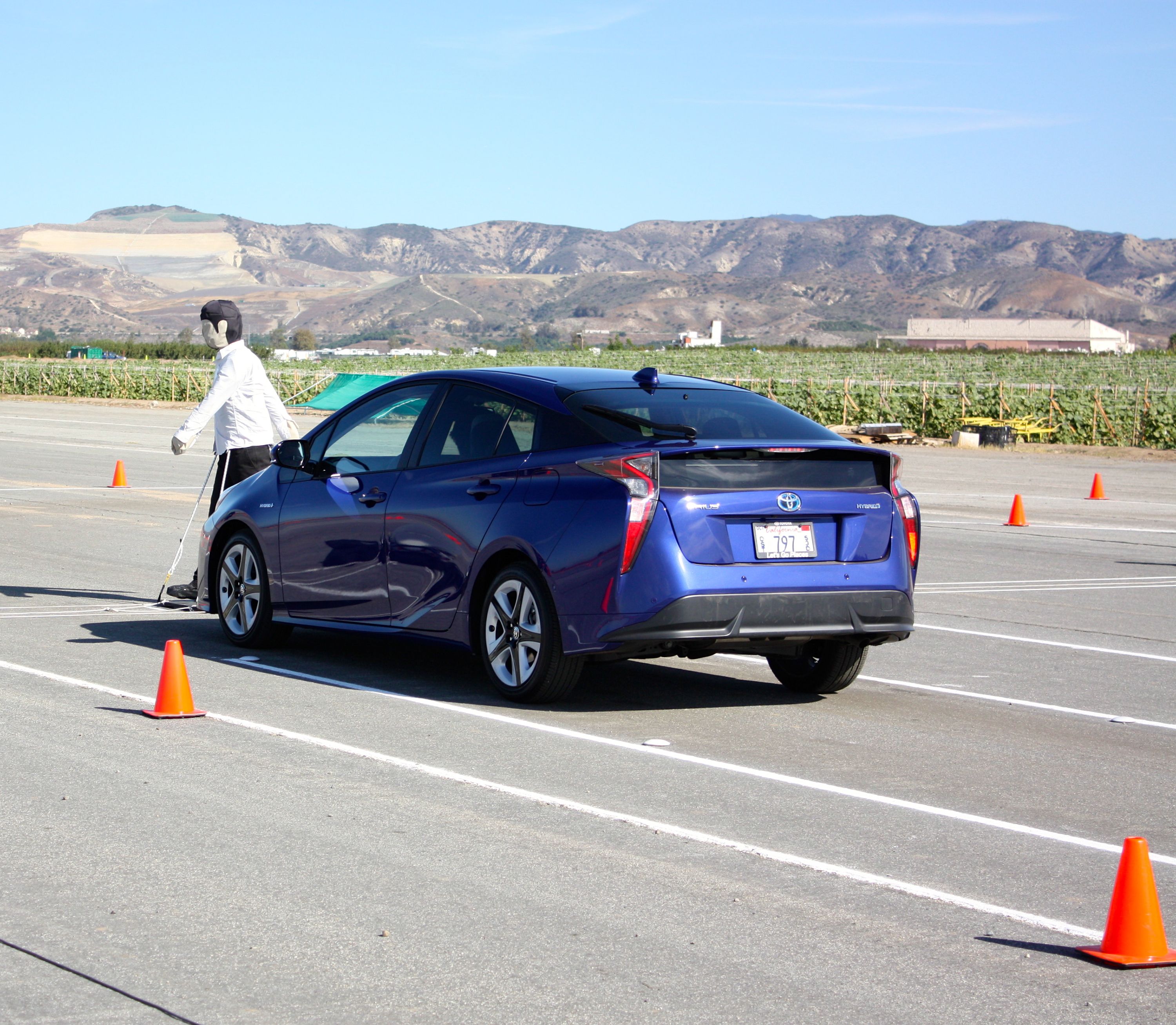
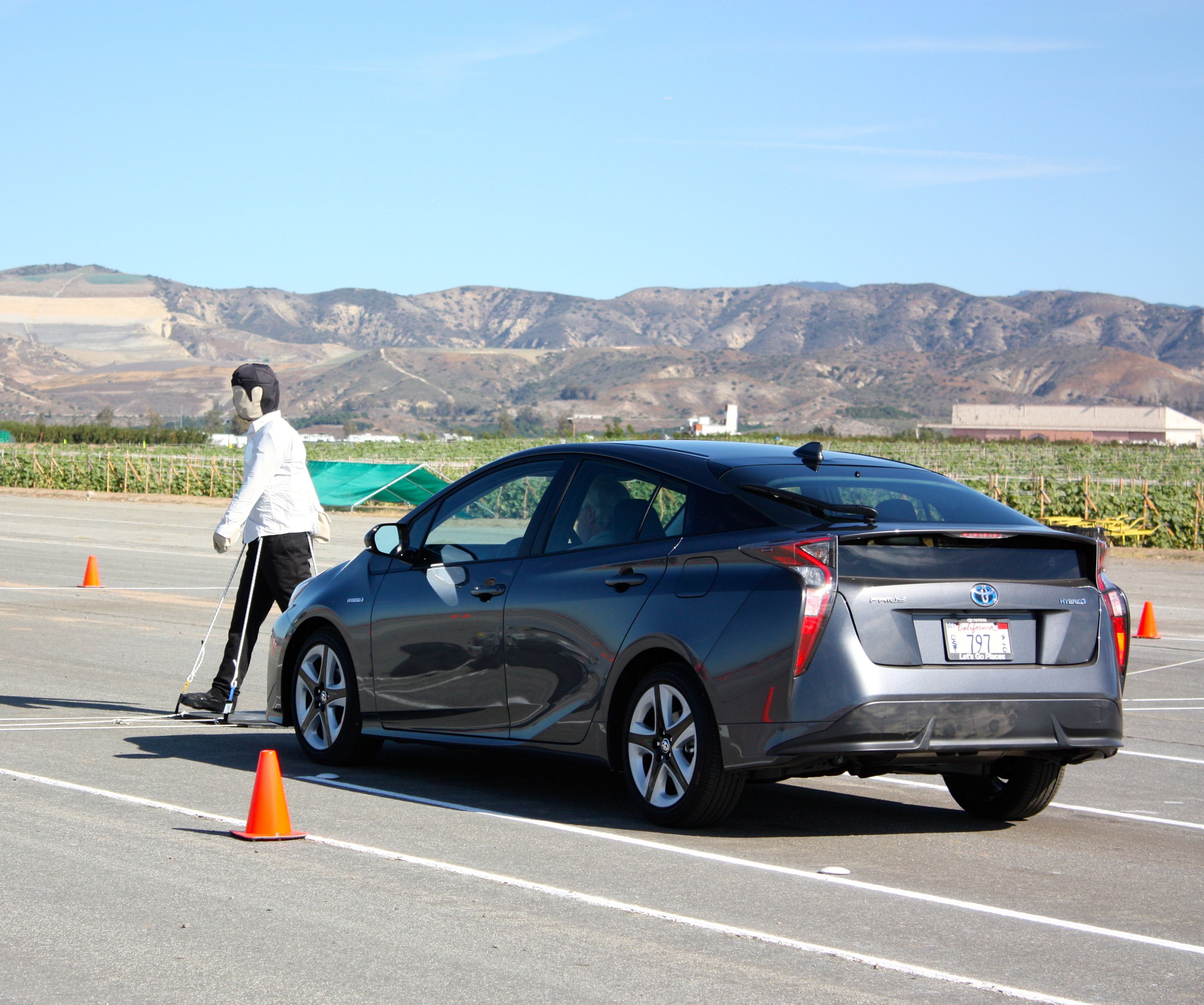
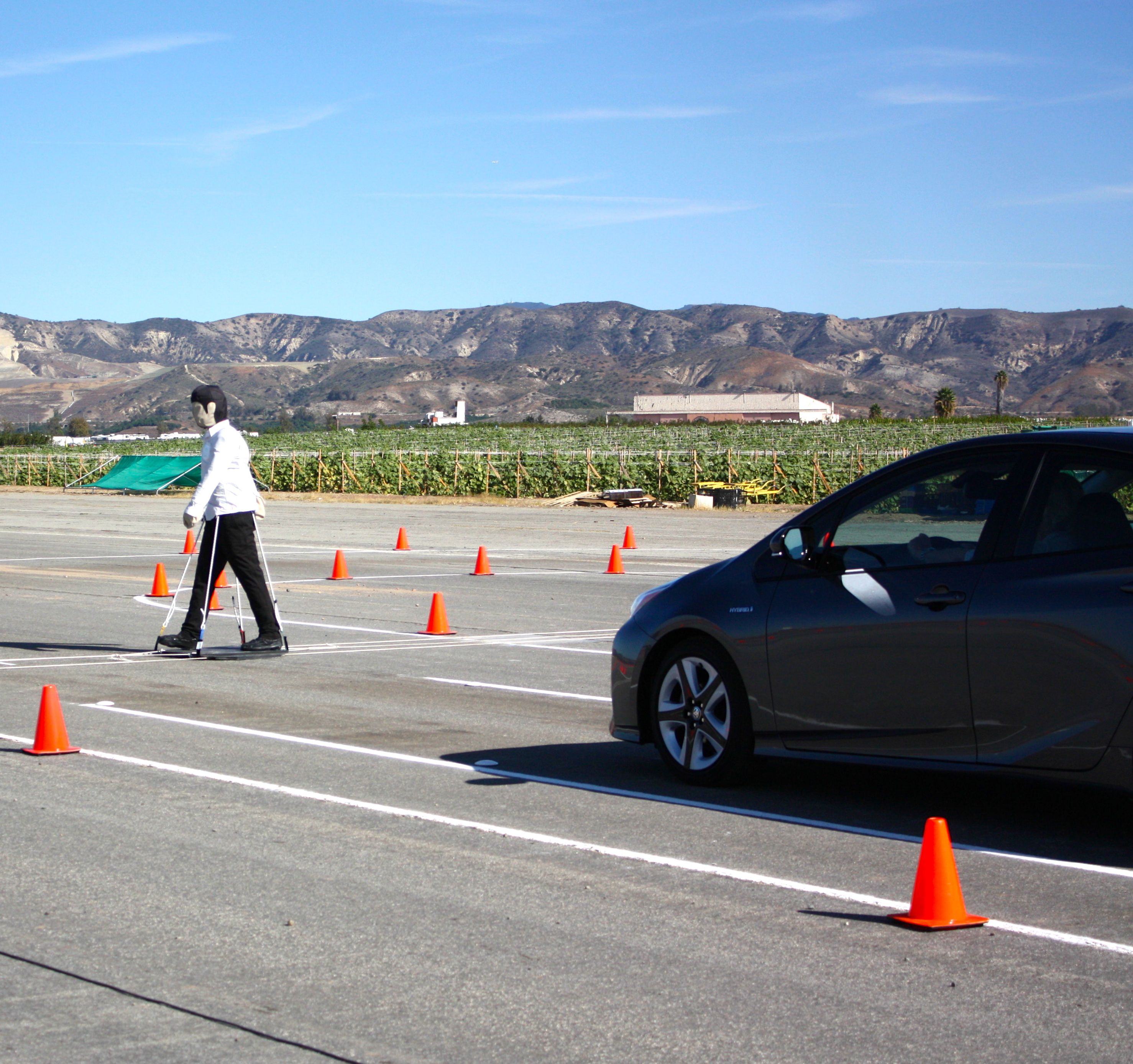
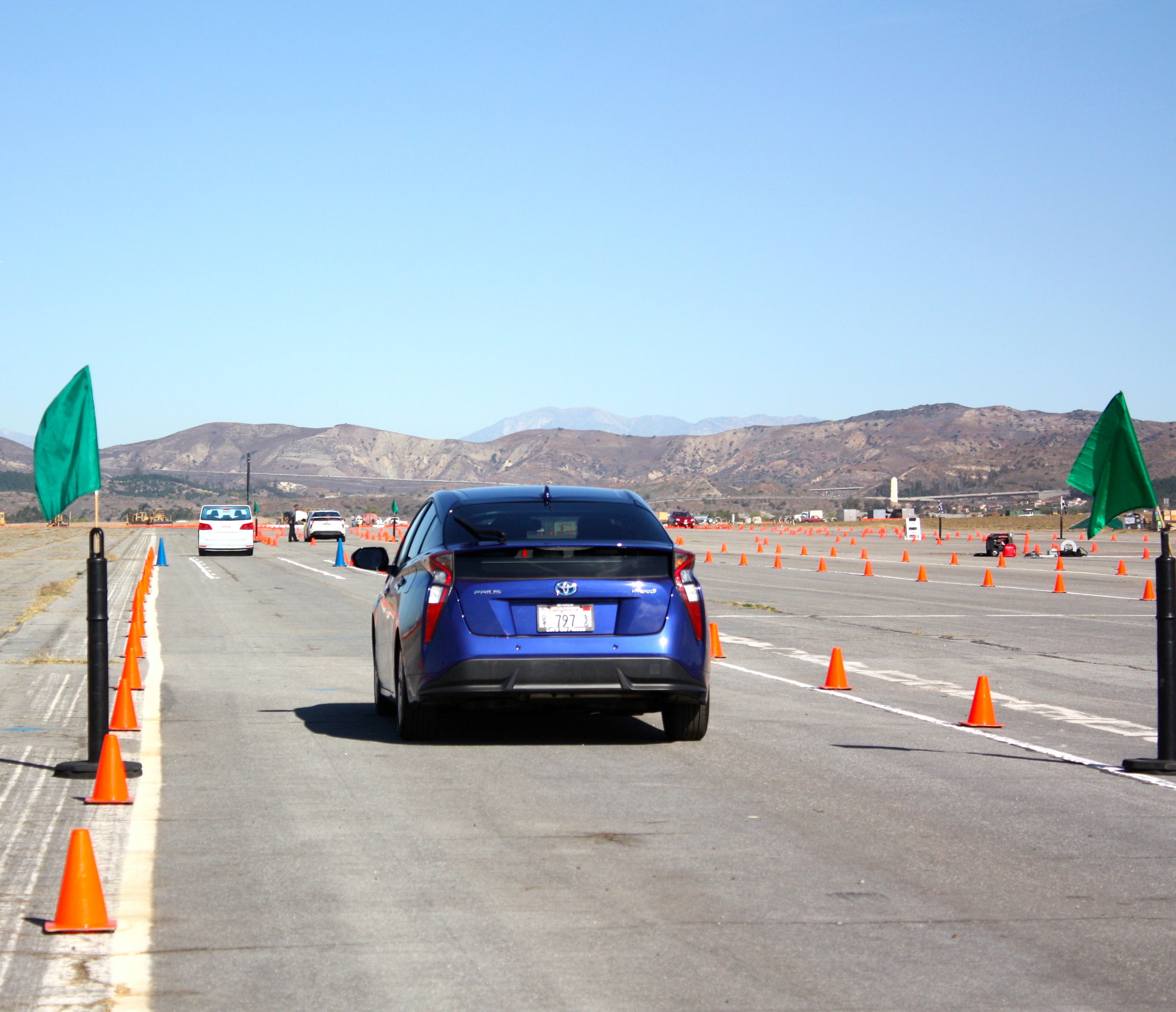
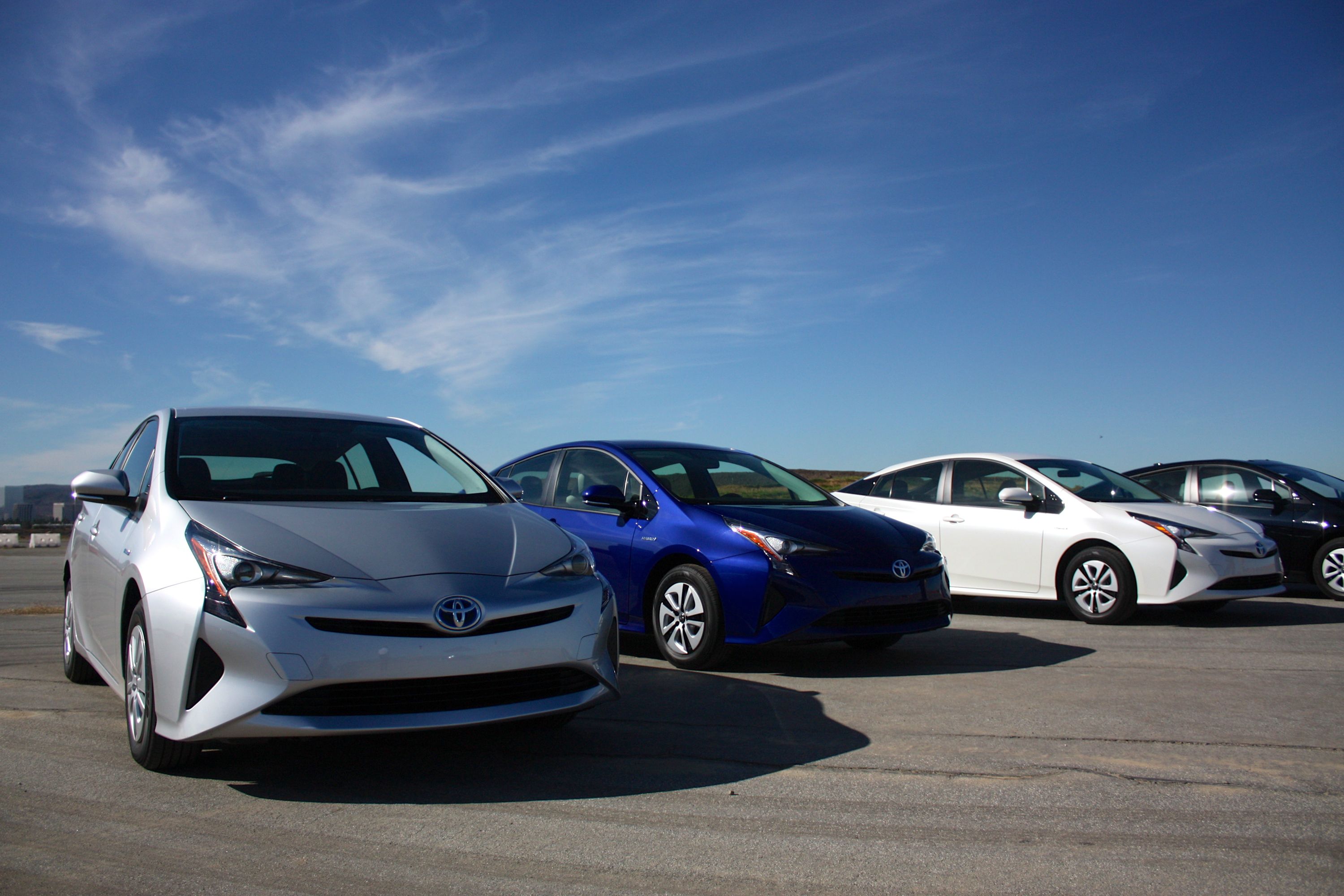
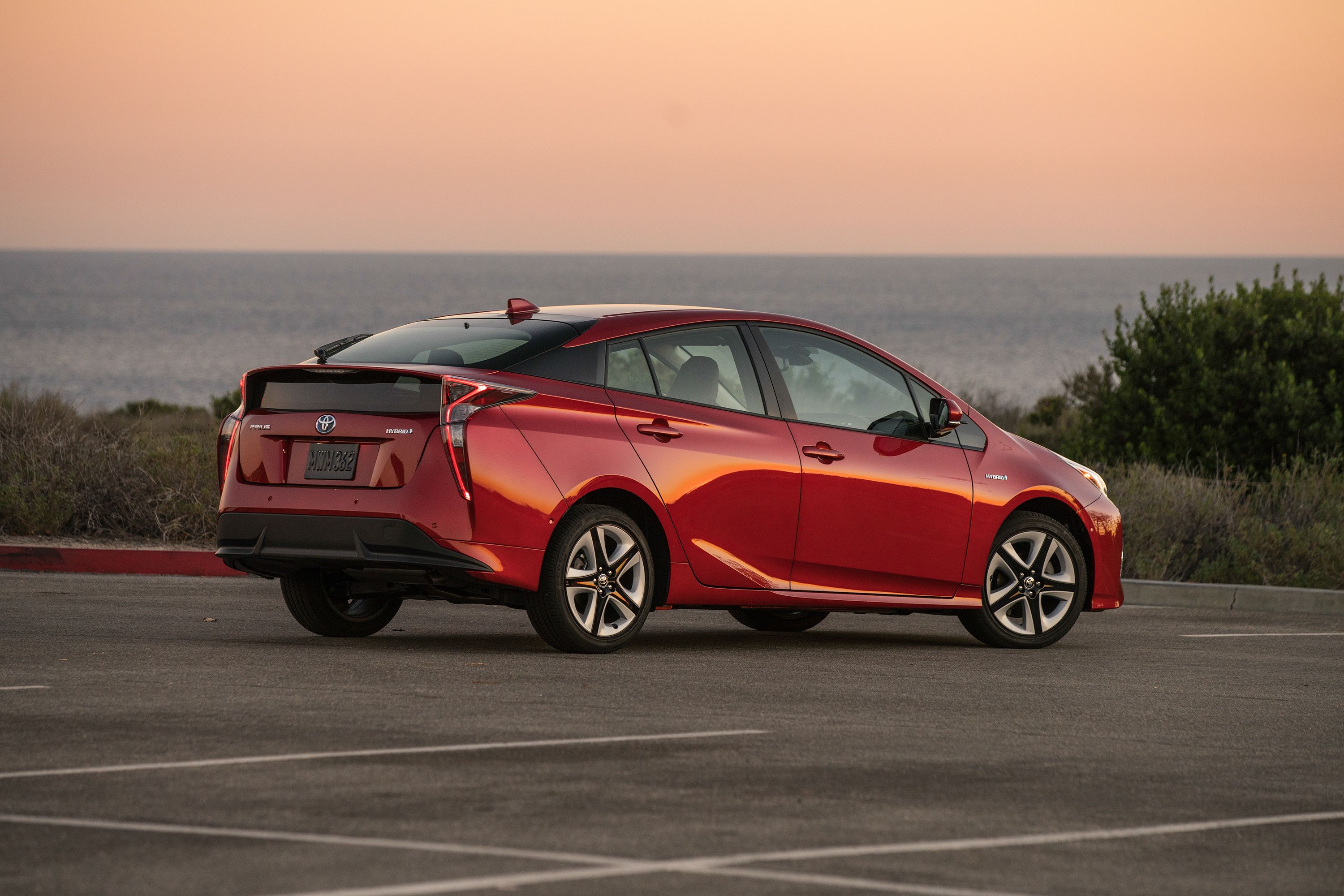
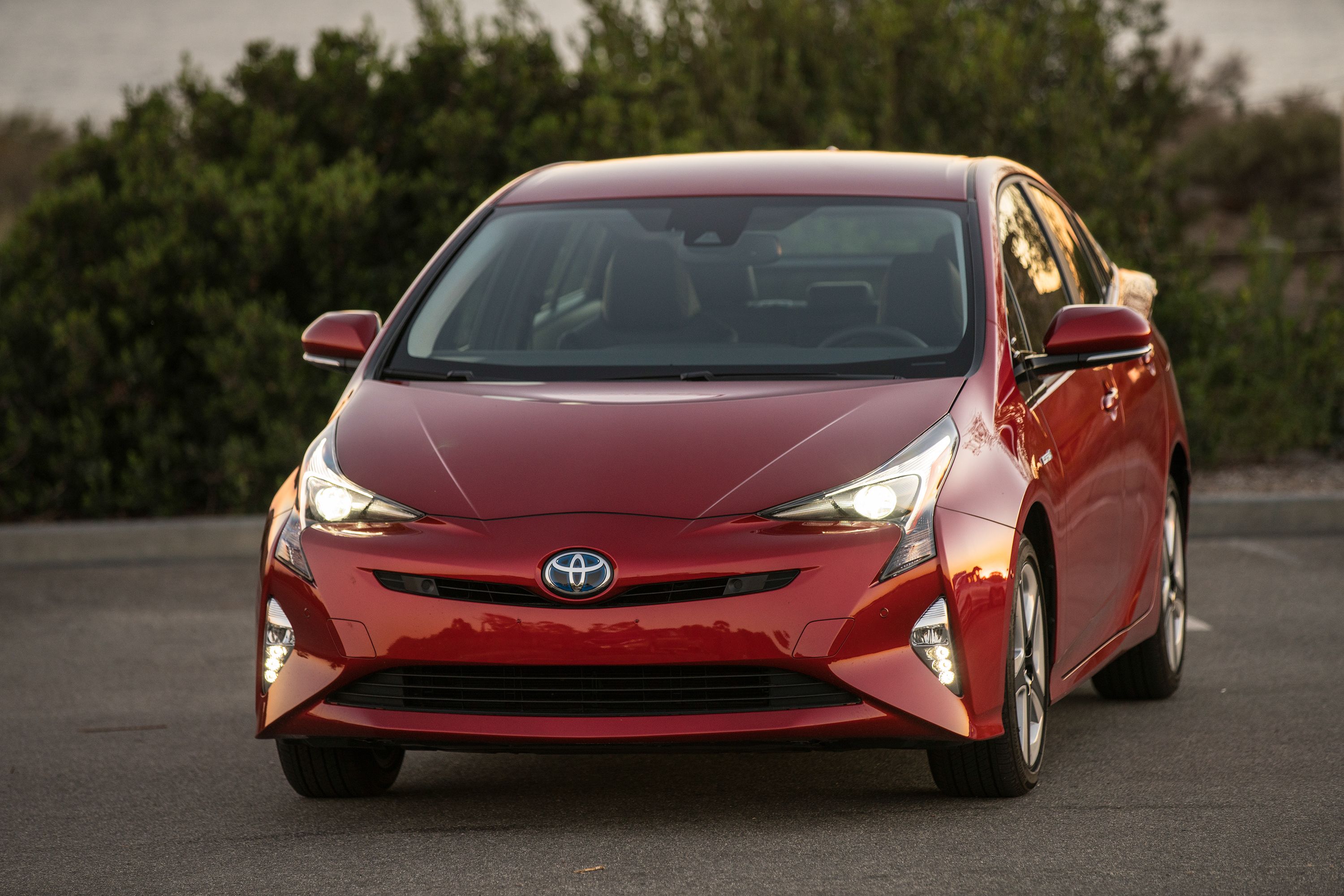
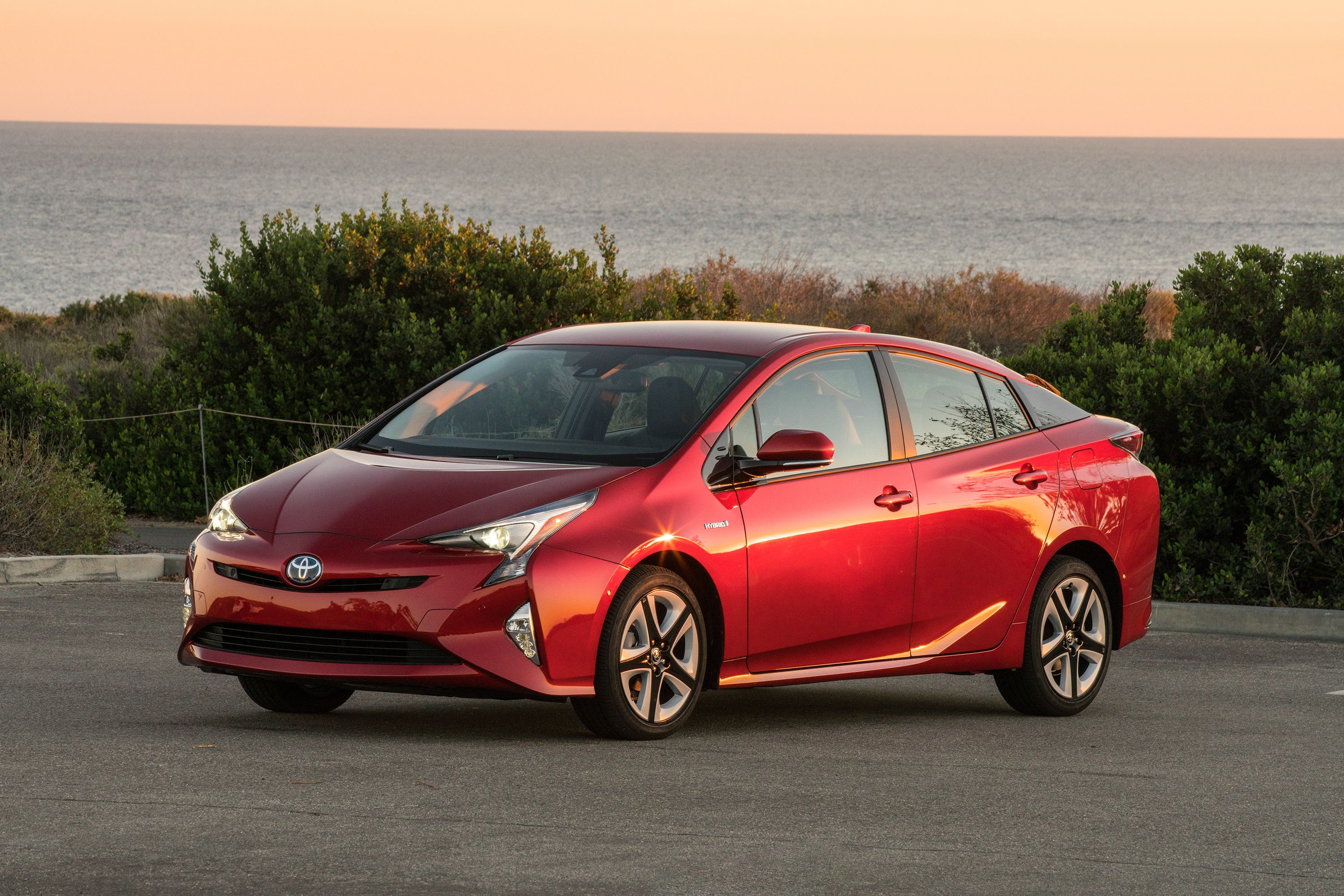
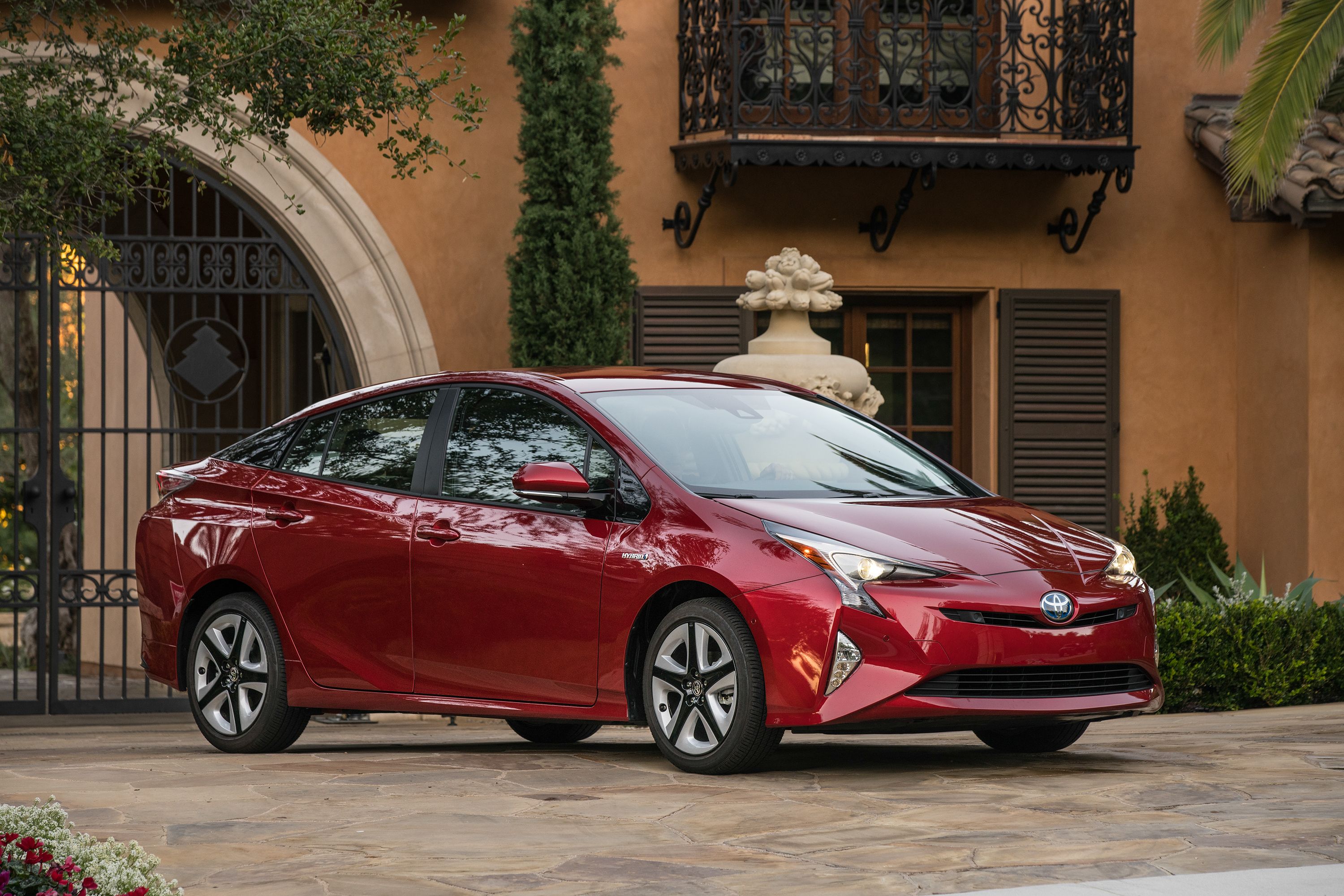
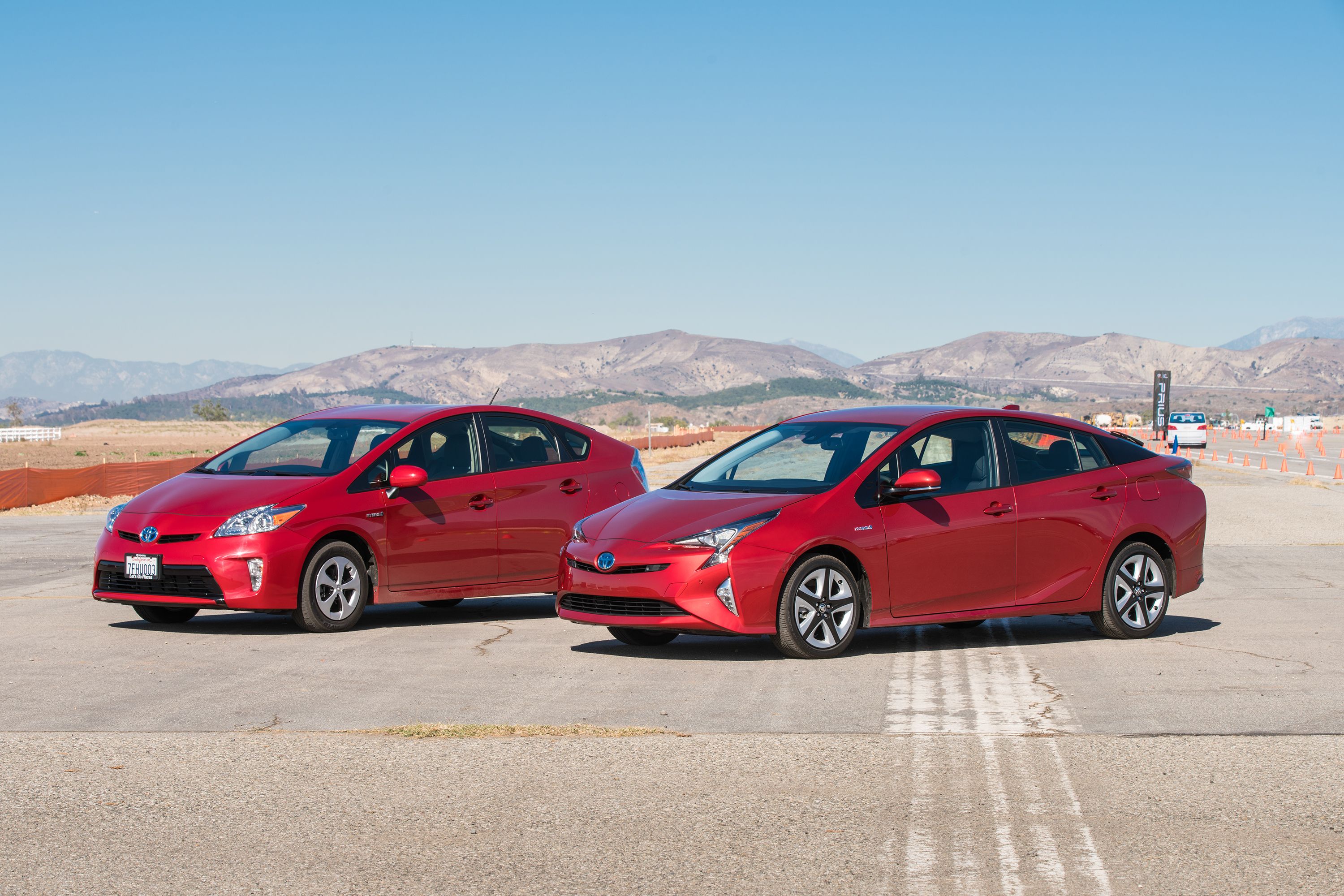
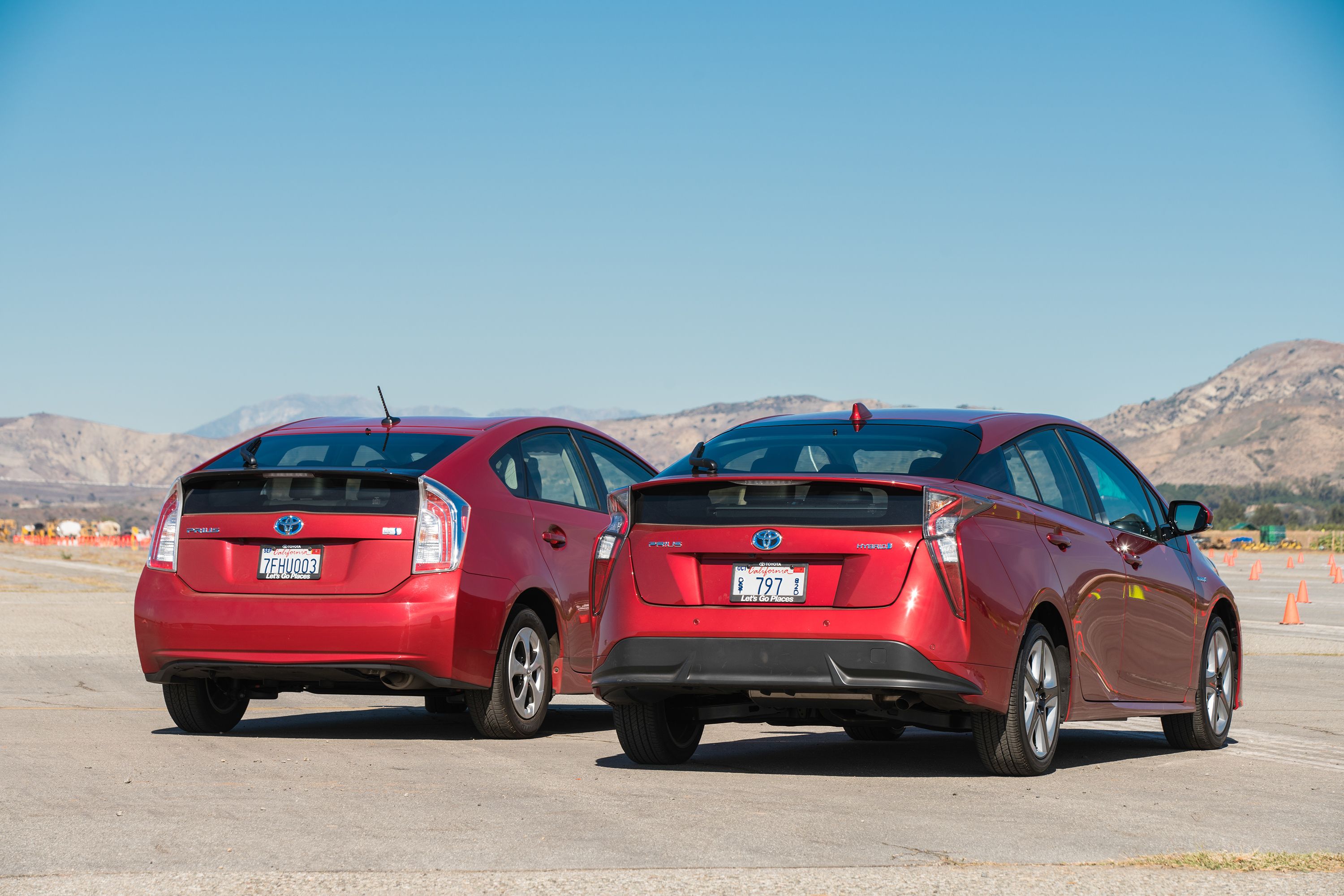
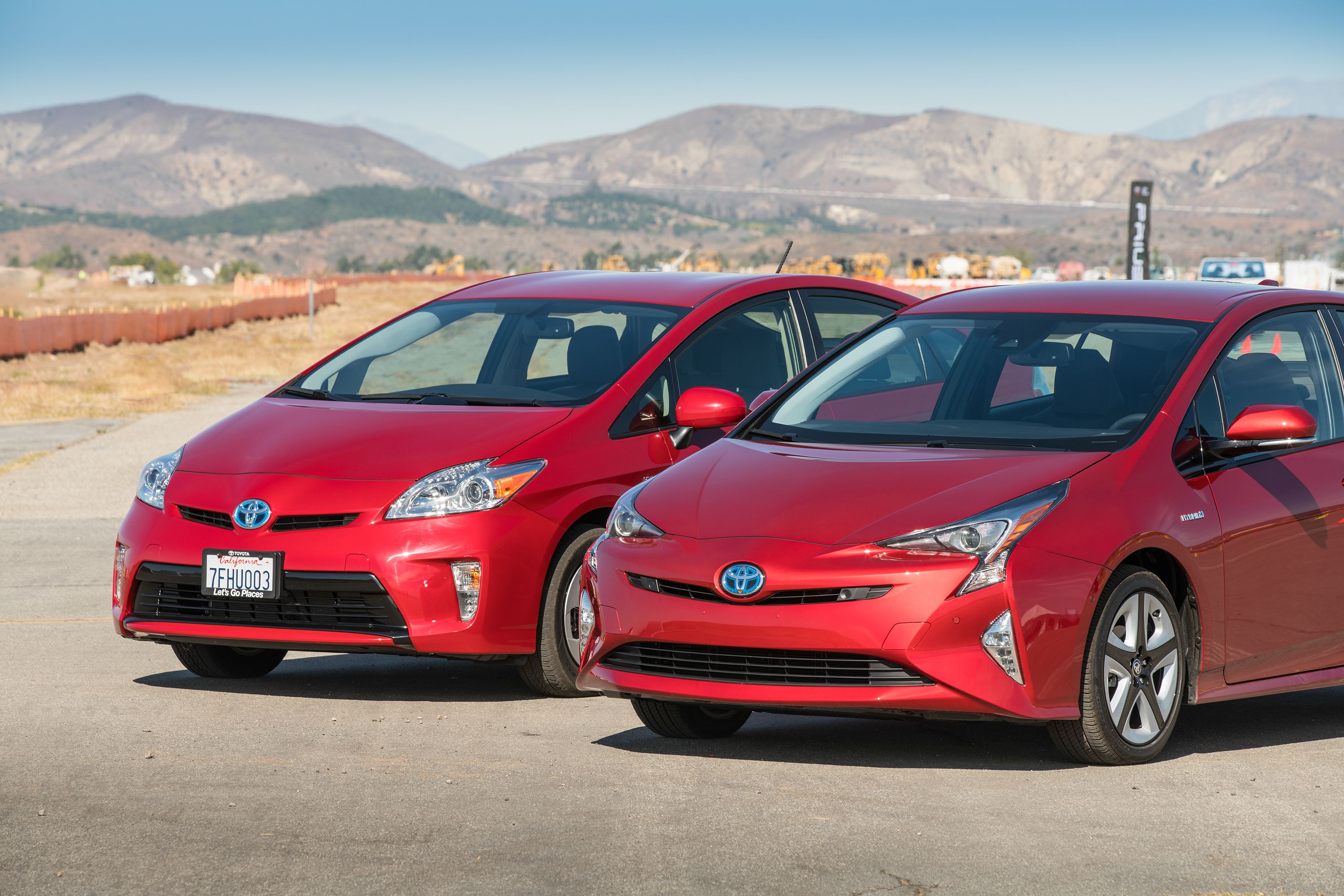
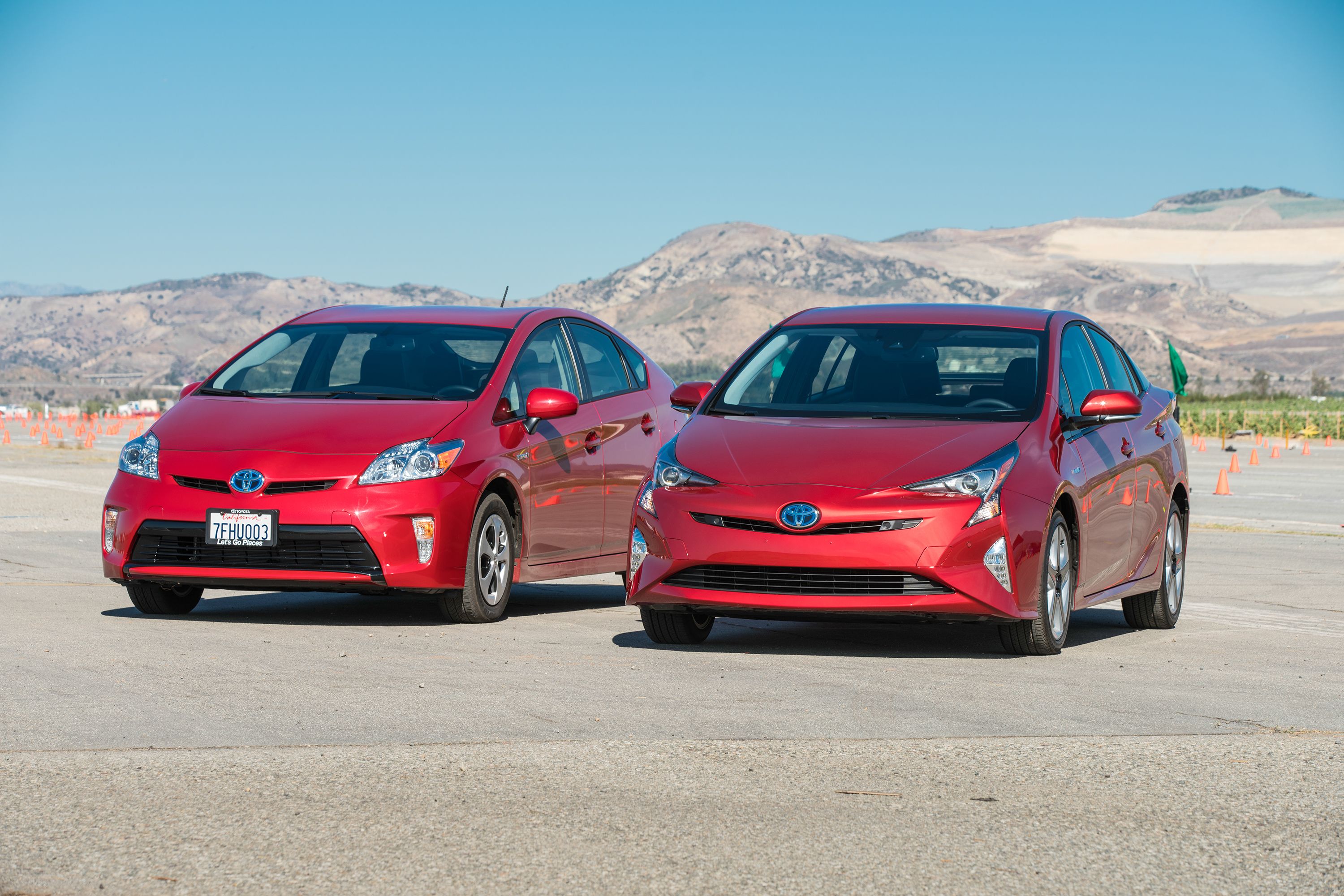
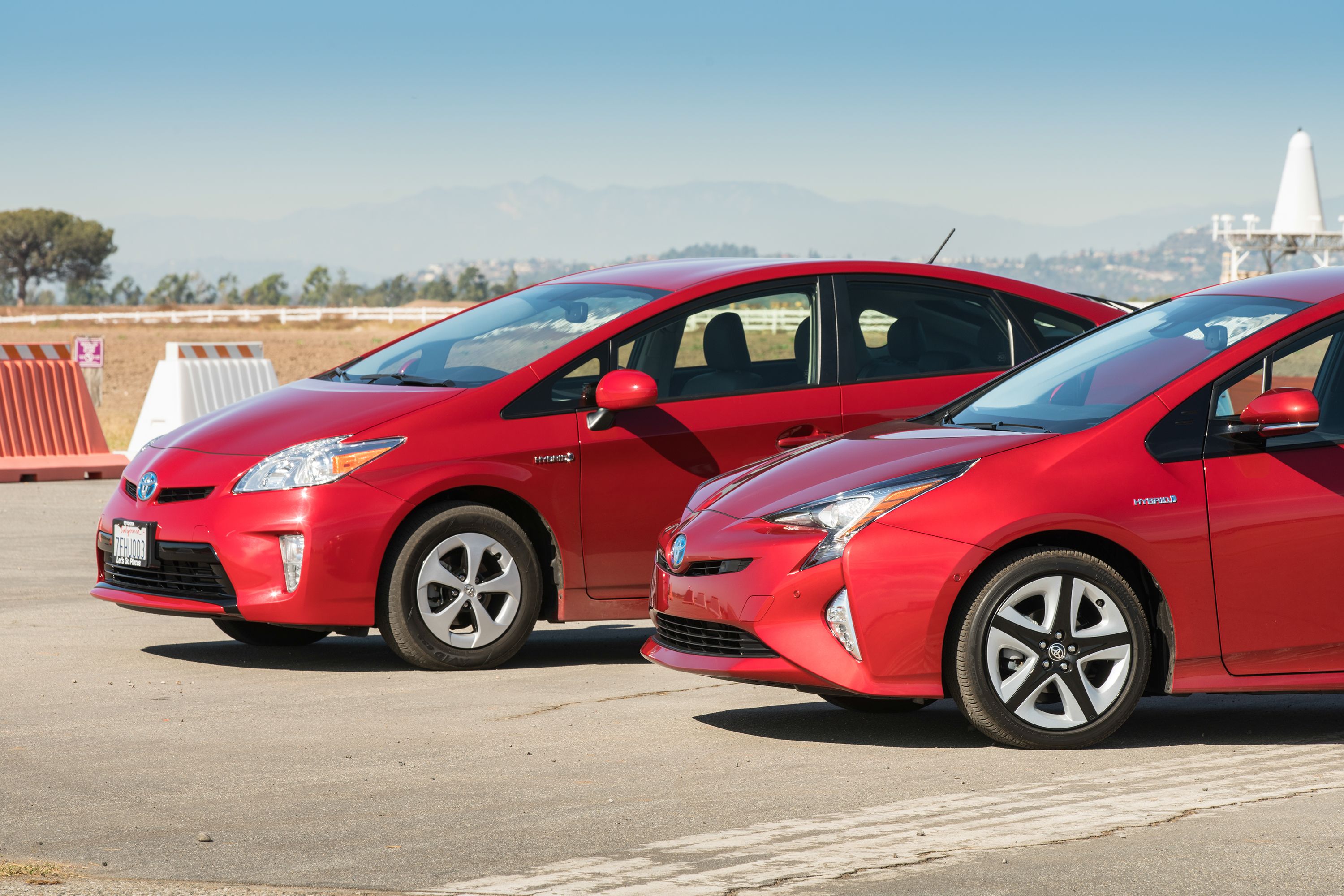
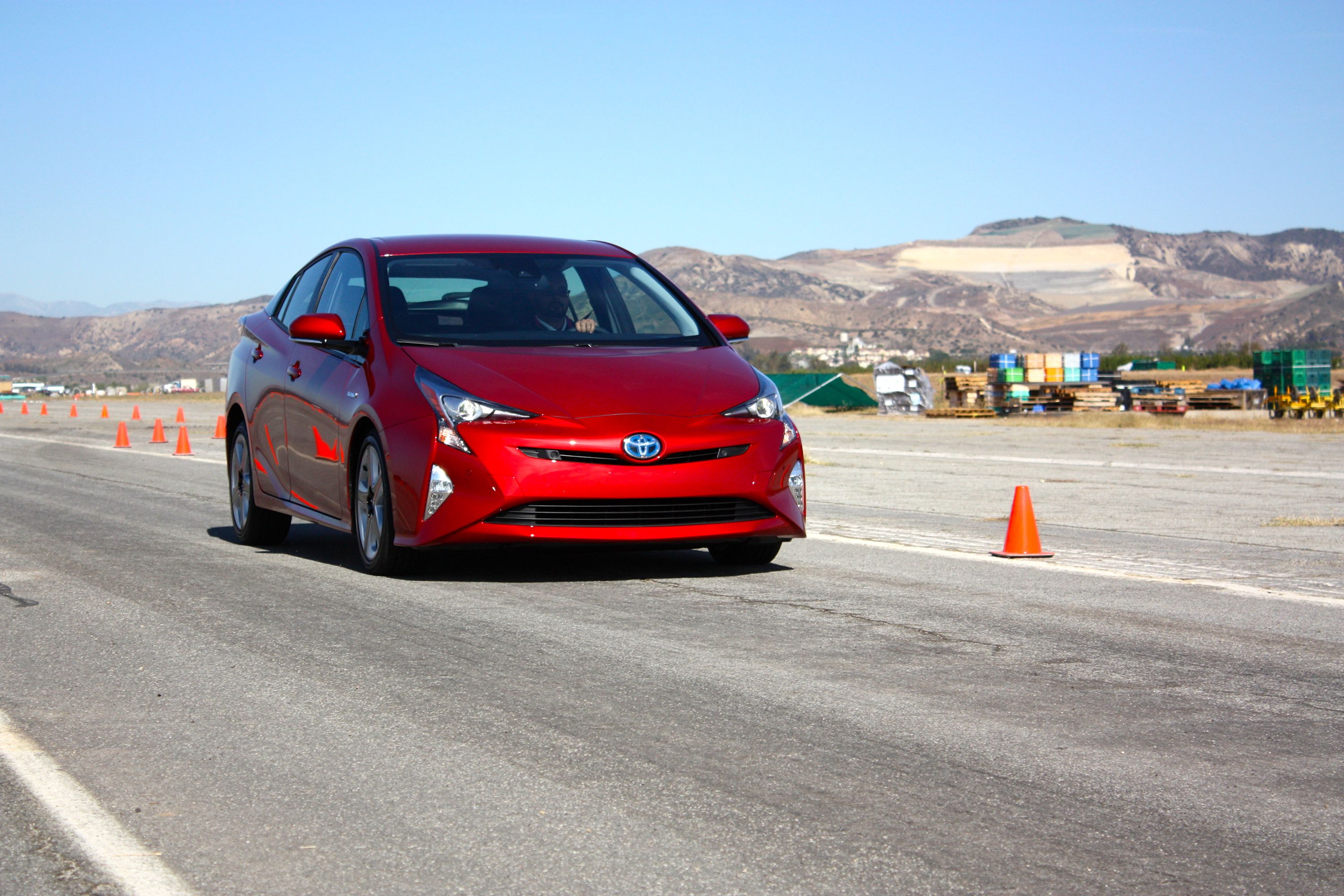
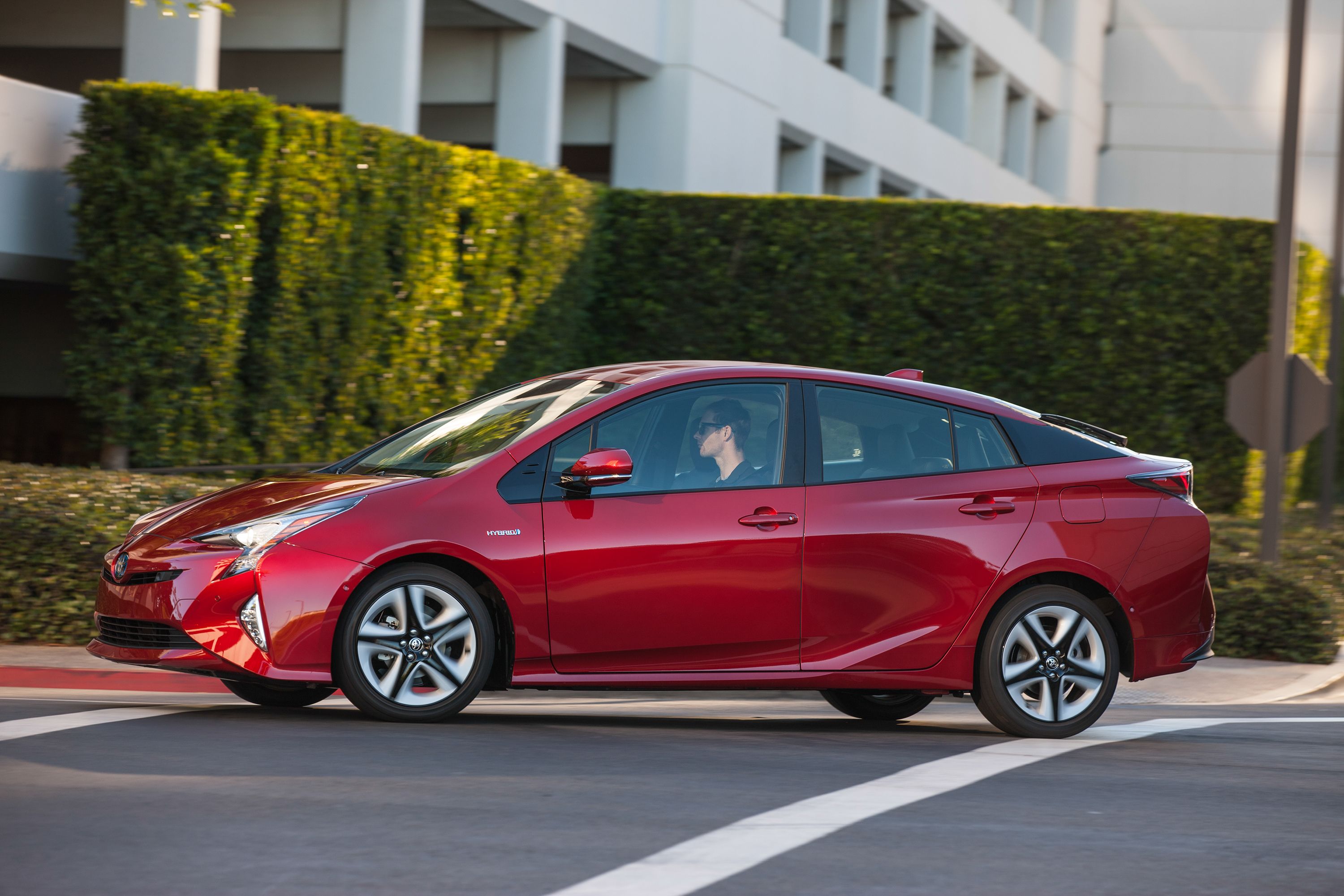
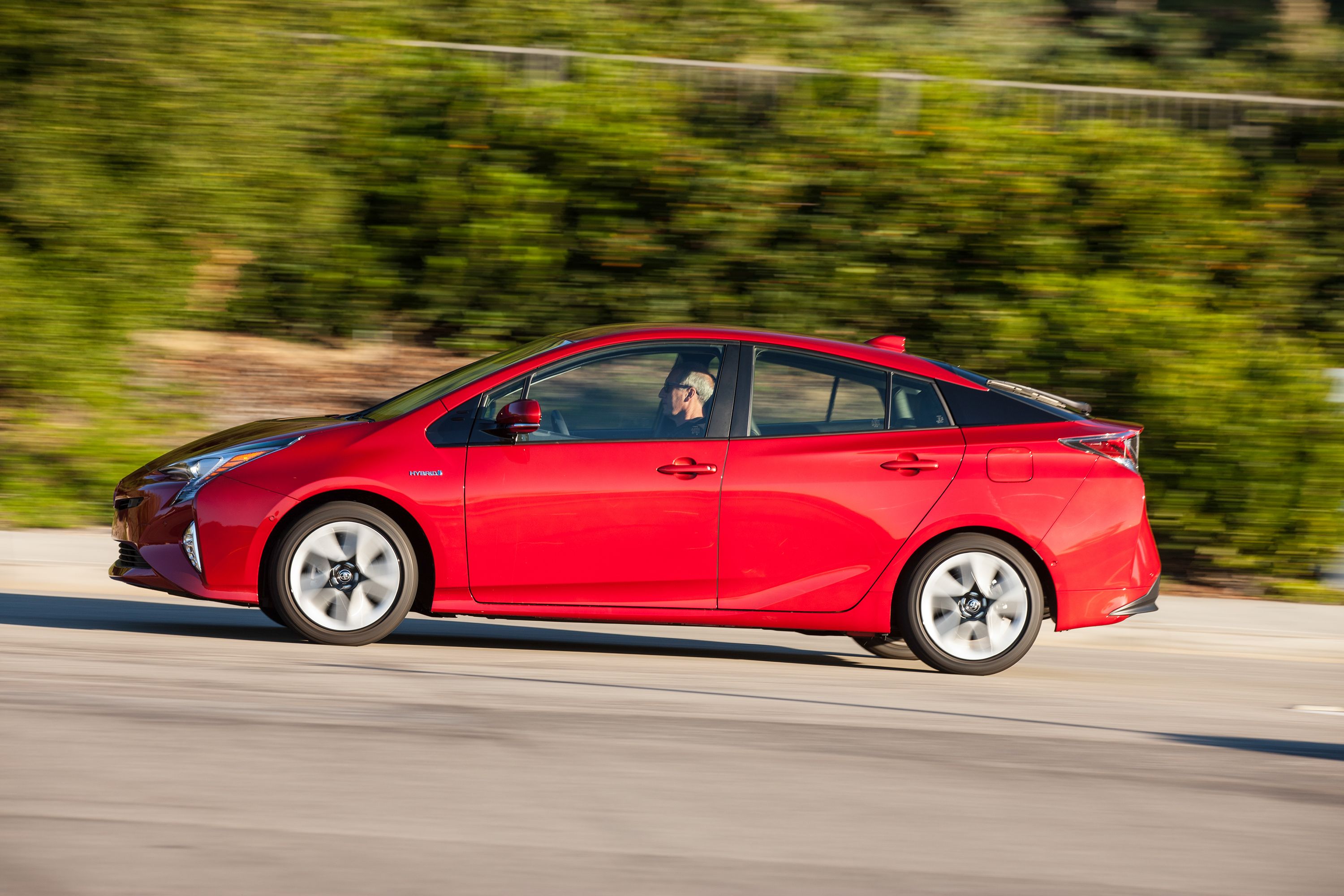
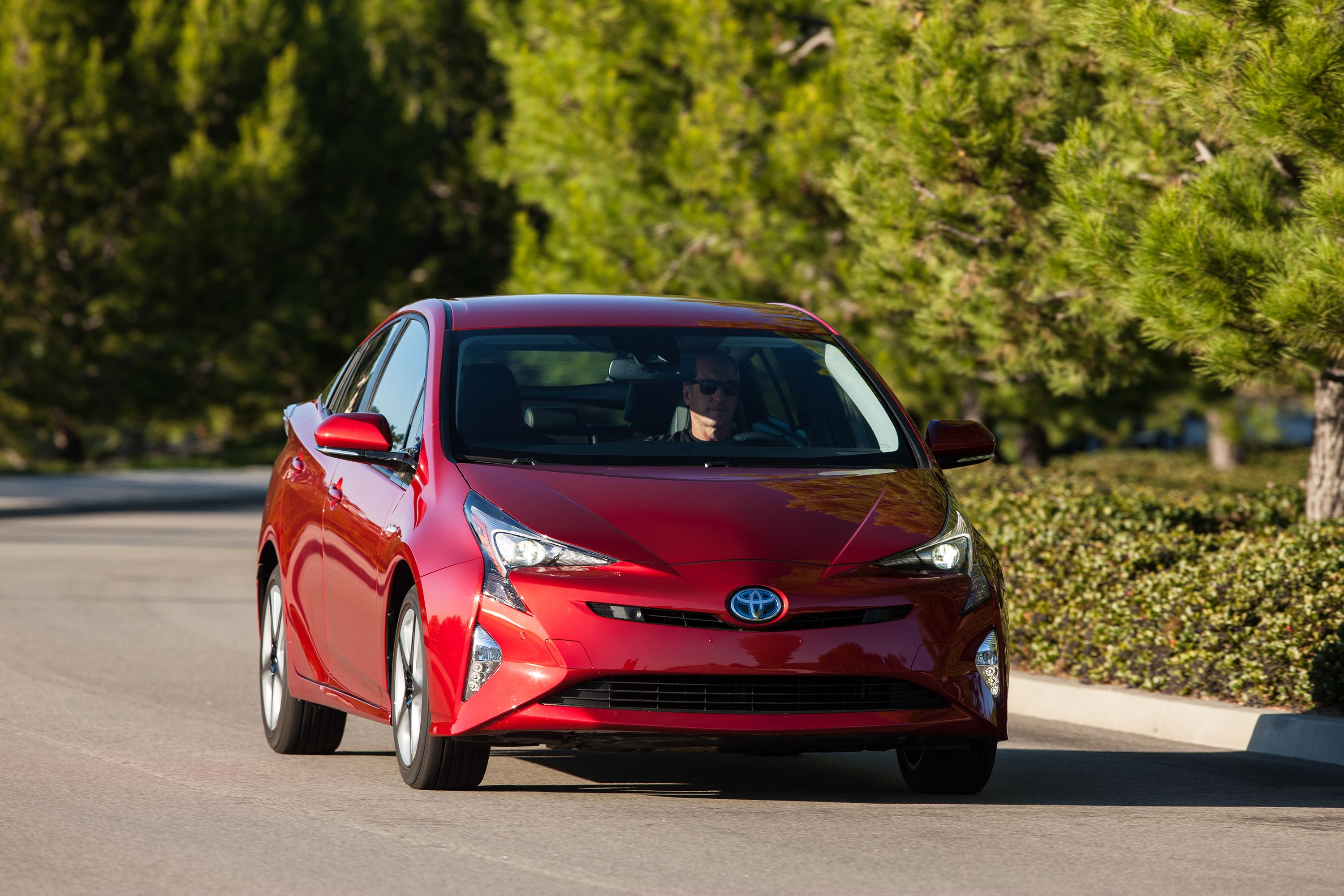
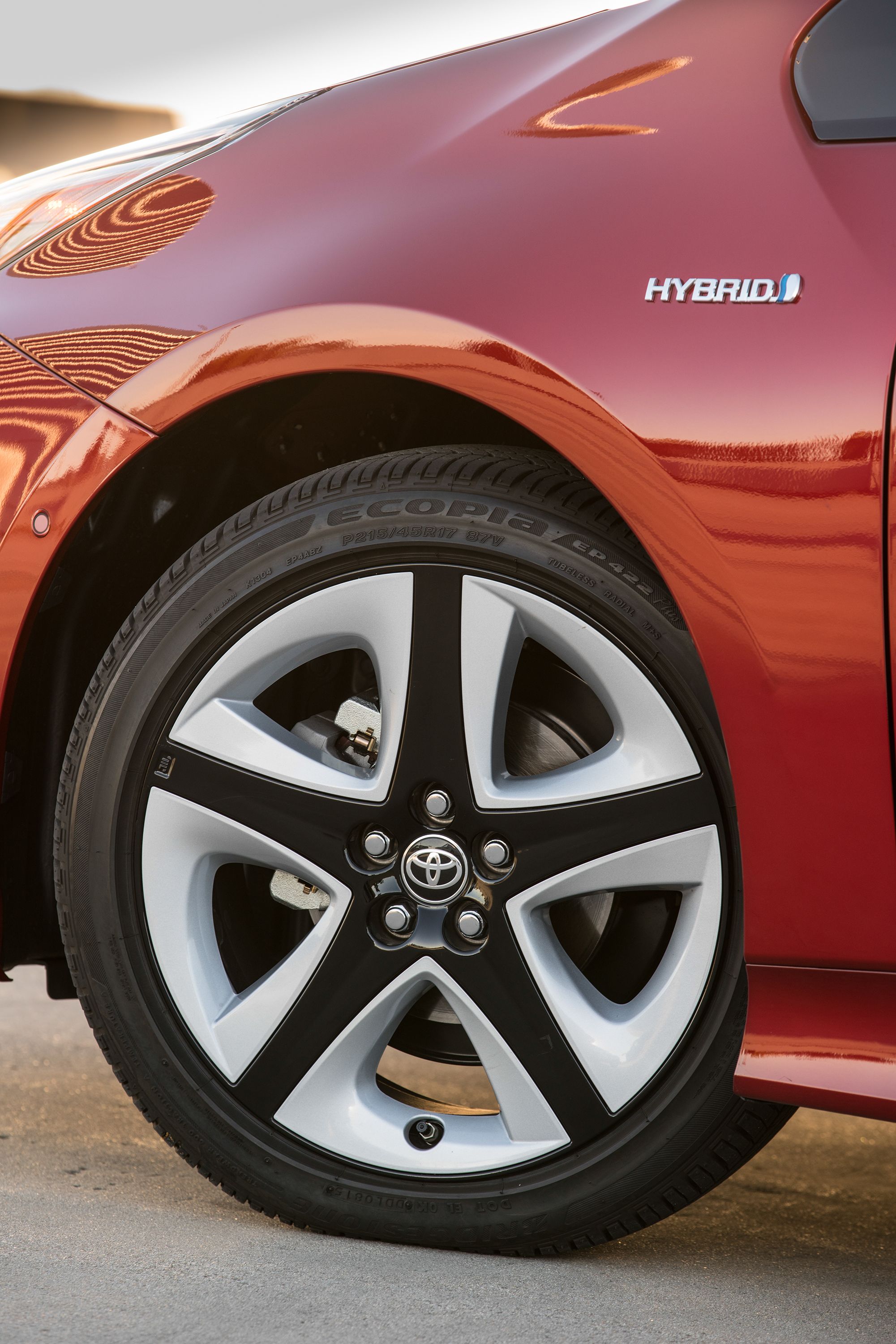
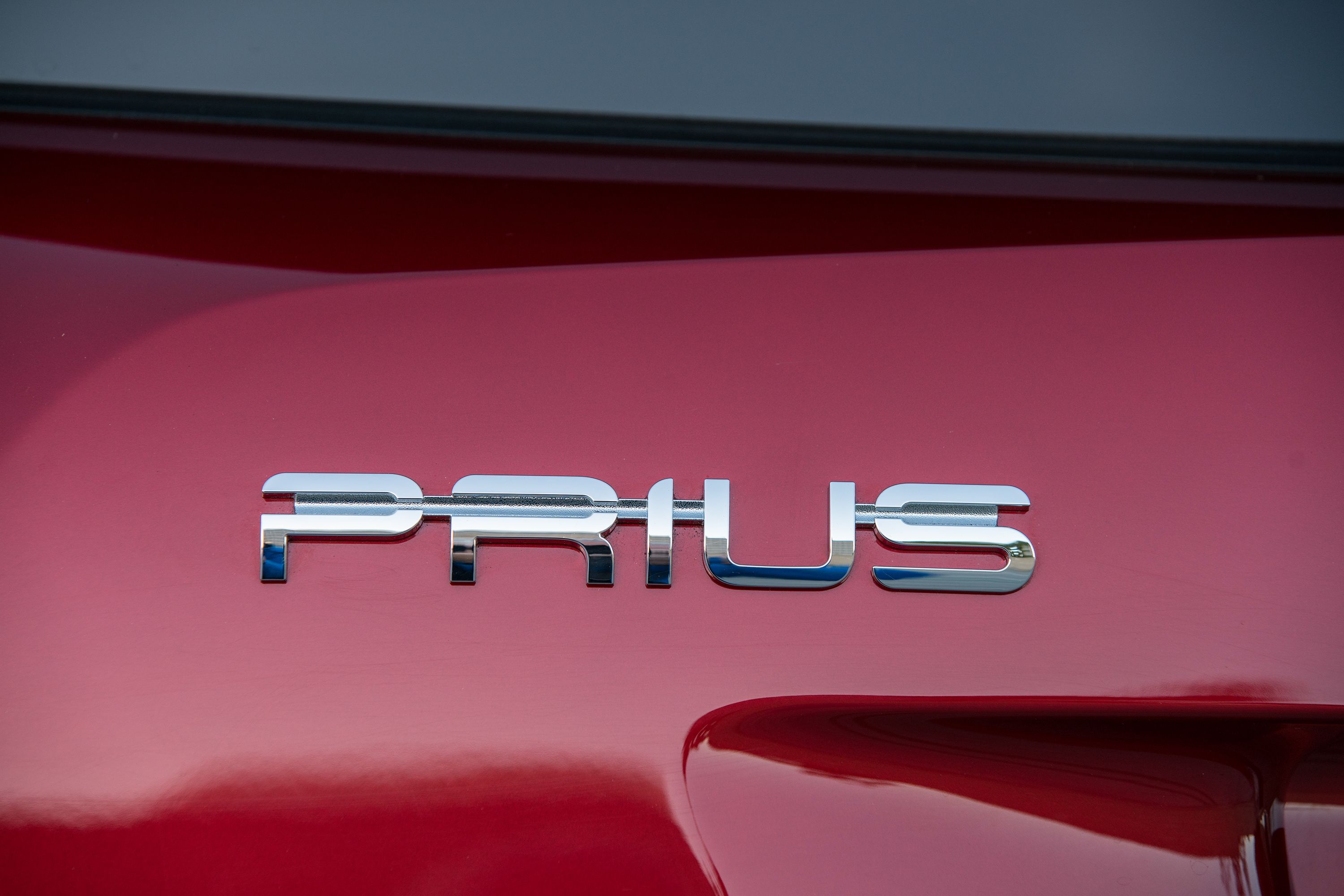
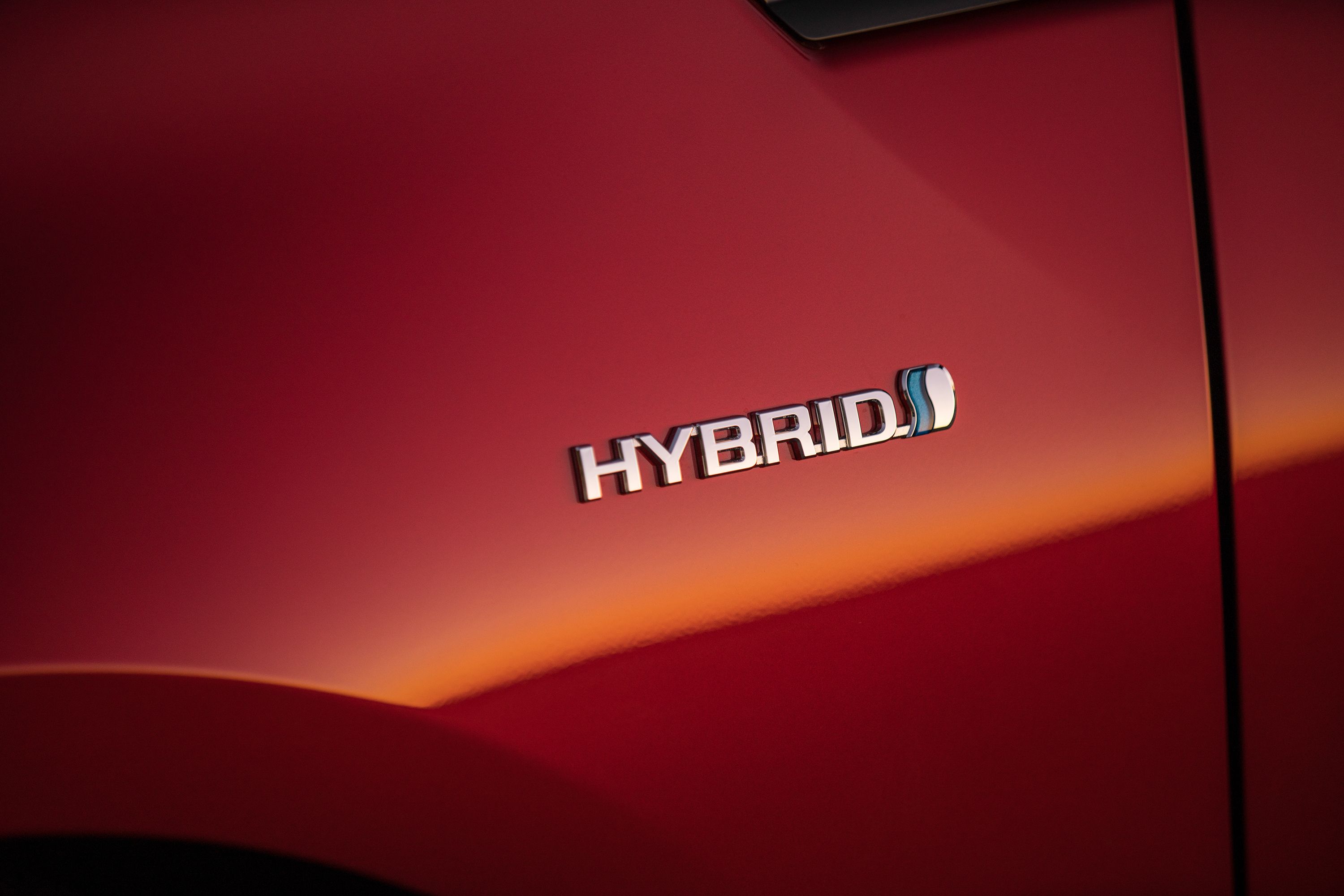
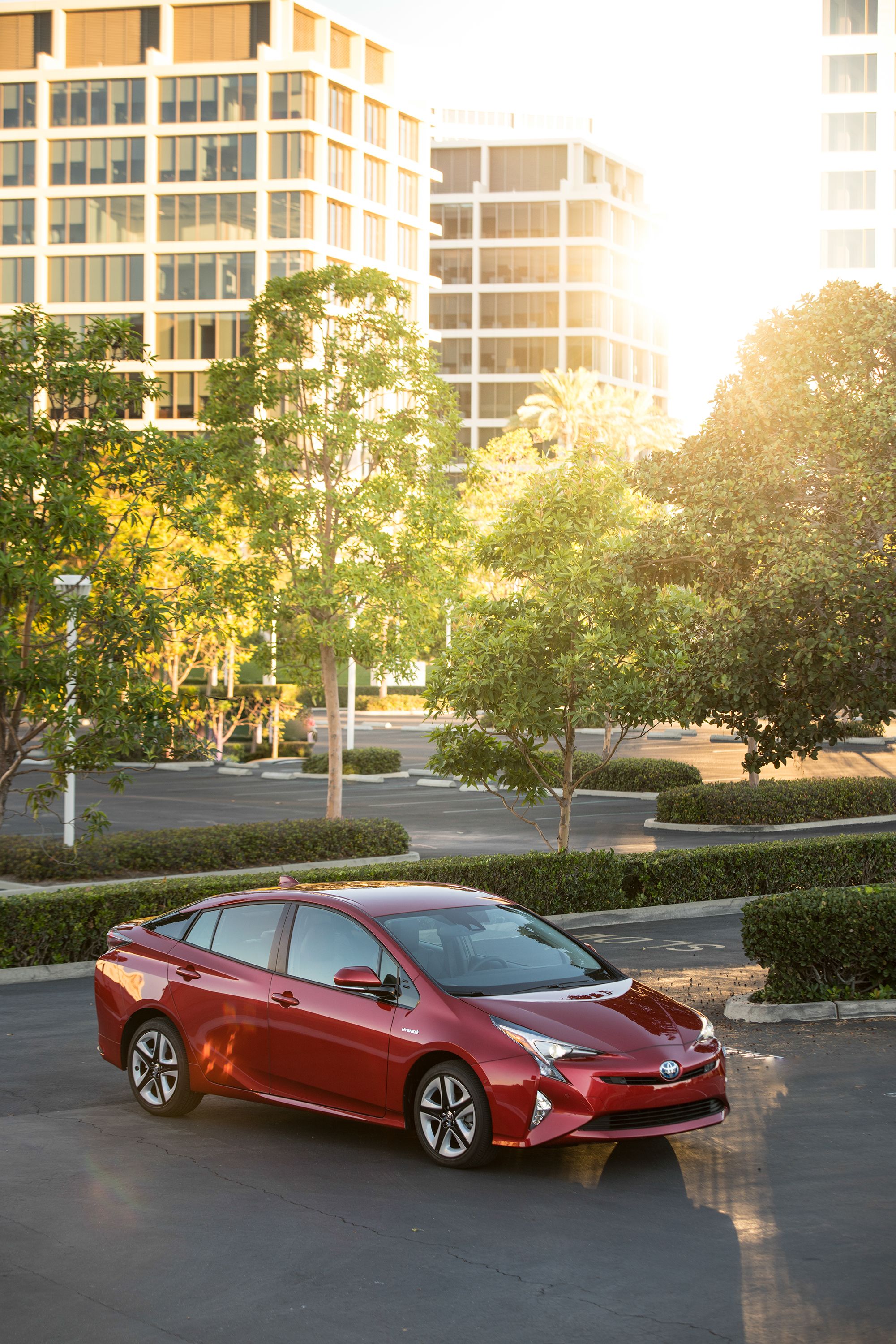
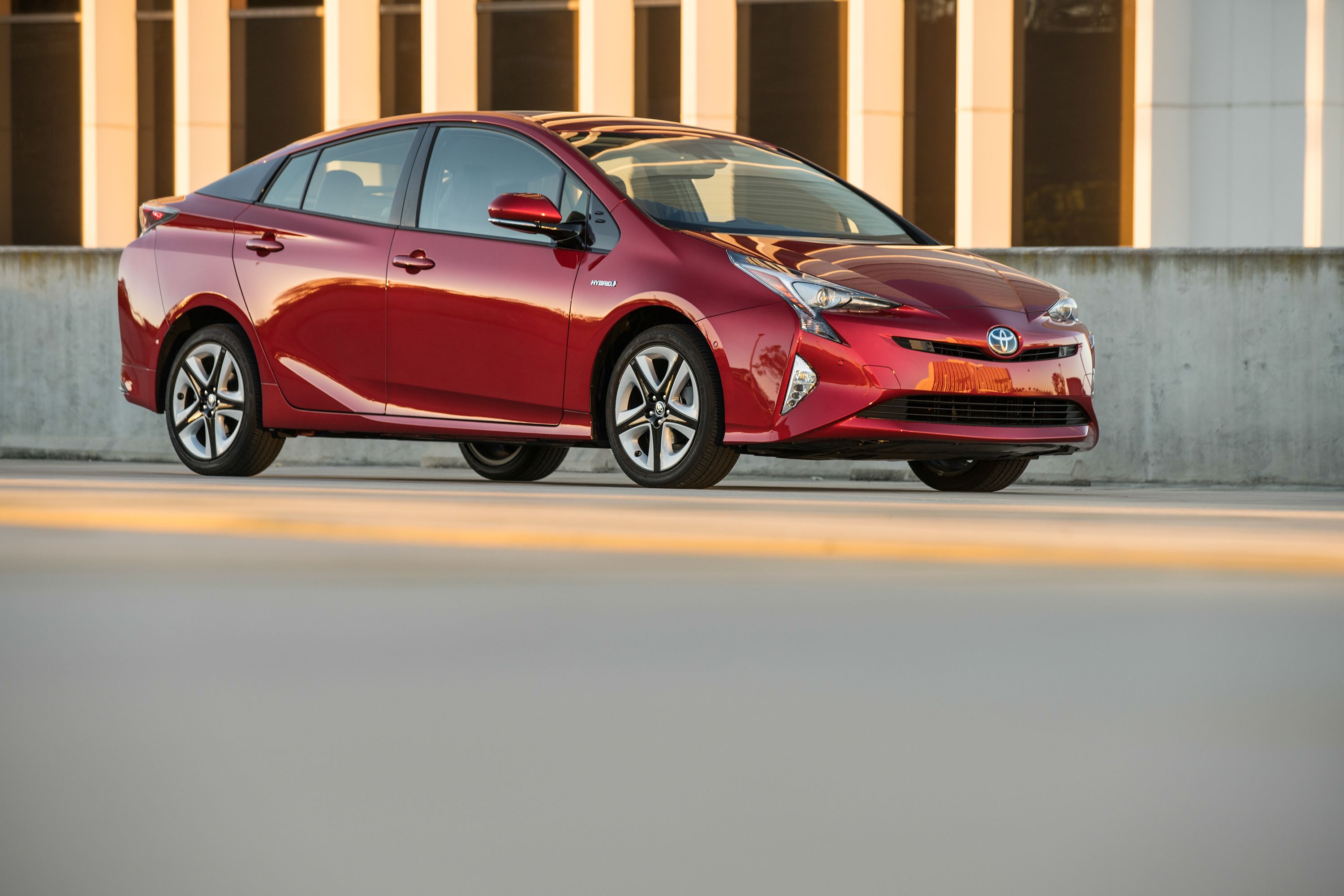
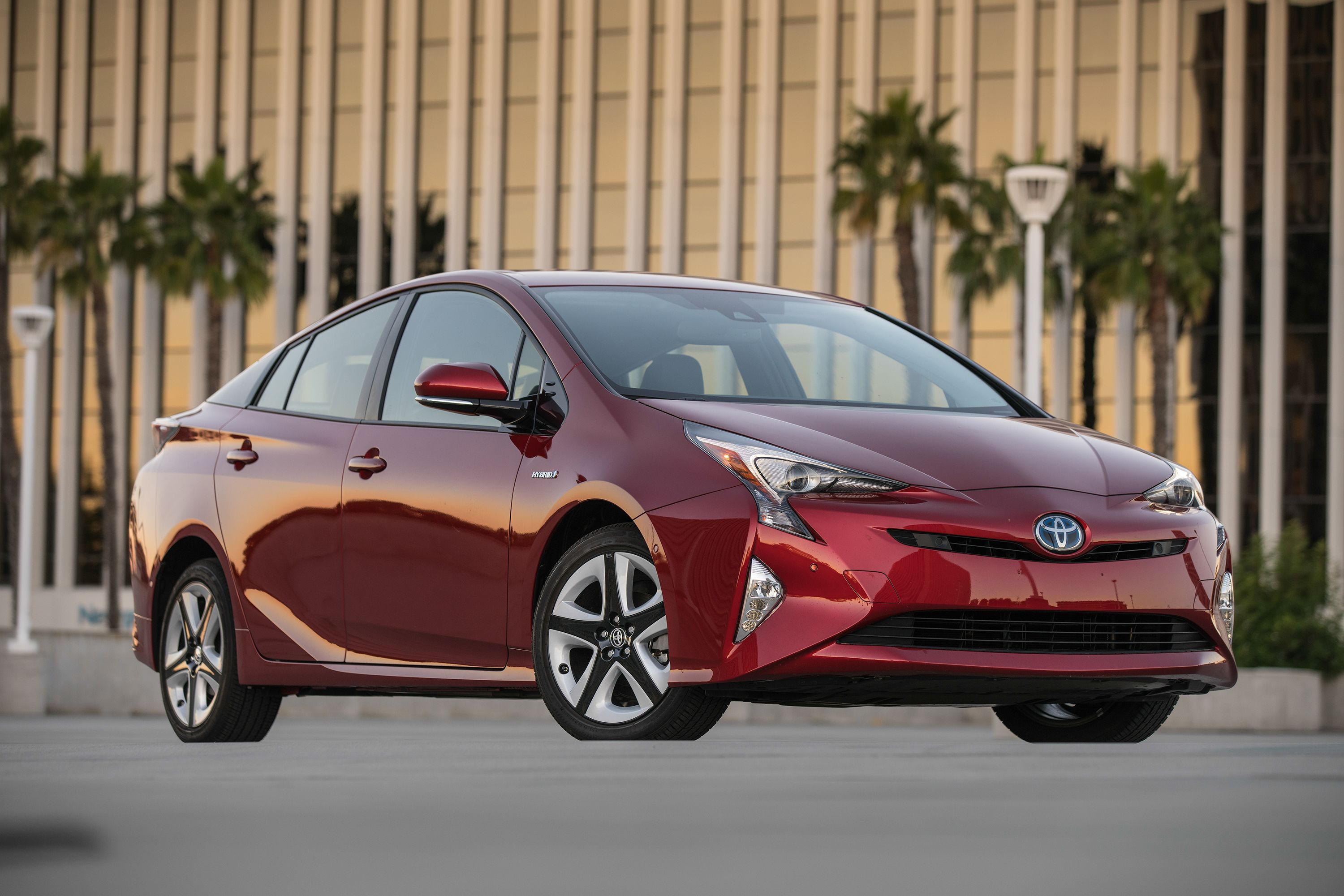
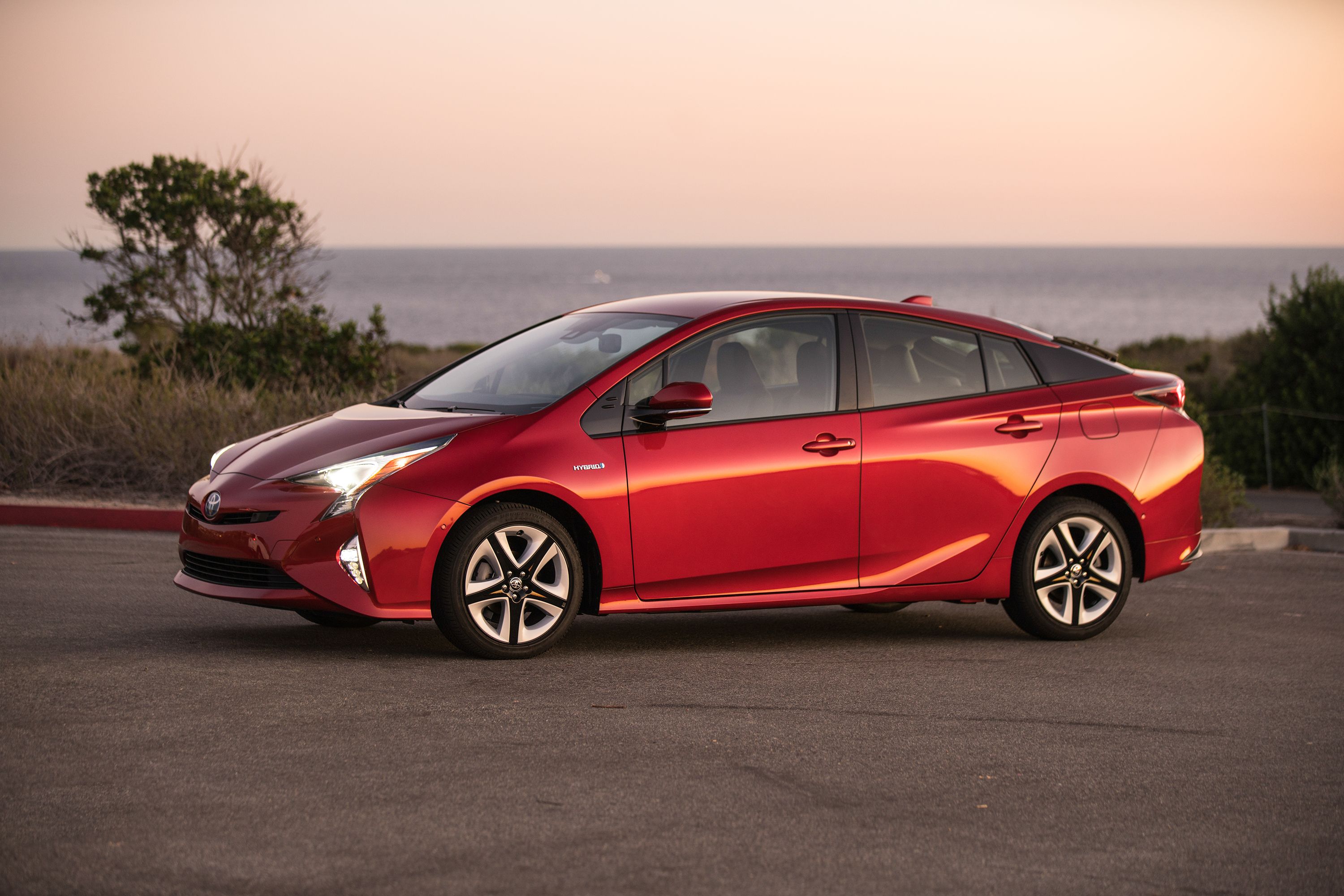
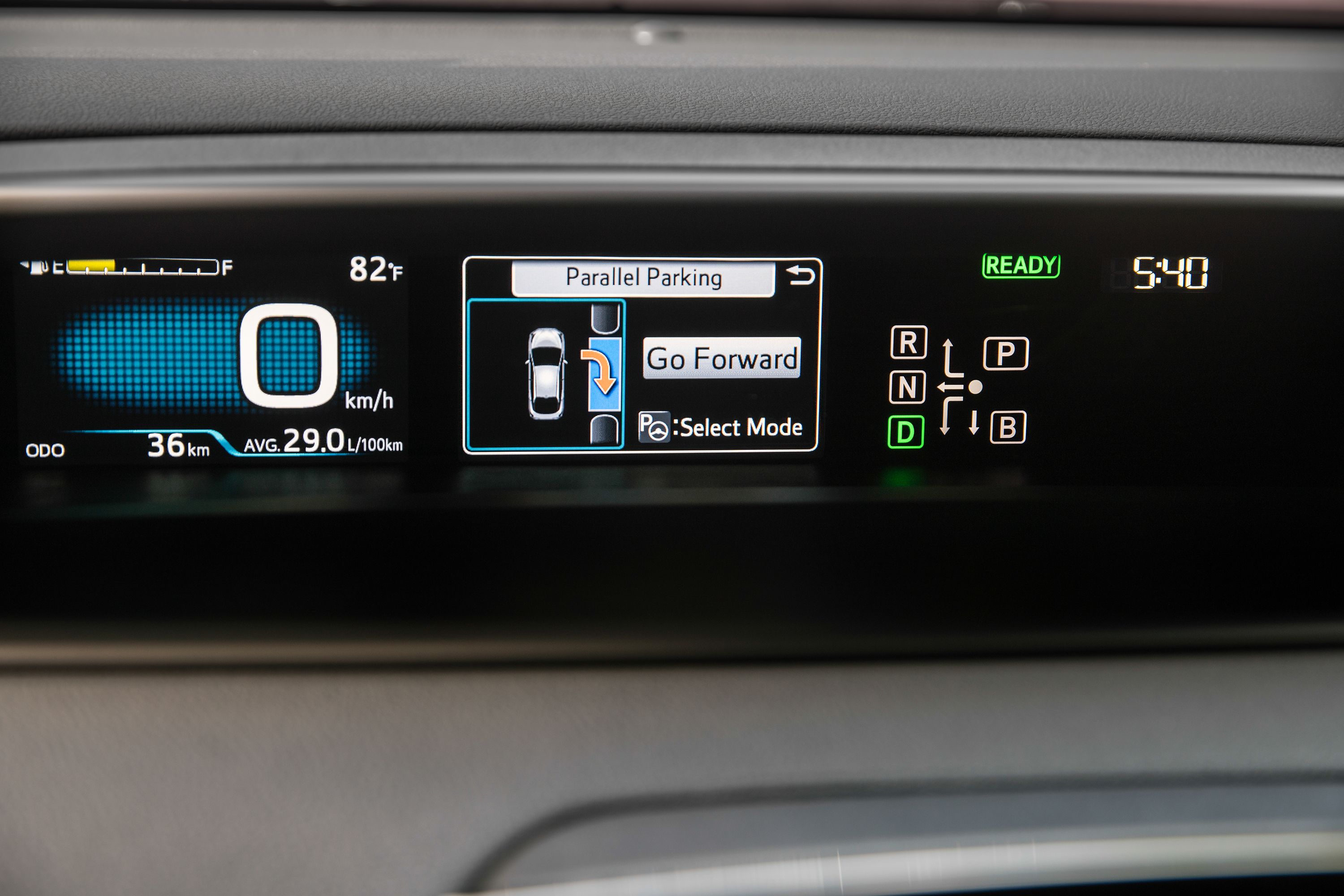
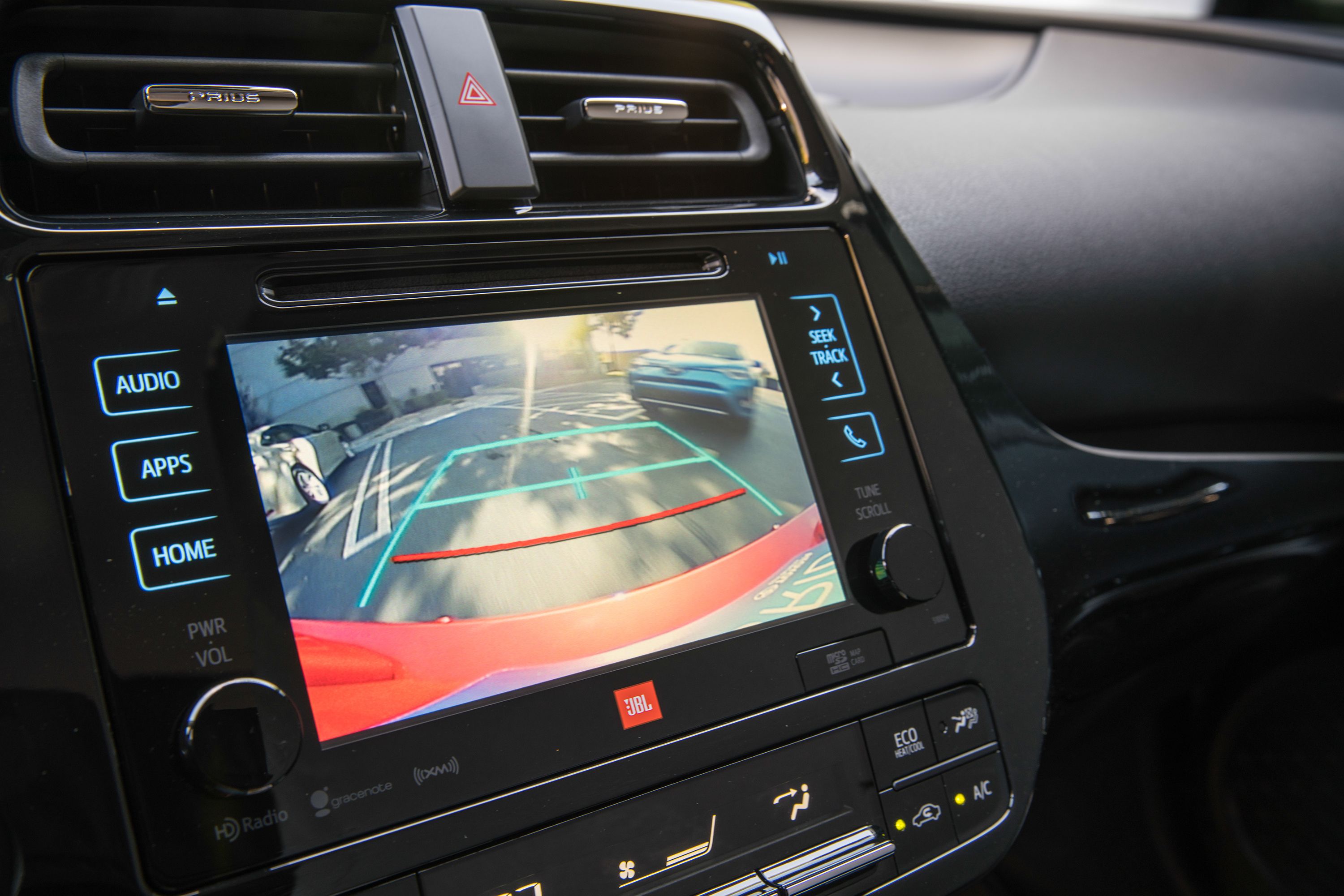
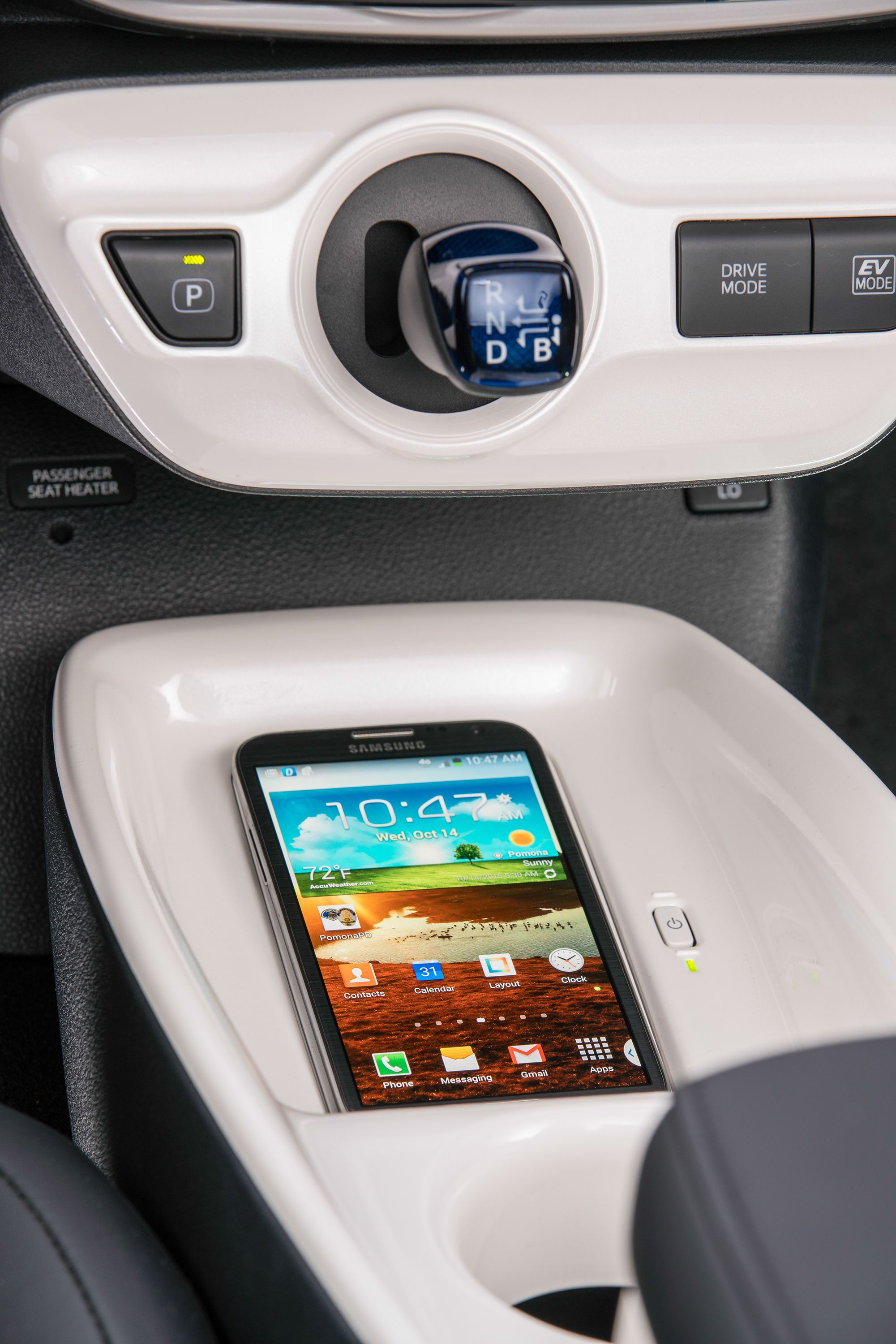
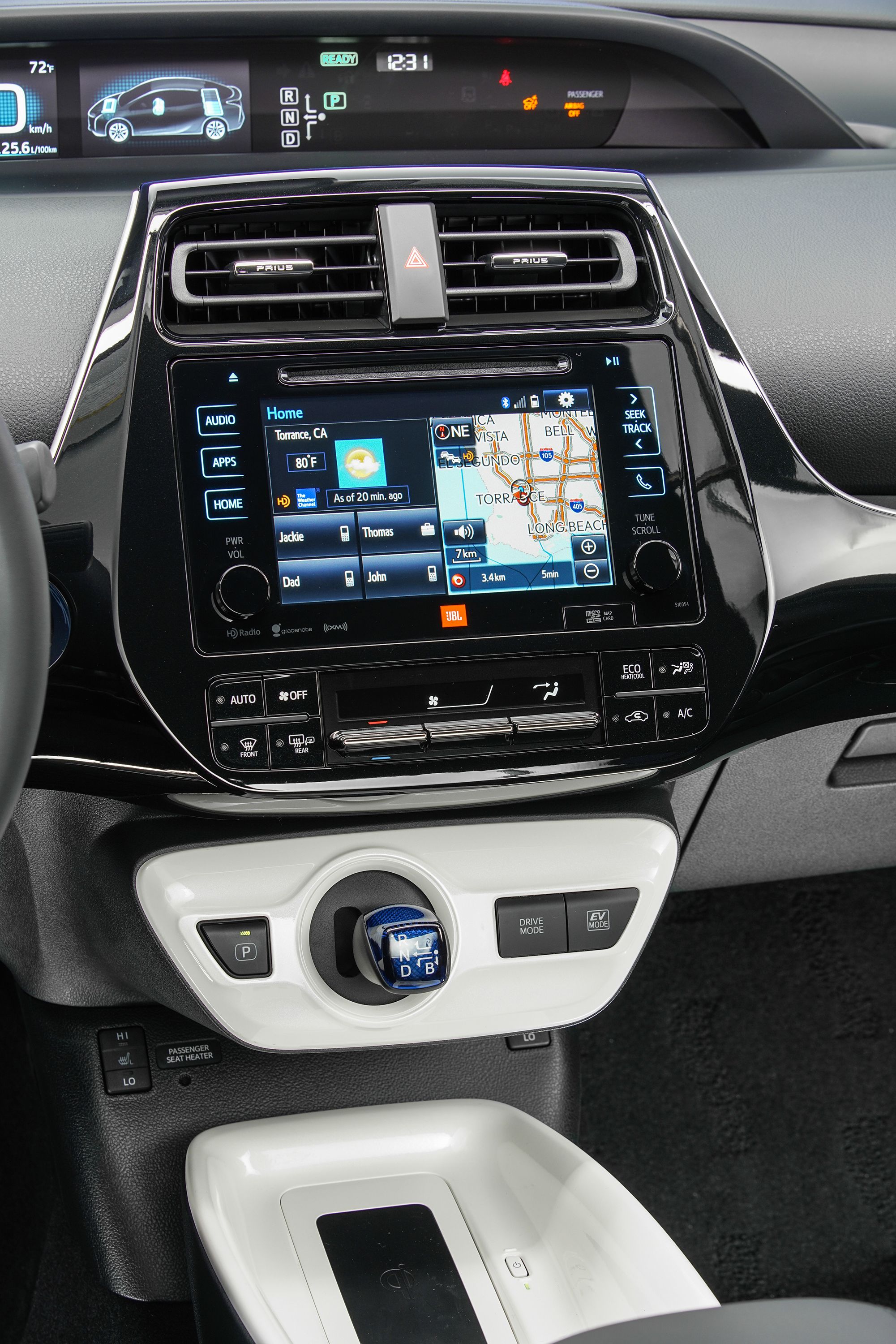
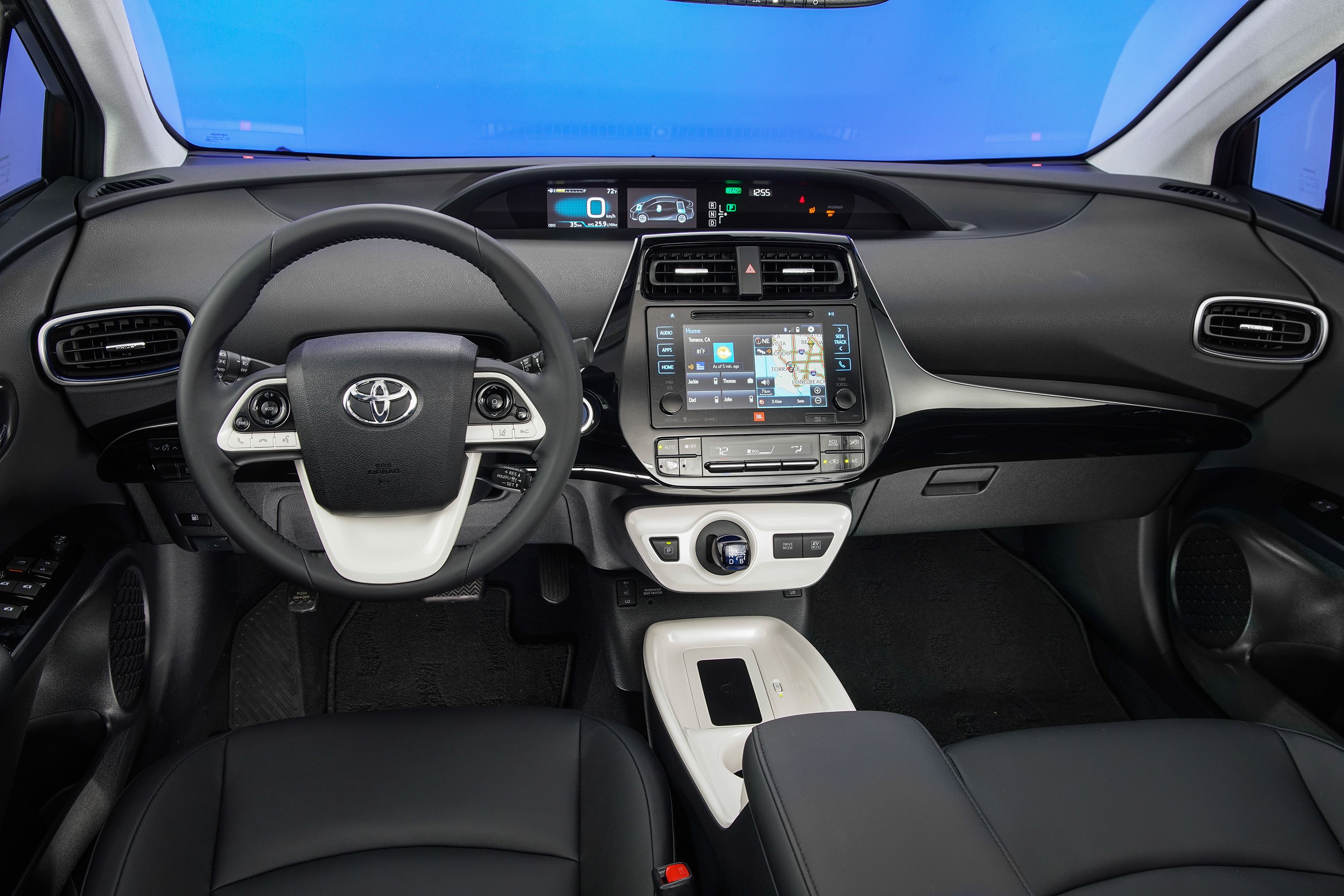
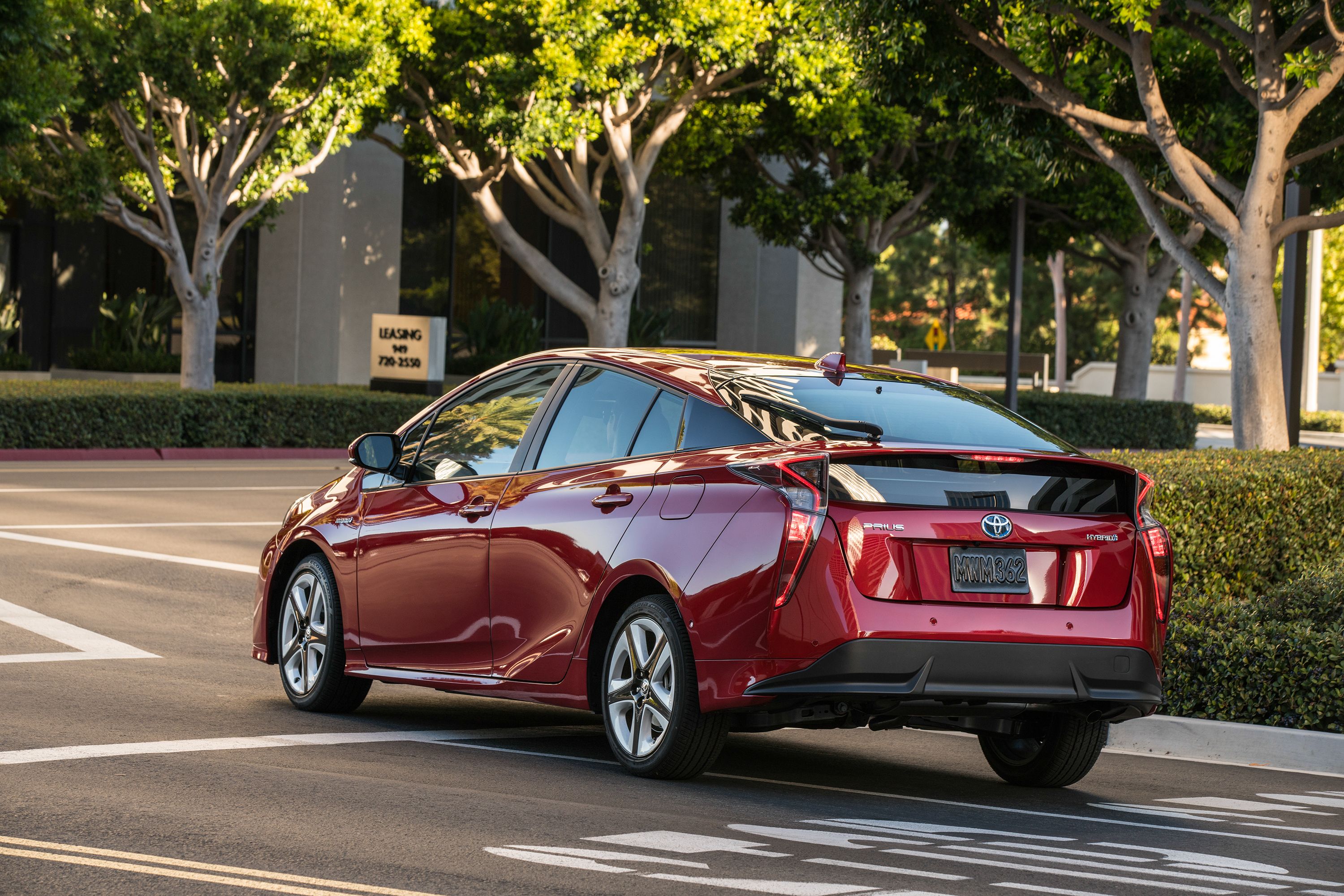
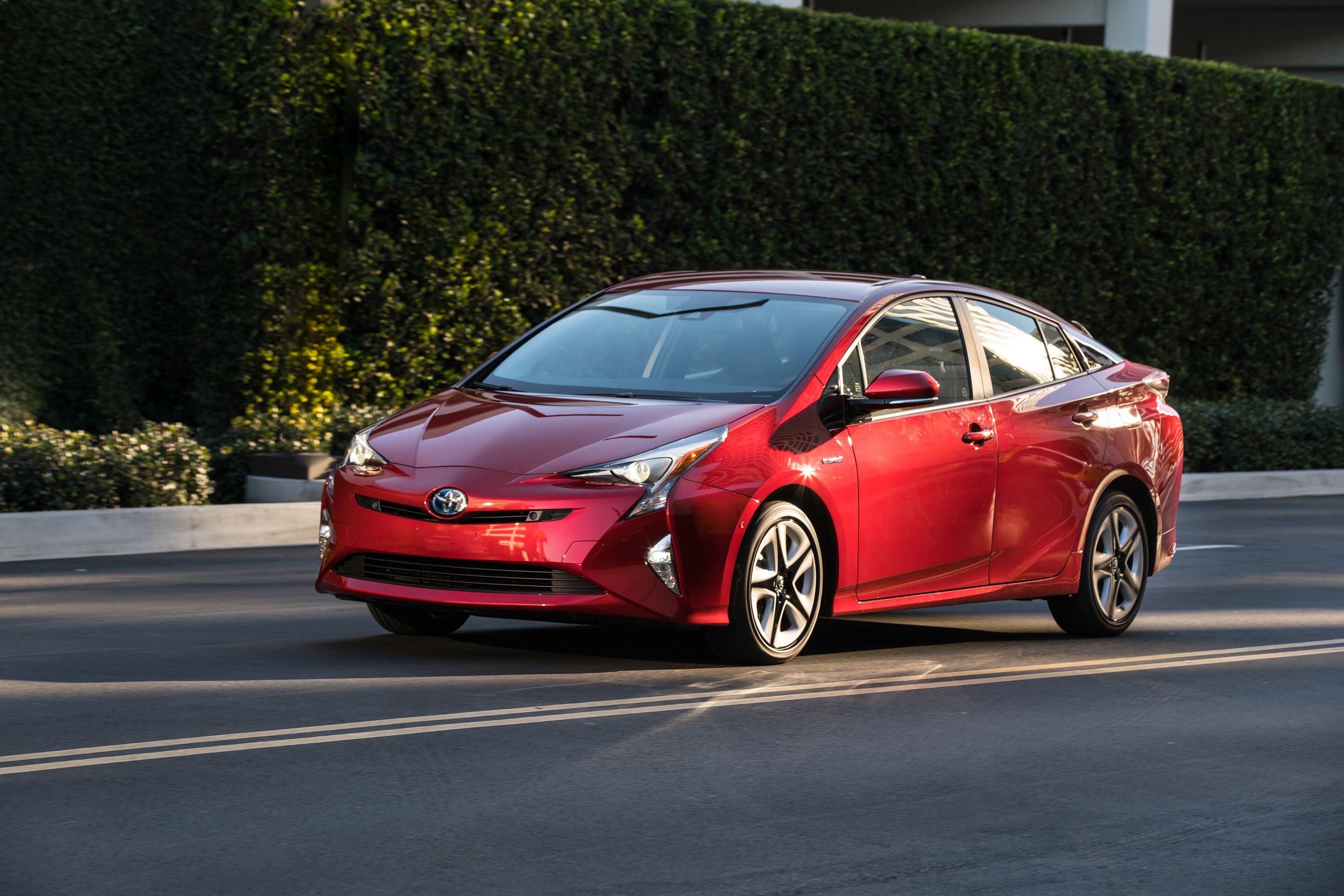
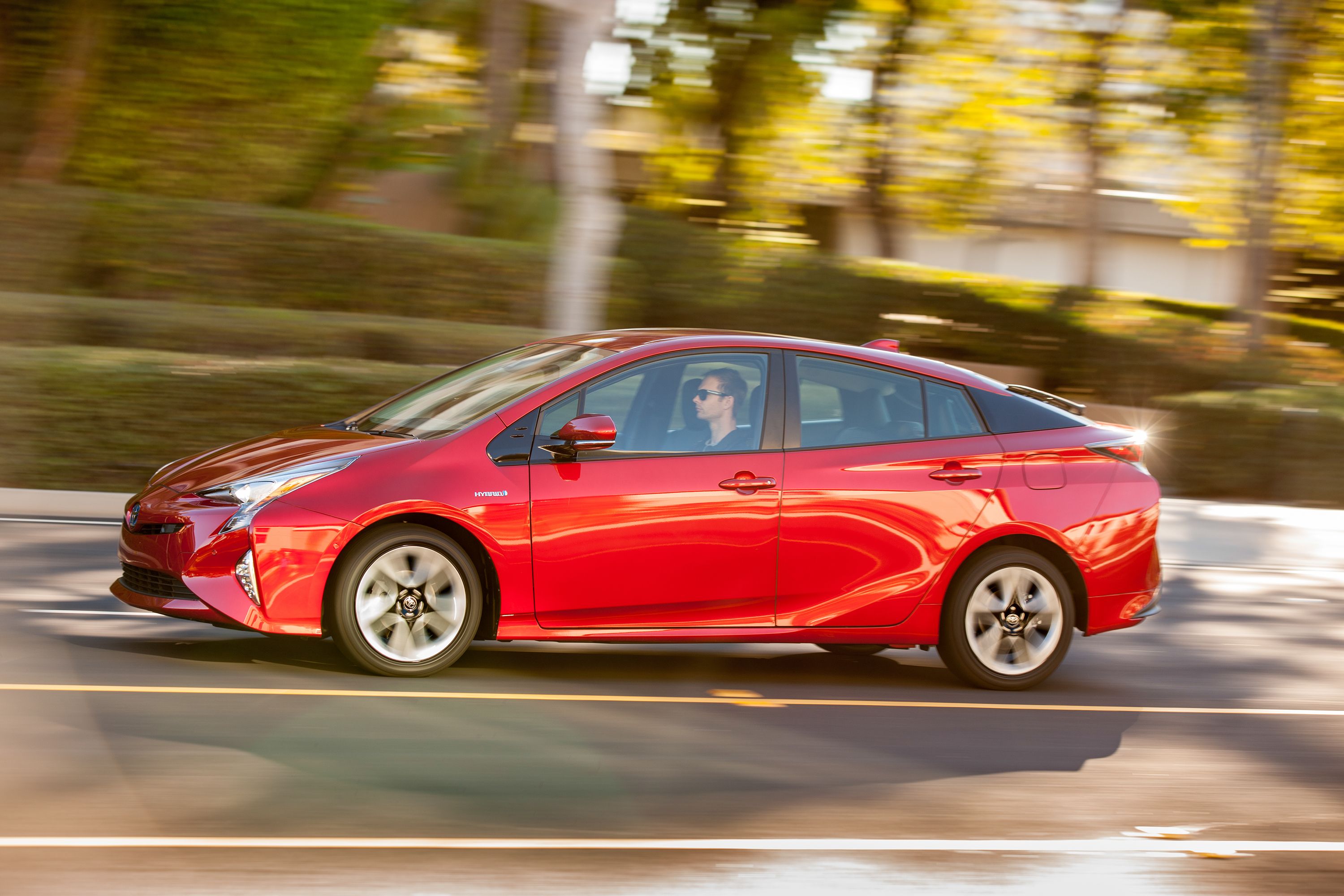
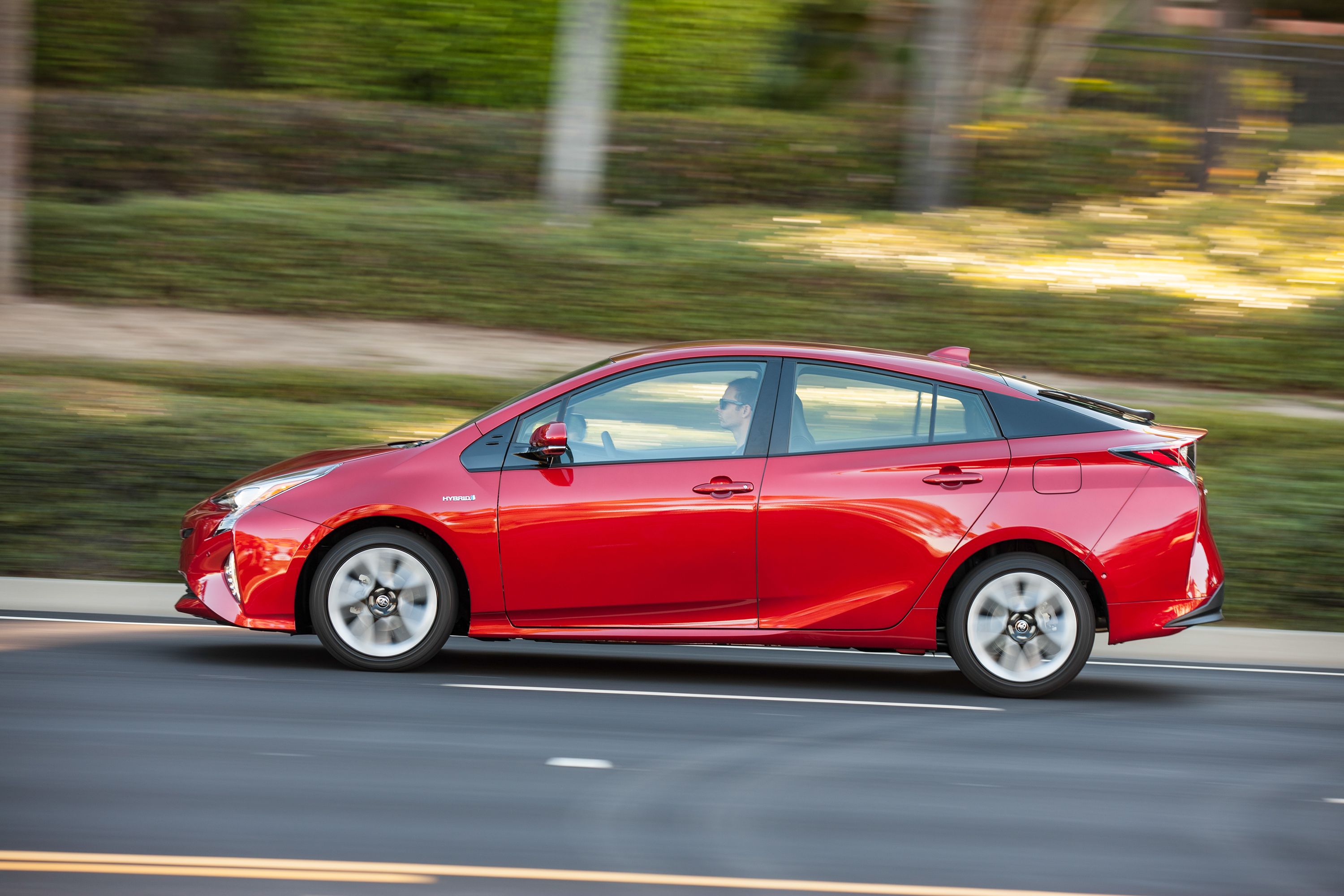
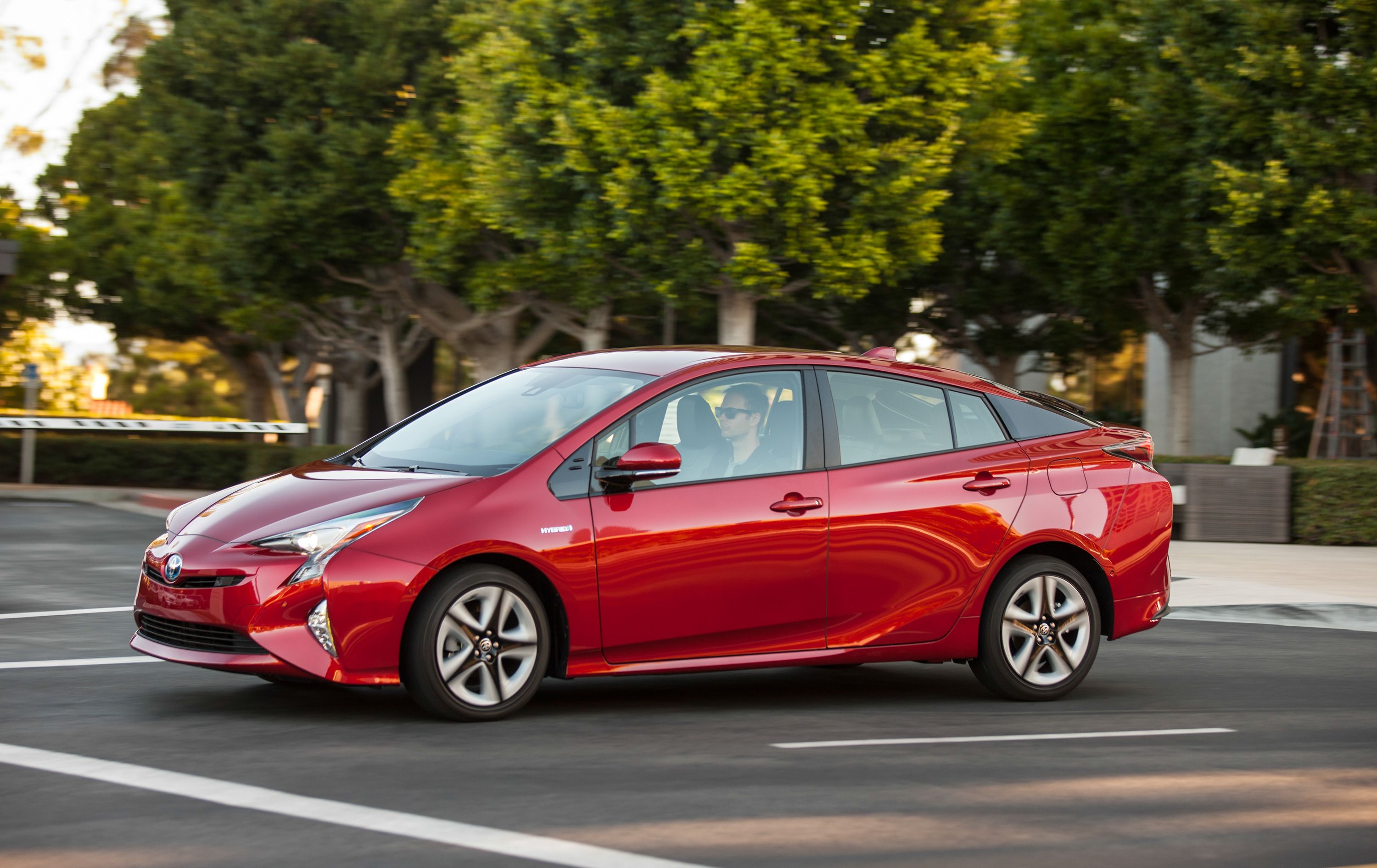
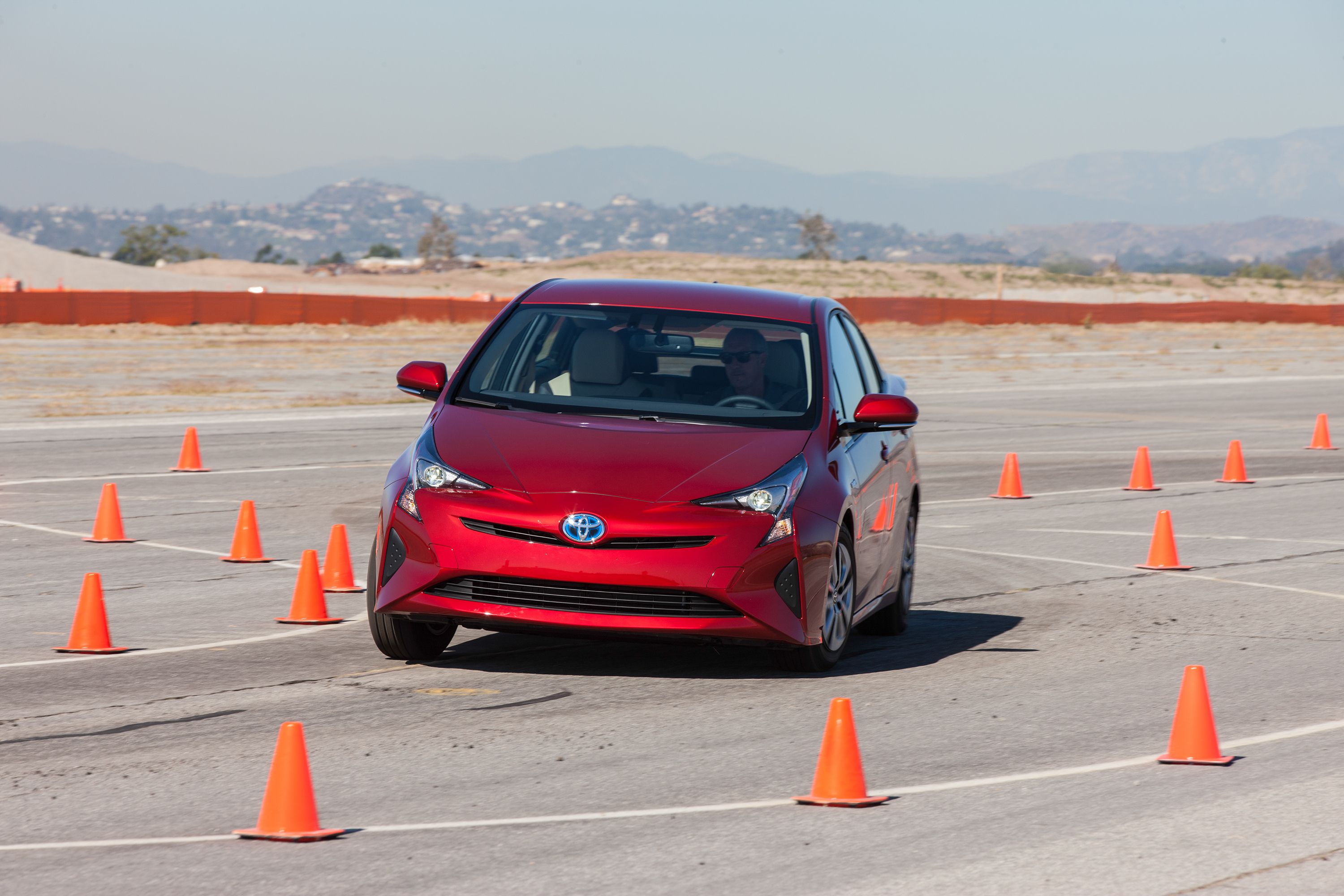
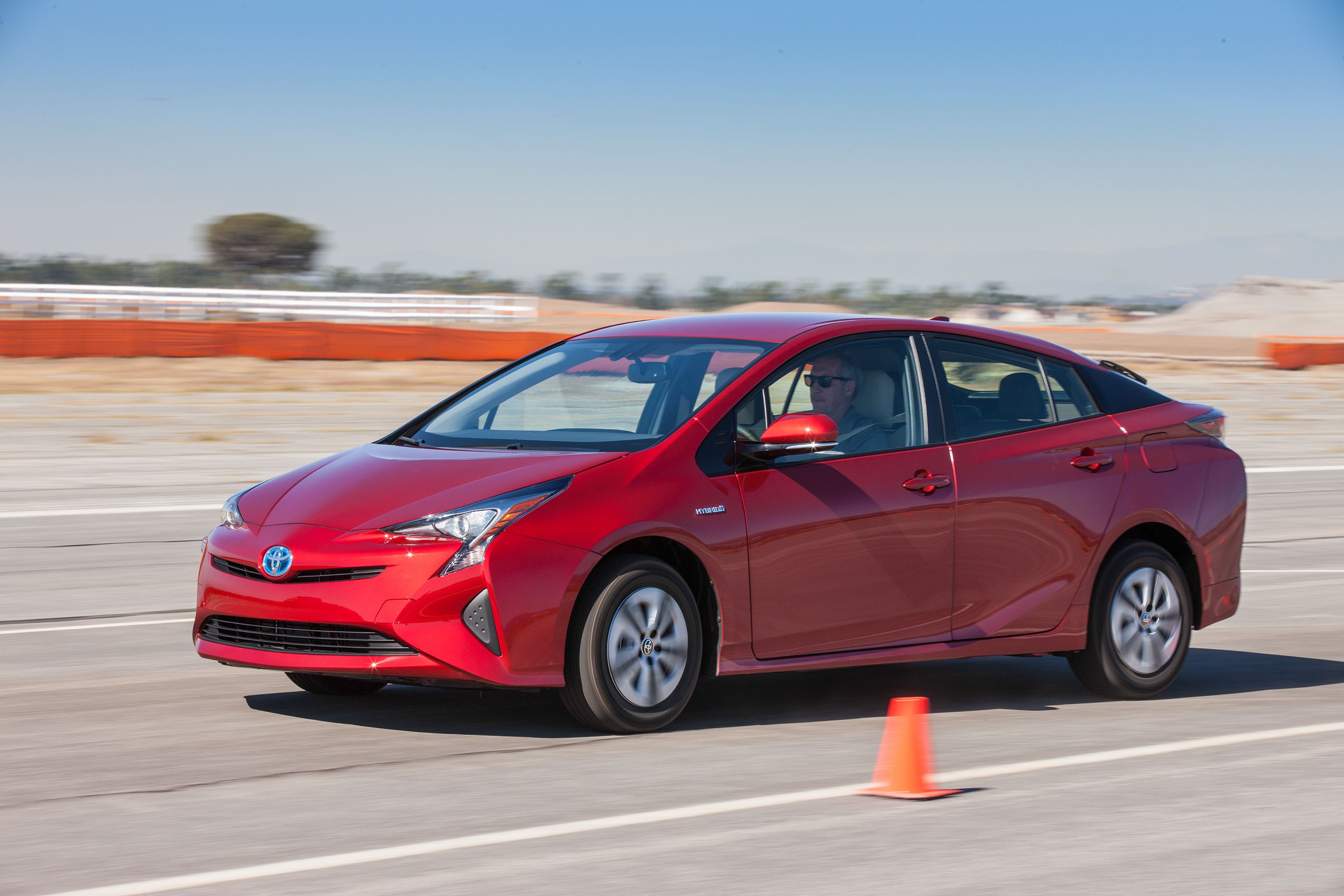
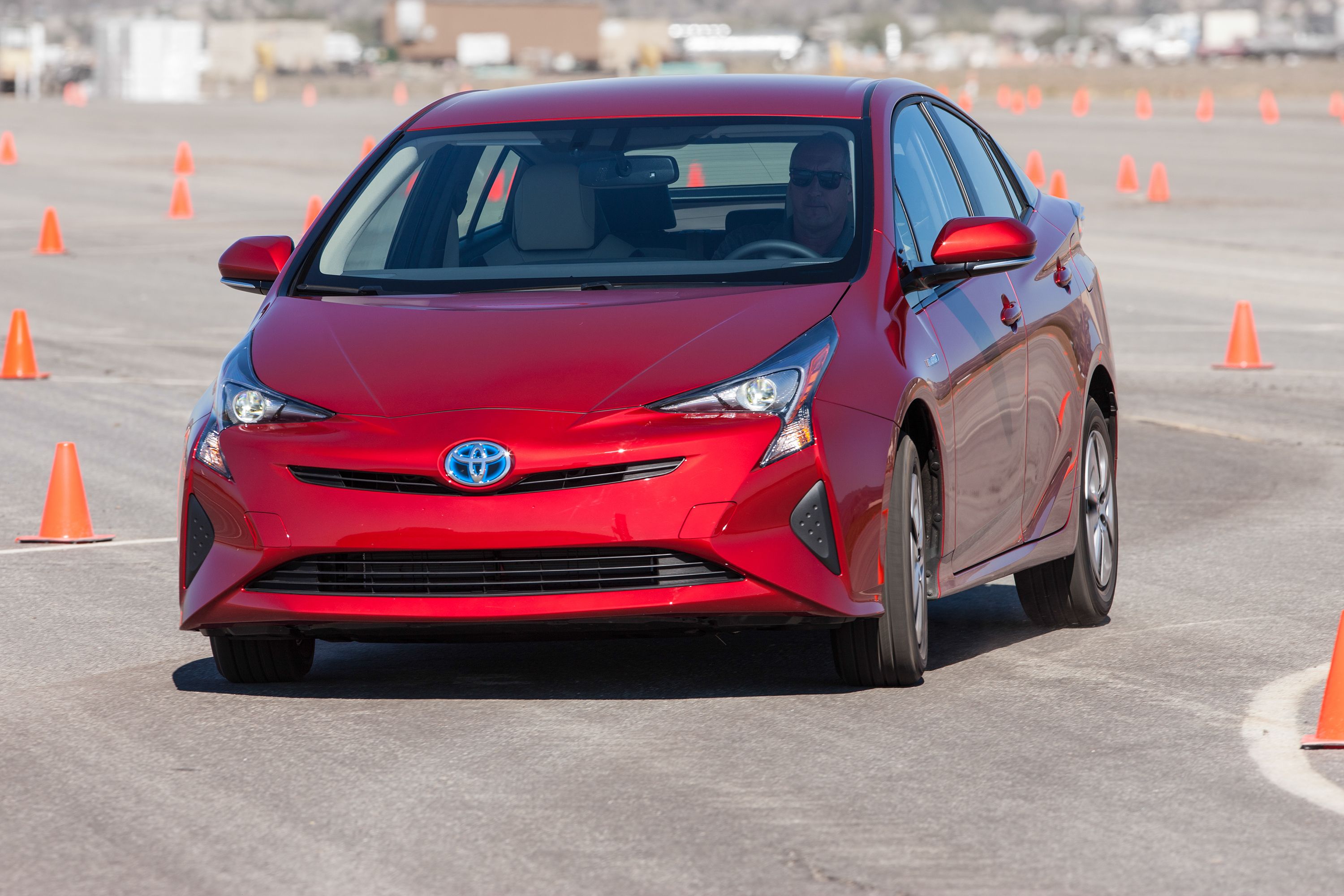
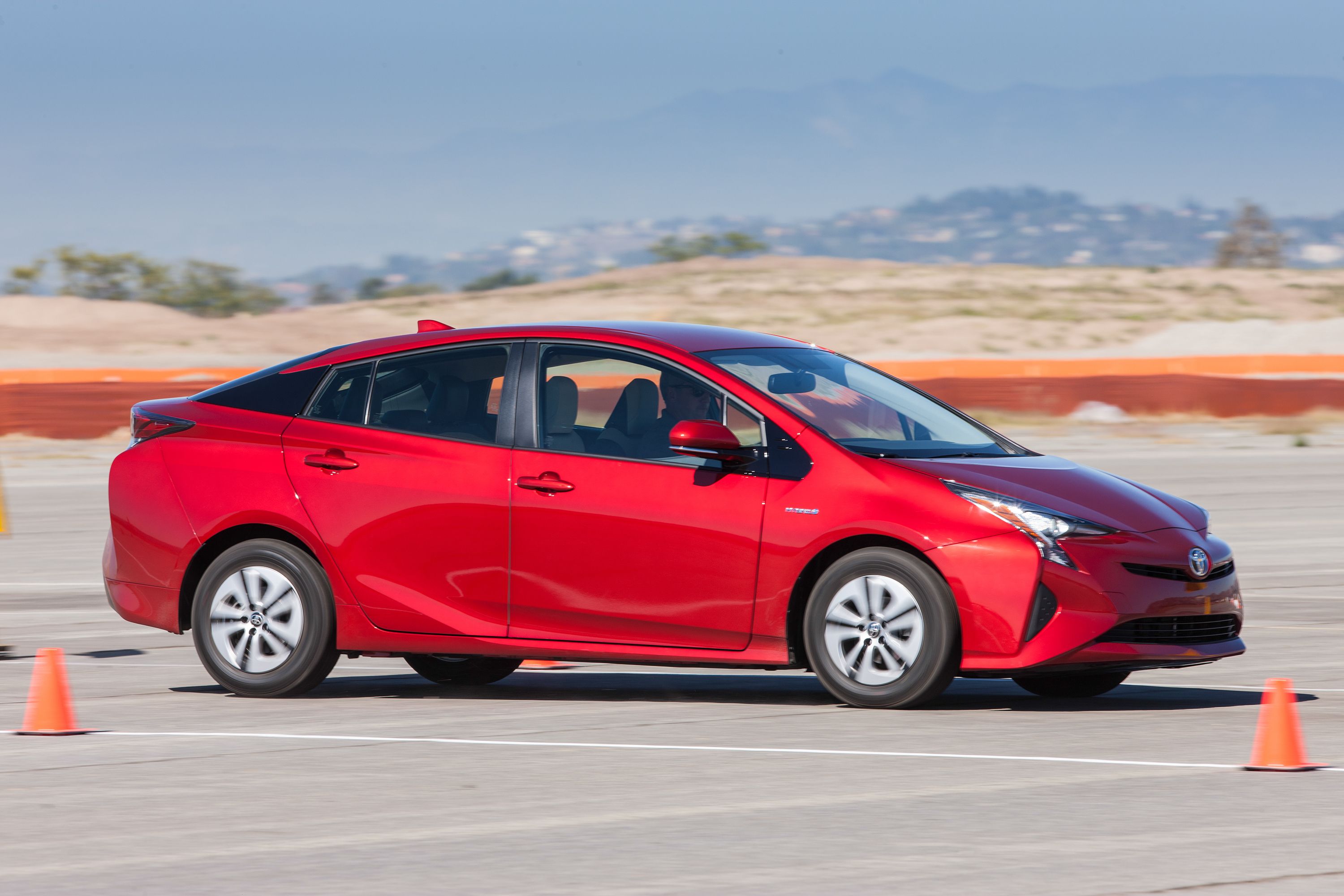
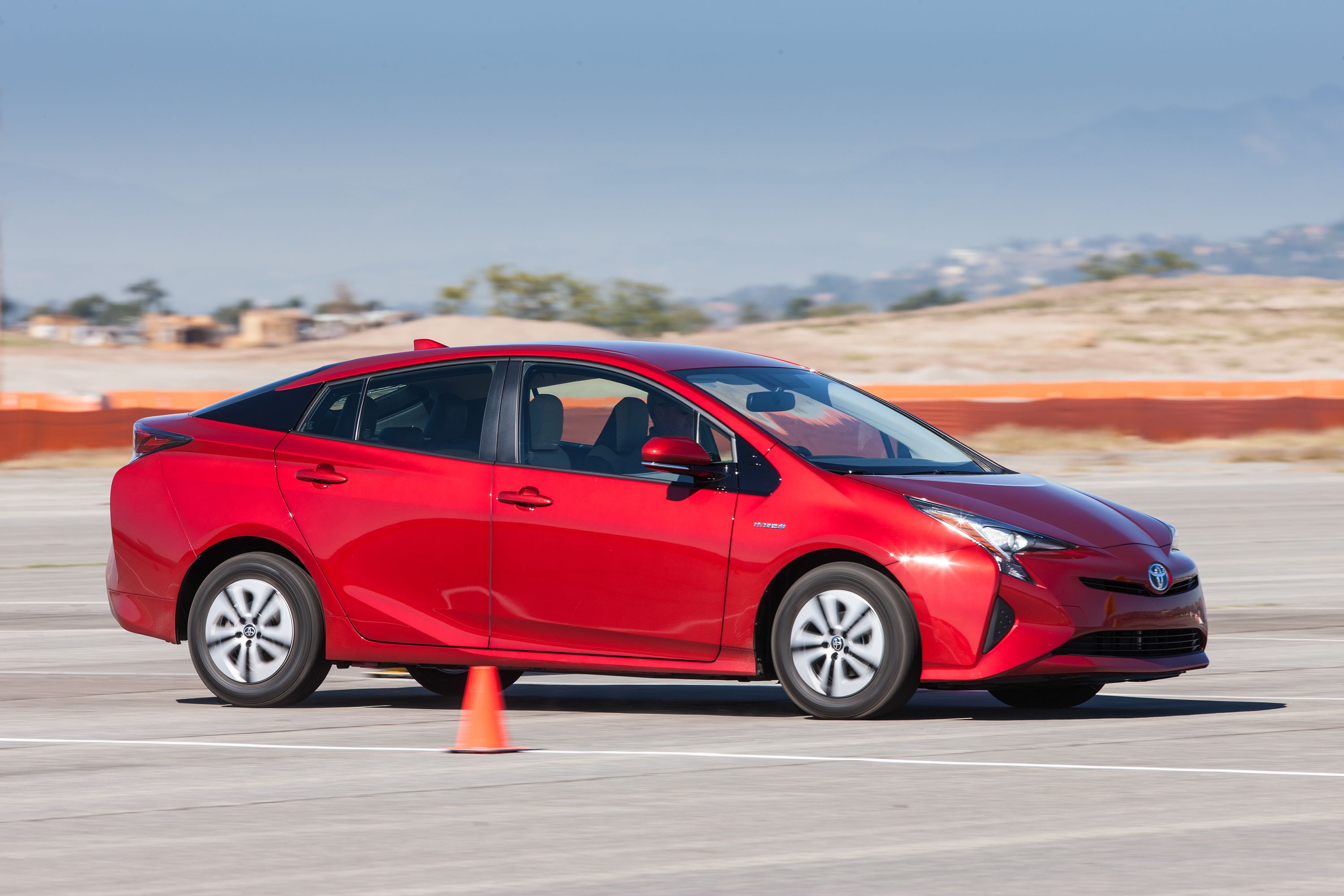
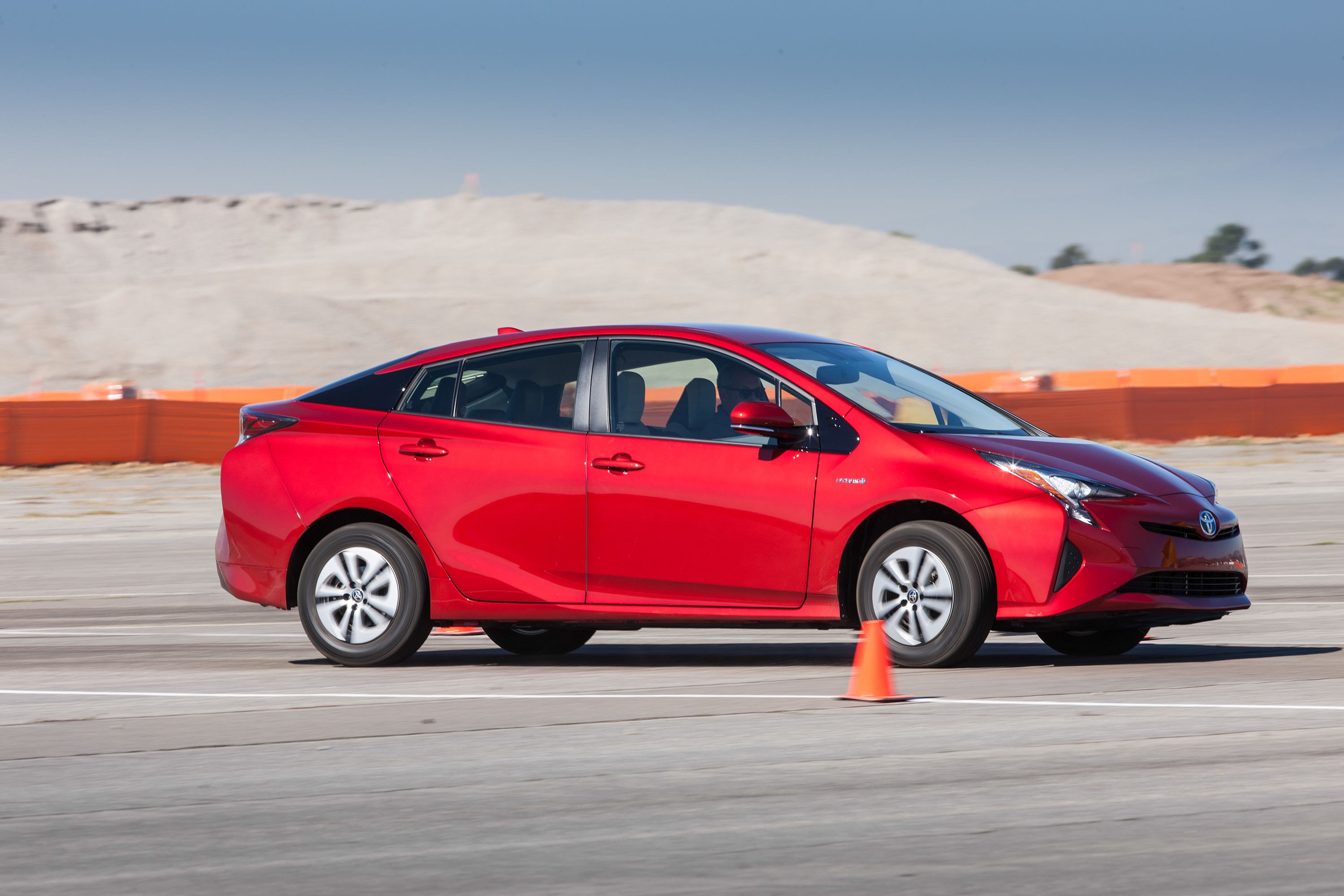
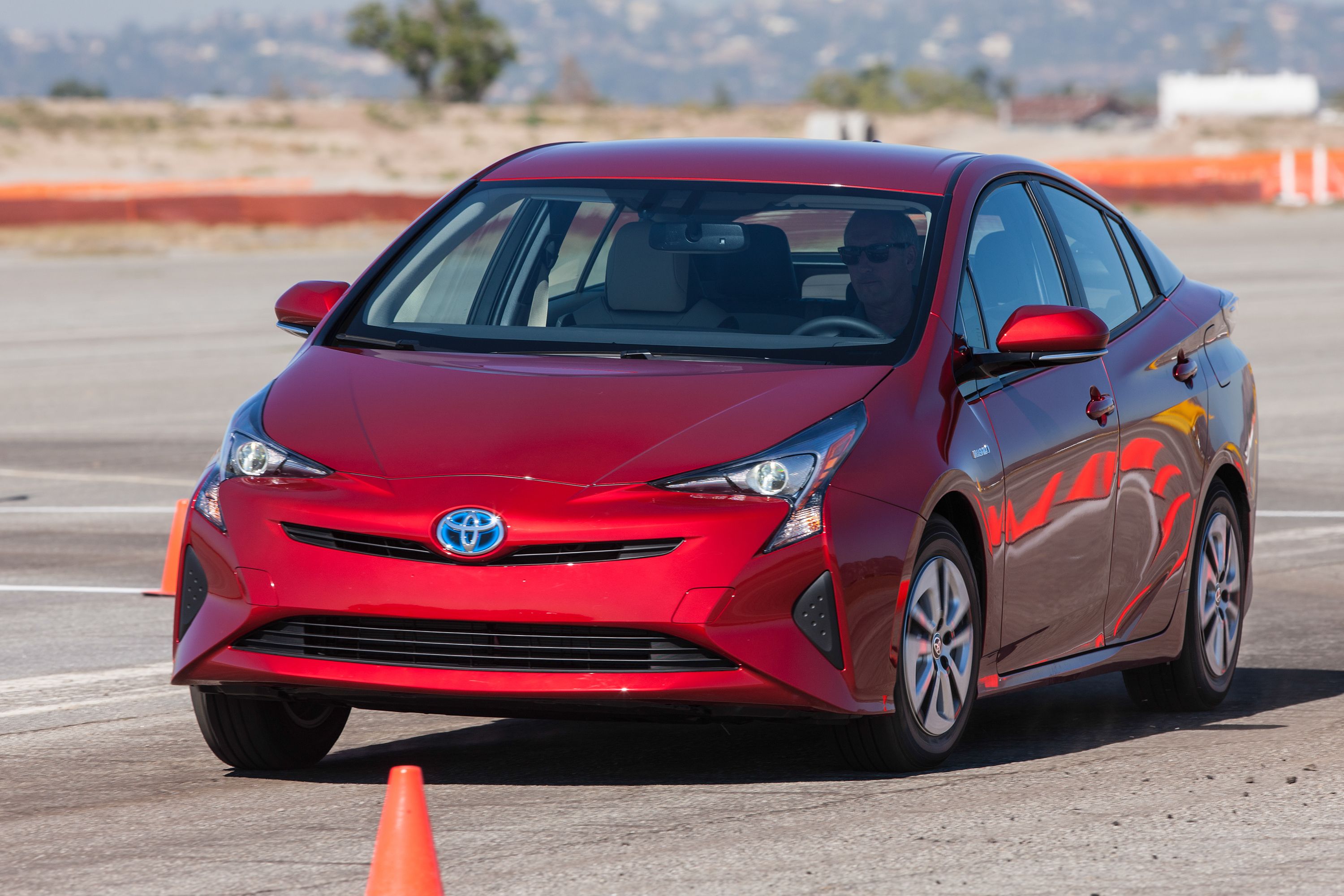
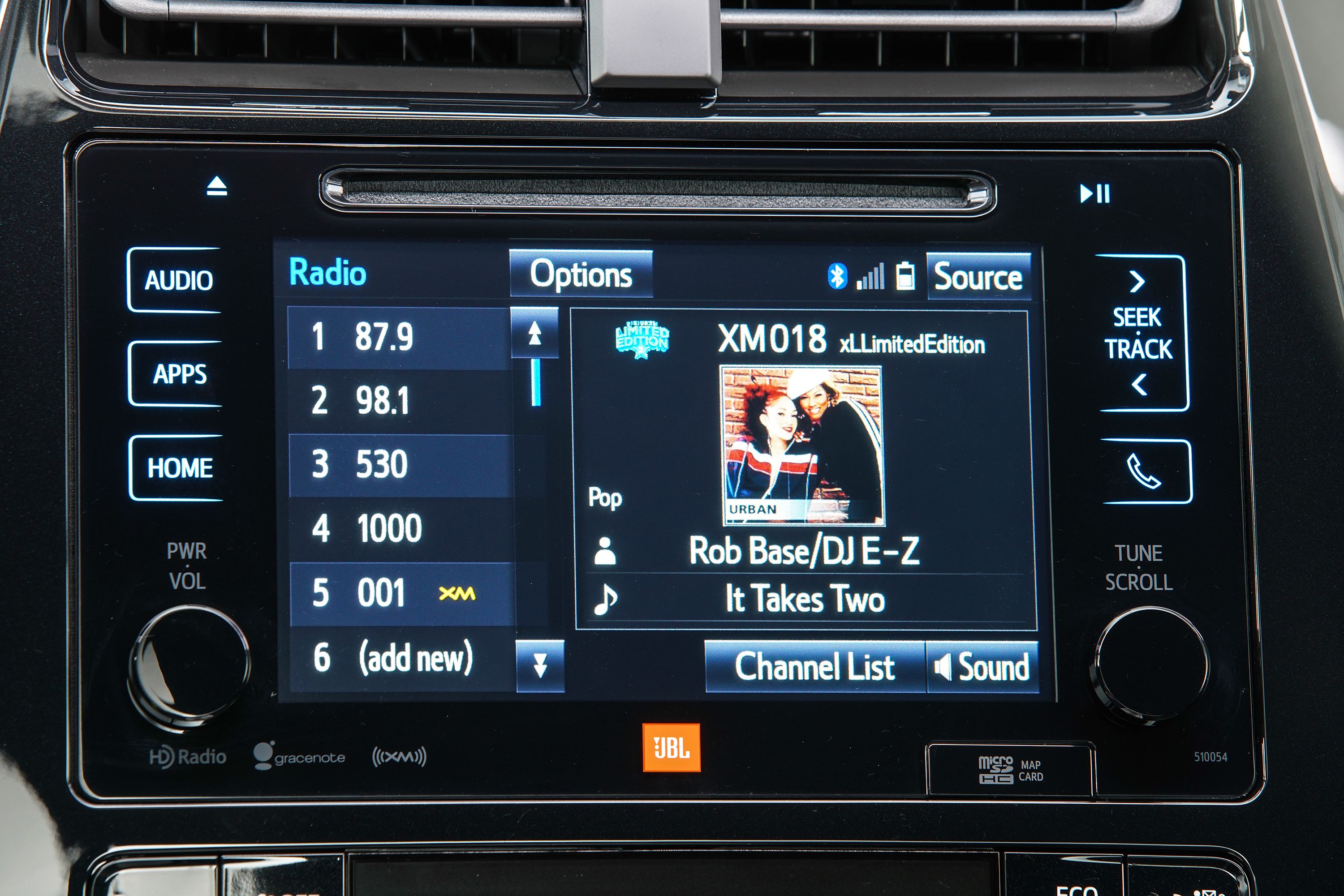
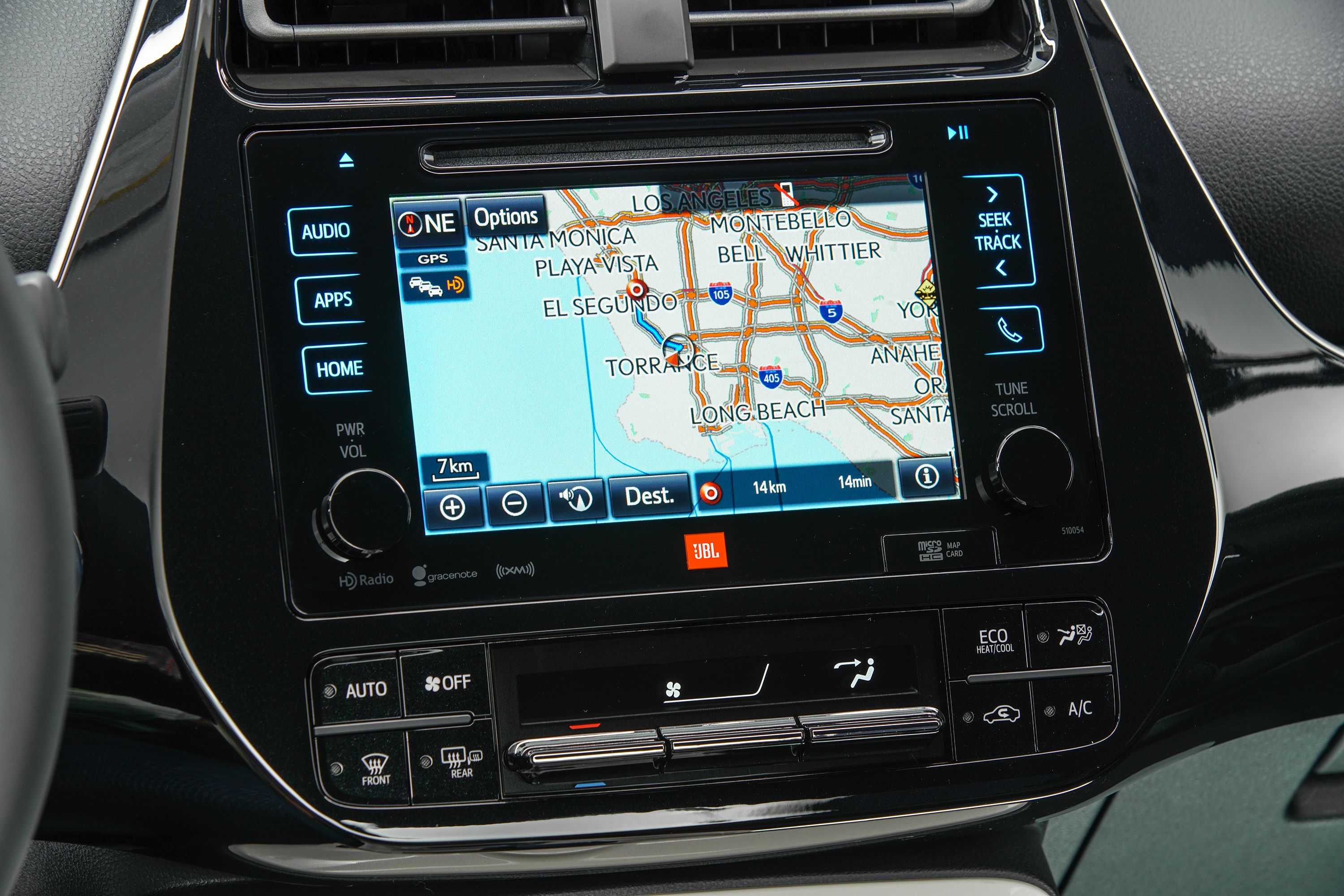
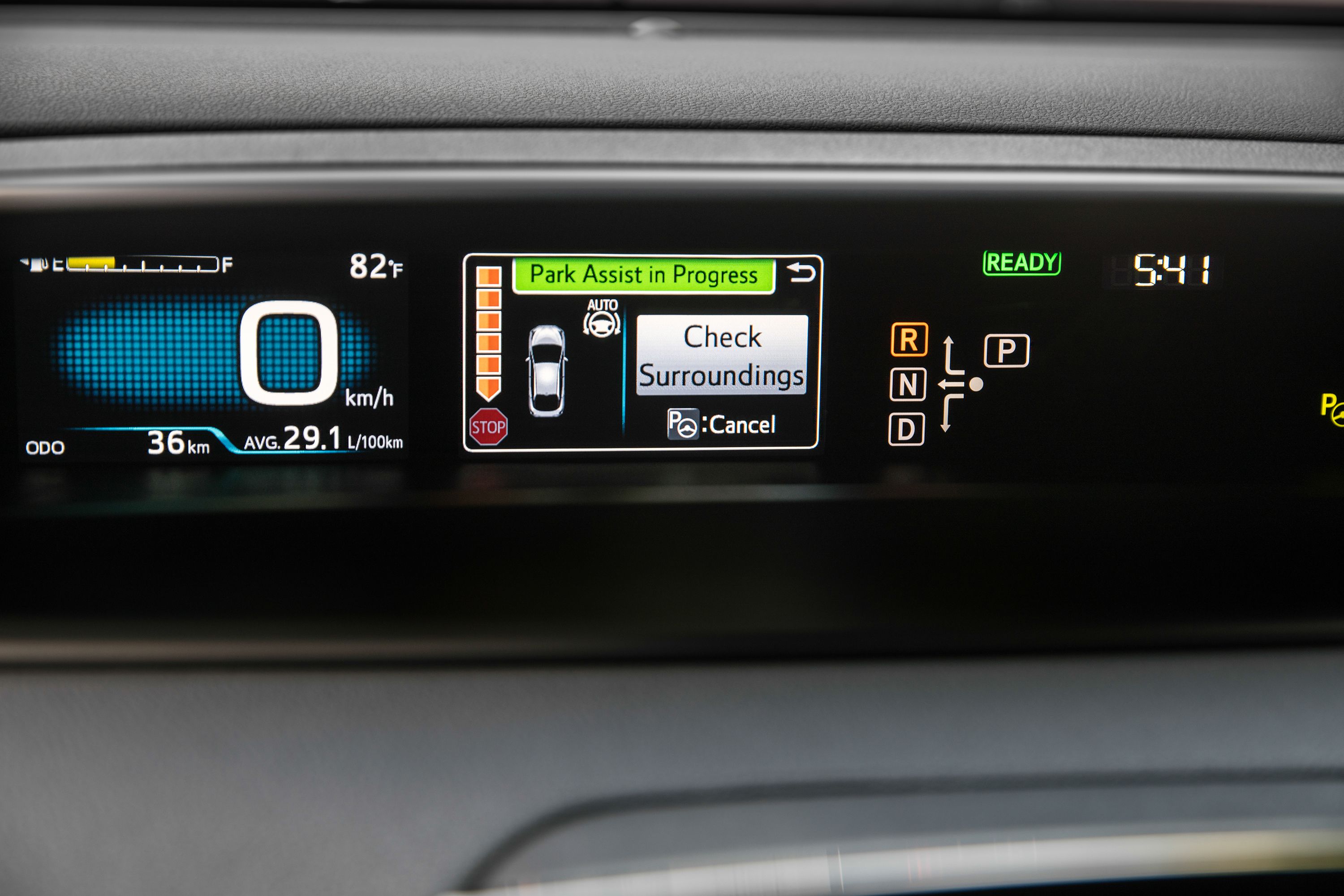
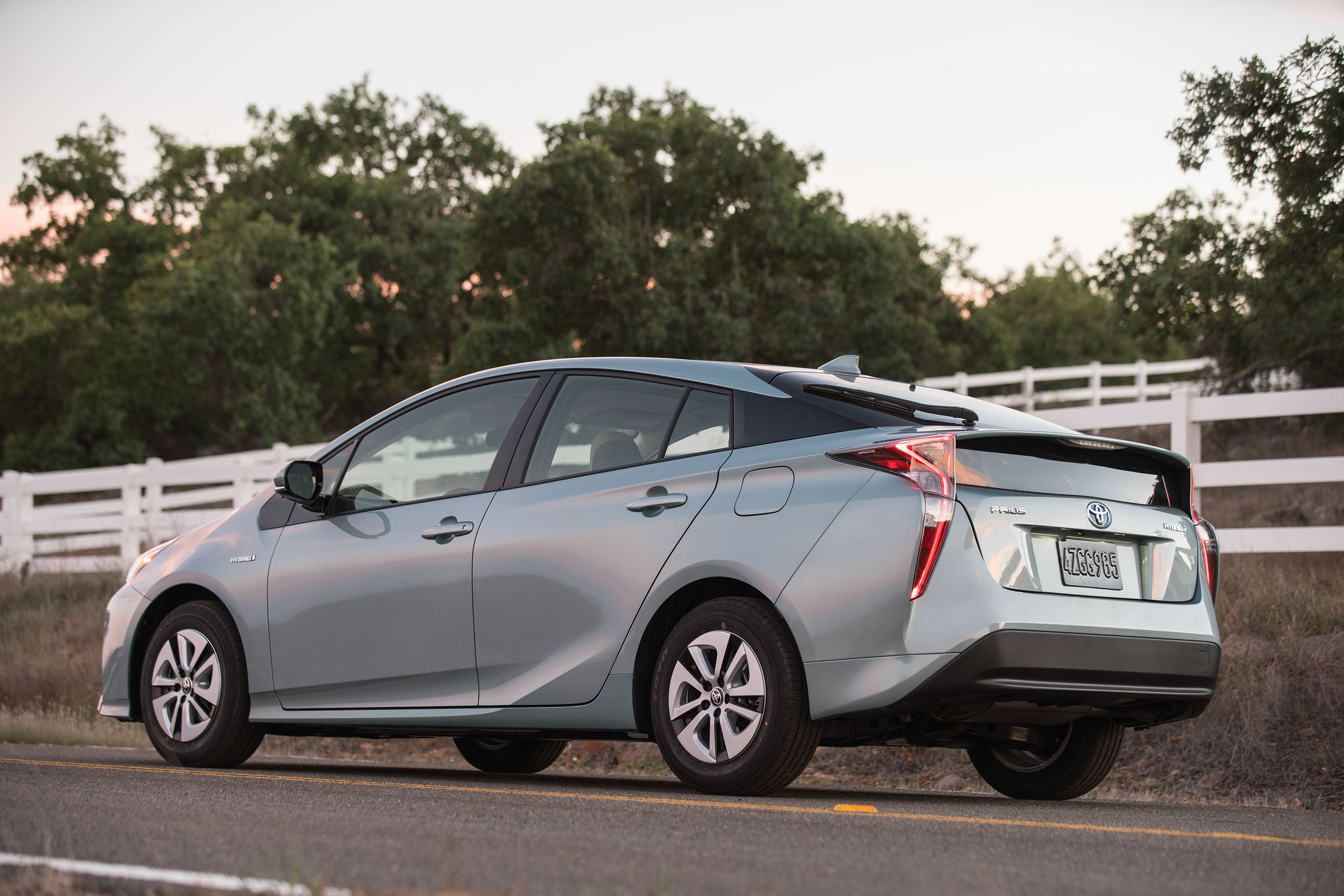
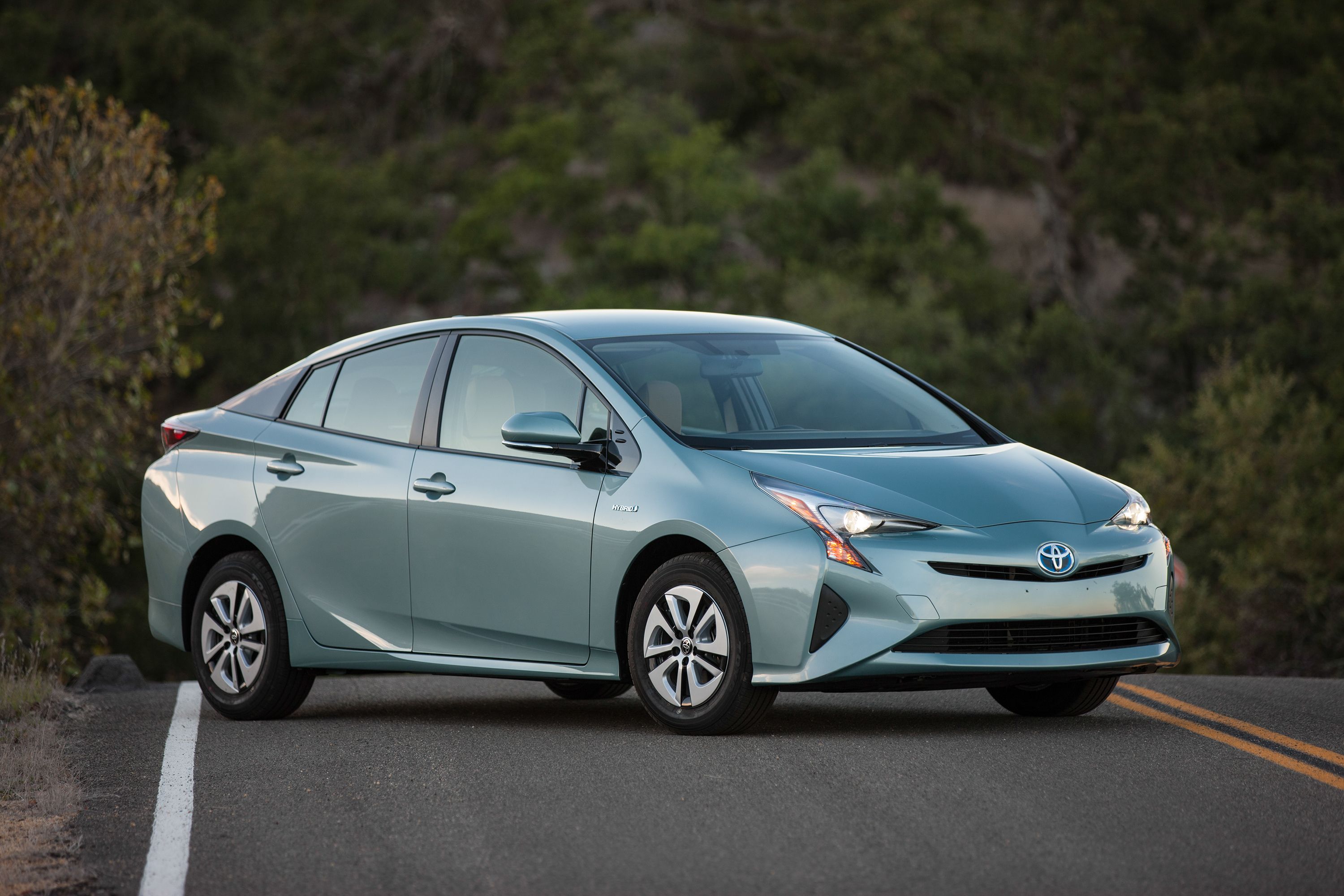
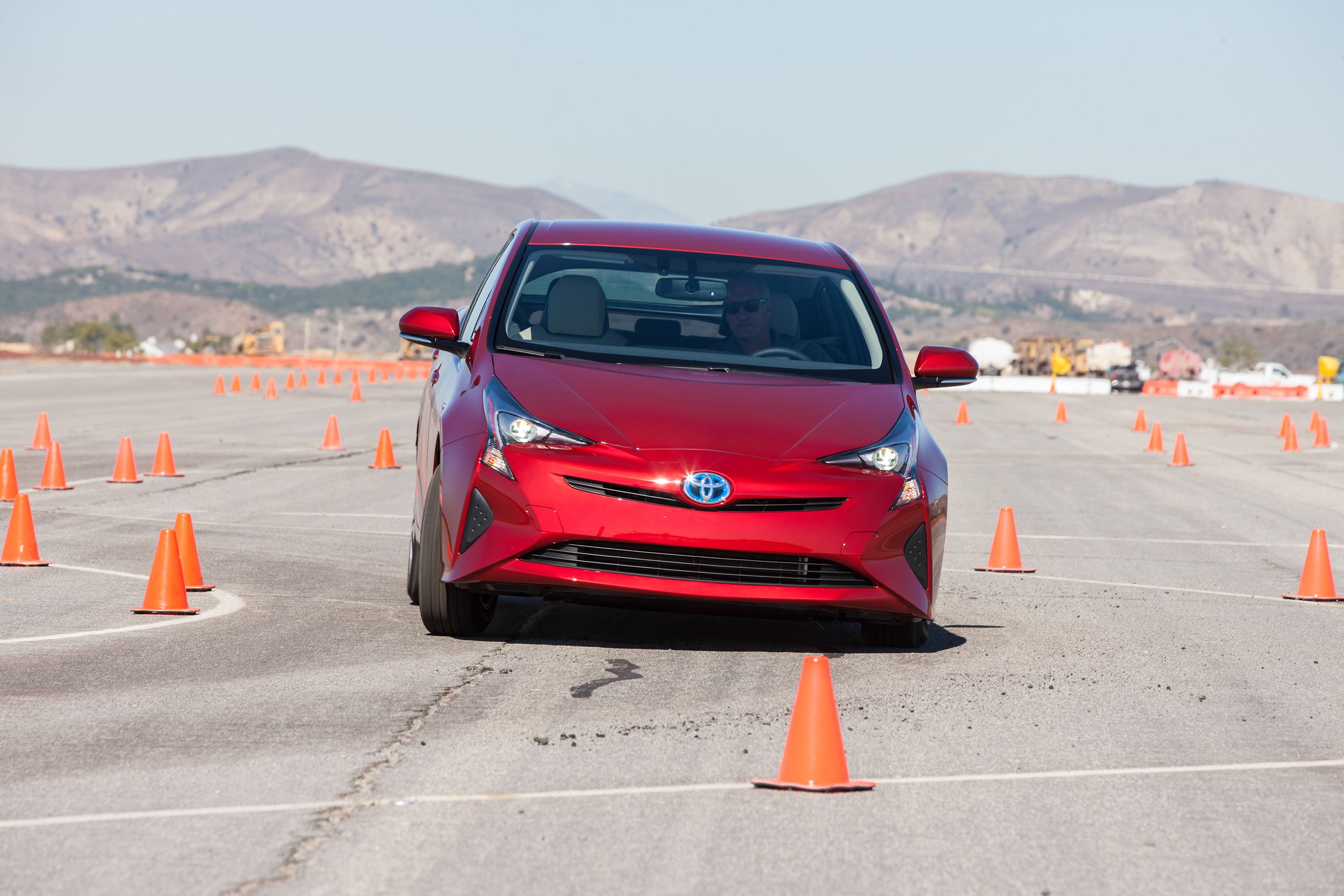
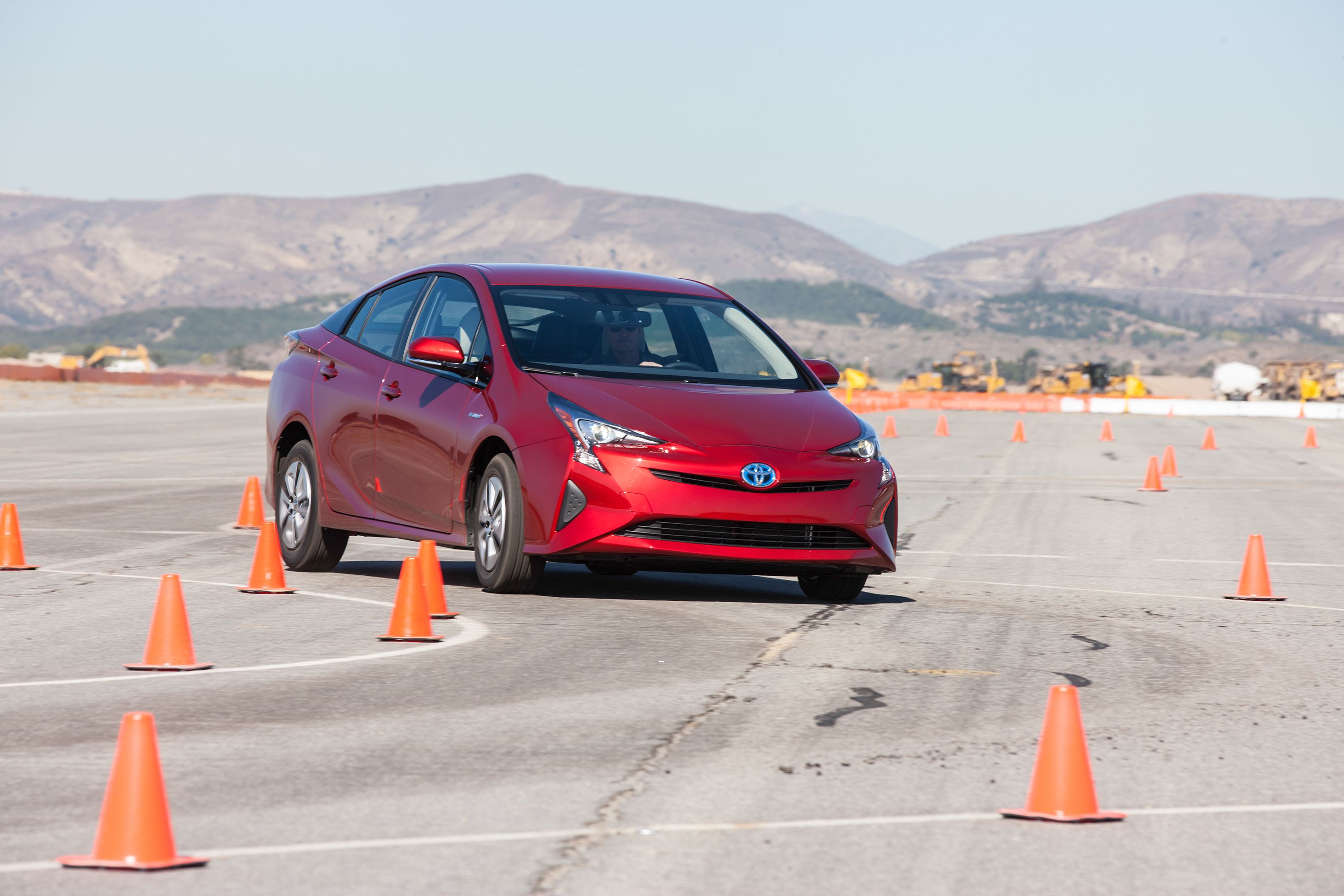
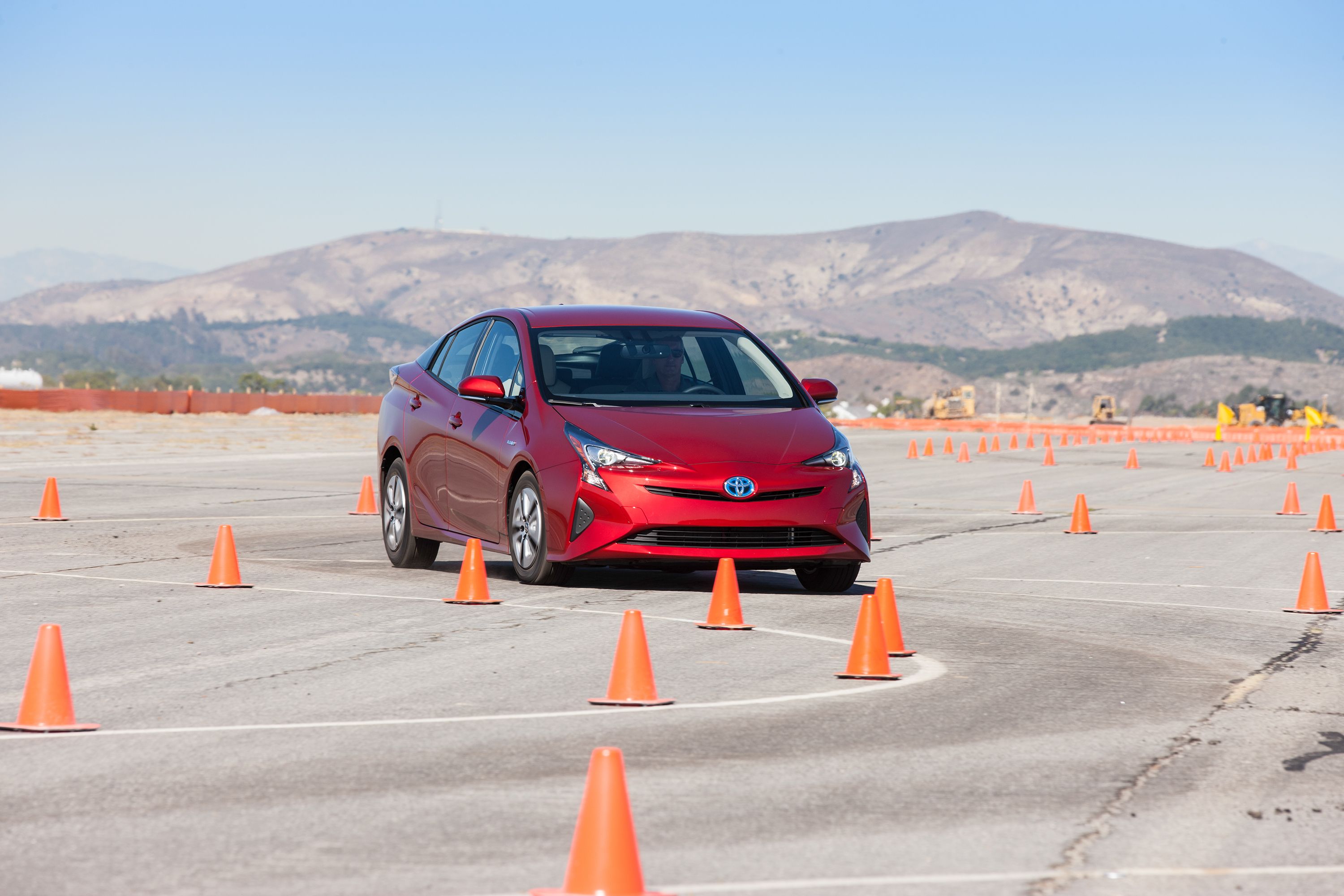
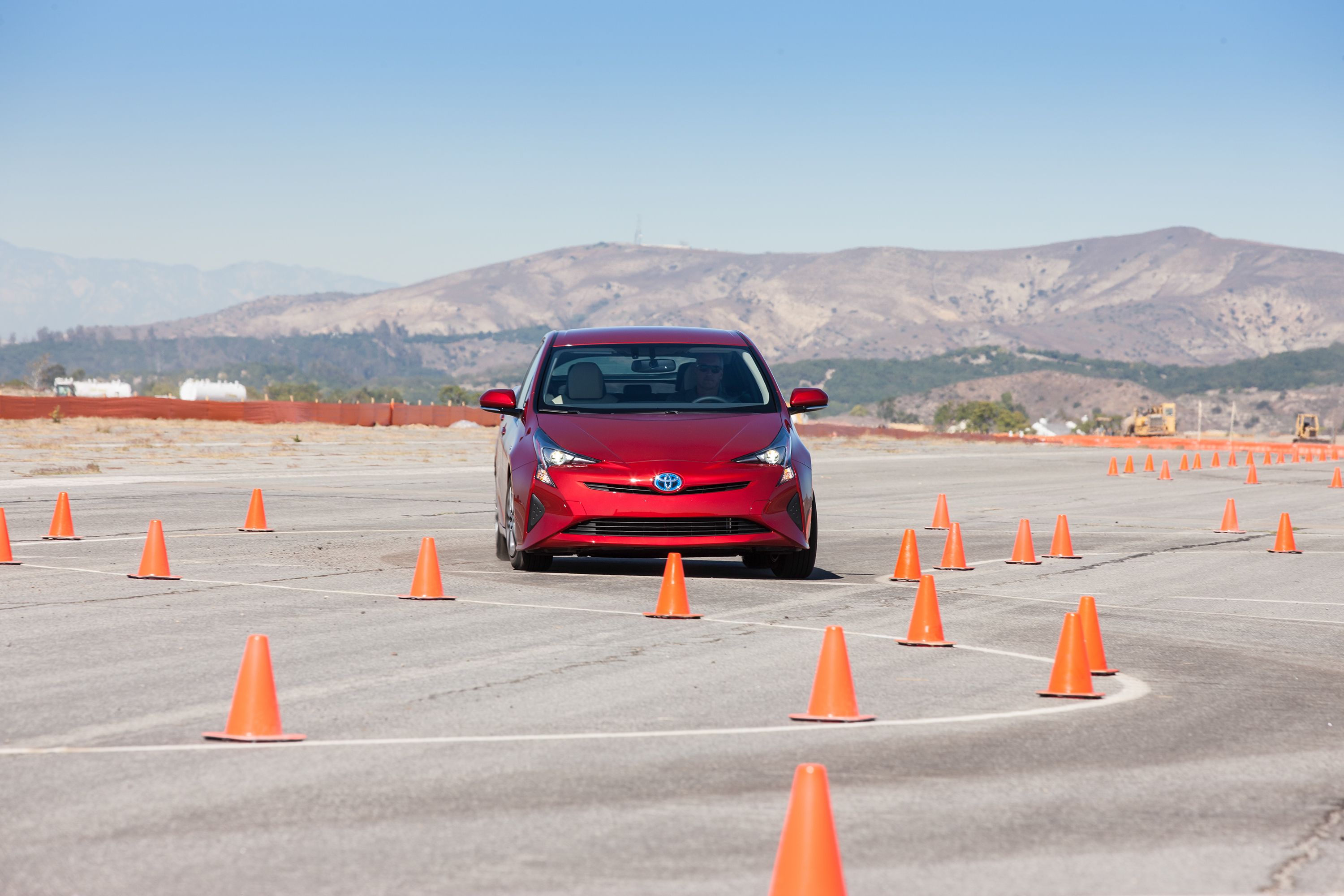
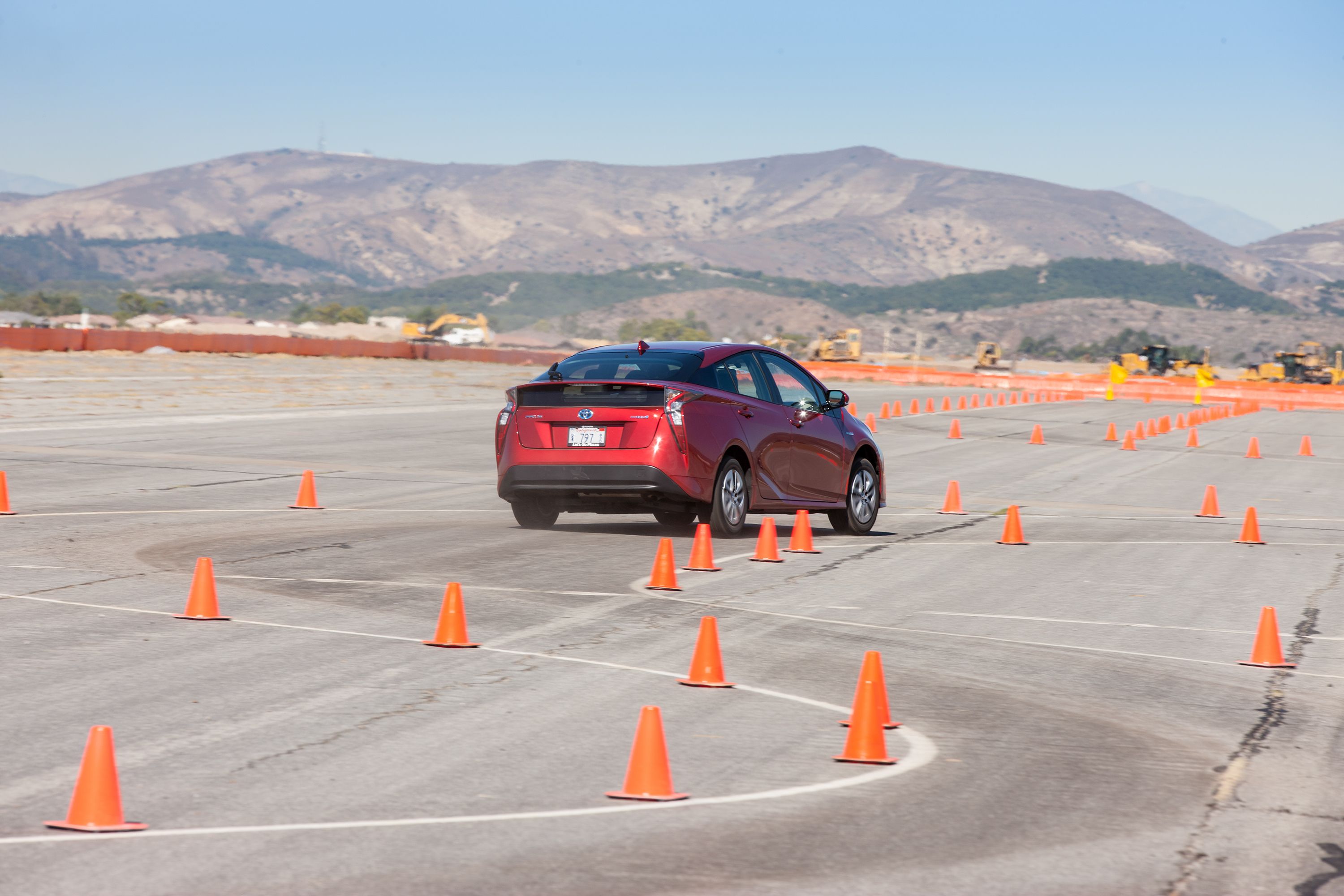
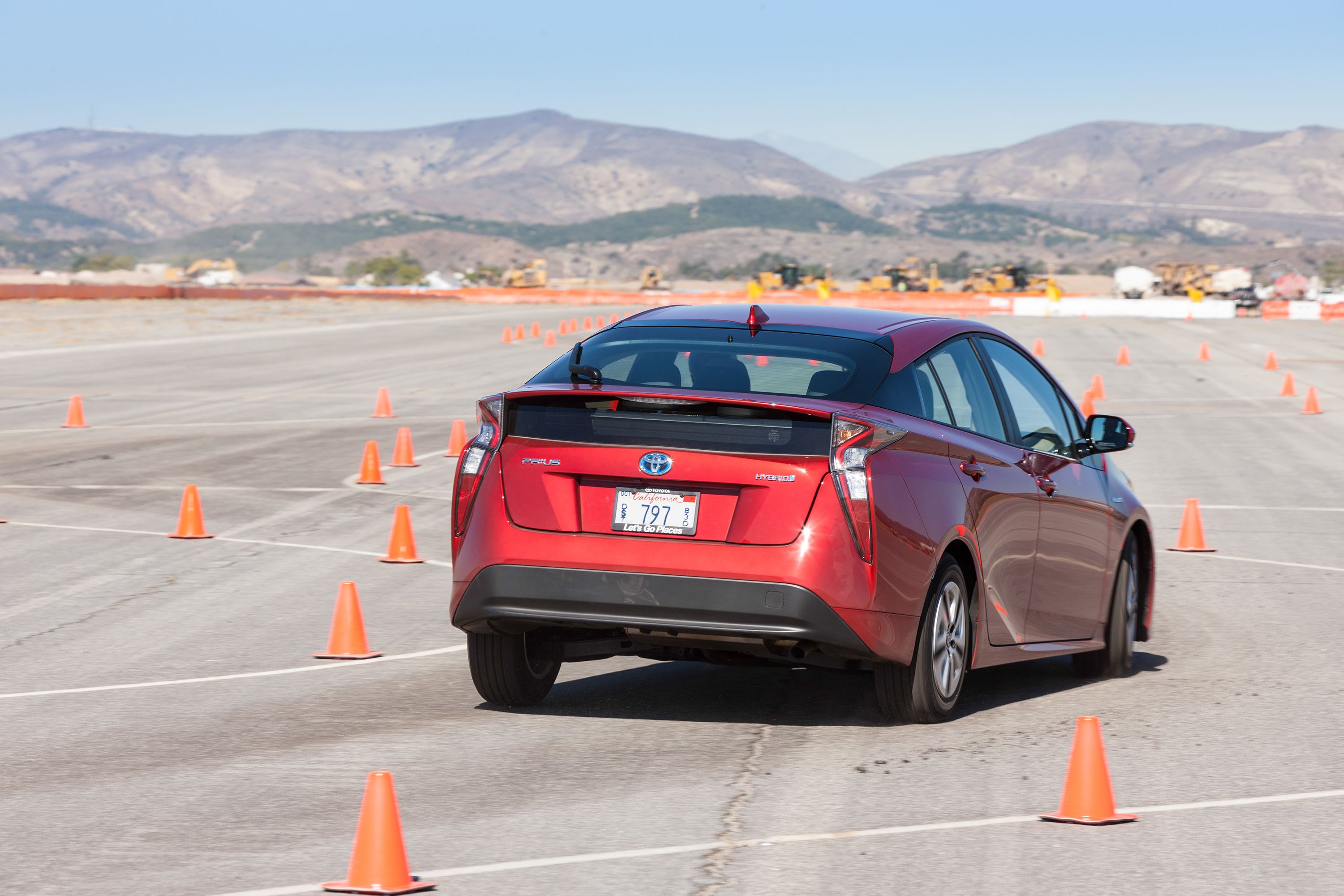
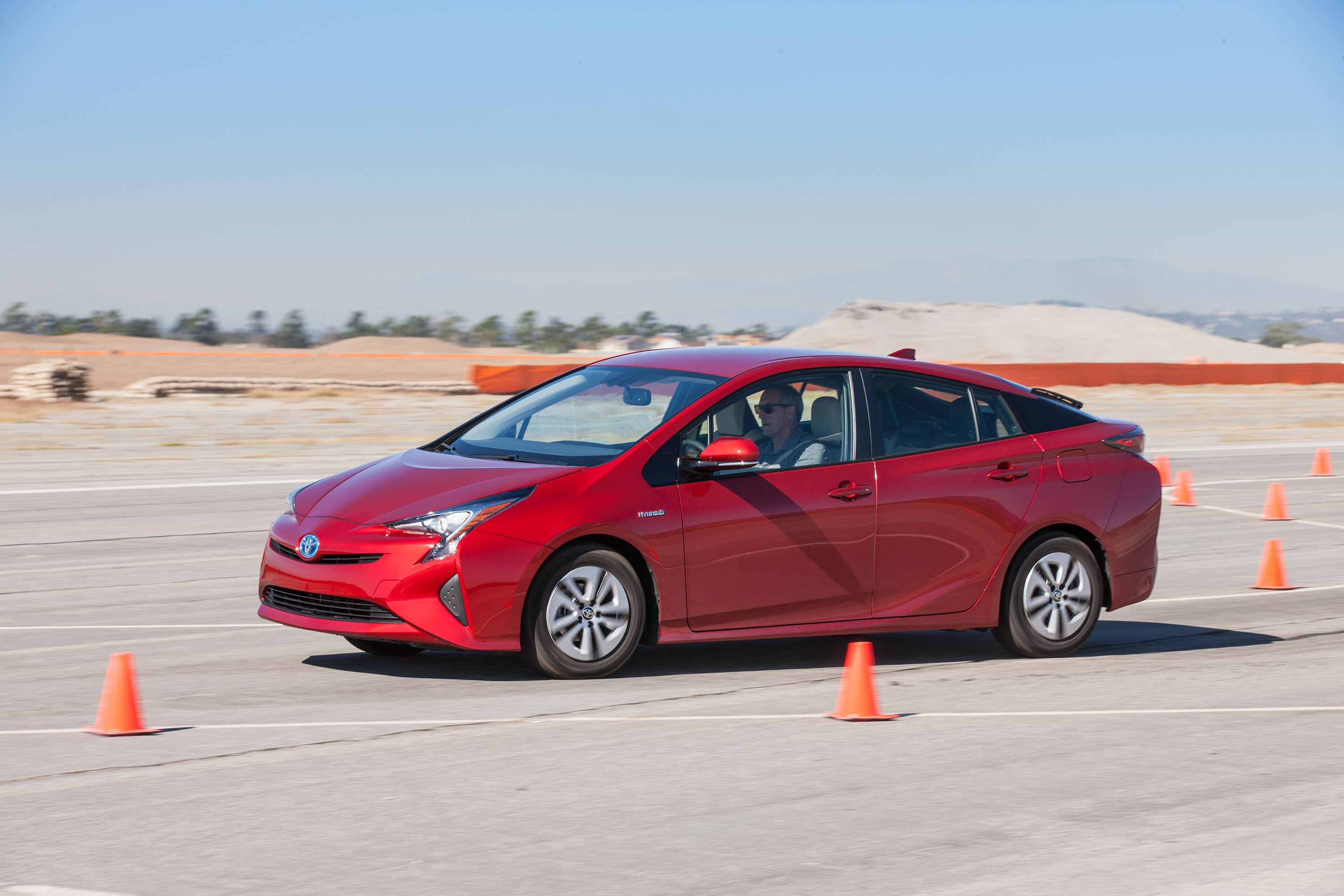
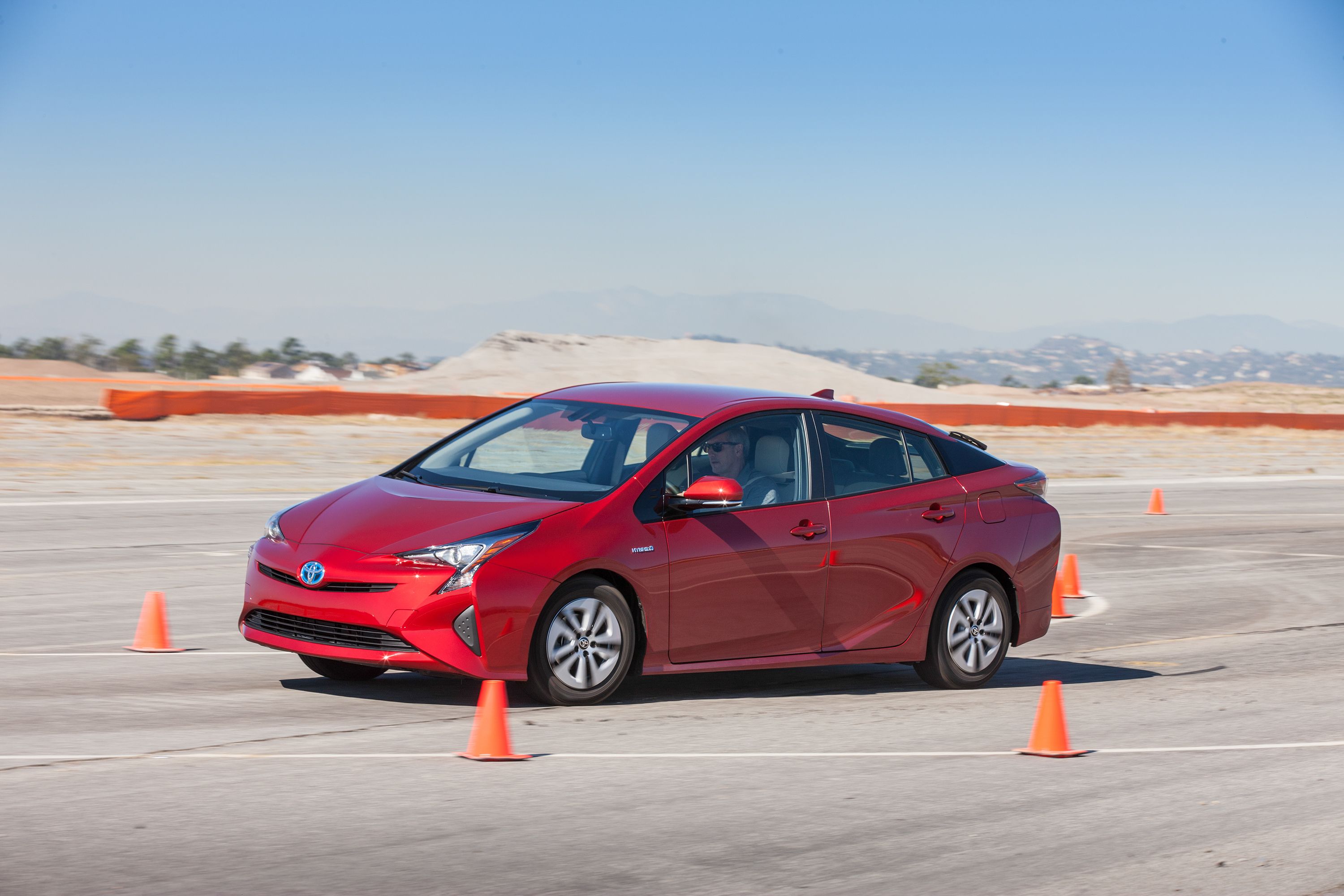
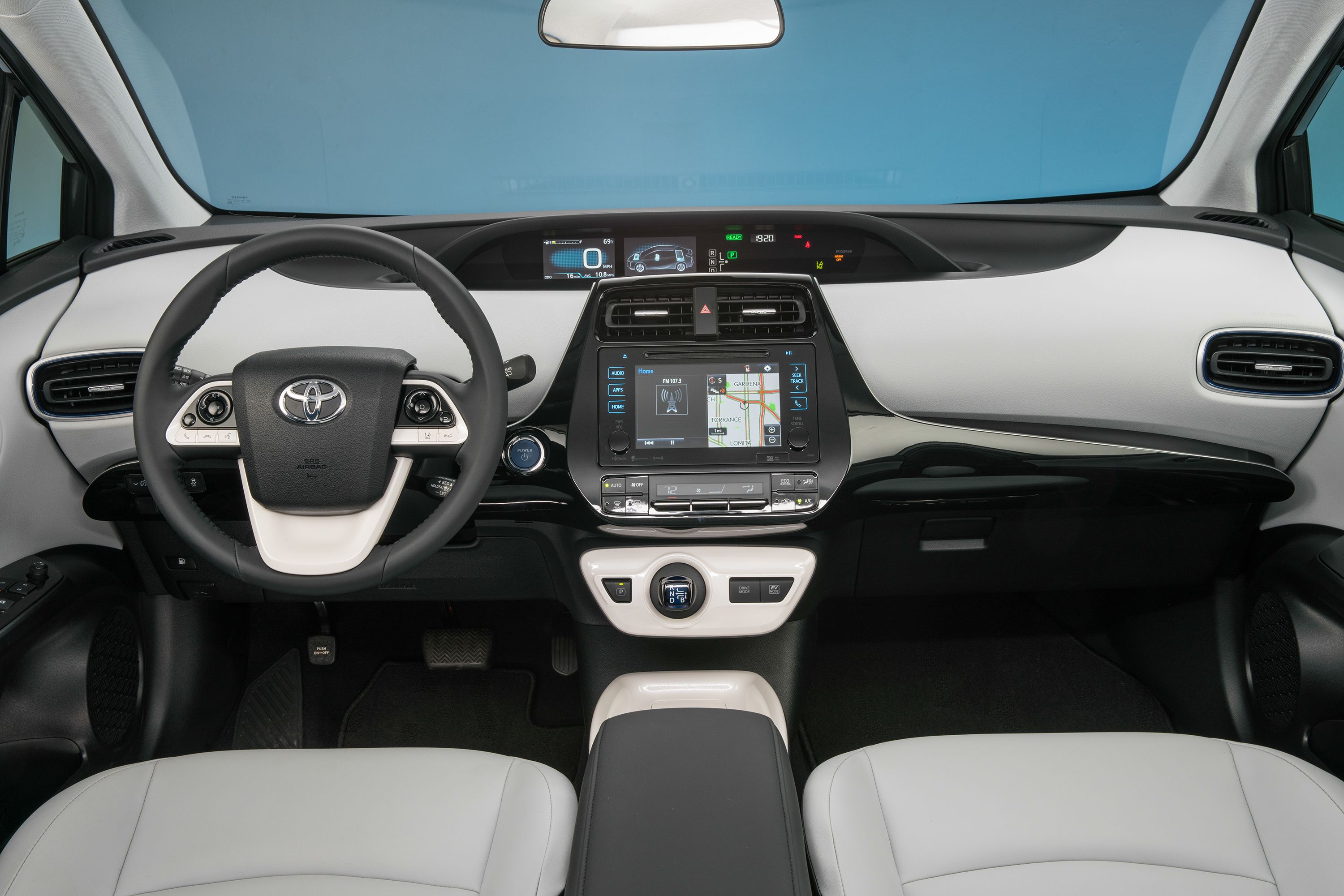
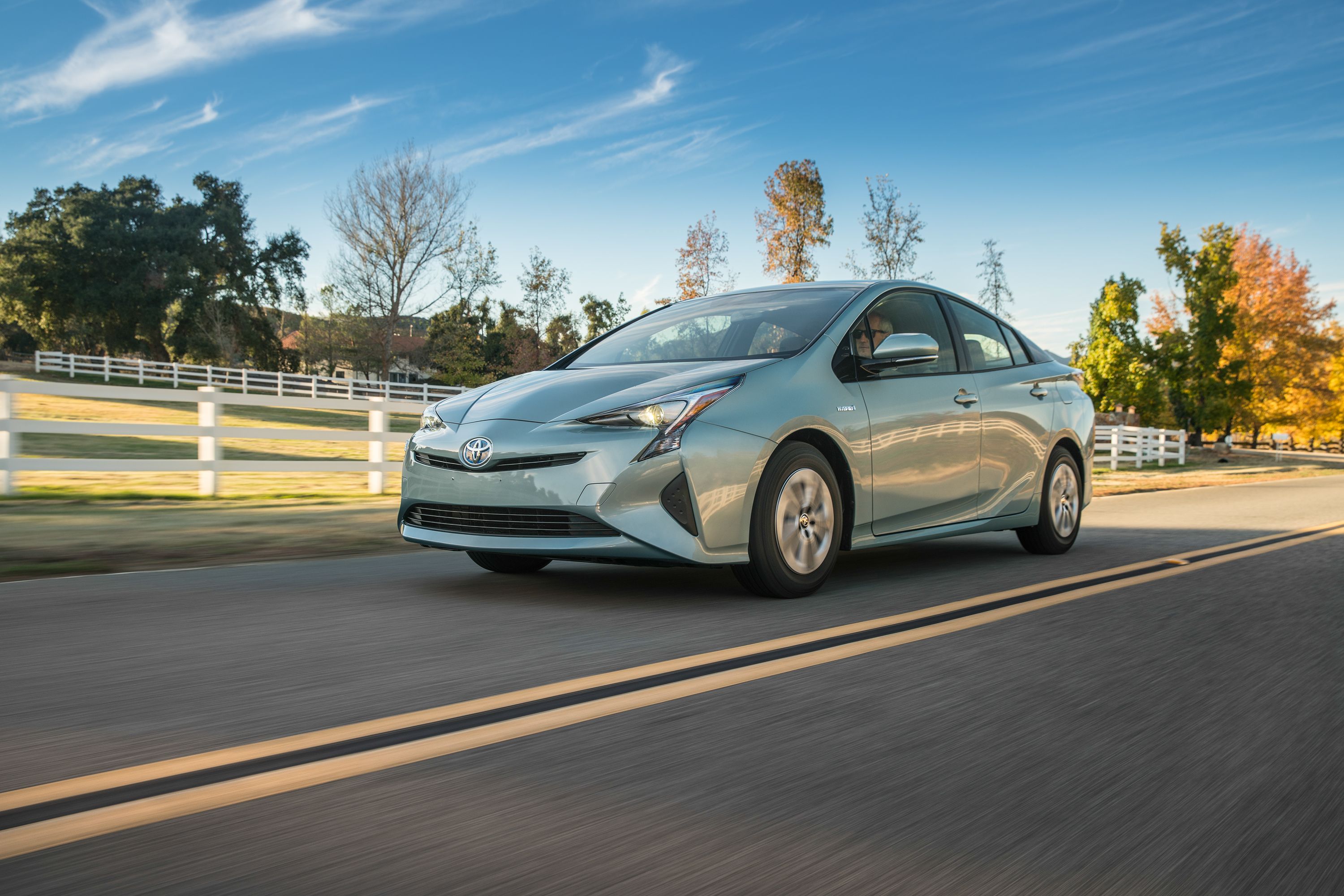
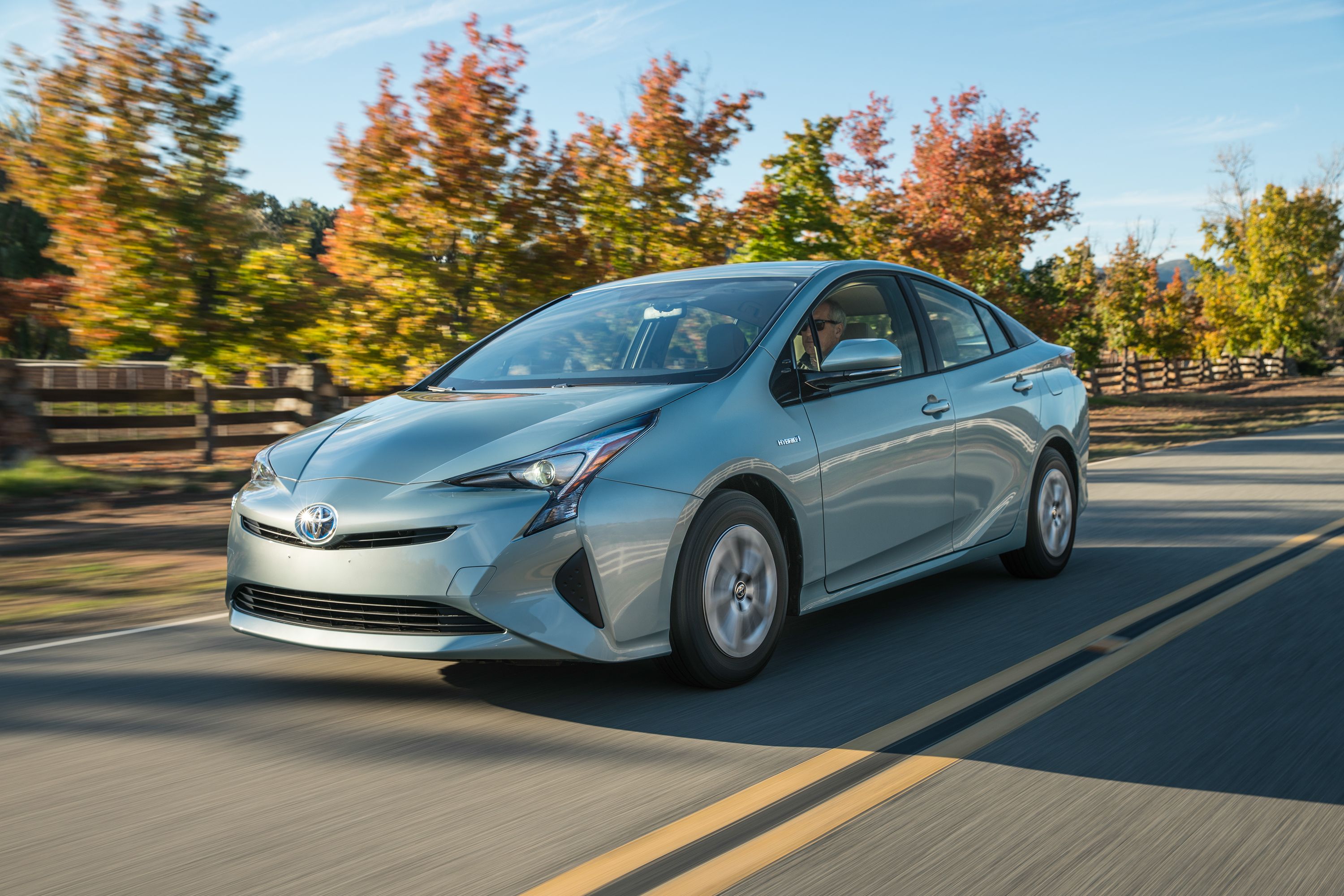
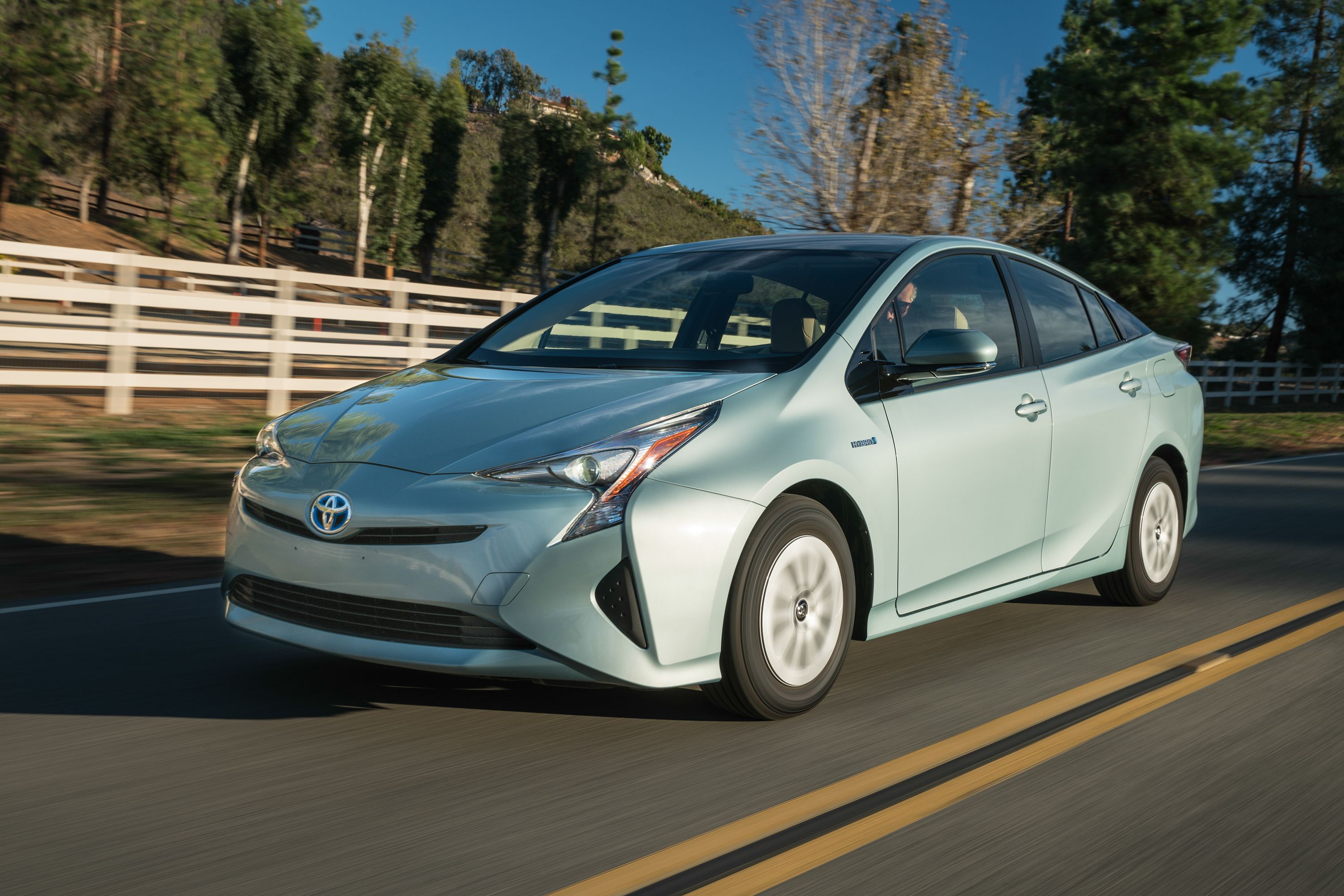
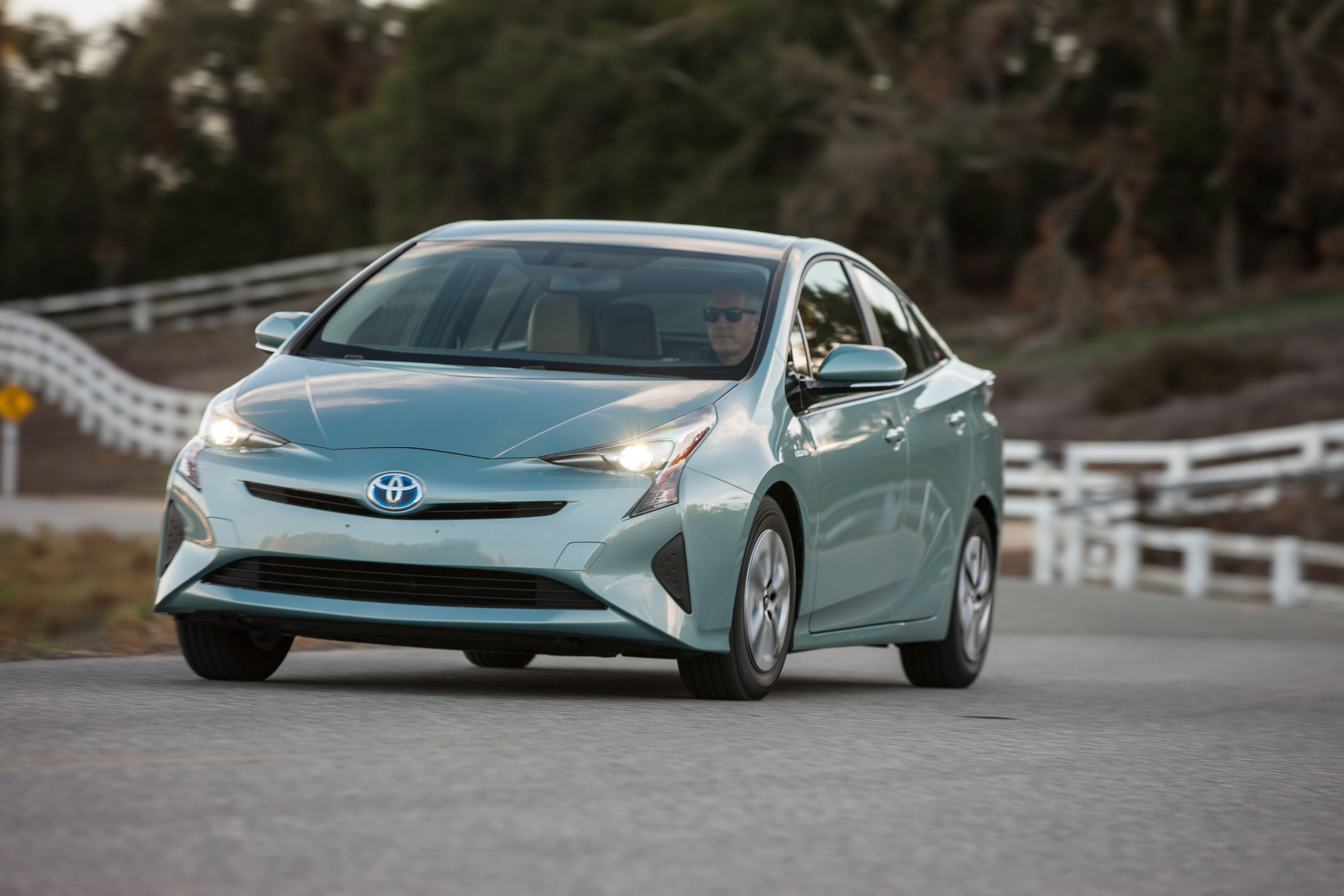
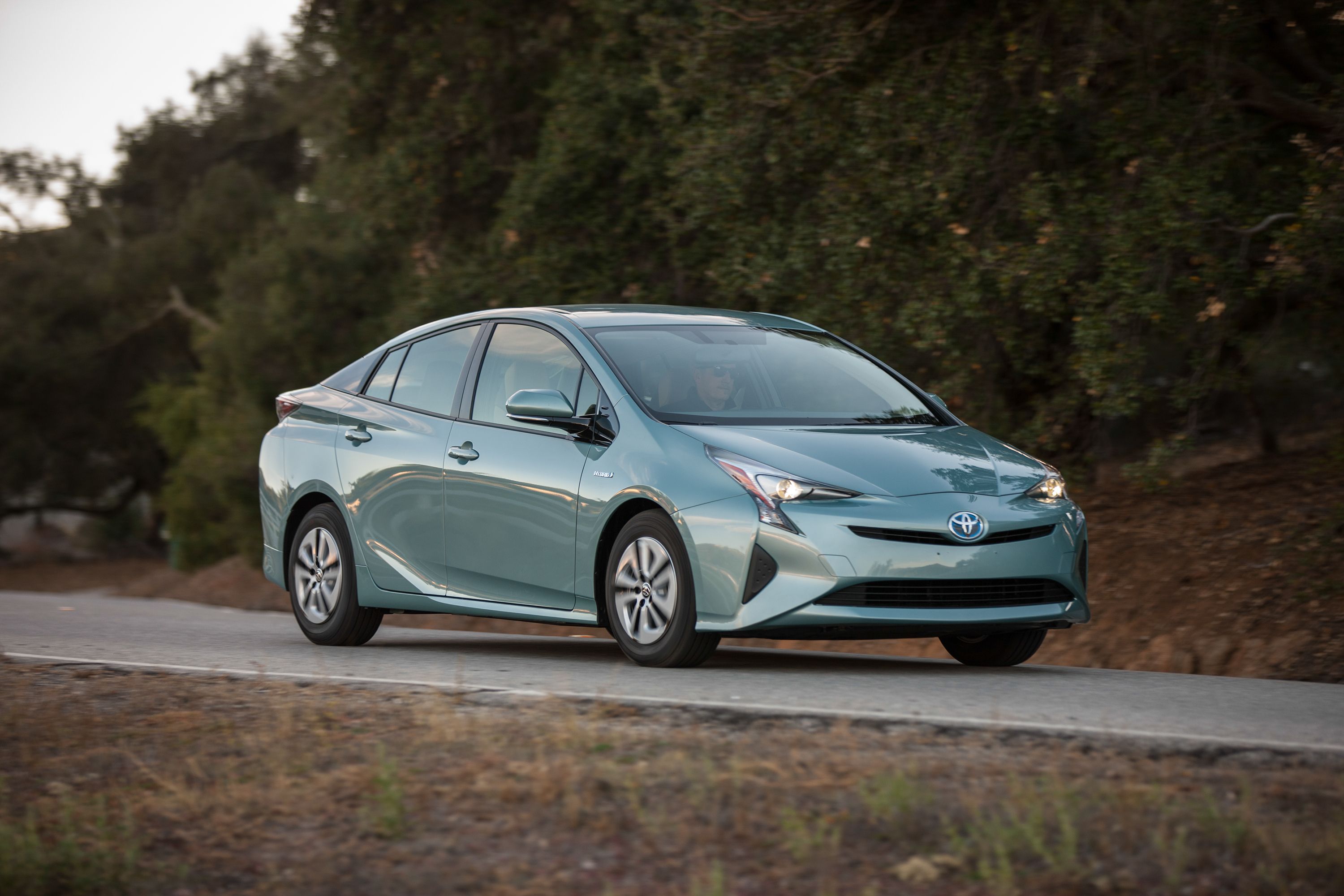
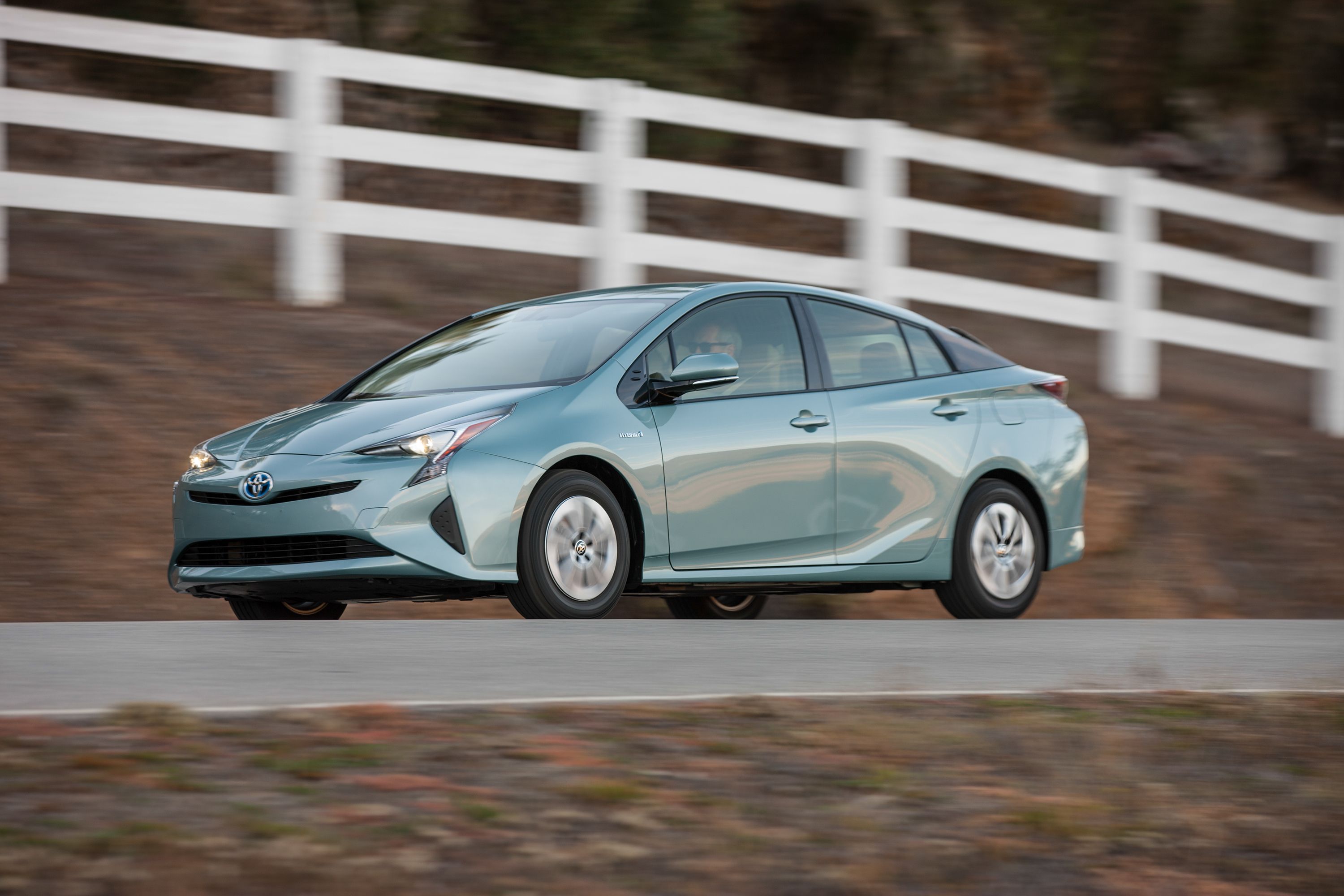
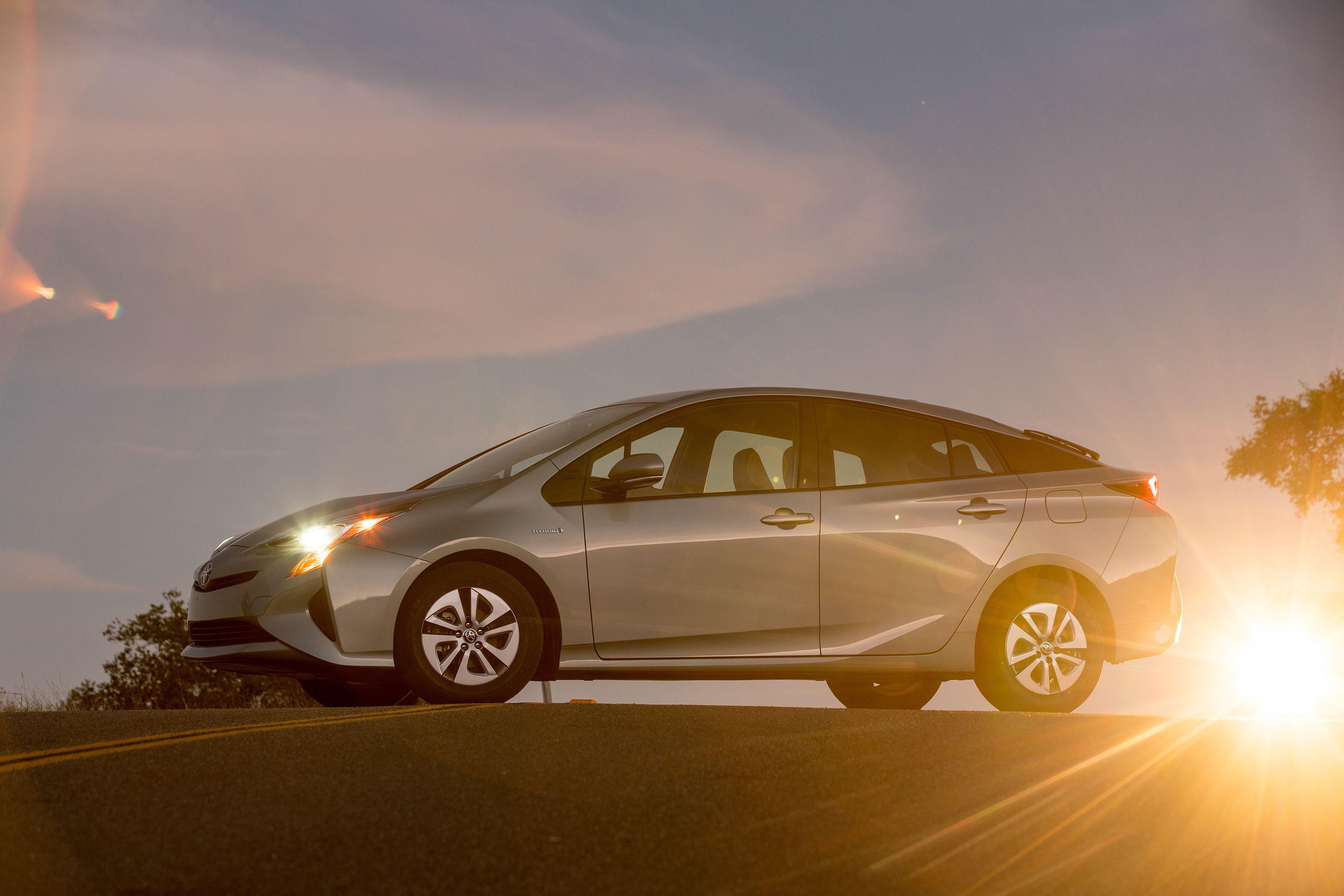
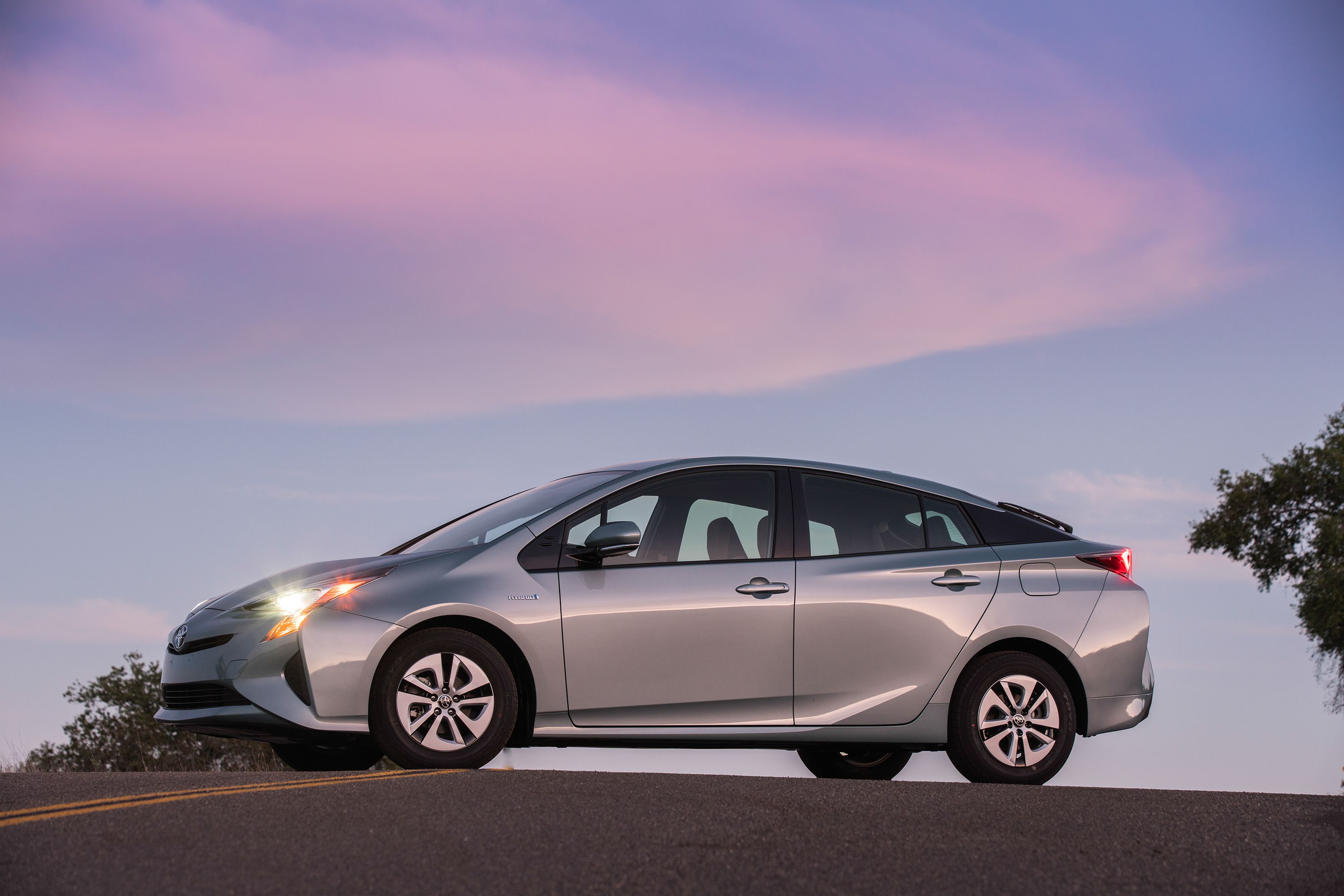
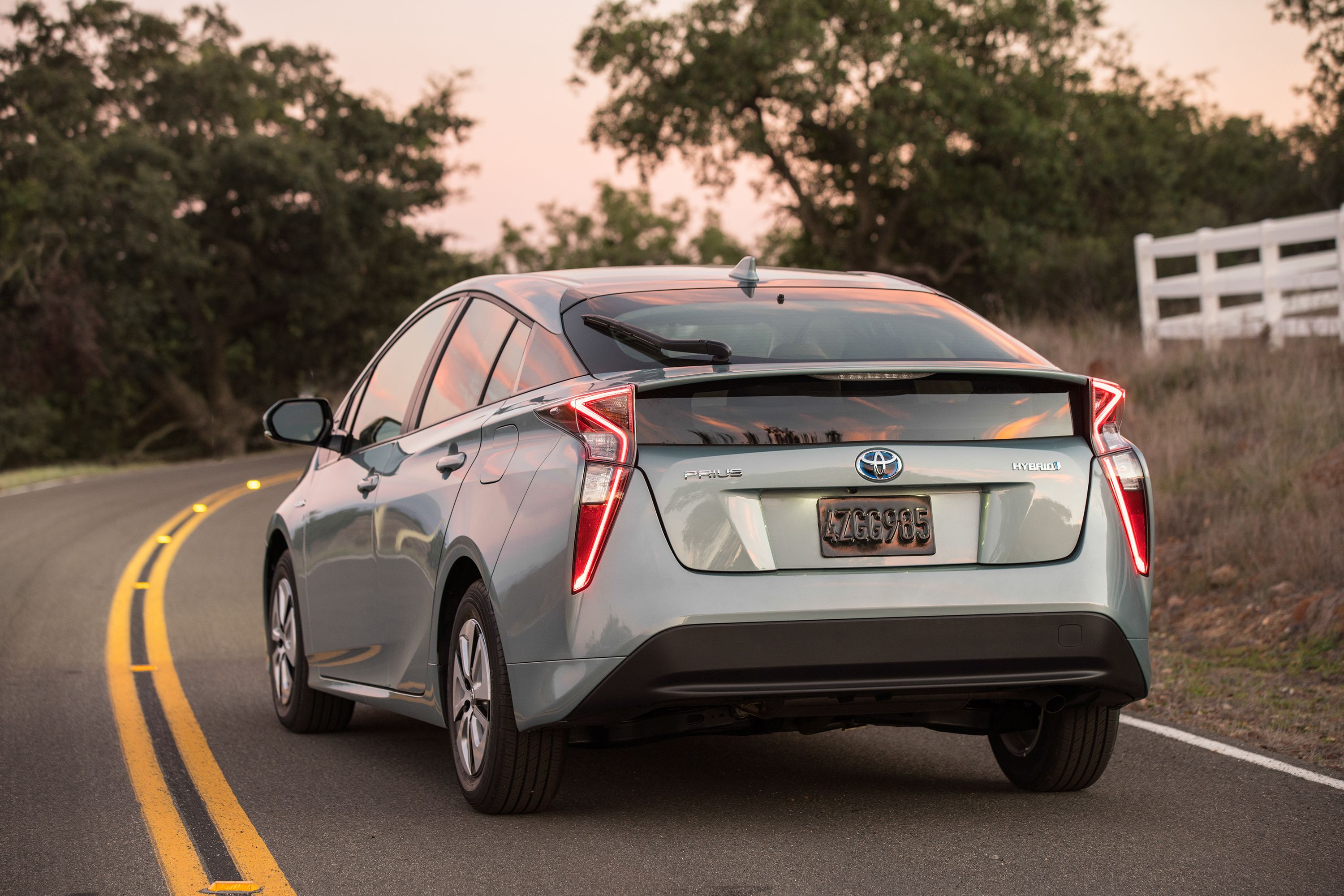
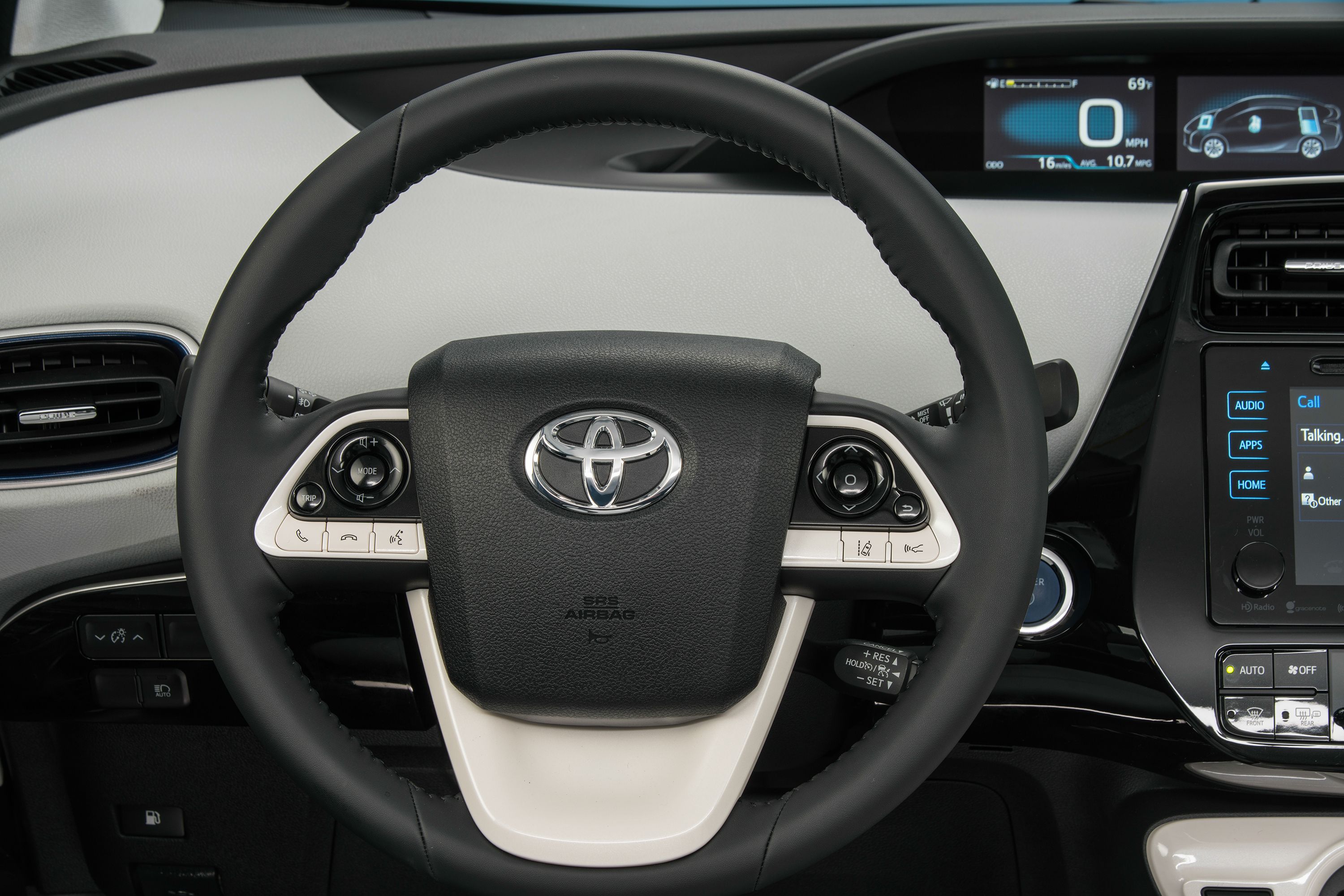
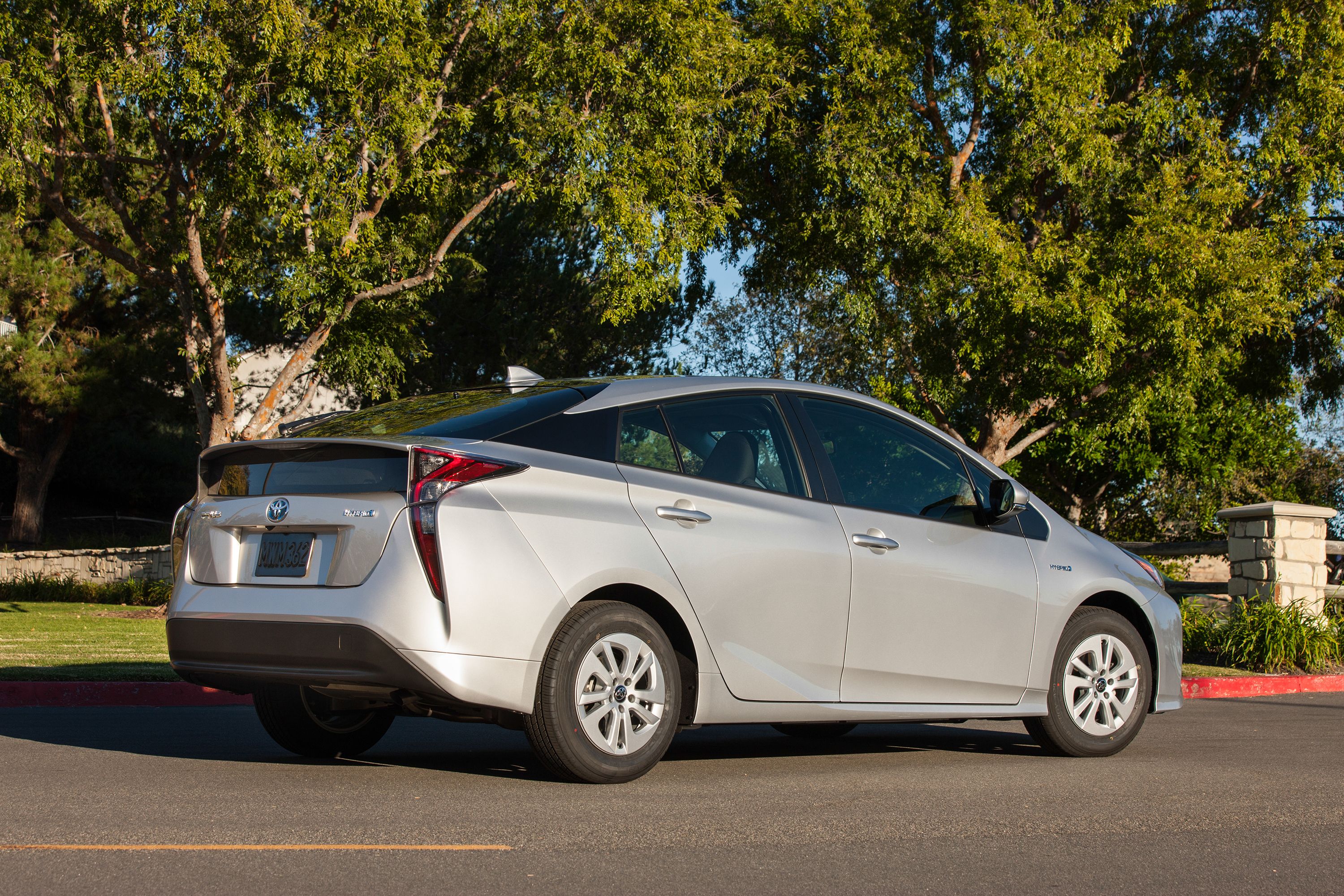
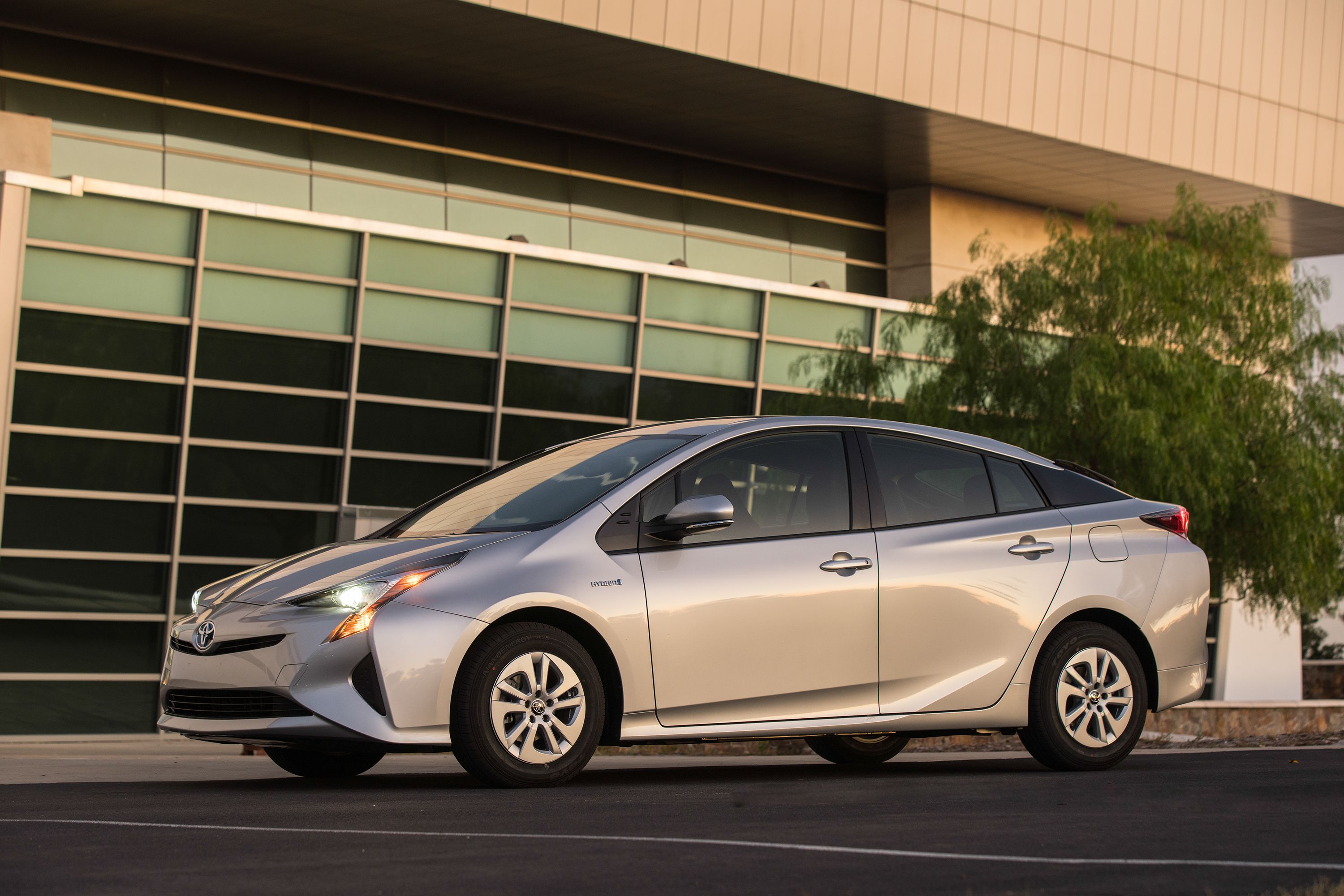
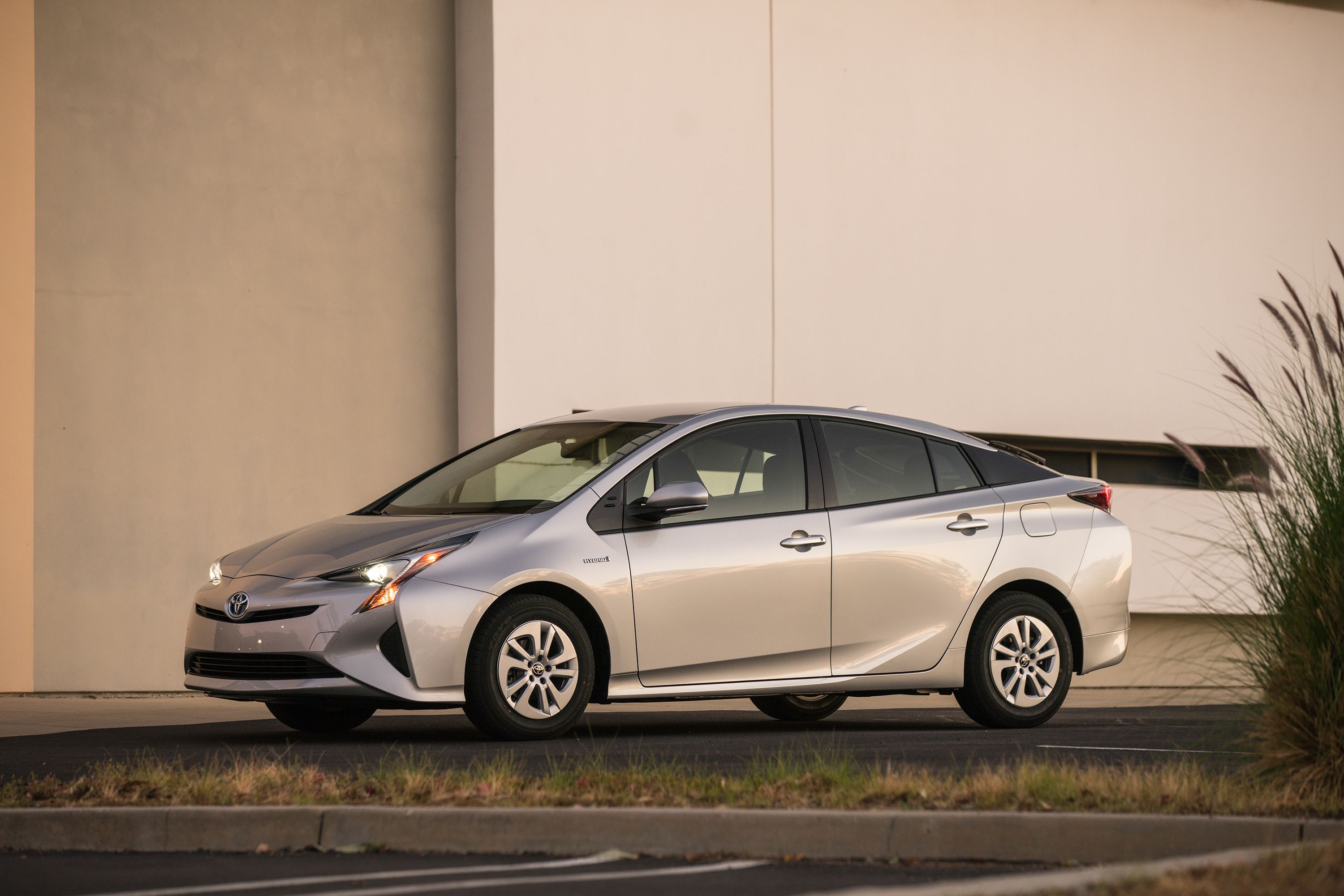
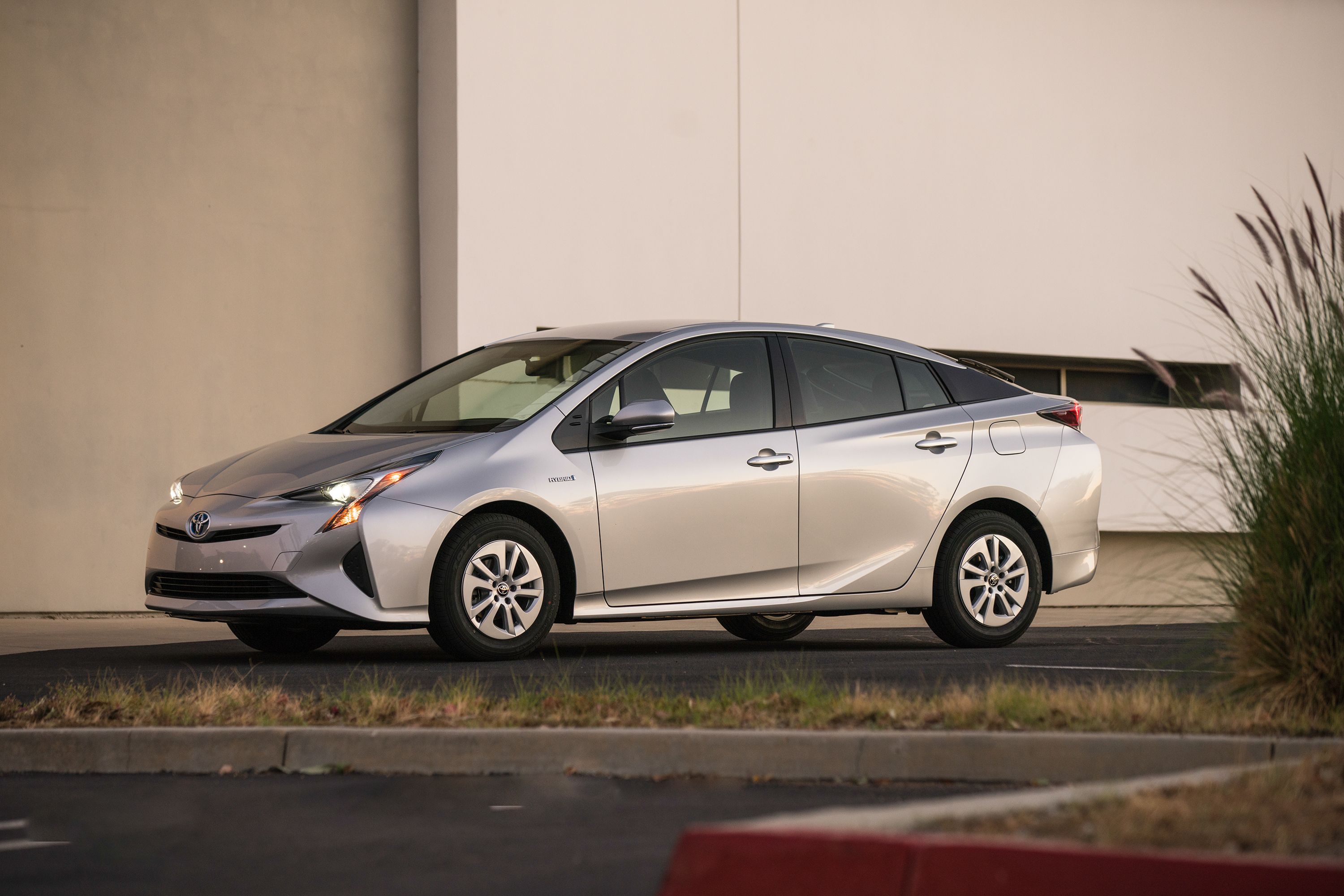
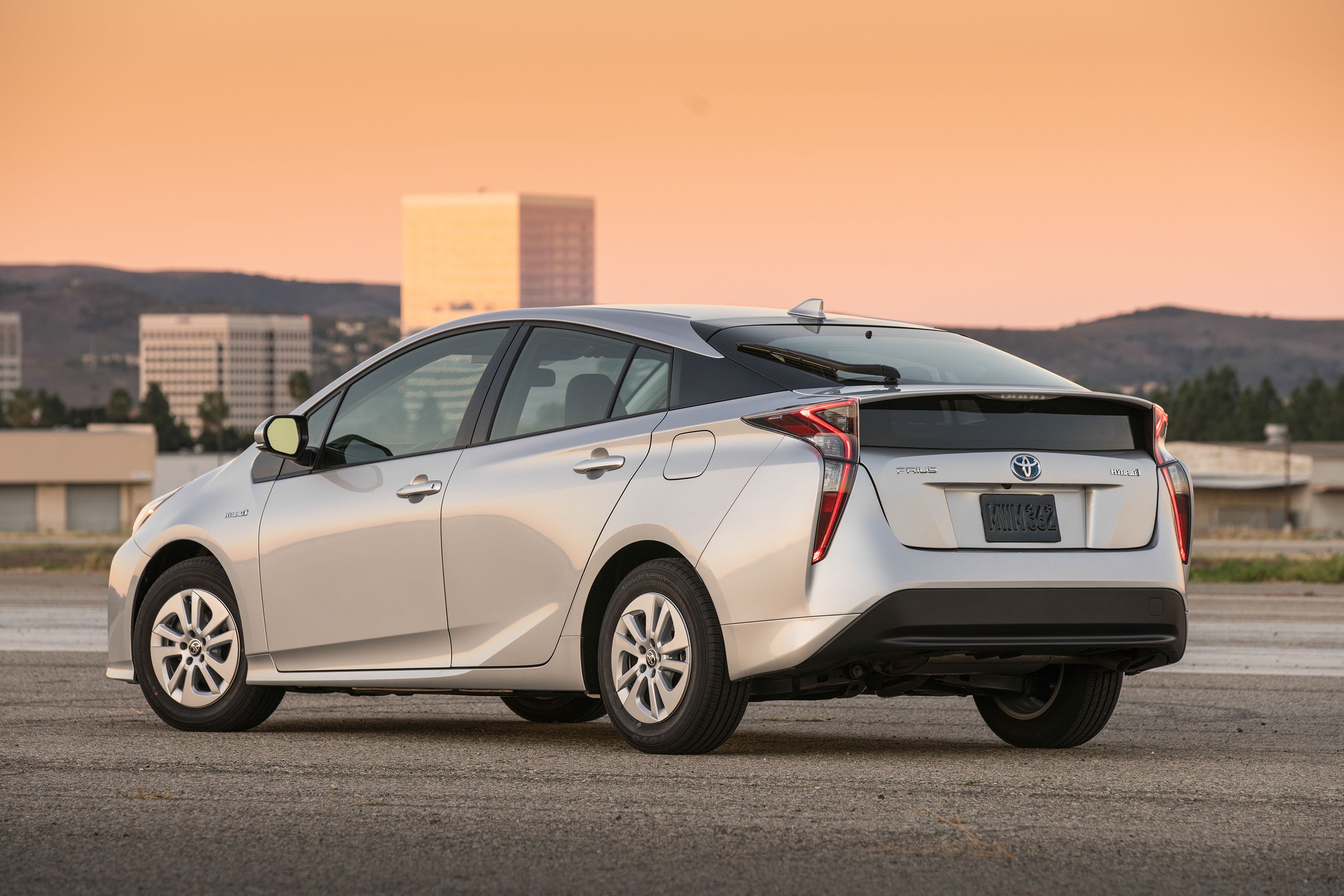
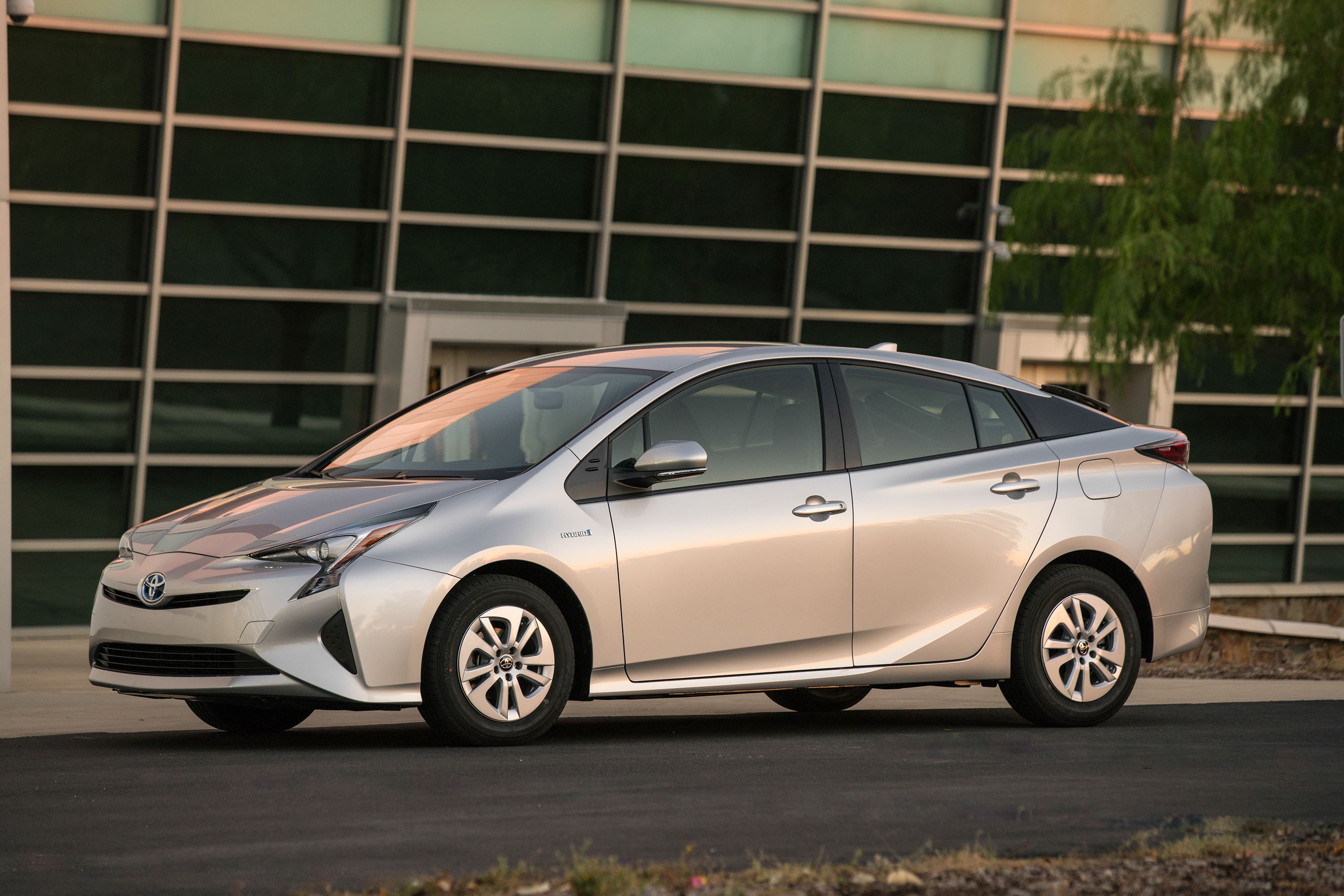
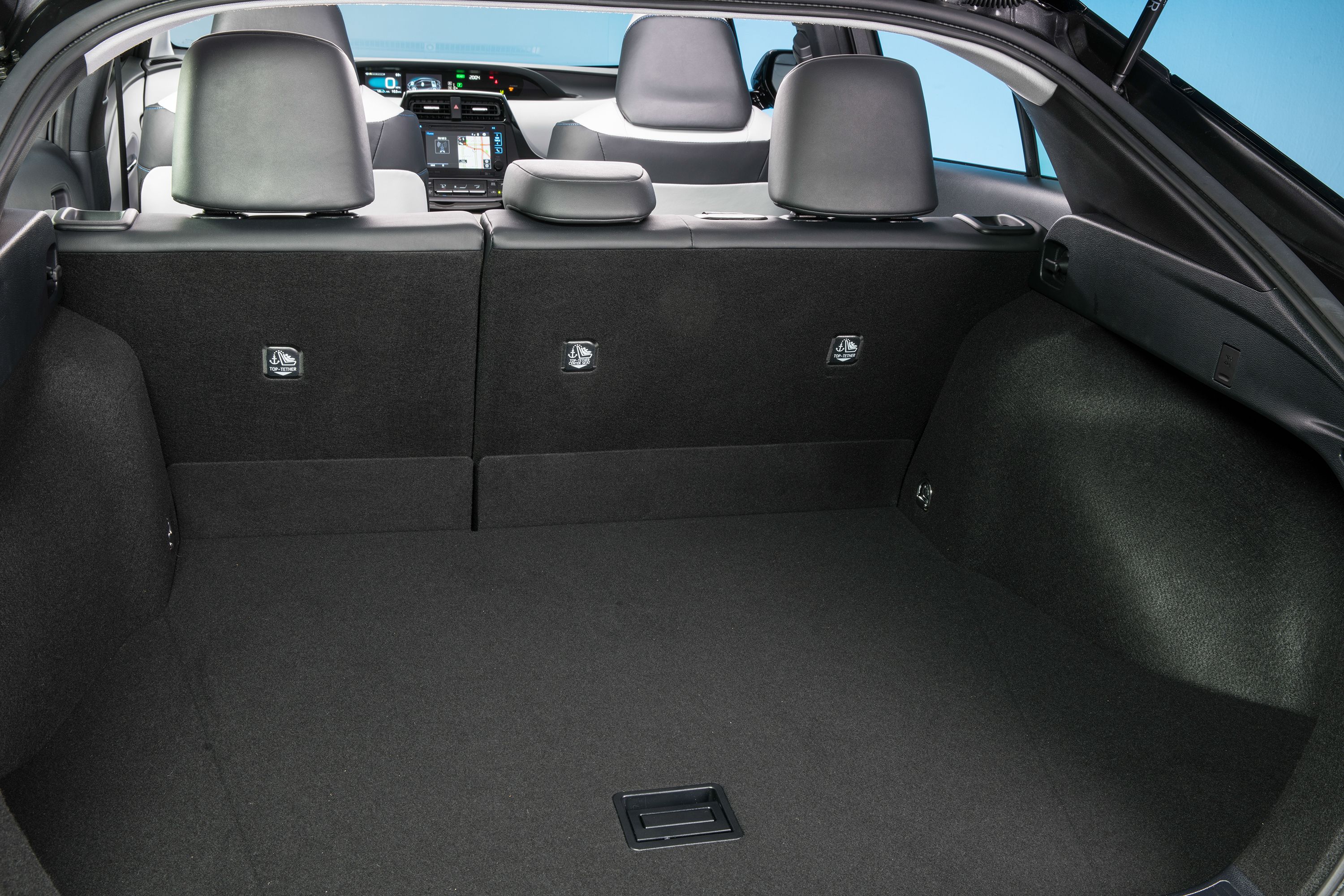
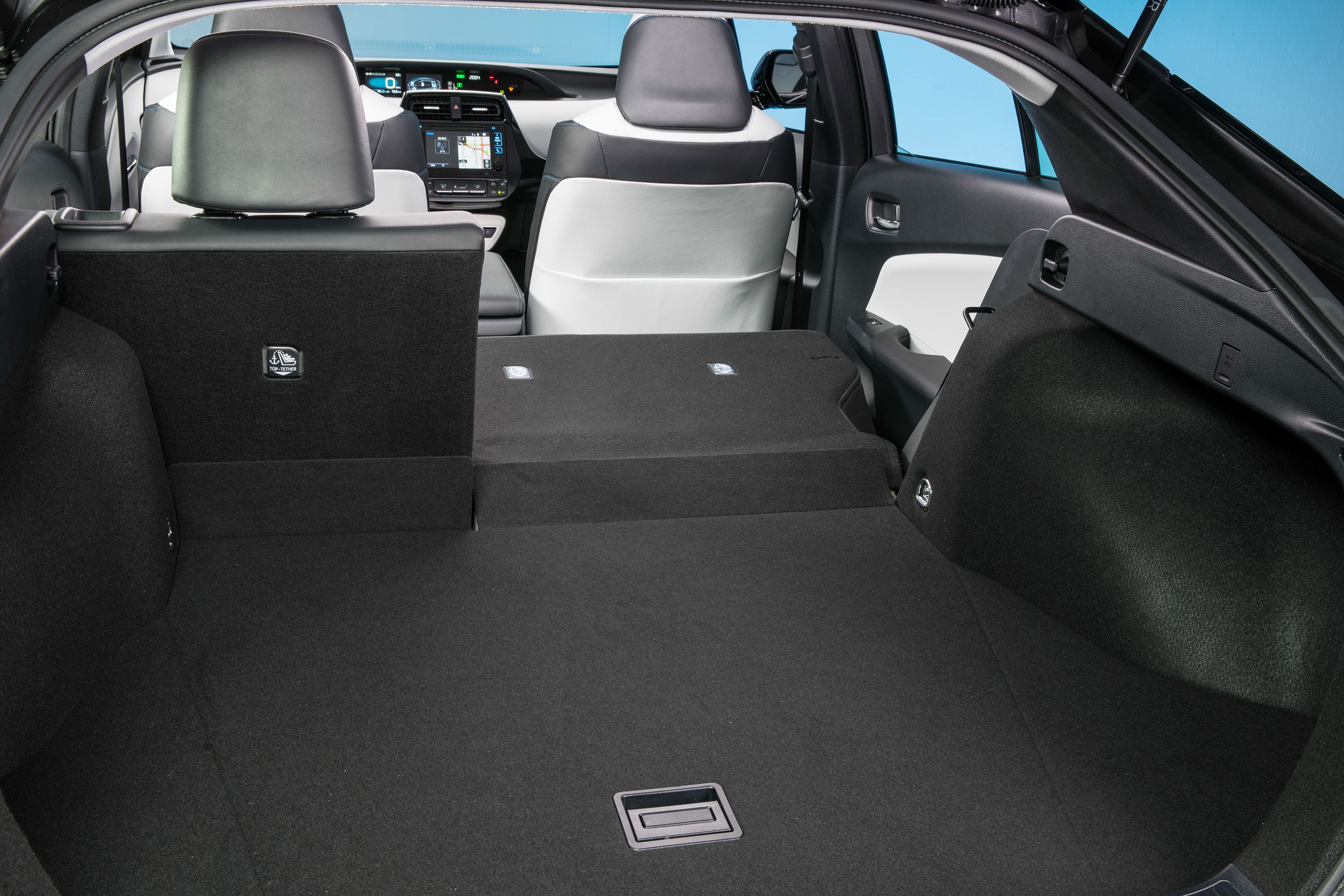
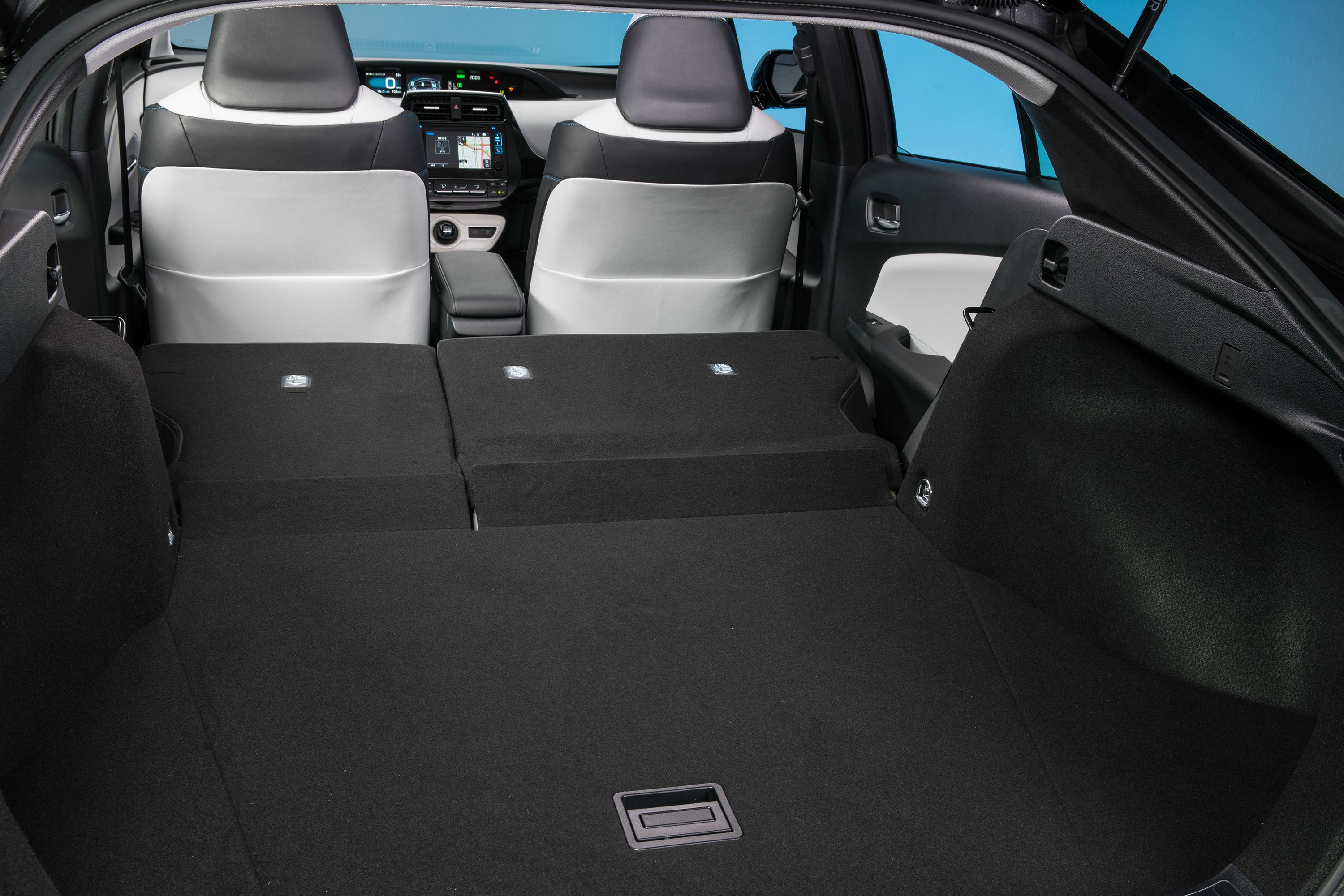
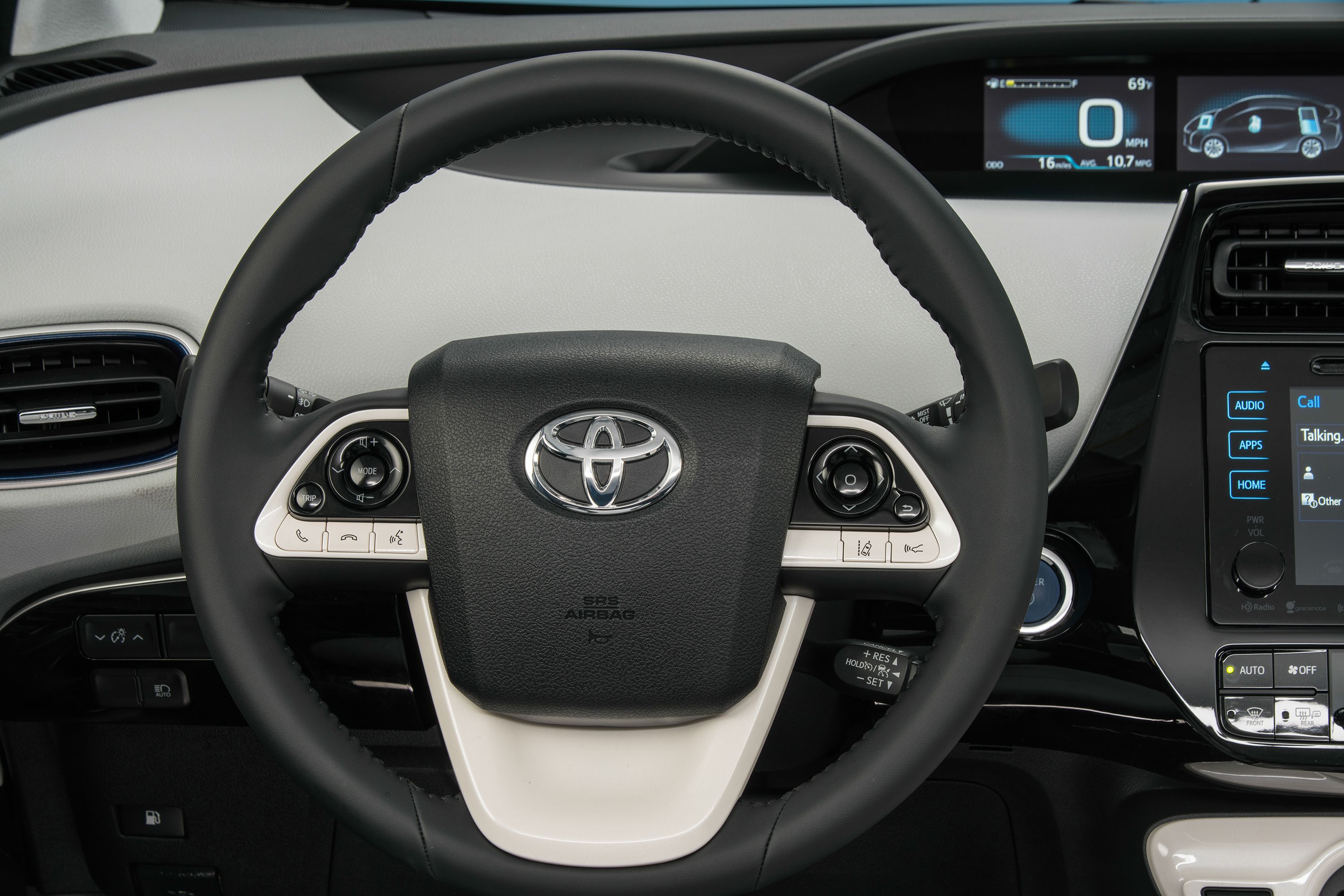
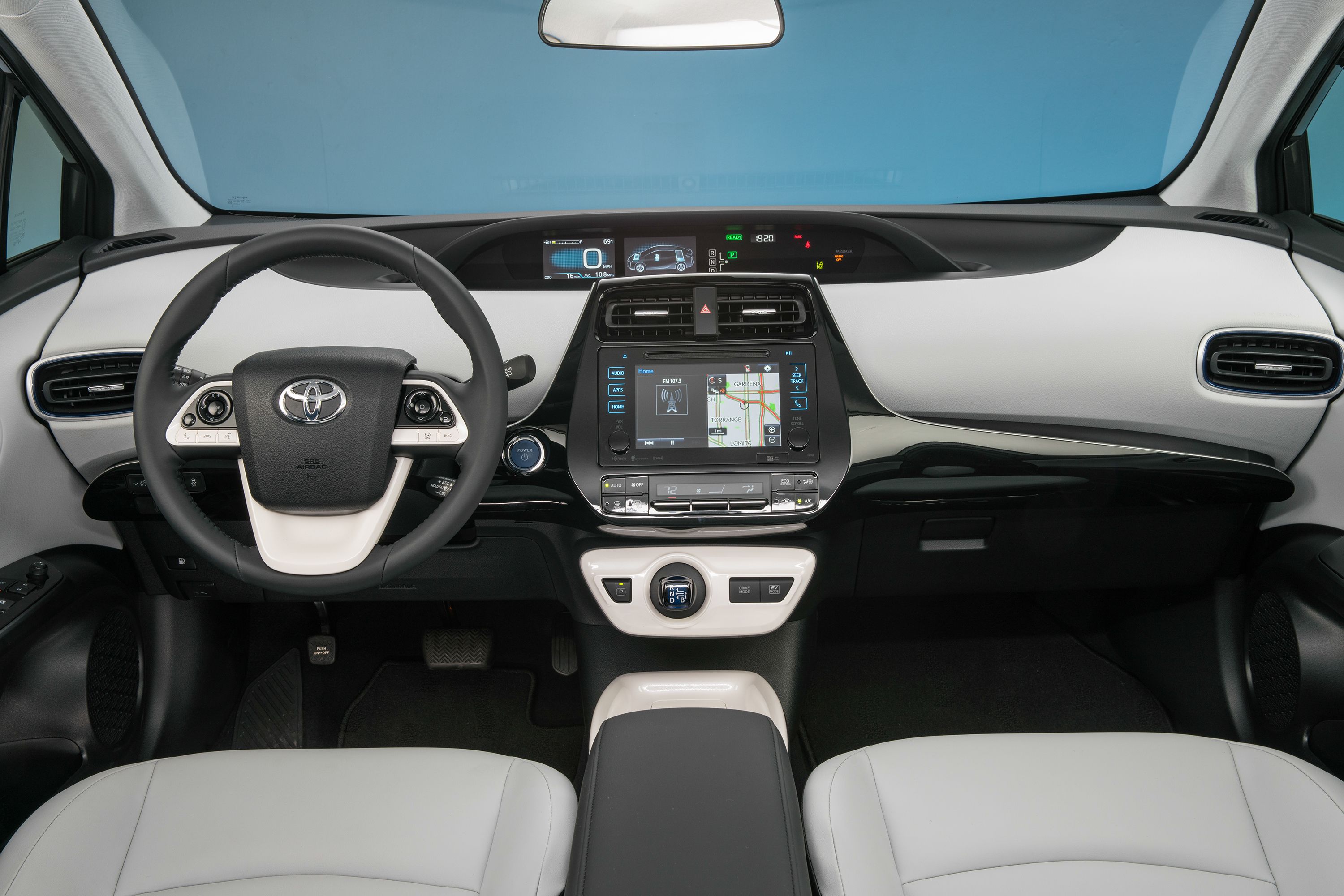
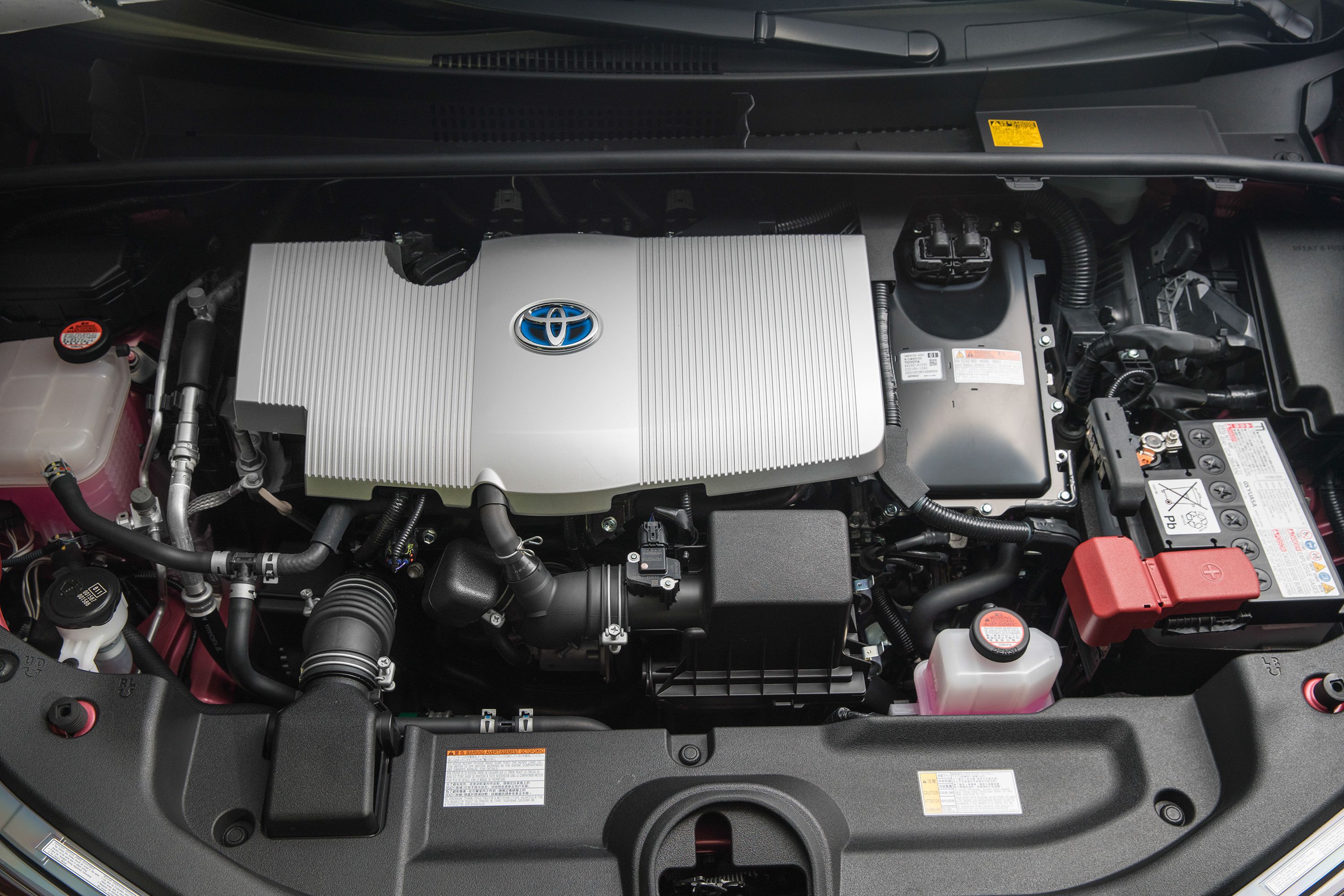
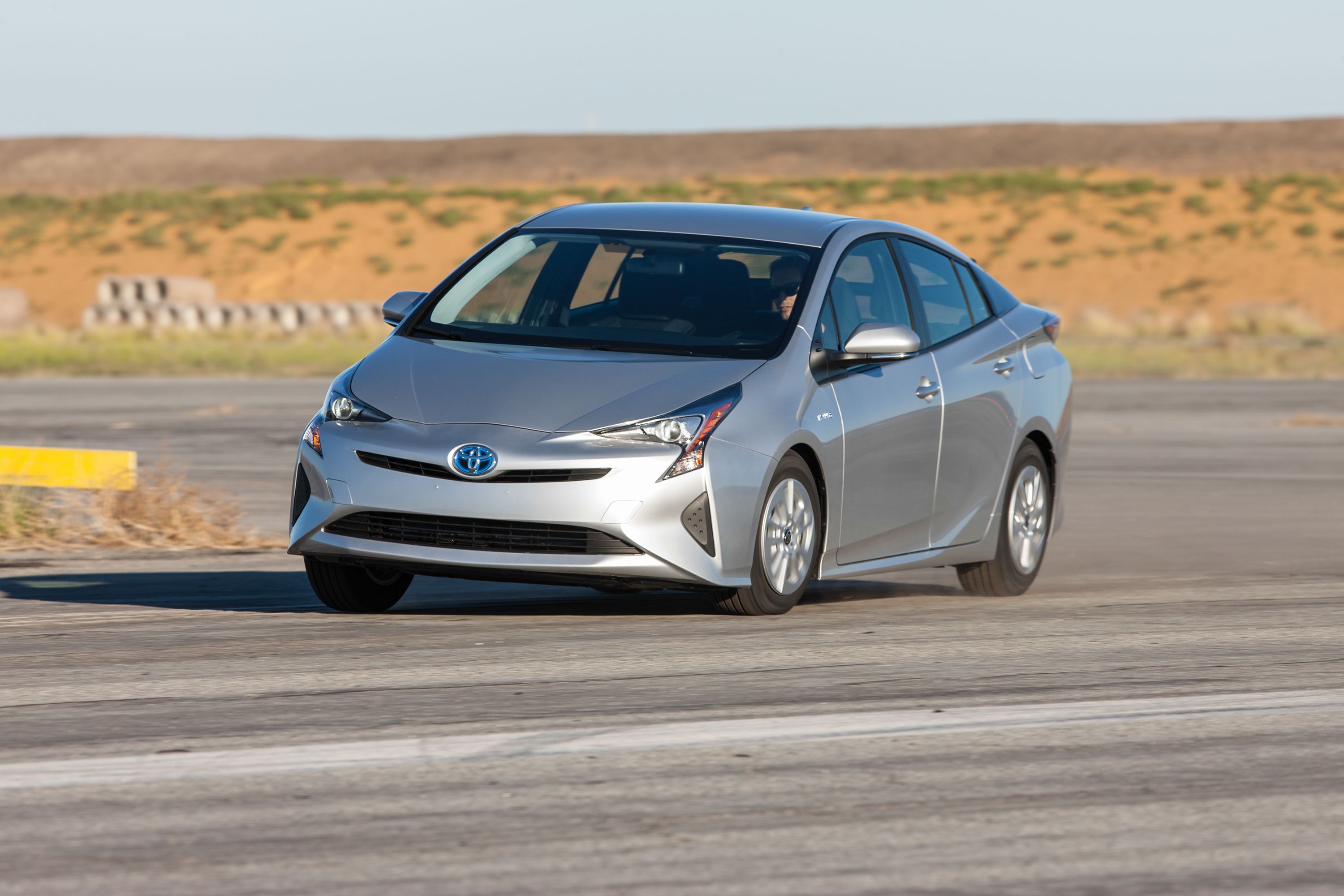
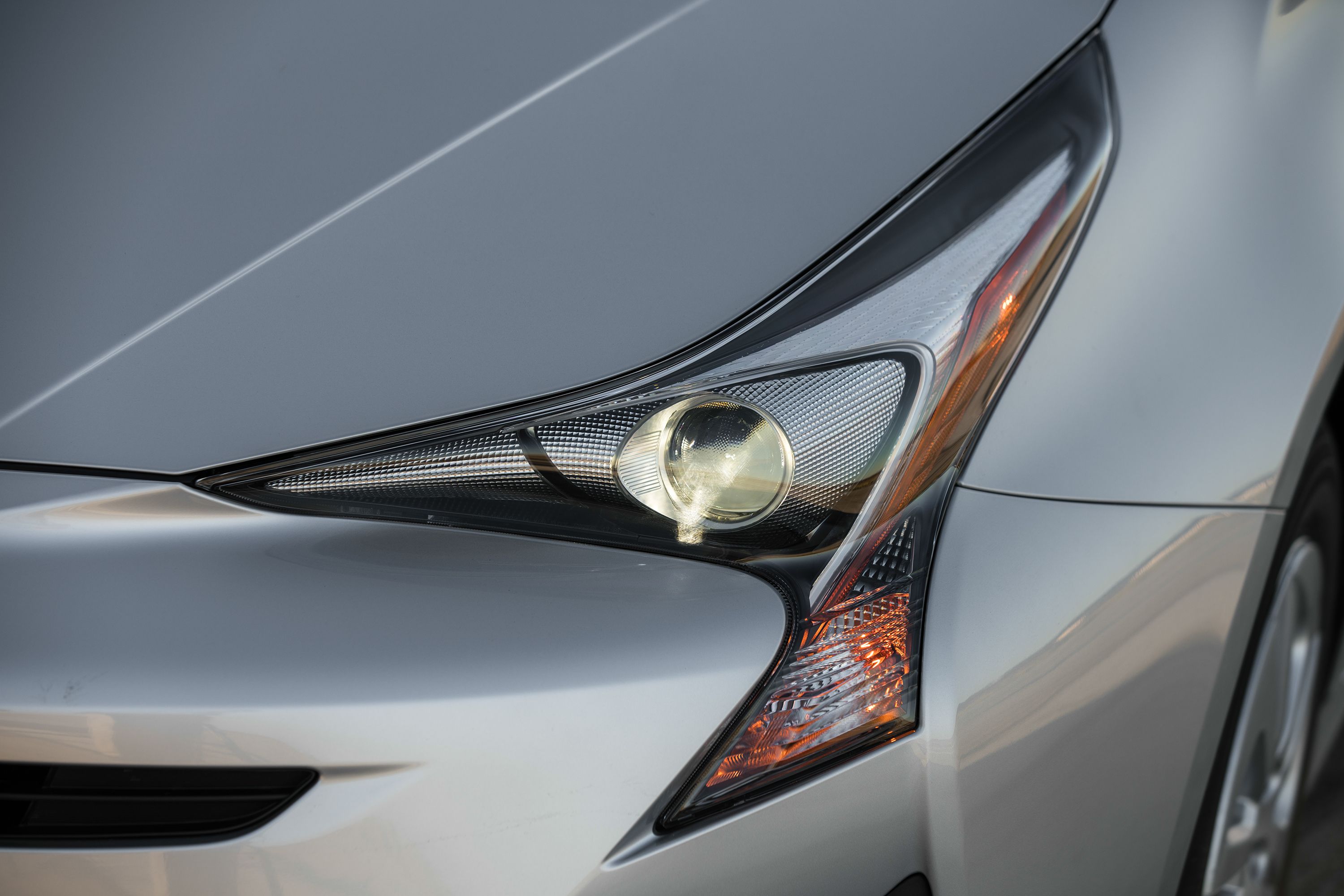
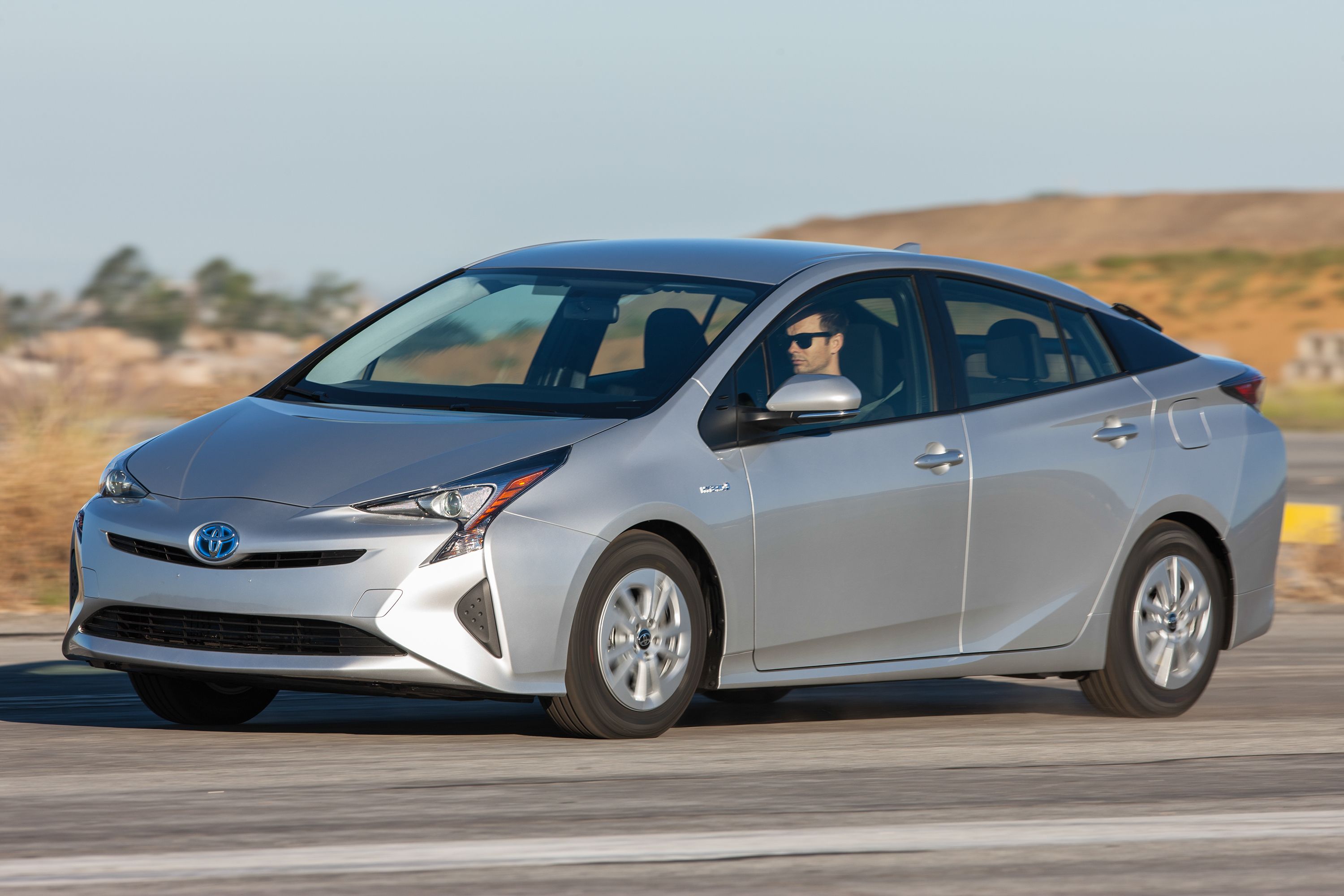
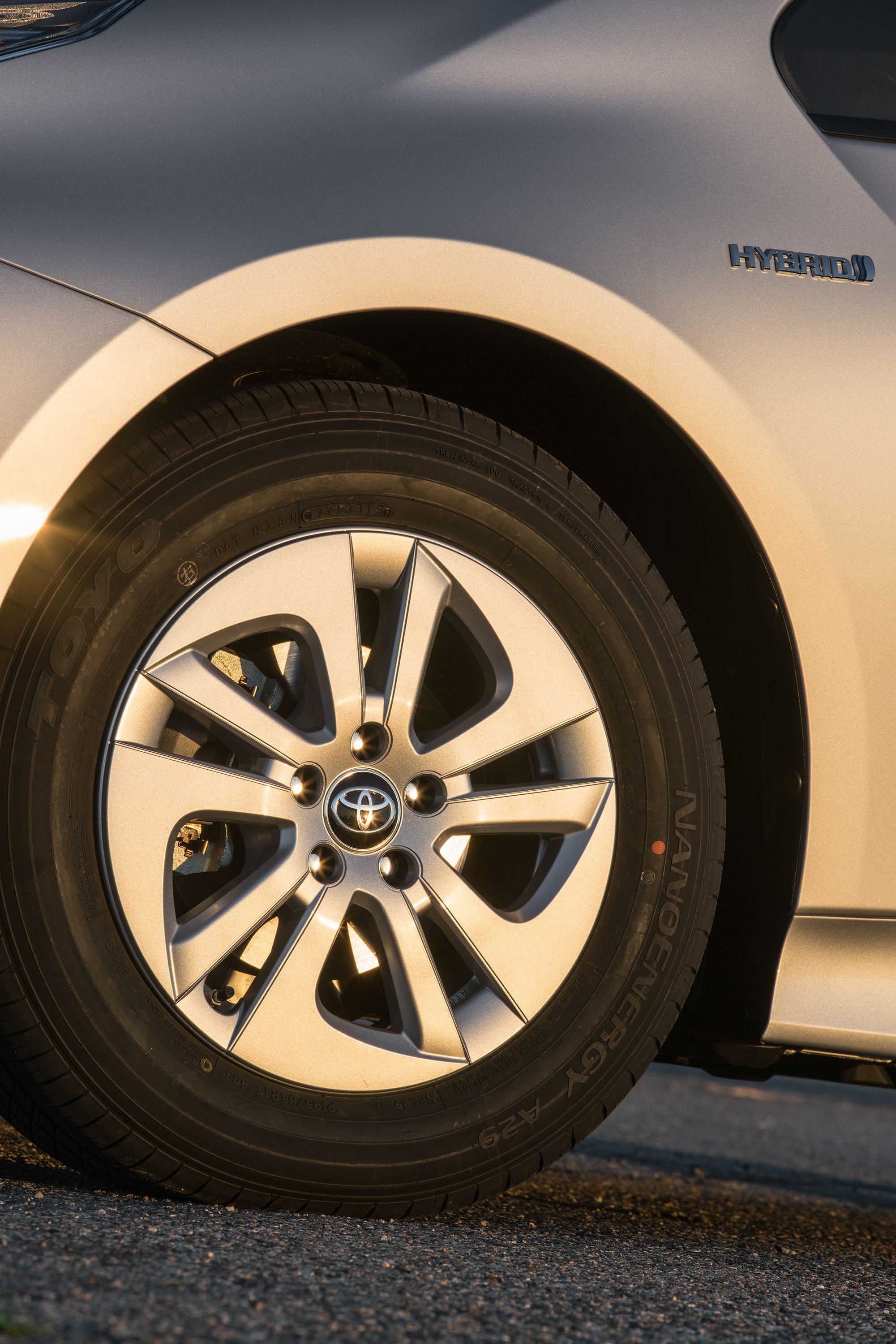
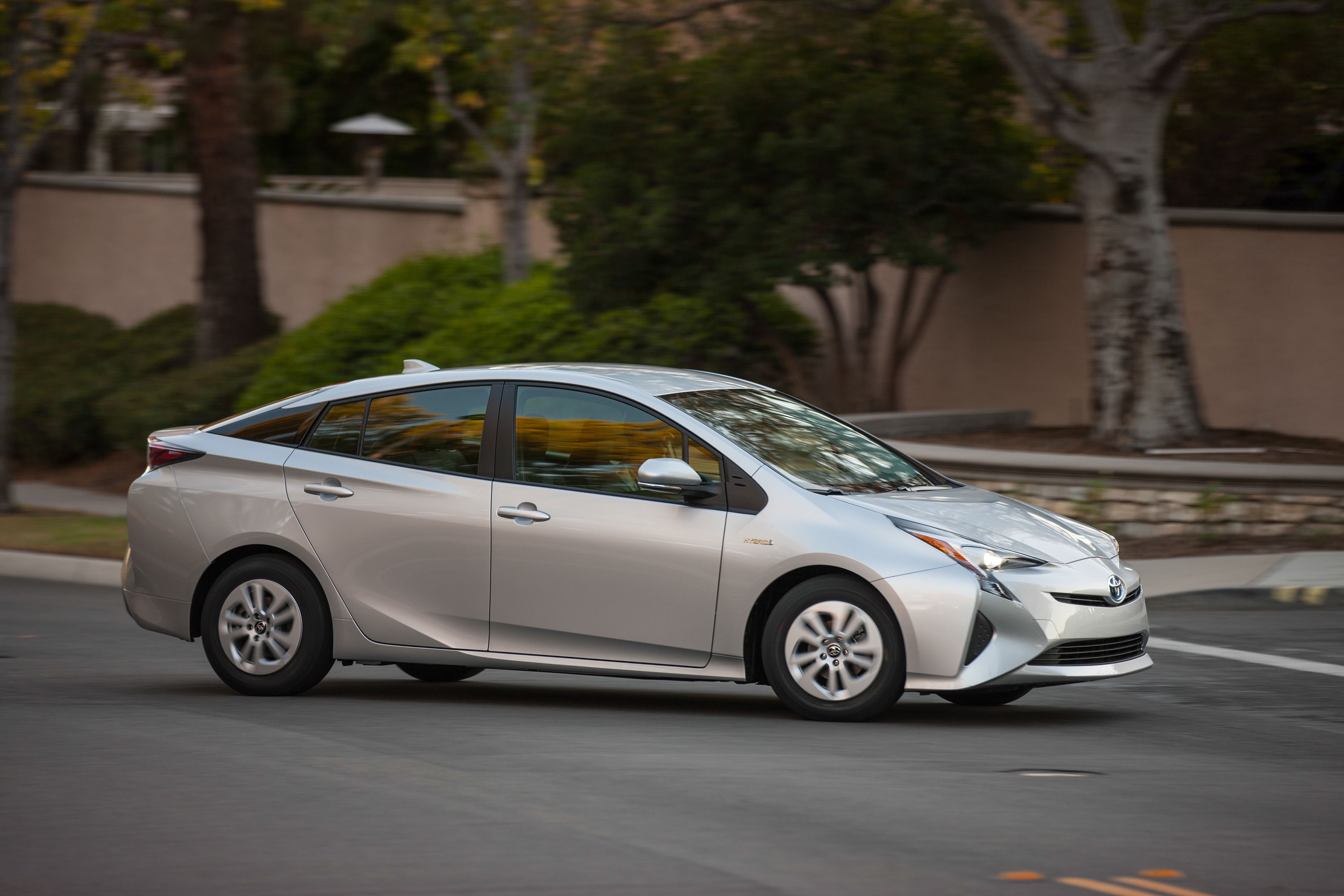
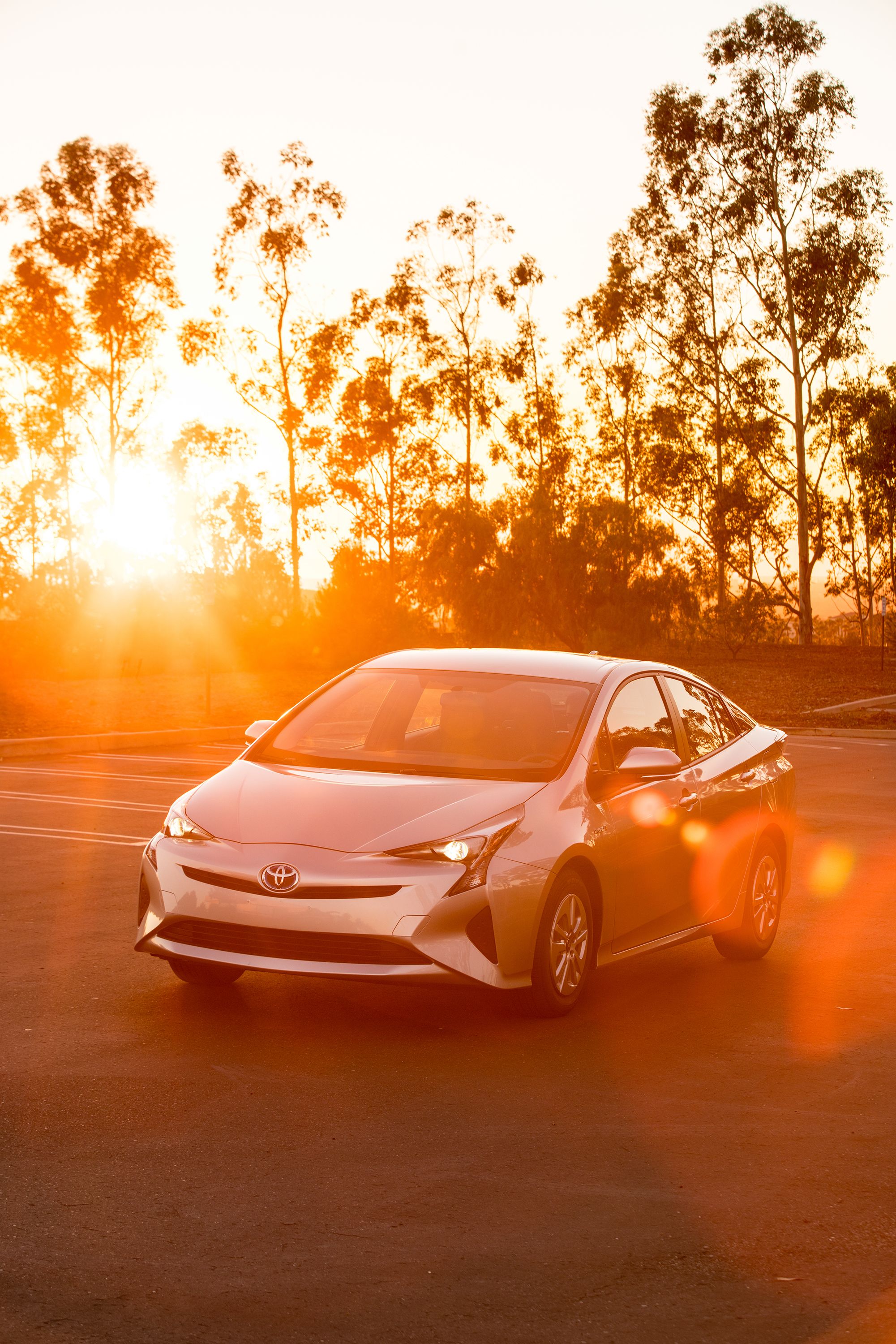
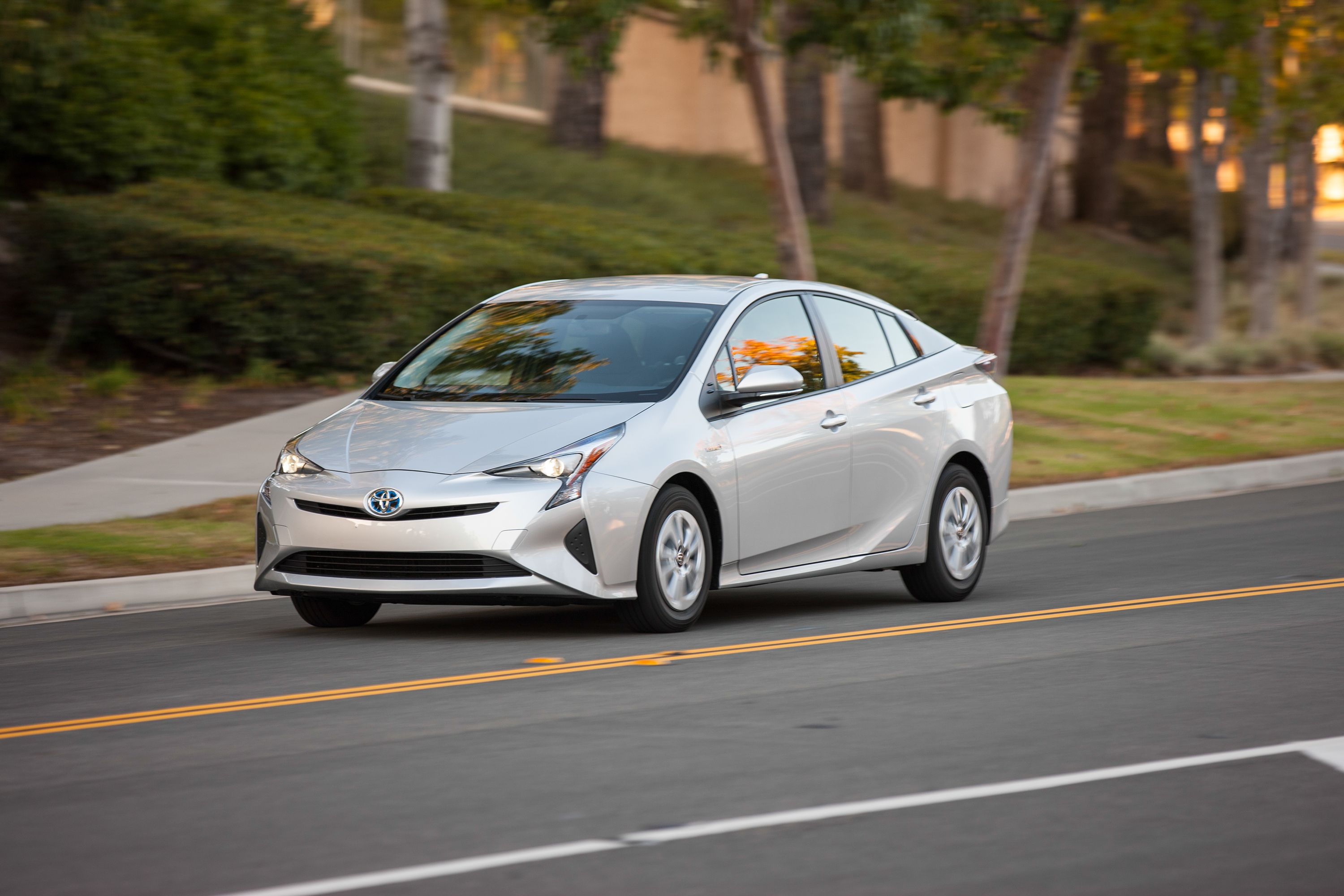
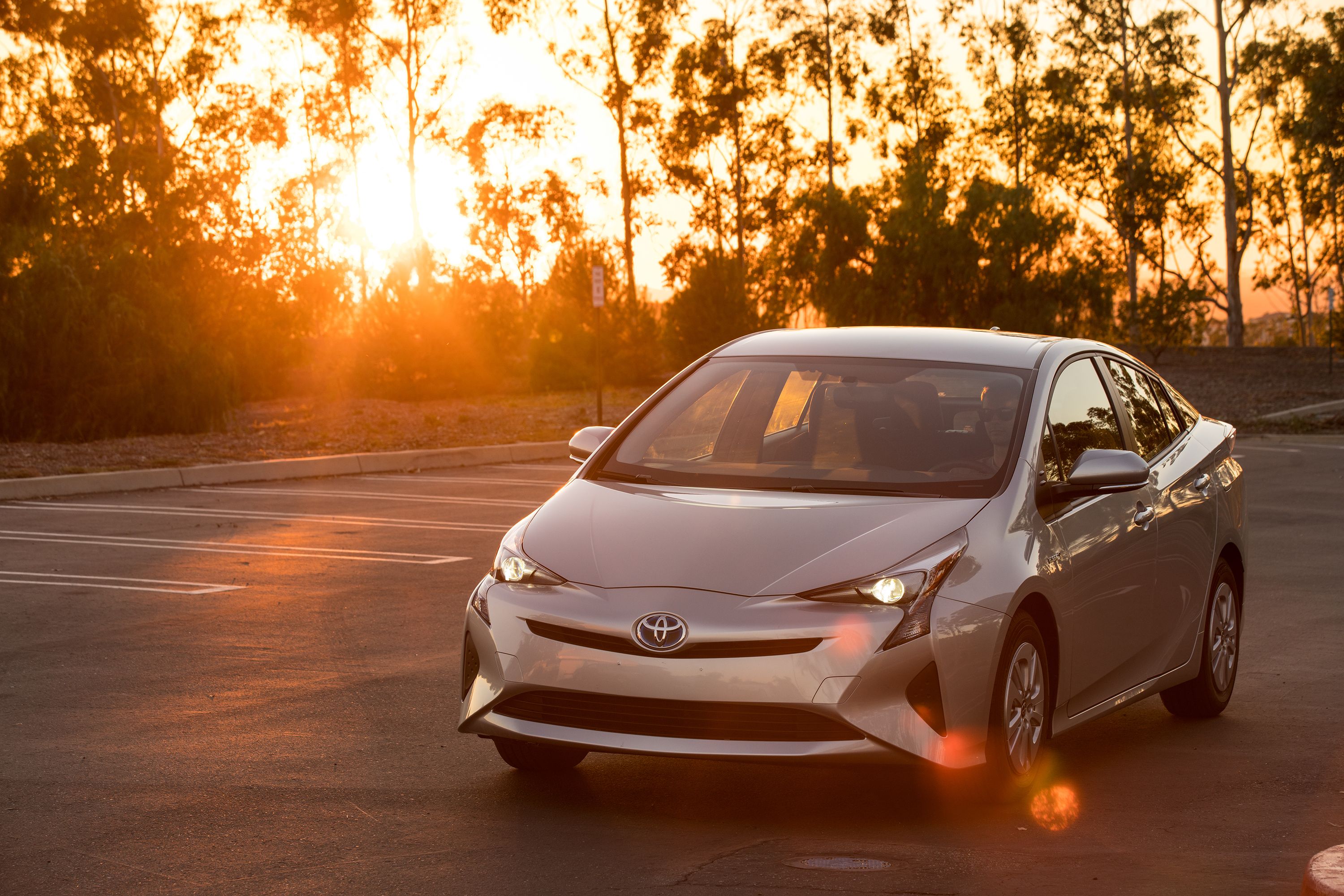
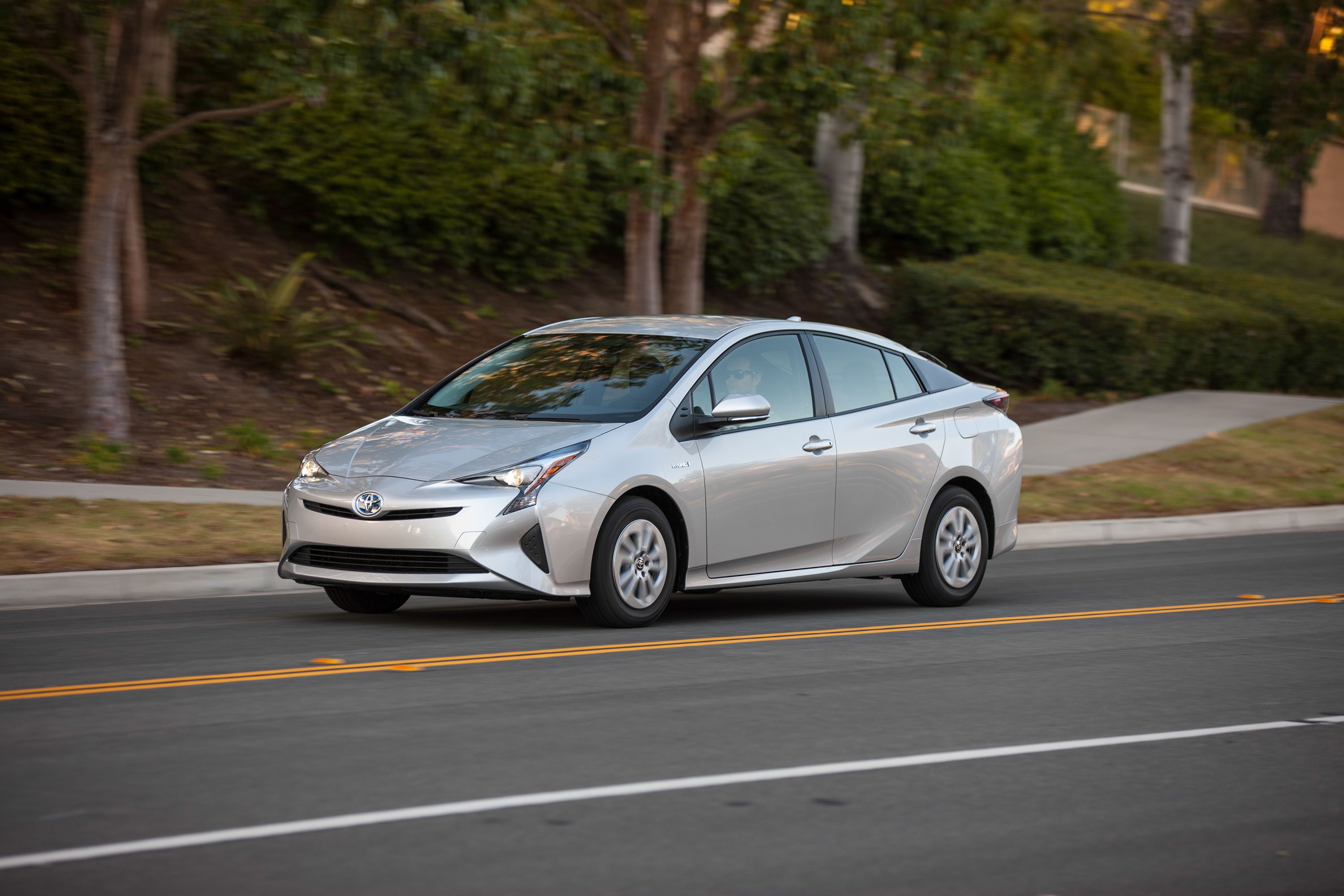
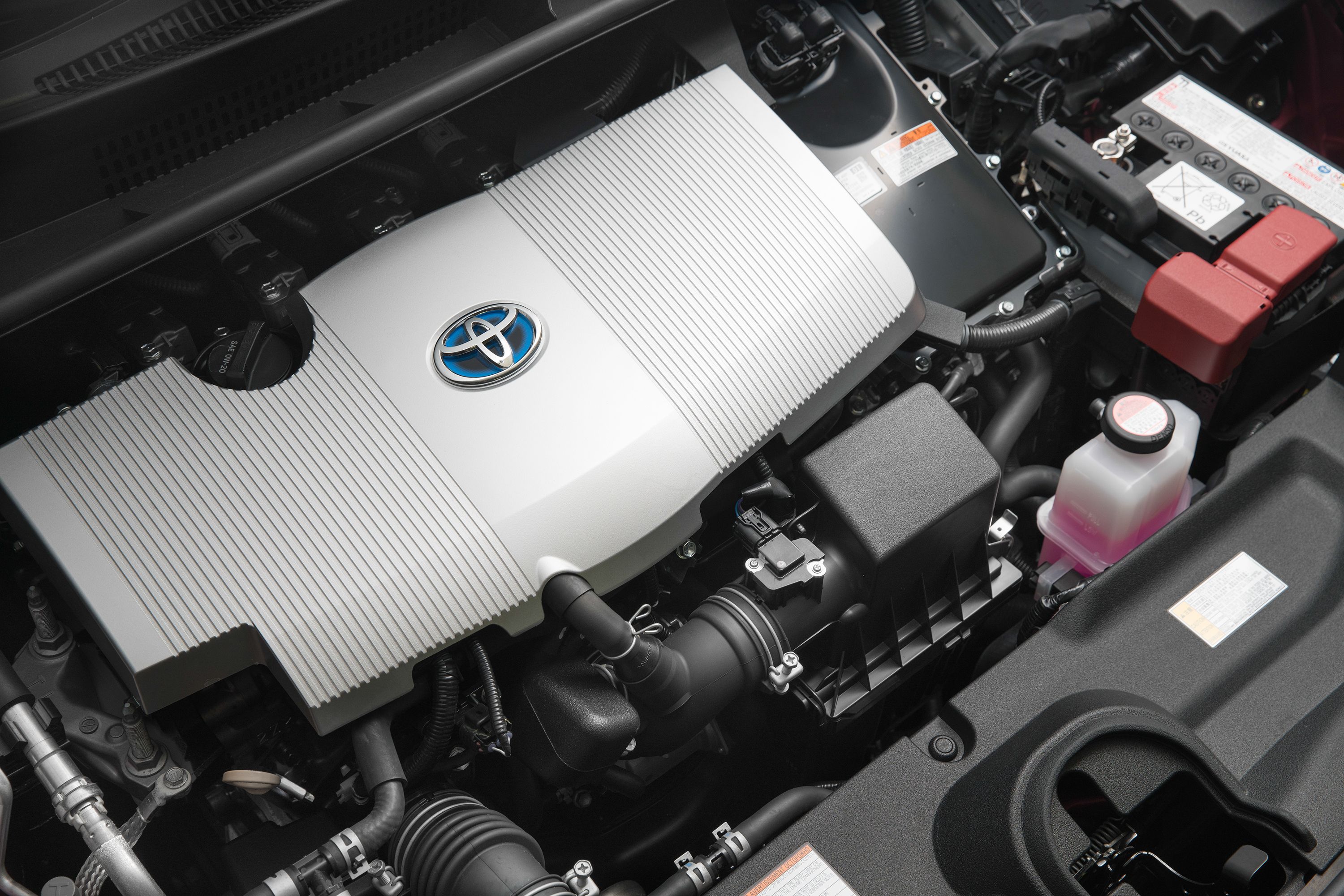
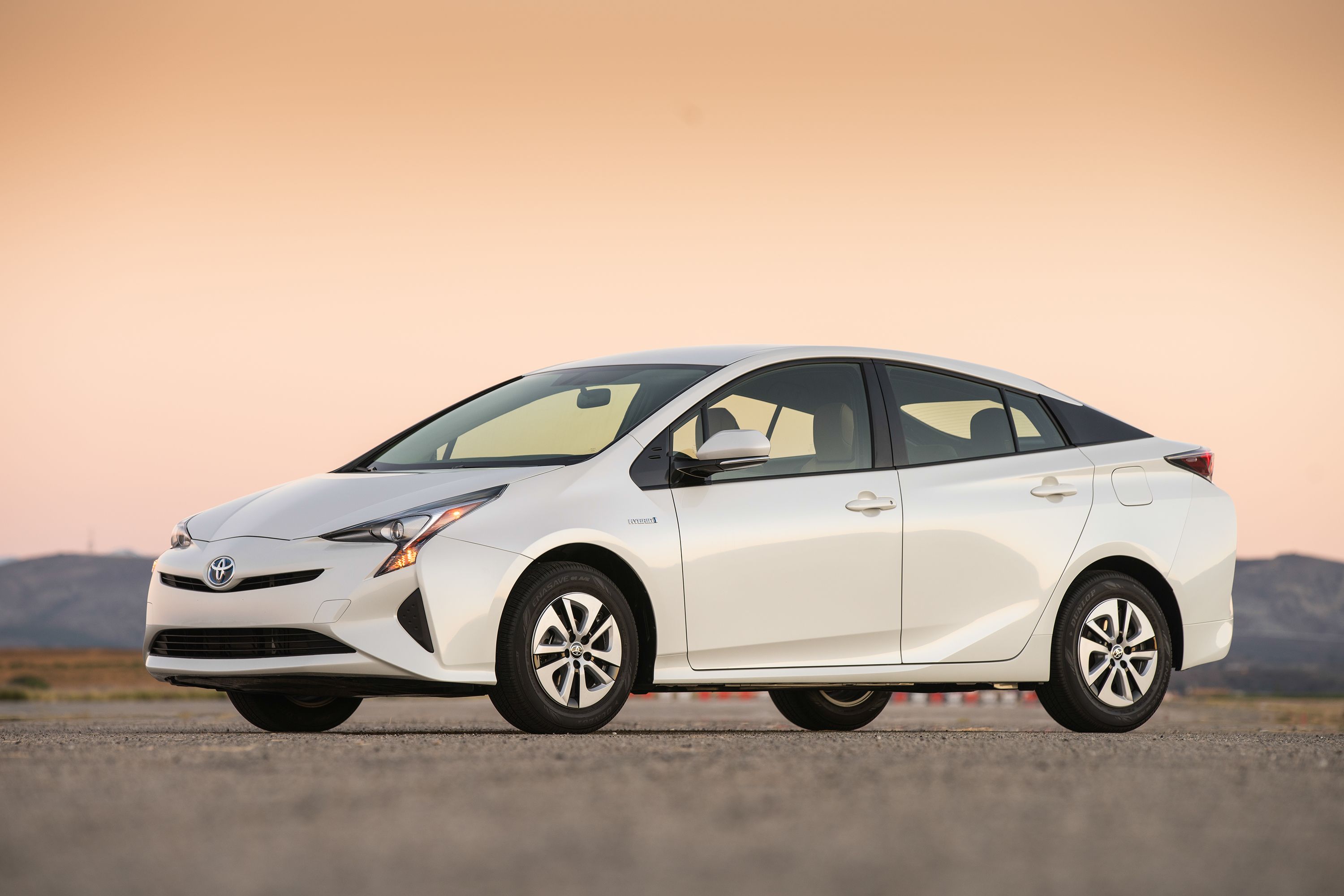
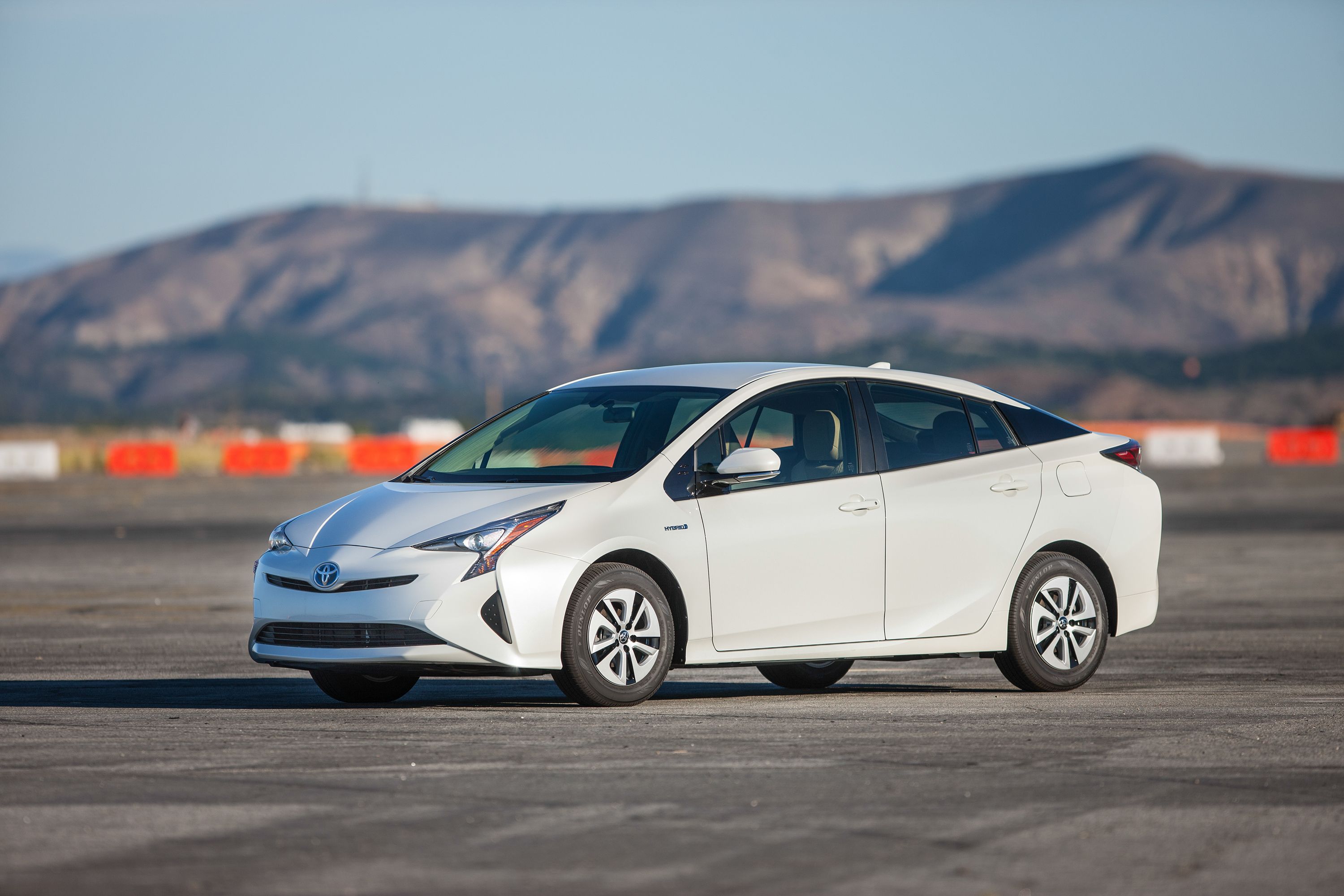
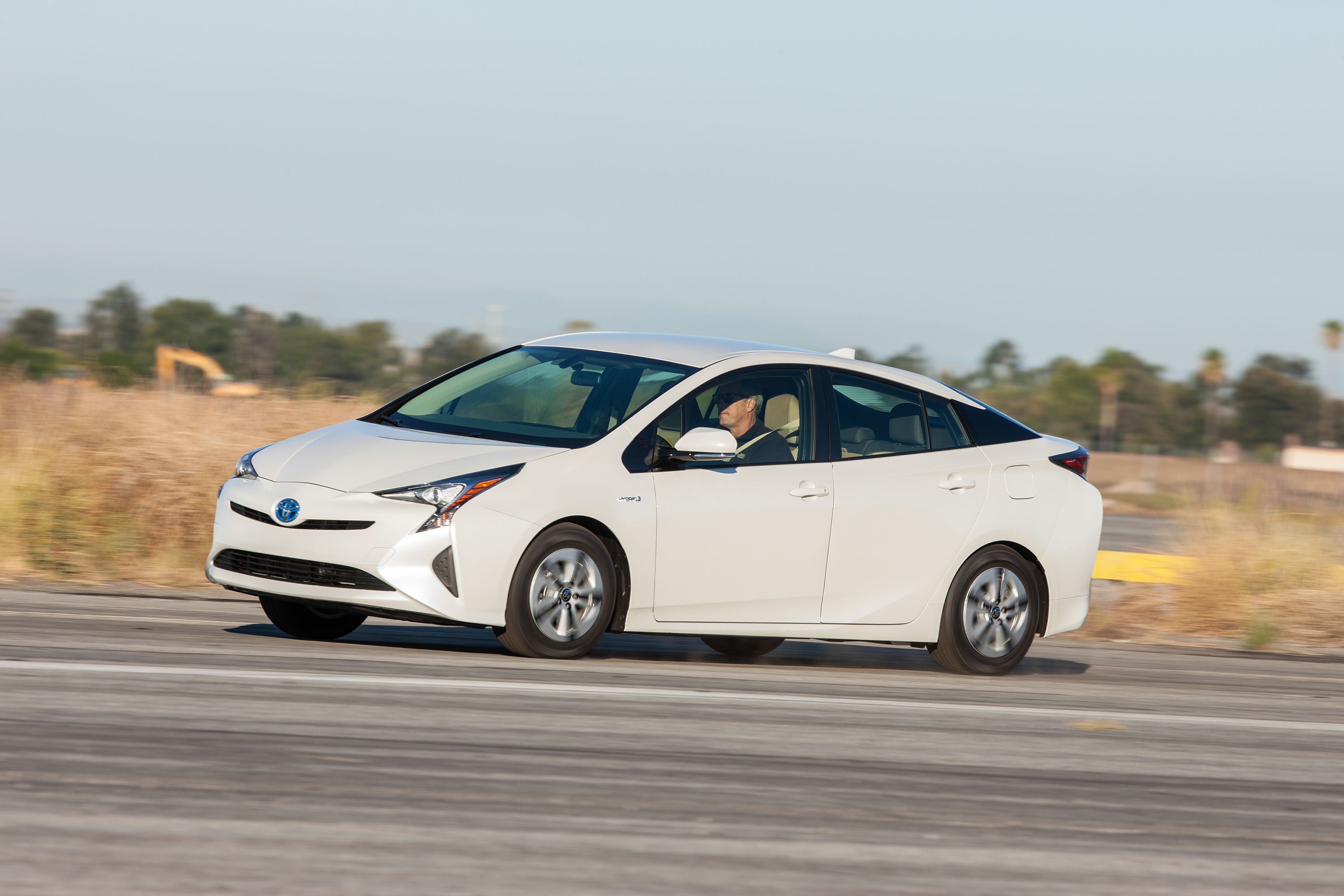
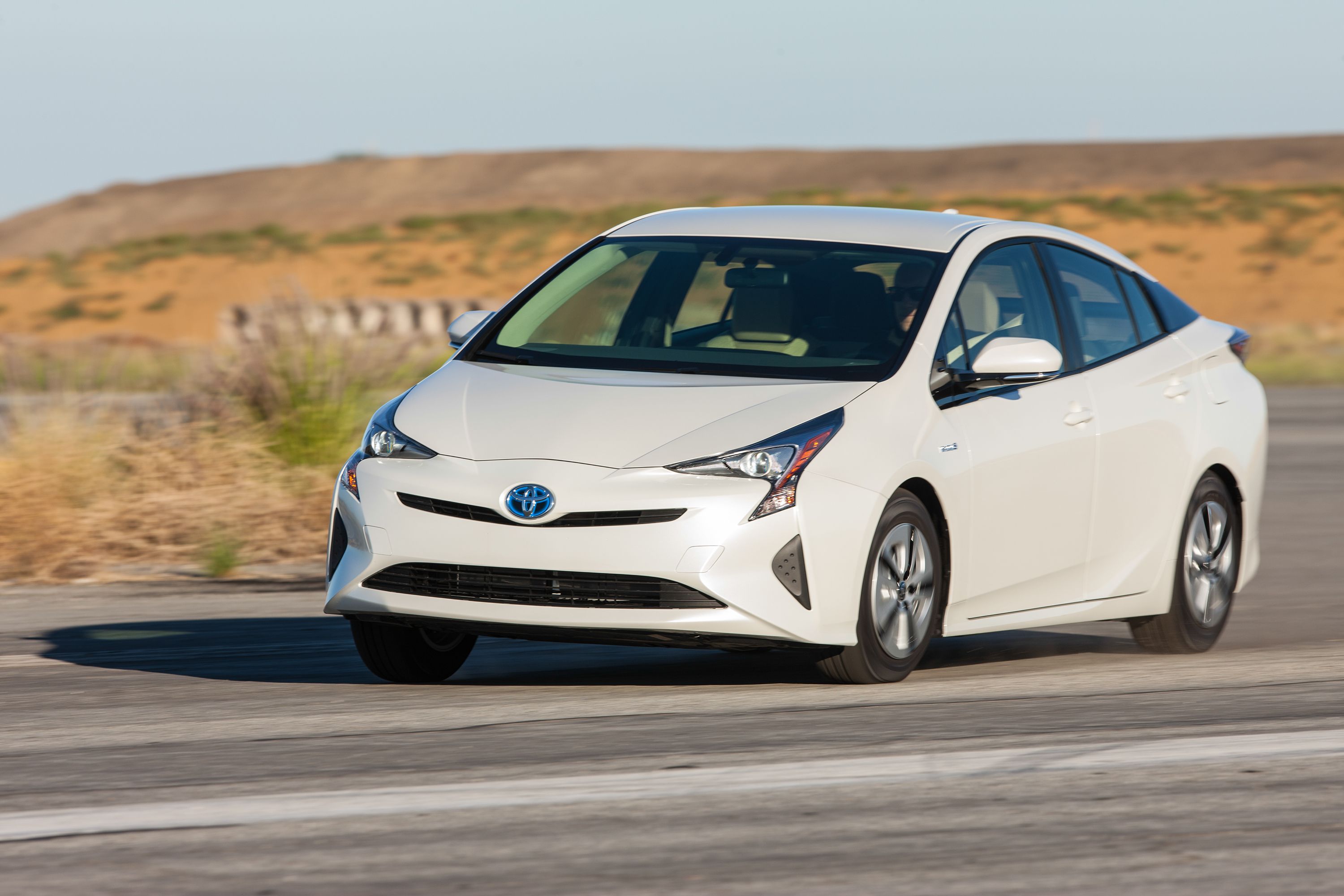
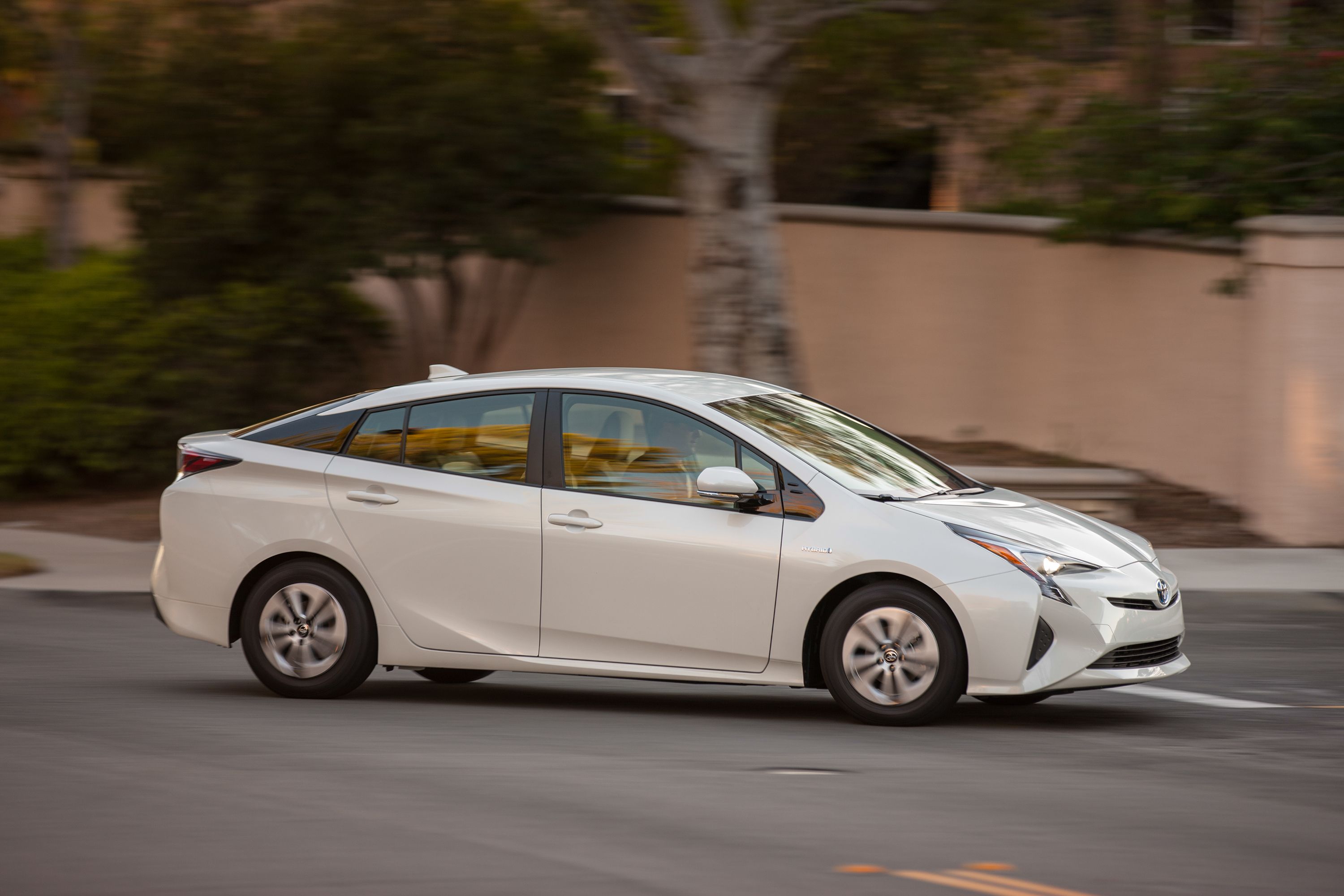
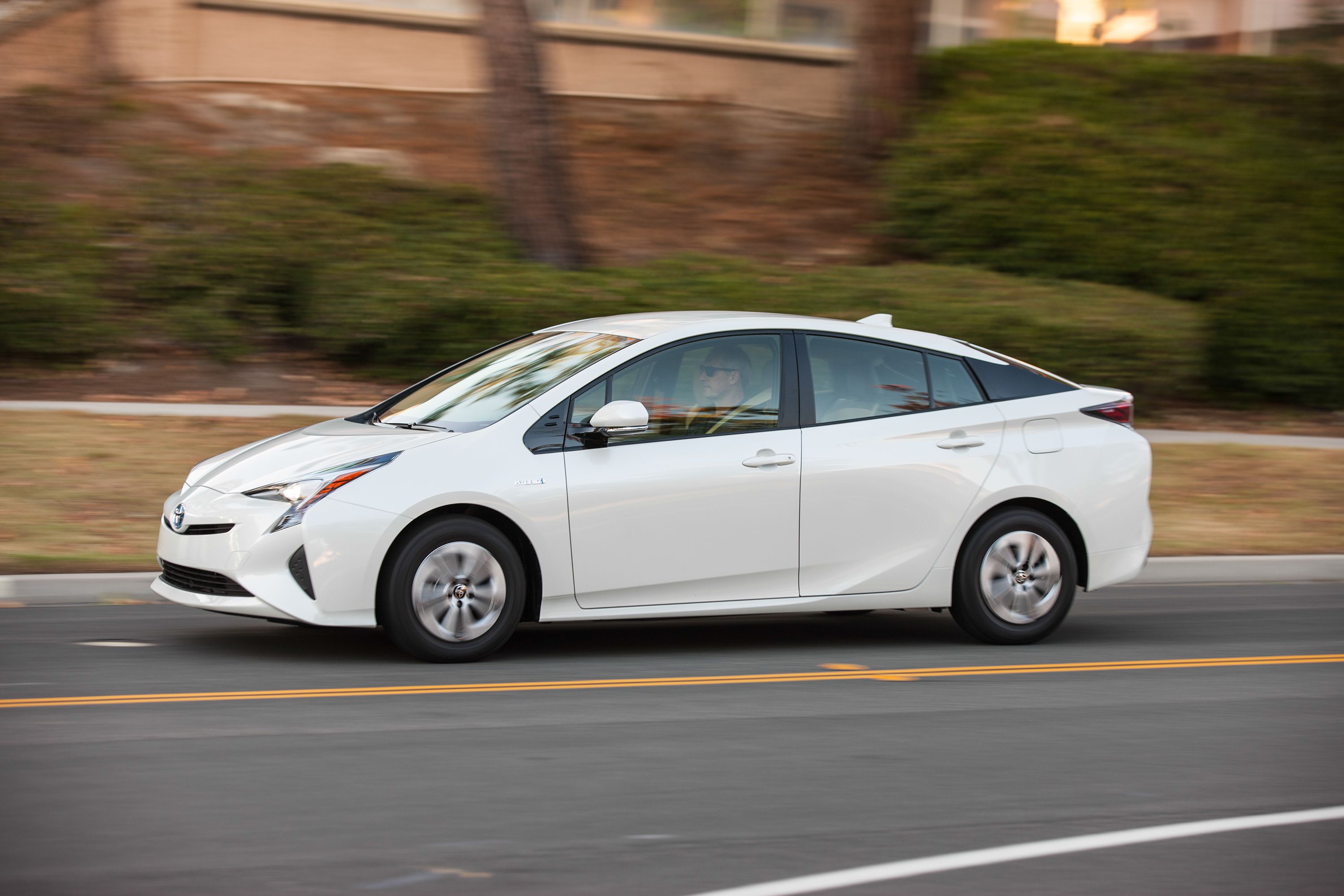
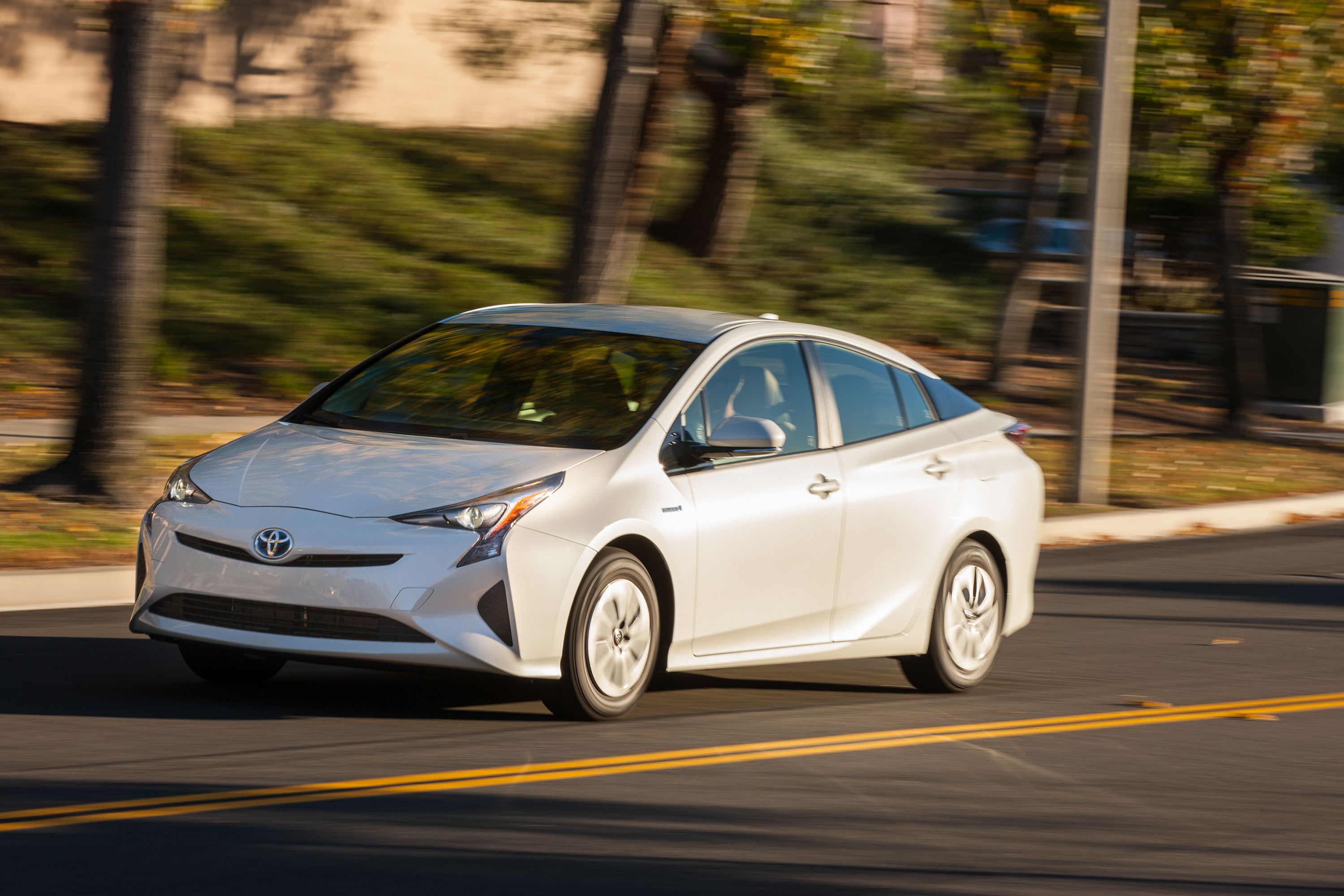
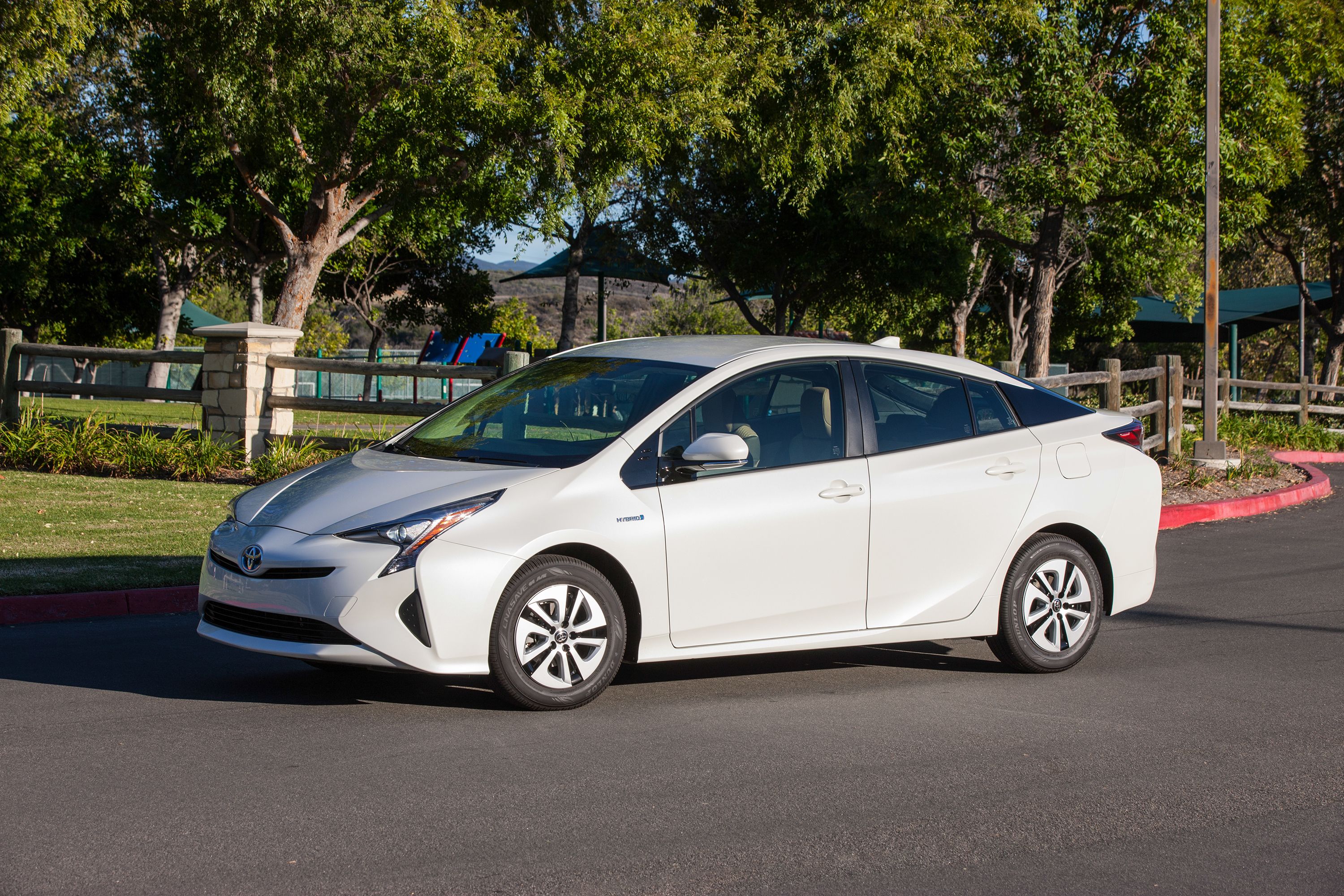
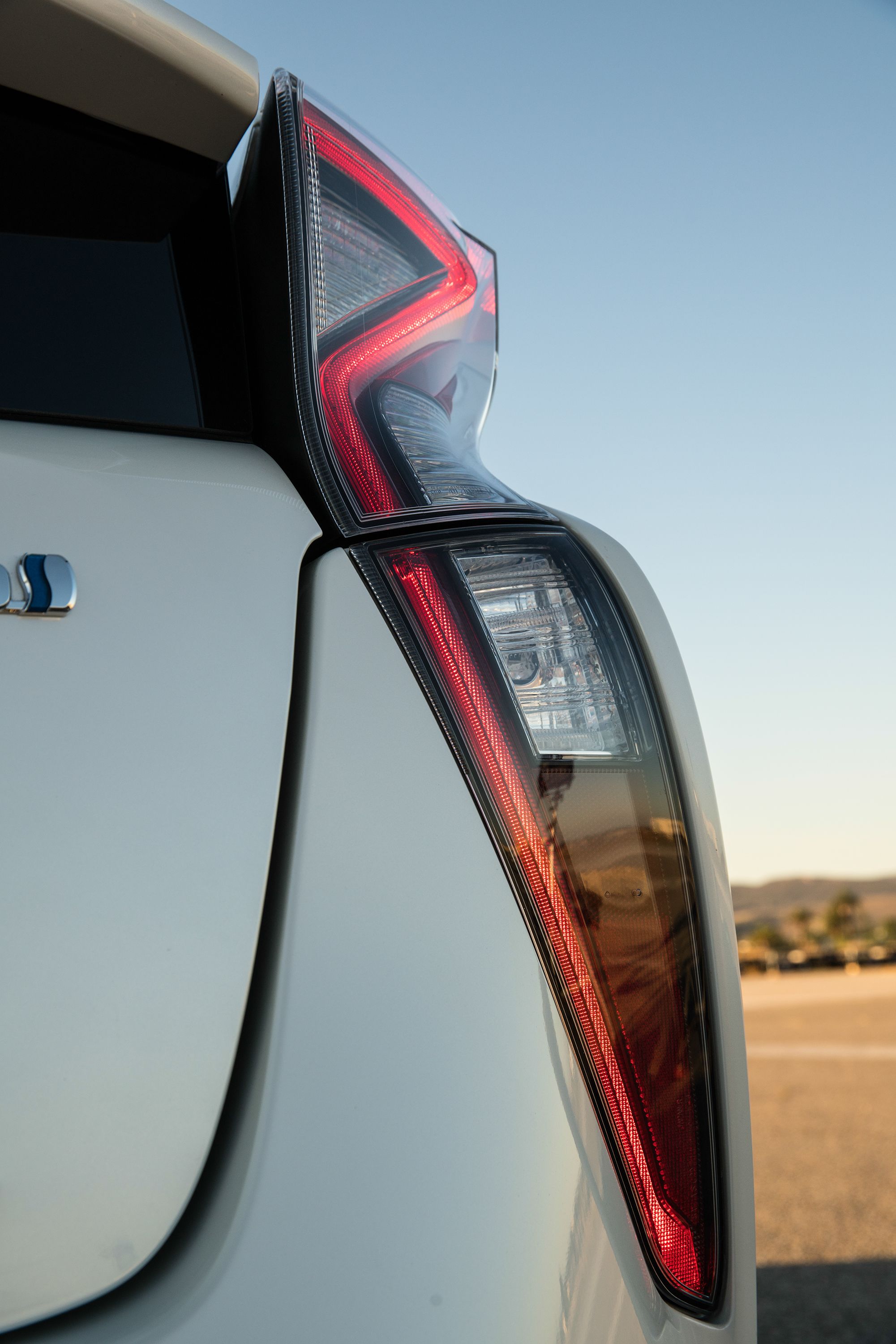
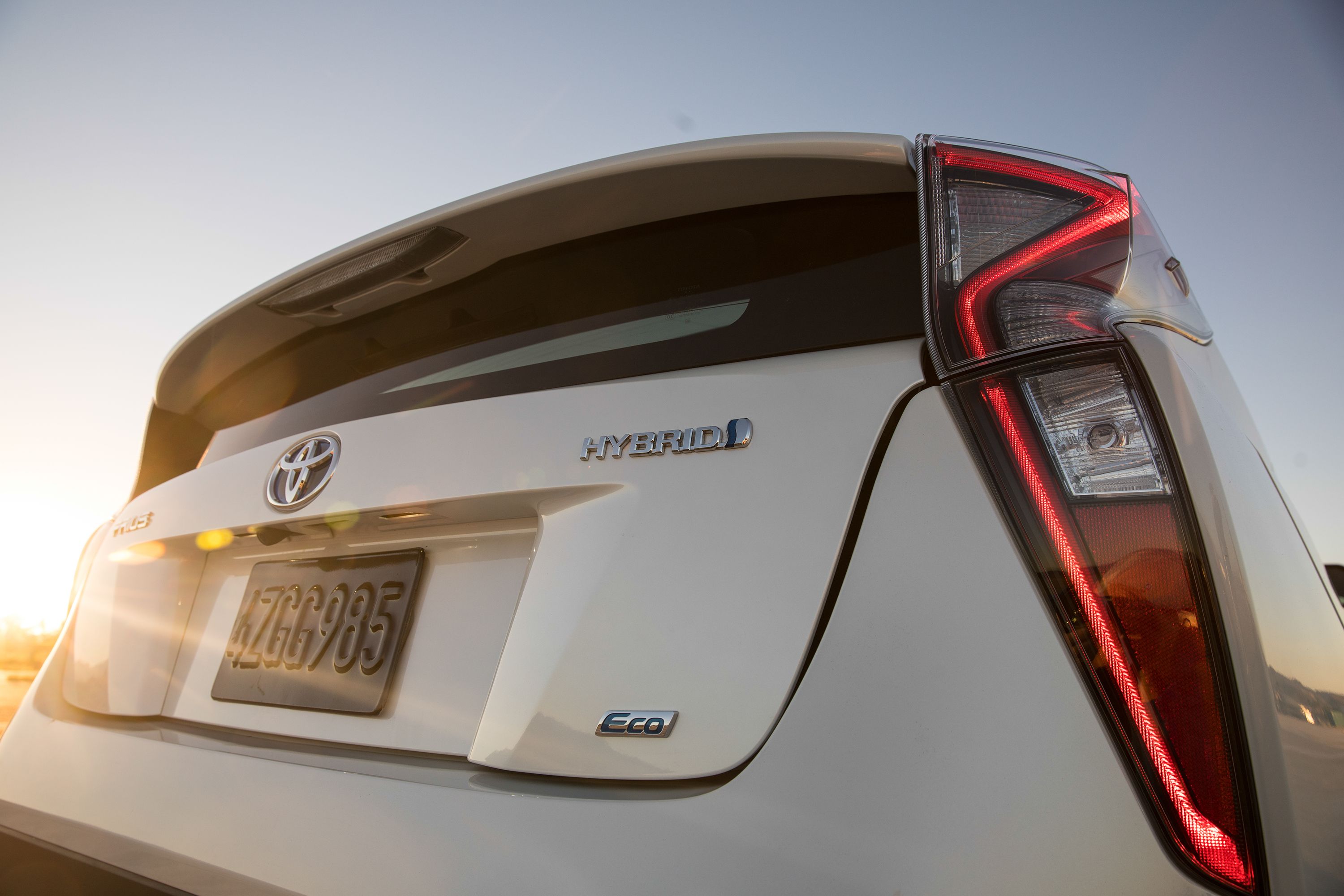
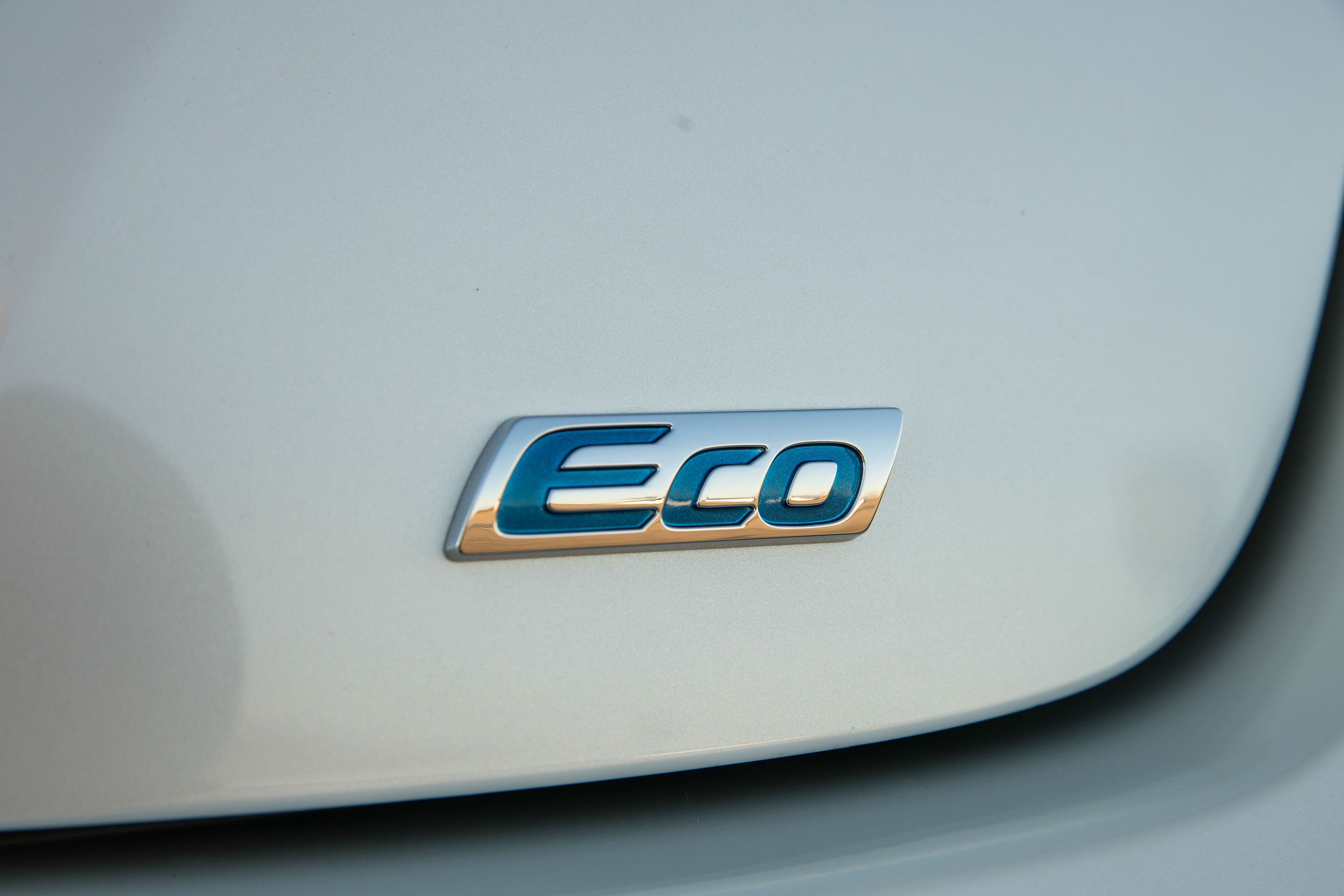
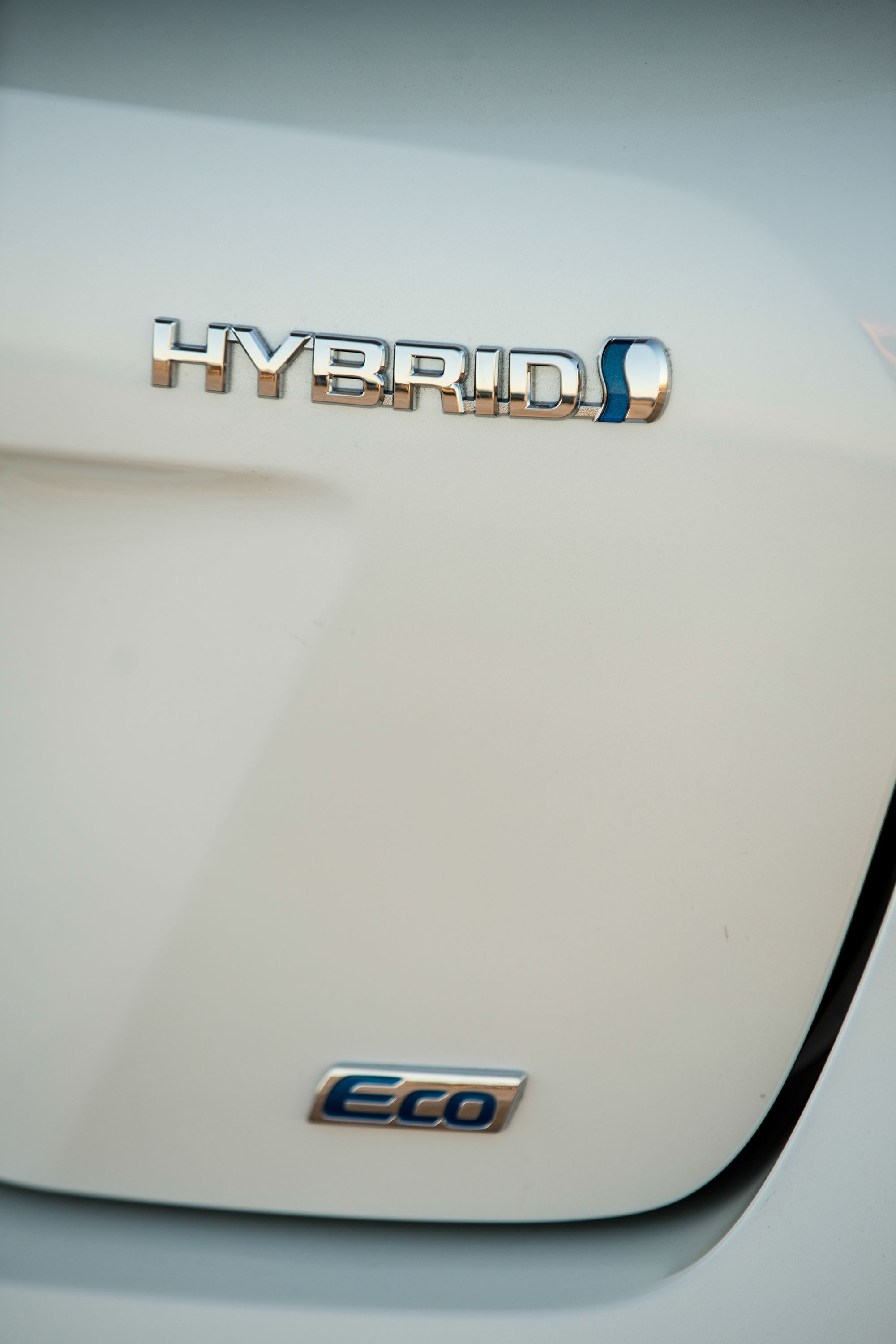
- Make: Array
- Model: 2016 Toyota Prius – Driving Impression And Review
- Segment: Array
- Engine/Motor: inline-4
- Horsepower: 121
- Transmission: CVT
- [do not use] Vehicle Model: Array
Model History And Background

The first Prius models were released exclusively in Japan, eventually going global in 2000. In 2003, Toyota ushered in the second generation, which grew from a compact->ke140 to a midsize->ke1695 and added Toyota’s staple Hybrid Synergy Drive (HSD) drivetrain technology. The third generation was first introduced at the 2009 North American International Auto Show,->ke222 bringing more under-hood output, lower emissions, a larger 1.8-liter internal combustion engine, a revised HSD system, and a new platform. Finally, the fourth-generation was revealed in September 2015, initially breaking cover in Las Vegas before making its formal debut at the Frankfurt Motor Show.->ke235
Exterior

When it comes to outward appearance, the Prius has always been… let’s say unique. The fourth generation doubles down on this characteristic with a dramatic new style that does anything but blend in. In front, the headlights are sharper, with acute cuts that point toward the A-pillar. The bumper creases and hood lines are much more distinct, and the grille is moved downwards.
On the sides, the distinctive triangular silhouette remains, and the roof peak is moved forward by nearly seven inches. Character lines run along the side skirts to give it a more raked profile. The C-pillars are blacked out to give the roof a floating look.
In back, you’ll find a trapezoid-shaped trunk and bumper, plus a large section of black plastic cladding on the lower skirt. The taillights are particularly funky, with a slimmer, L-shaped design that curves and juts with the trunk.
The philosophy behind the new look is called “Yu-bu-shin,” or Ingenious Beauty, and Toyota likens it to a “runner in the starting blocks.” The goal was to update the unique Prius shape while simultaneously widening its appeal, and although the new look is certainly modernized and distinctly Prius-esque, I’m not convinced it’ll connect with a wider audience.
But that’s not really a big deal; at the end of the day, the Prius is about function, not form. Aesthetics come second to the wind tunnel, and there are numerous features that help the Prius cut through the atmosphere with ease. Aero stabilizer fins can be found on the front quarter window garnish and taillights. Front spats and coverings near the fuel tank are used to block wind from flowing to the tires and suspension. There are also new underbody components and an active grille shutter to keep the air moving around the car rather than through it. The result is a drag coefficient of 0.24, down from the outgoing model’s 0.25, making it one of the slipperiest mass-produced vehicles on the road.
Dimensionally, the new Prius is longer and wider than before, measuring in at 178.7 inches in length and 69.3 inches in width. It’s also lower, with a height of 58.1 inches, and the beltline, cowl, and nose all received a substantial drop. Overall, the new measurements complement the restyled body panels for a snappier look.
The headlights come with LEDs for the high beams, low beams, and daytime running lights, all as standard equipment. LEDs are also used for the turn signals and the center high-mounted rear stop lamp. The power side-view mirrors are heated as standard.

Customers can choose between either standard 15x6.5-inch alloy wheels with aero coverings, or upgraded 17x7-inch alloy wheels. Both come in a new design. There’s also a new paint color called Hypersonic Red that utilizes a special treatment process for enhanced luster. Other colors include Blizzard Pearl, Sea Glass Pearl, Blue Crush Metallic, Magnetic Gray Metallic, Classic Silver Metallic, and Midnight Black Metallic. Super White is offered exclusively to fleet customers.
Seeing the new model in a parking lot, there’s no question it’s a Prius. It looks the part from every angle, and I like how Toyota didn’t hold back with the design, even though I’m sure it’ll ruffle more than a few feathers out there. I wouldn’t call it beautiful – striking would be more appropriate. The forward roof peak, wider and lower stance, and deeply cut lines are all part of that, and I’m sure the diehard loyalists will rejoice at the result. And personally, I’ll take the weird over the bland pretty much every time.
In red, please.
Interior



Passengers up front will benefit from increased space all around, mostly due to the new platform. There’s also additional headroom thanks to the forward roof peak. Seating capacity remains at five. Cargo volume is generous, up to 24.6 cubic feet for models with a spare tire, and 27.4 cubic feet for models with a tire repair kit. All models receive a useful tonneau cover.
It should be noted that larger individuals may still feel the squeeze, even in front. Overall, the Prius is more like a well-endowed compact than a midsize, but if you’re comfortable in the previous model, the 2016 is a definite upgrade.
The seating position is now lower, and it’s immediately noticeable. There’s a sense you’re actually sitting “in” the car now, whereas the old model had you sitting on top of it.
|
Interior dimensions: |
(front/rear) (inches): |
|
Headroom: |
39.4/37.4 |
|
Legroom: |
43.2/33.4 |
|
Shoulder room: |
55.0/53.0 |
|
Hip room: |
53.4/51.9 |
|
Passenger volume: |
93.1 cubic feet |
As in years past, the cabin layout is still quite spacey, with a tiered dash and several screens to feed you information. The 2016’s wraparound design features a high center-mounted driver’s information display, with a lower infotainment control screen surrounded by piano black trim and punctuated by chrome accents. The armrest compartment opens with a hinge on the side – a small detail, but clever nonetheless. It all looks pretty slick, and makes a good match for the funky exterior, especially in the attractive black/white Moonstone Gray color scheme. Other interior color options include Harvest Beige and Black. There are three color options to accent the side air vents and four colors for accent stitching.

I was able to experience both the more affordable Eco trim level and the higher-grade Touring trim, and the gap in material quality is substantial. While both were pre-production models and not necessarily representative of the final product, the Eco felt like it cut a few too many corners, with cheap cloth and plastic covers. By comparison, the Touring used SofTex synthetic leather in all the right spots, including the seats and multifunction steering wheel. If you have the means, get the higher-spec cabin.
Regardless of trim level, everyone will appreciate the redesigned steering wheel, which now resists thermal change more effectively (e.g., cooler in the summer and warmer in the winter). It also offers a tilt and telescoping function, and comes with controls for the infotainment and safety system.
Toyota made sure to improve noise/vibration/harshness (NVH), and the result is a much more comfortable ride. There’s more insulation in the engine compartment, dash, and cowl, plus new insulator foam for the cabin. The intake and exhaust systems are quieter, as is the electric A/C compressor, and the windshield was updated with new laminated glass. The drivetrain also creates less vibration.
Do the improvements work? Absolutely – but not as much as I’d like. My first impression was in the Eco model, and I was immediately surprised by the amount of road and wind noise I heard, both on surface streets and the freeway. Sound isolation from the engine compartment is definitely improved, but it still intruded on several occasions.
Later in the day, I climbed into a Touring model expecting a quieter experience, given the Eco cuts some insulation to save weight. Unfortunately, the Touring wasn’t much better. There was still a disappointing amount of road and wind noise, which would be fine 10 years ago, but not for the 2016 model year. There’s room for improvement.
Another area for improvement is rear visibility. While better than in previous models, it’s still quite poor, making the standard rear backup camera essential when reversing. Forward and side visibility, however, are fantastic.
Some of the most visible upgrades to the interior are the dual color TFT screens. These units are head and shoulders above the previous generation, lending the interior a sense of modernity thanks to crisp, clear, easy-to-read operation. Above is a 4.2-inch screen, and below is either a 6.1-inch screen, or a 7-inch screen for higher-grade models. Drivers can scroll through a variety of information, such as basics like road speed, fuel level, drive mode, outside temperature, odometer, and cruising range, or more geeky things like hybrid details, real-time fuel economy, and hybrid battery charge. For mpg enthusiasts, there are also functions like an Eco Wallet, which displays how much money you’ve saved on fuel, or an Eco Accelerator, which guides you for optimum throttle inputs, or an Eco Score, which grades your hypermiling performance. Finally, there’s an available full-color heads-up display for even more info.

The infotainment screen mounted in the center console features flush, touch-sensitive controls on either side, which look great while still being easy to operate. Customers will enjoy the updated Entune audio system, which comes with six speakers, USB 2.0 auxiliary input, voice recognition, Bluetooth music streaming, and Siri EyesFree capability. Higher grades are equipped with navigation, the Entune App Suite, HD predictive traffic, weather, and SiriusXM radio with a free three-month trial subscription. Audiophiles can opt for the premium JBL stereo with 10 GreenEdge speakers in six locations, including 6.69-inch subwoofers in the front doors. The JBL system also has six-channels, a Hi8 amplifier, and 432 watts of power.
Other notable features include an available Qi wireless smartphone charging system, and a Smartflow climate control system that will detect onboard passengers and prioritize airflow appropriately (for example, if there’s no one sitting in the front passenger seat, airflow will instead be directed towards the driver).
Drivetrain



Exterior updates and the latest infotainment are the norm for any next-gen model, but the most important part of a hybrid is obviously the drivetrain, and it all starts with the internal combustion engine. Like the outgoing model, the 2016 Prius is equipped with a 1.8-liter inline four-cylinder Atkinson-cycle gasoline engine. It still takes regular low-octane fuel. However, Toyota performed a number of tweaks to increase the engine’s efficiency. Updates like a new exhaust gas recirculation system and an active grille shutter bring it up to optimum operating temperature more quickly. You’ll also find new intake ports, plus there’s reduced friction on the rotating assembly and pistons. These all contribute to an increase in thermal efficiency from 38.5 percent to 40 percent – the highest in the industry.
The other pieces of the puzzle are the electric motor and battery. The hybrid system is now 6 percent lighter, 12 percent smaller, and offers a 20 percent reduction in parasitic loss. There are now two batteries to choose from. The entry-level Prius comes with a Ni-MH unit, which is now smaller, lighter, and offers a higher energy density than before. There’s also a new lithium-ion battery for higher-grade models, which is even smaller and saves an additional 30 pounds. Finally, the hybrid system was retuned to offer more low-end electric power, which helps boost mpg even further.
Routing the juice to the front wheels is an electronically controlled planetary-type continuously variable transmission (CVT). Drivers can select between three different drive modes: Normal, Eco, and Power. These offer remarkably different characteristics, with smooth, gradual acceleration in Eco, and a sharper response in Power. Horsepower sees a drop from 134 to 121 ponies, but that’s due to the new way Toyota calculates hybrid output. A run from 0-to-60 mph still feels the same, rated at roughly 10 seconds – adequate for this segment.
Now for the important bit – fuel economy. Each successive generation of the Prius has improved on the last with a 10-percent gain in mpg, and the fourth-generation vehicle delivers with an expected 58 mpg city, 53 mpg highway, and 56 mpg combined (Eco trim level). All told, that’s the highest mpg you’ll get on any mass-produced vehicle without a plug. Non-Eco grades are slightly less economical, with an expected 54 mpg city, 50 mpg highway, and 52 mpg combined. Still, real world numbers are sure to vary – one journalist claimed 78 mpg in his drive.
There is, however, one minor criticism of the drivetrain. Taking off from a red light can sometimes produce a jarring clunk if you’re too ambitious with the throttle, but hey, this is a Prius, so you’ll want silky-smooth throttle inputs to boost your Eco Score, right?
Chassis And Handling
The 2016 Prius is the first model to use the Toyota New Global Architecture (TNGA), which will help Toyota cut costs across its lineup. The chassis uses laser screw welding and additional high strength steel to up torsional rigidity by 60 percent, which increases agility and ride stability. The biggest news here, however, has to be the new double-wishbone rear suspension. This fully independent setup replaces the old torsion beam, which was lighter and more compact, but much sloppier in the corners and less refined on the road.
This new suspension produces one of the most surprising aspects of the new Prius – increased driving dynamics. To demonstrate, Toyota set up a small, cone-lined autocross course at an old airfield and brought the outgoing model for a direct comparison. After multiple runs in both cars, I’m happy to report that the new Prius is far more planted in pretty much every single way. It feels more connected, there’s much better weight transition, and it’s more stable under heavy braking. I eagerly climbed back behind the wheel for a few extra runs after my initial trial.
Of course, this is still a Prius. It leans, the front end washes out, and there are low rolling resistance tires in the corners. It’s made for mileage. But the difference between the new model and the old is dramatic, to say the least.
Thankfully, the new suspension also benefits simple, everyday driving. Ride quality was improved, although not to the same extent as handling. The new Prius feels more like a normal, modern car, which is one characteristic that’s sure to draw in far more customers than the new styling. Complementing this is revised electric power-assisted rack and pinion steering and a regenerative braking system that offers better feel.
While the new Prius rides better, I was still left wanting. Granted, the southern California roads where I drove were less than ideal, but I still felt some jostling and bounciness on the rougher stuff.
Safety And Convenience
Standard safety equipment includes all the things you’d expect, like ABS, traction control, stability control, and an extensive airbag system (multi-stage driver and front passenger dual-stage front airbags, driver and front passenger side airbags, full-length curtain airbags, driver knee airbag, front passenger seat cushion airbag). There’s also a Vehicle Proximity Notification System that uses an outward-facing speaker to warn pedestrians and cyclists of the vehicle’s approach when traveling below 15 mph. In back, you’ll find a spare wheel on Prius Two, Three, and Three Touring models, and a tire repair kit on the Two Eco, Four, and Four Touring.
Customers can also opt for the Toyota Safety Sense (TSS) technology package, which was designed to mitigate frontal collisions and lane departure, as well as enhance nighttime driving (see the Prices section for availability information). Toyota says it’ll roll out TSS to all vehicles by the end of 2017.
First up is a pre-collision system that uses an in-car camera and millimeter-wave radar to detect and prevent potential frontal collisions with pedestrians or another vehicle. The system will only detect upright humans, and will not work with animals. The system operates between 7 and 50 mph for pedestrian detection, and 10 to 87 mph for vehicle detection. If a potential collision with a pedestrian or another vehicle is detected, the system will issue an audible warning tone and a warning light on the dash. If the driver does not react, the system will automatically apply the brakes, or offer brake assist if the driver does not brake hard enough. After stopping the vehicle, the system will hold it in place for three seconds before releasing.
There are three sensitivity settings for the pre-collision system that affect the distance it will register potential impacts – far, middle, and near. This helps to accommodate a variety of driving styles. The system stays on by default, but can be switched off if desired.
I got a chance to test the system in southern California using a wooden cutout to represent the backend of a car and a dummy to represent a pedestrian. The Toyota reps running the test told me to throttle up to 15 mph, then take my foot off the pedals as I approached the target. It’s a strange thing to stare down a potential collision with my foot off the brake, but the system worked flawlessly, first warning with a tone, then applying the brakes to stop short of impact.
The new Prius is also offered with lane departure warning, which uses the in-car camera to detect lane markings and the car’s position within them. Any deviation outside the lane (without the appropriate turn signal) will activate an audible and visual alert. The system is designed to operate at 32 mph and above. Again, I tested this system on my drive through southern California, and it worked without fault.
One of the most convenient features has to be the available adaptive cruise control. Once again, this uses radar and the in-car camera, measuring the proximity of the proceeding vehicle to match its speed to keep a pre-set follow distance. If the vehicle in front comes to a stop, the cruise control will automatically slow to a halt as well, prompting the driver to resume when it’s safe to do so. There are three settings for the follow distance (far, middle, near), and the system functions between 25 and 110 mph.
Drivers will also appreciate the intelligent parking assist, which uses sonar to automatically control steering inputs and guide the Prius into parallel spaces, or reverse into perpendicular spaces. The driver must still control braking and throttle. A warning tone will issue if an object is detected in close proximity.
Finally, there are available automatic high/low beams, which use the in-car camera to detect oncoming and proceeding traffic, enhancing visibility with the high beams when possible, and keeping the lights low when other drivers are around. The system works at speeds over 21 mph, and can be affected by windshield cleanliness, weather, and terrain.
Prices

The 2016 Toyota Prius will hit dealerships early next year, and will come in six different trim levels. Customers also get a variety of packages to choose from. Listed below are major features for each trim level and package (listed features are in addition to, or replacements of, previous trim level features).
Prius Two
LED headlights with auto-off feature, LED daytime running lights, LED taillights, heated exterior mirrors, 15-inch alloy wheels with covers, active grille shutter, shark fin roof antenna, Smartflow climate control, backup camera, fabric upholstery, 60/40 split rear seats, multi-function steering wheel, push button start, Entune Audio Bundle, 6.1-inch infotainment display,
Pricing starts at $24,200.
Prius Two Eco
15-inch alloy wheels with two-tone covers, lithium-ion battery, tire repair kit, IR-resistant windshield (curbs need for A/C), lower rolling resistance tires, Smart Key System,
Pricing start at $24,700.
Prius Three
15-inch alloy wheels with two-tone covers, SofTex-covered steering wheel, Bluetooth, hands-free calling, Qi wireless smartphone charger, Entune Premium Audio with navigation and App Suite, 7-inch infotainment screen
Pricing starts at $26,250.
Prius Three Touring
Integrated fog lights, LED clearance lights, 17-inch alloy wheels, unique rear bumper treatment, blue contrast stitching,
Pricing starts at $28,100.
Prius Four
Rain-sensing windshield wipers, heated front seats, 8-way power adjustable driver’s seat with power lumbar support.
Pricing starts at $28,650.
Prius Four Touring
Integrated fog lights, LED clearance lights, 17-inch alloy wheels, unique rear bumper treatment, rain-sensing windshield wipers.
Pricing starts at $30,000.
Premium Convenience Package
Available on Four and Four Touring. Includes Intelligent Parking Assist, Entune Premium JBL Audio with navigation and app suite (10 speakers, advanced voice recognition, USB 2.0 port, predictive traffic and weather, SiriusXM radio), Safety Connect (emergency assistance, stolen vehicle locater, roadside assistance, automatic collision notification).
Advanced Technology Package
Available on Three and Four. Toyota Safety Sense package, color heads-up display, power moonroof.
Toyota Safety Sense
Standard on Three Touring and Four Touring. Pre-collision, lane departure warning, auto high/low beam headlights, adaptive cruise control.
Competition
To make its own hybrid for North America, the blue oval first started with the very capable Focus hatchback, then added a 2.0-liter four-cylinder engine and two electric motors for the drivetrain. Output is rated at 188 horsepower, far above the Prius. Driving dynamics are also quite good, but with the Toyota’s new rear suspension, the Prius is closing the gap in the fun-to-drive category. Pricing starts at $24,170.
Read our full review here.
Chevrolet Volt
Unlike the Prius reviewed here, the Chevy Volt comes with a plug, using the equipped 1.5-liter gas engine as a range extender for the electric motor combo. Output is substantially higher at 149 horsepower and 294 pound-feet of torque, making this bowtie quite a bit quicker. It’s also much more expensive - $33,995. Still, that didn’t keep the 2016 Volt from being named Green Car Of The Year at the 2015 Los Angeles Auto Show.
Read our full review here.
Conclusion

Toyota prides itself on being a leader in the hybrid segment, and considering the numbers, I’d argue that’s more than justified. Toyota offers 30 hybrid models in 90 separate markets, and just celebrated its 8-millionth hybrid sale. All those gas/electric drivetrains have saved an estimated 58 million tons of CO2 emissions and 5.8 billion gallons of gasoline.
But the hybrid must evolve. It’s no longer just an oddity of vegan lifestyle enthusiasts and farmers market parking lots. The competition is growing, and even the king of the hybrids must innovate to stay at the top.
Thankfully for Toyota, the fourth-generation Prius delivers – big time.
It certainly isn’t perfect – it’s a little noisier than I’d like, it rides a little harsher than I’d expect, the lower grades feel cheap on the interior, and the styling is polarizing at best.
But all that is secondary to the most important spec when talking about hybrids – fuel mileage. The Two Eco costs $24,700 and offers 58 mpg city, which means the Prius is still top dog. The surprising new driving dynamics, safety technology, interior layout, infotainment – at the end of the day, that’s all just icing on the cake.
Has the Prius widened its appeal? Sure. But the bigger change is in the type of person who might buy one. Still, Toyota was smart with the fourth generation’s updates, I’m sure they’ll reel in those still on the fence. As for the Prius faithful out there – odds are, the decision was already made, and luckily, the 2016 won’t disappoint.

